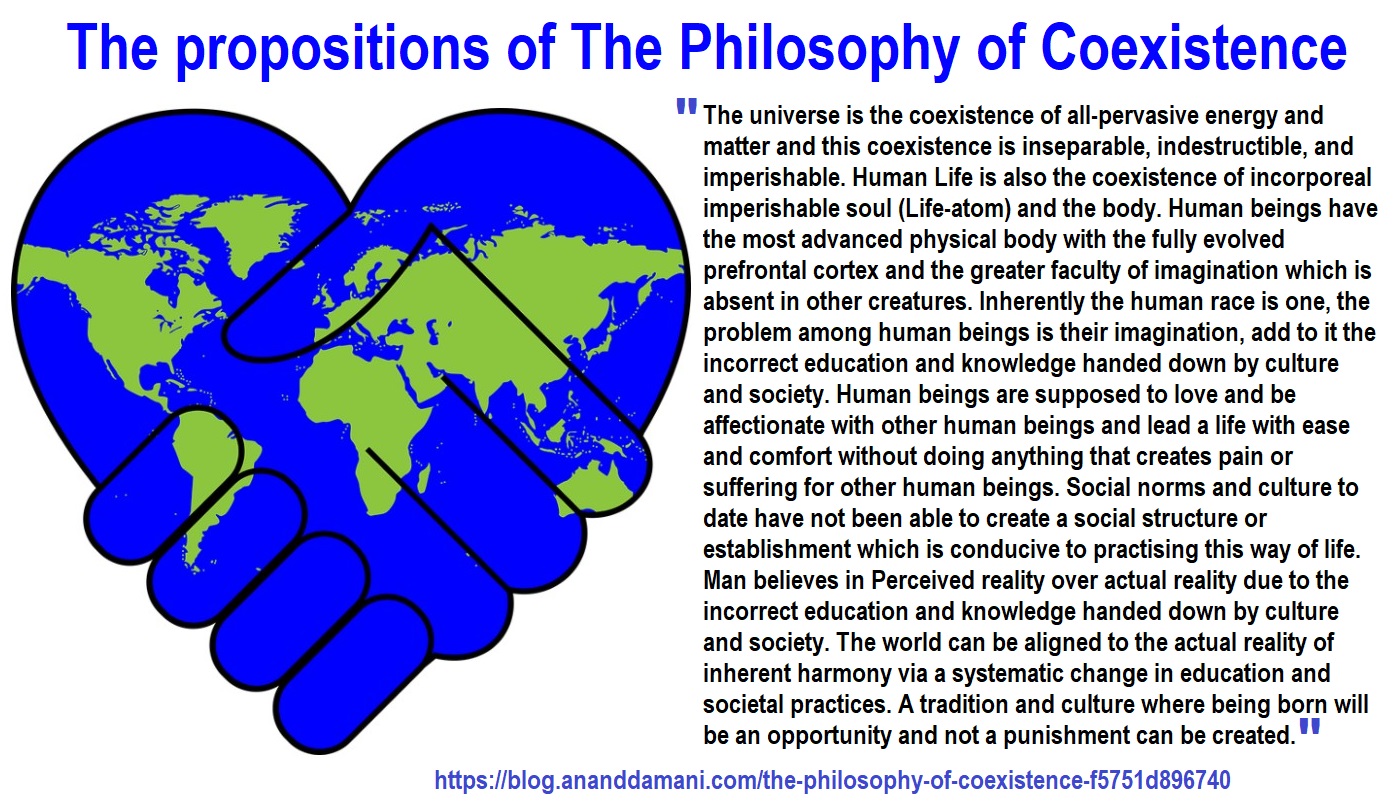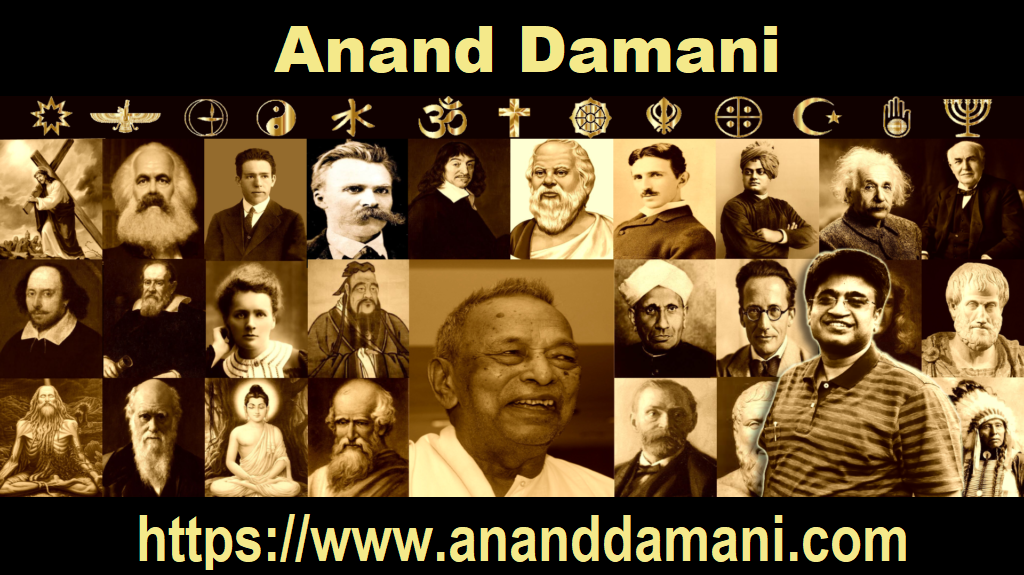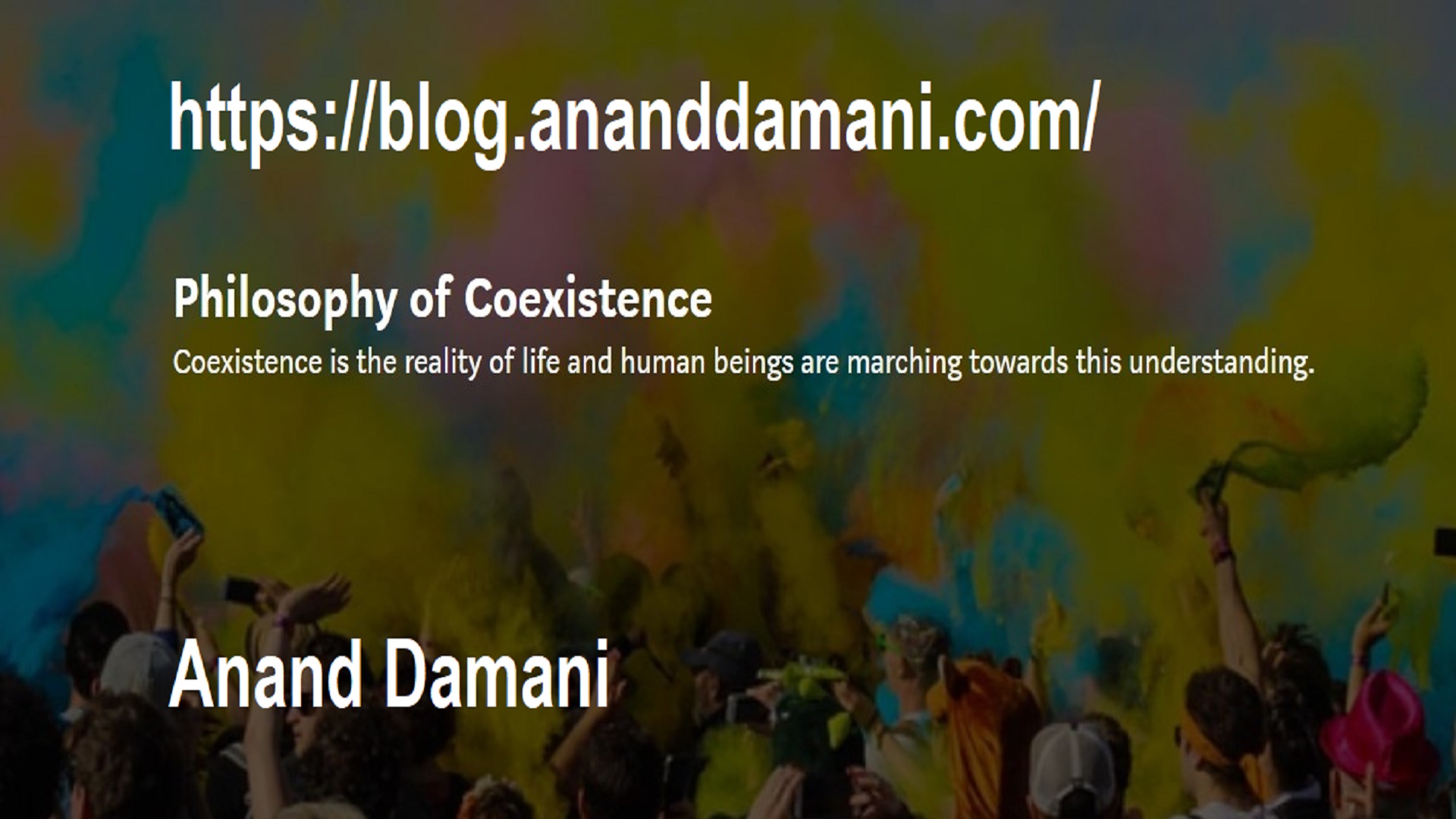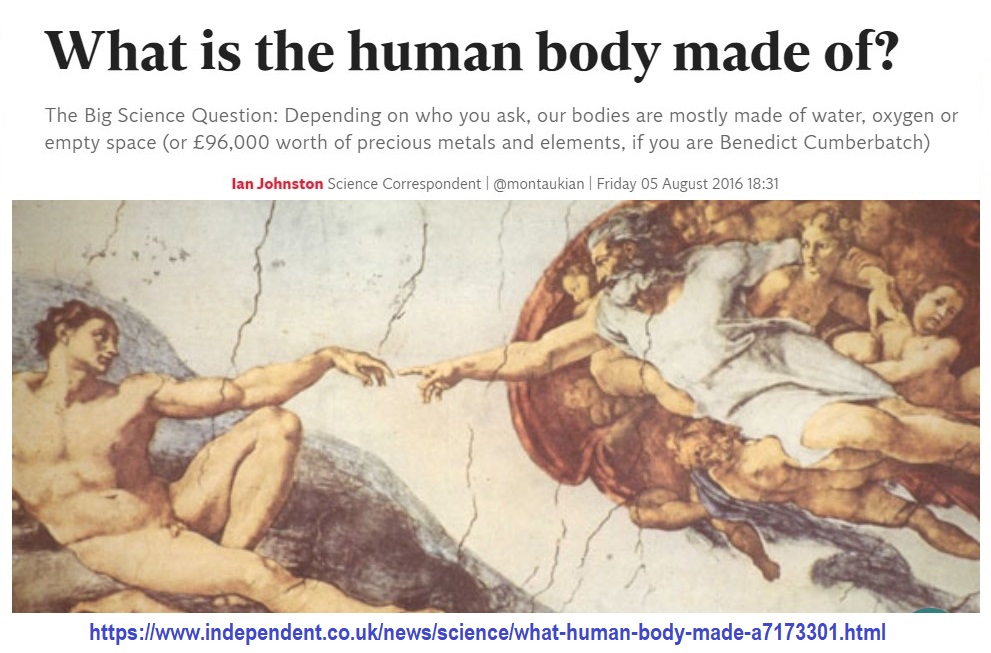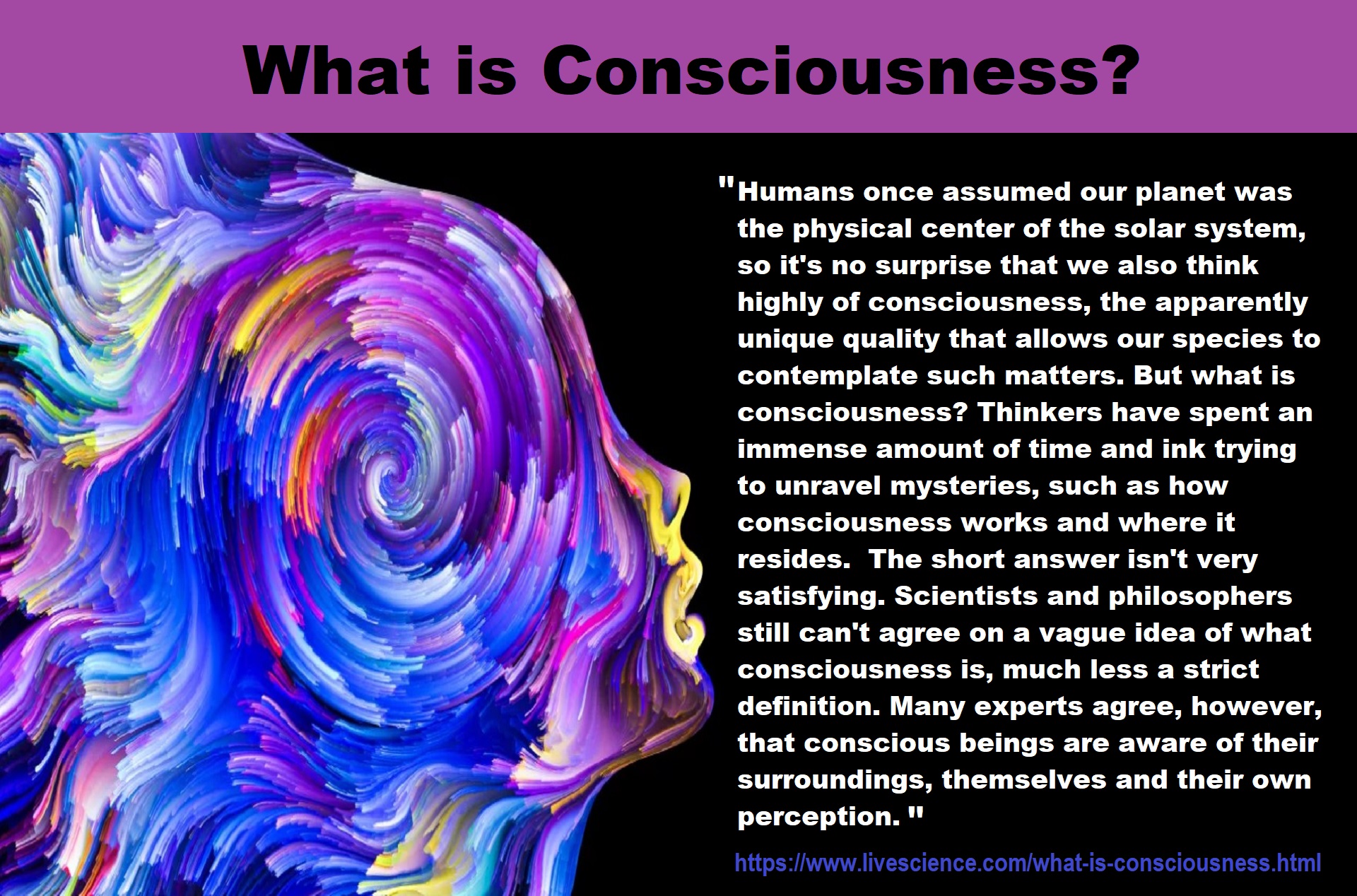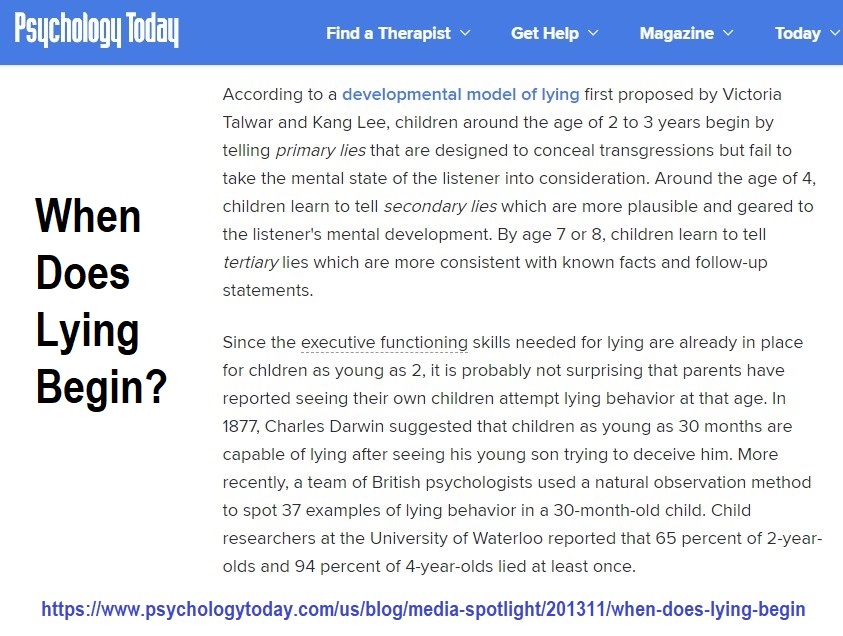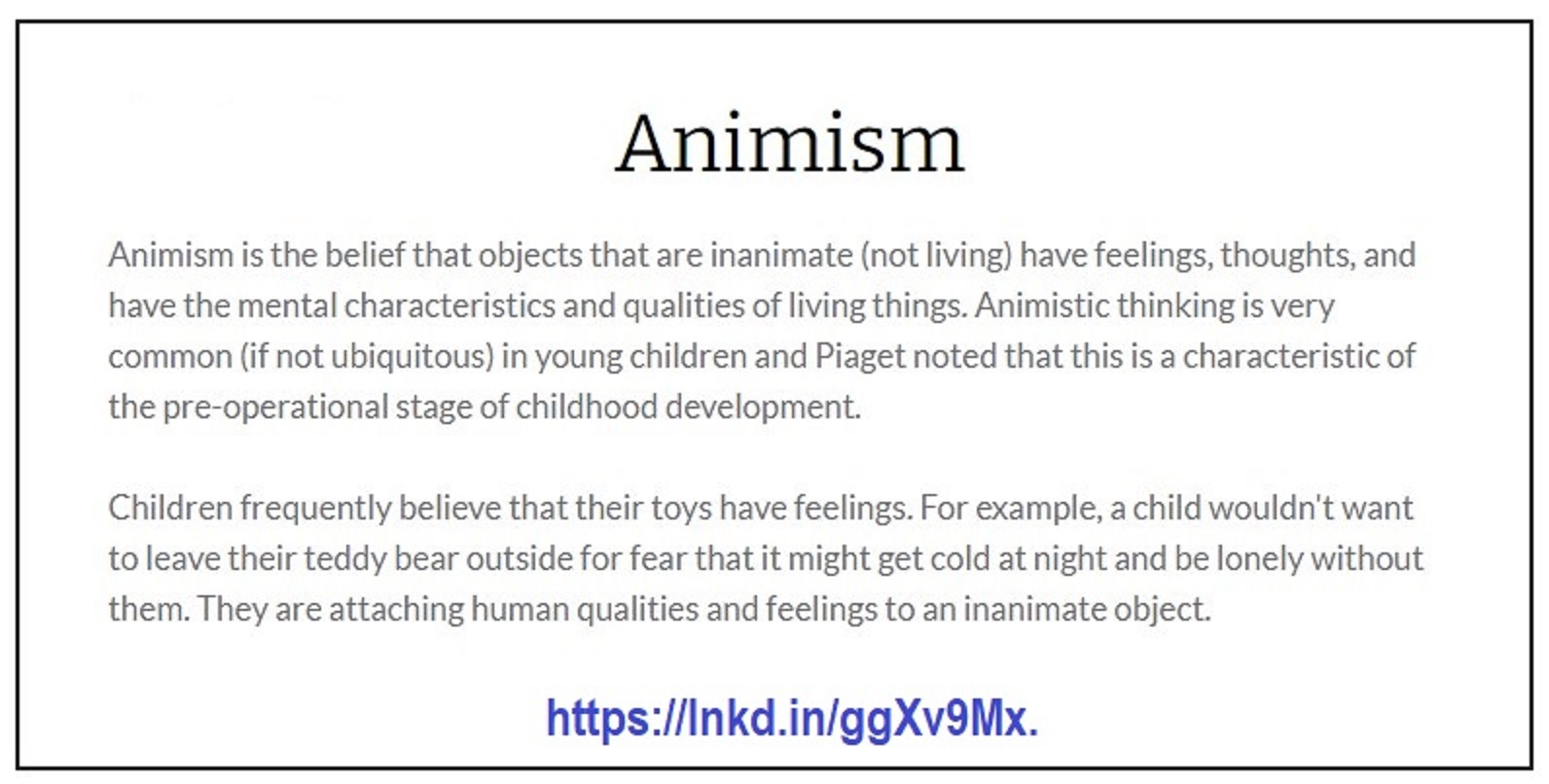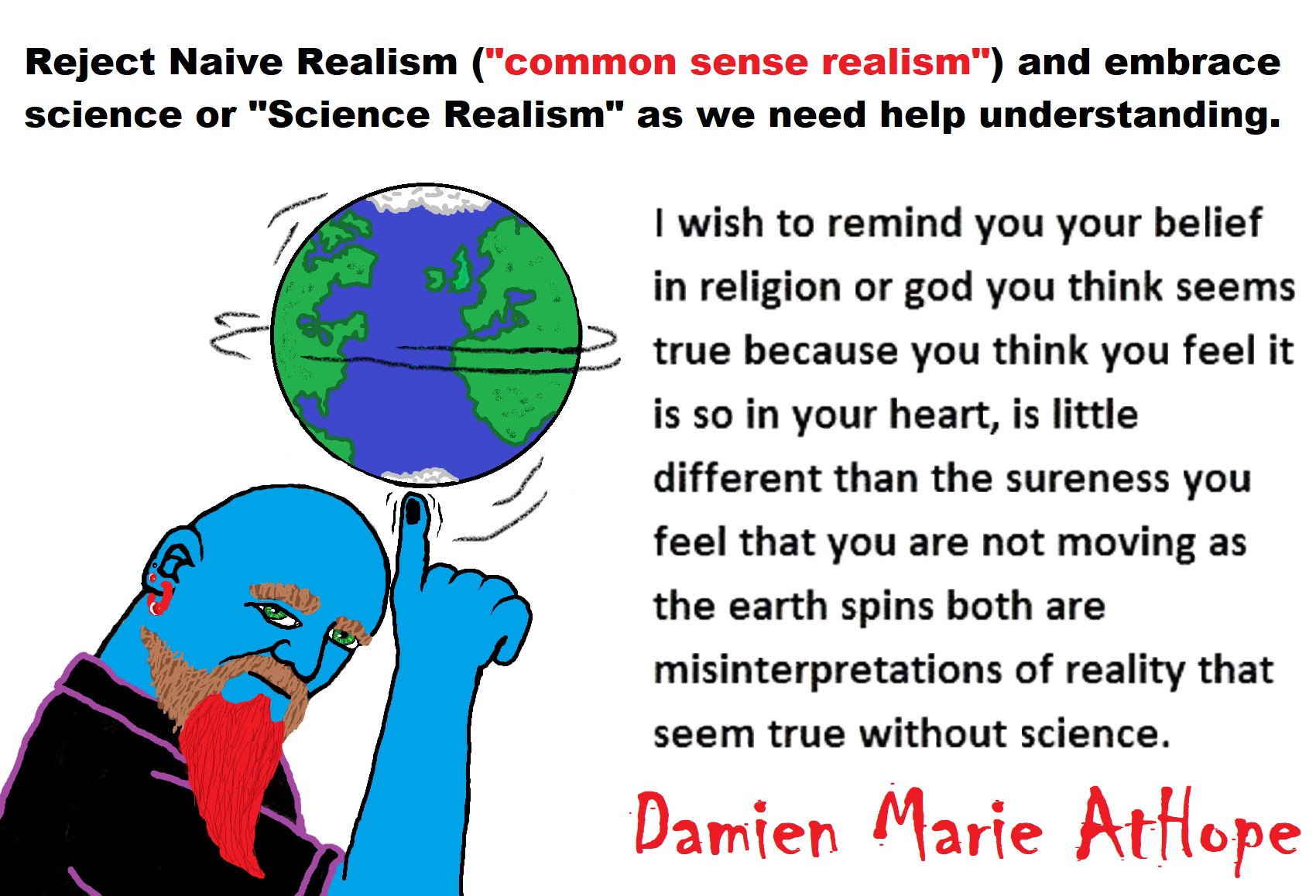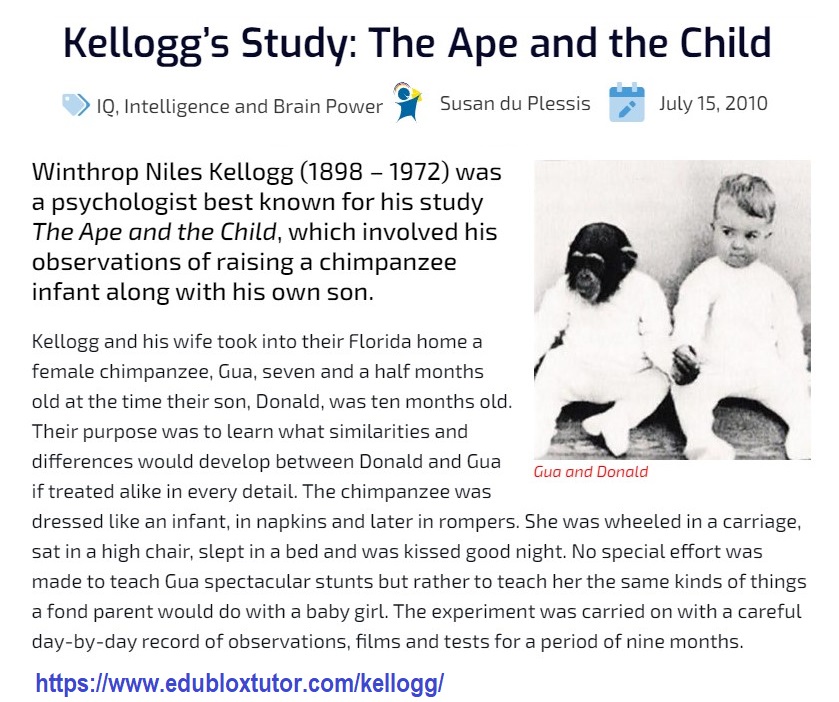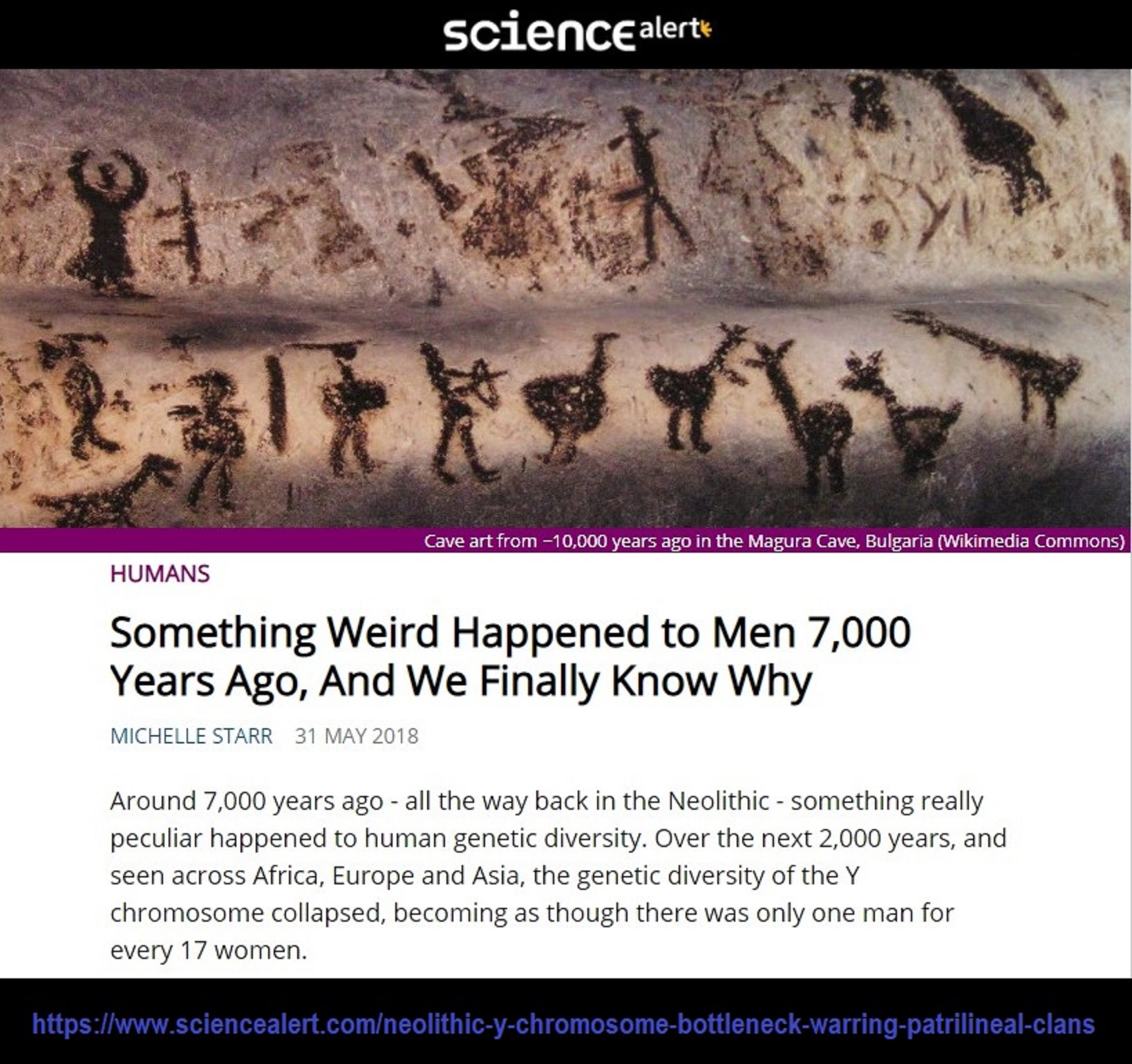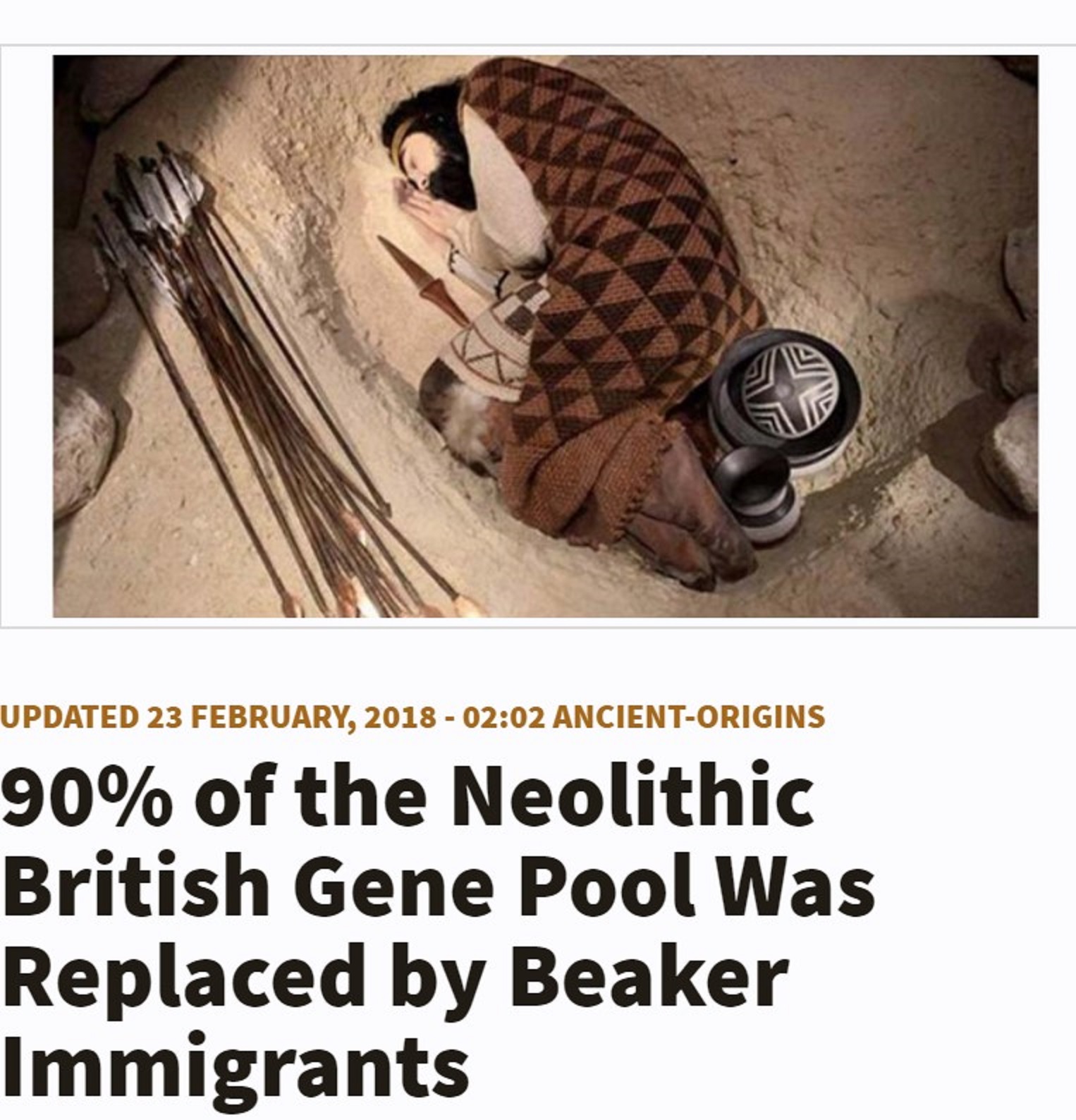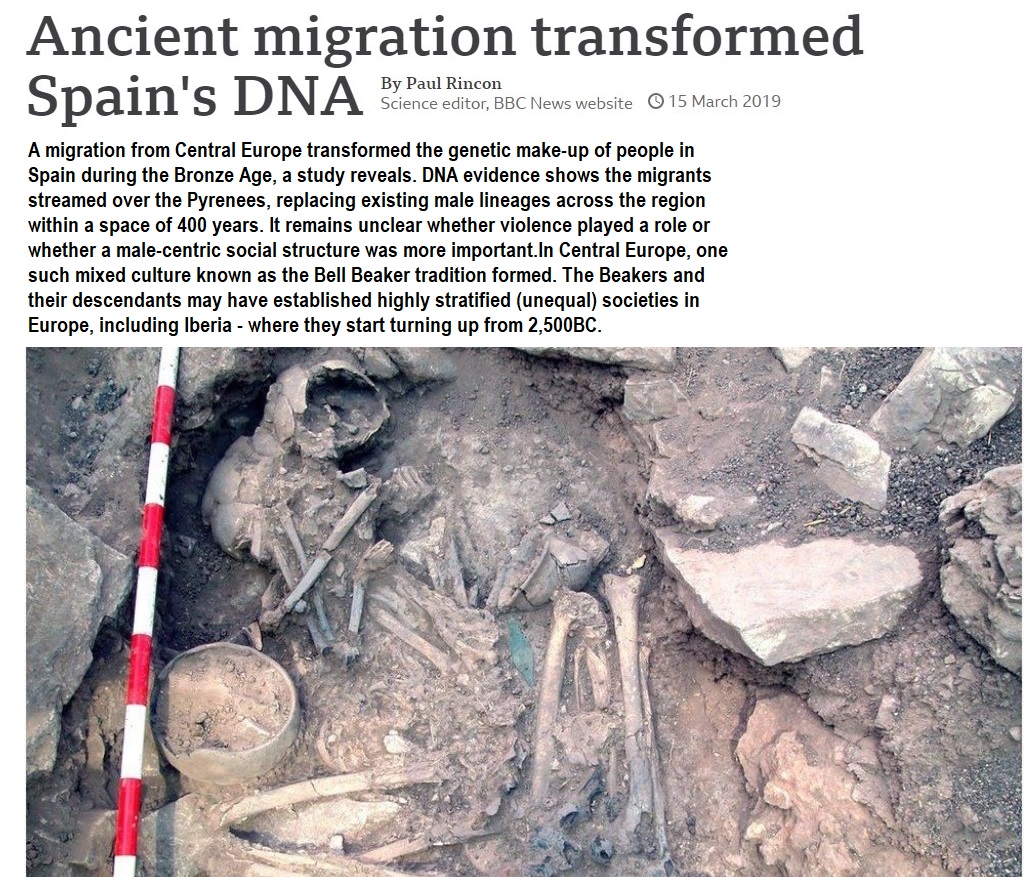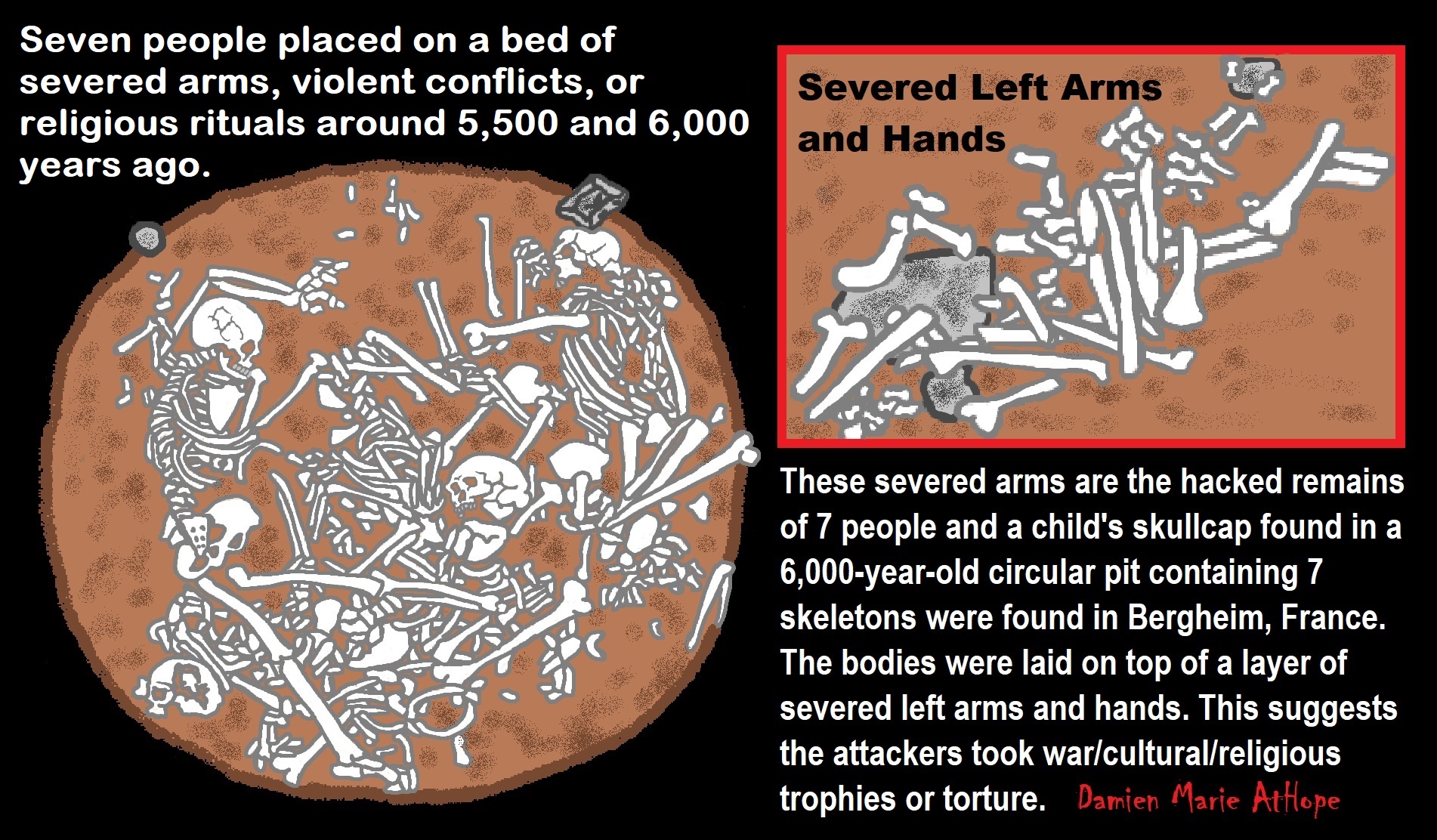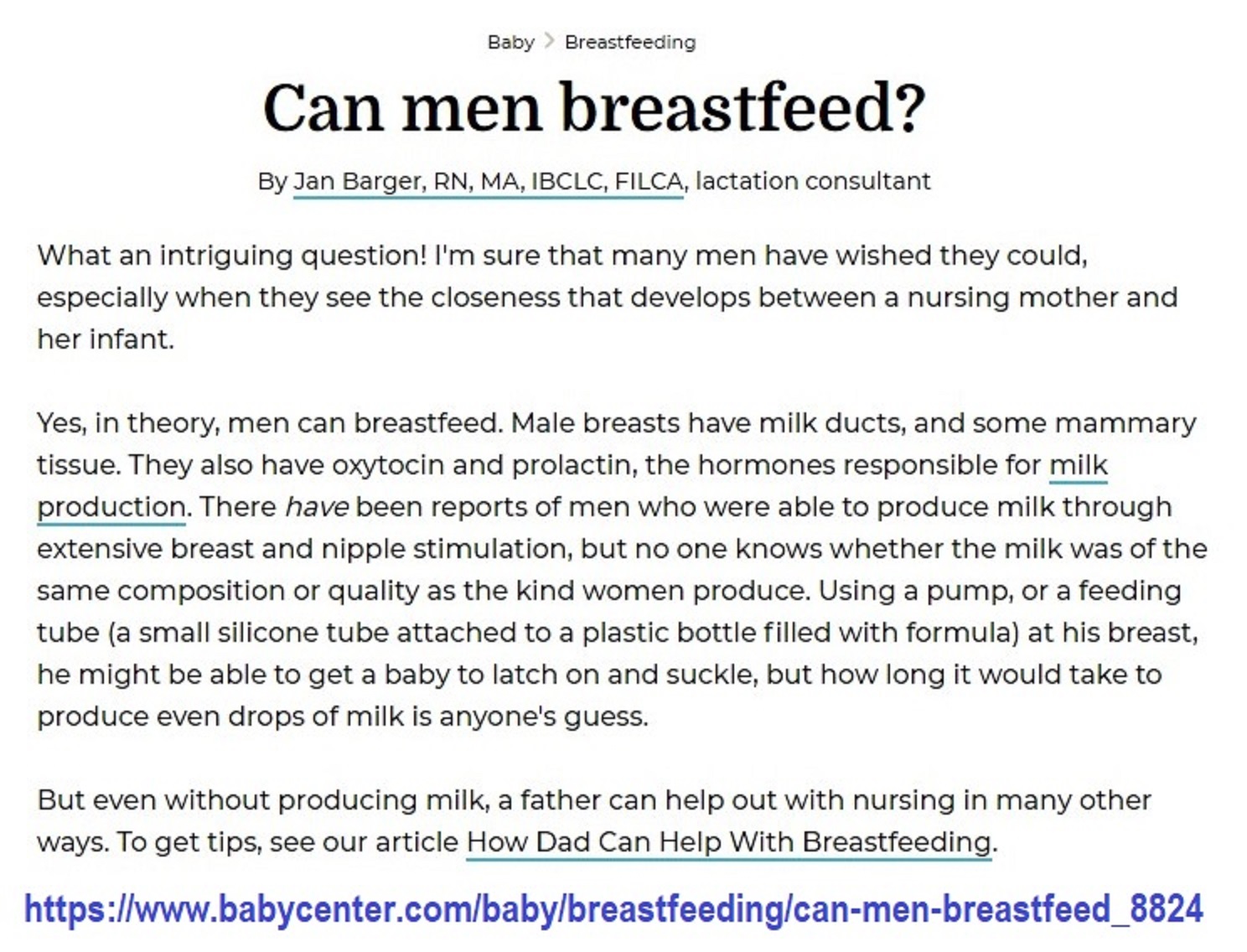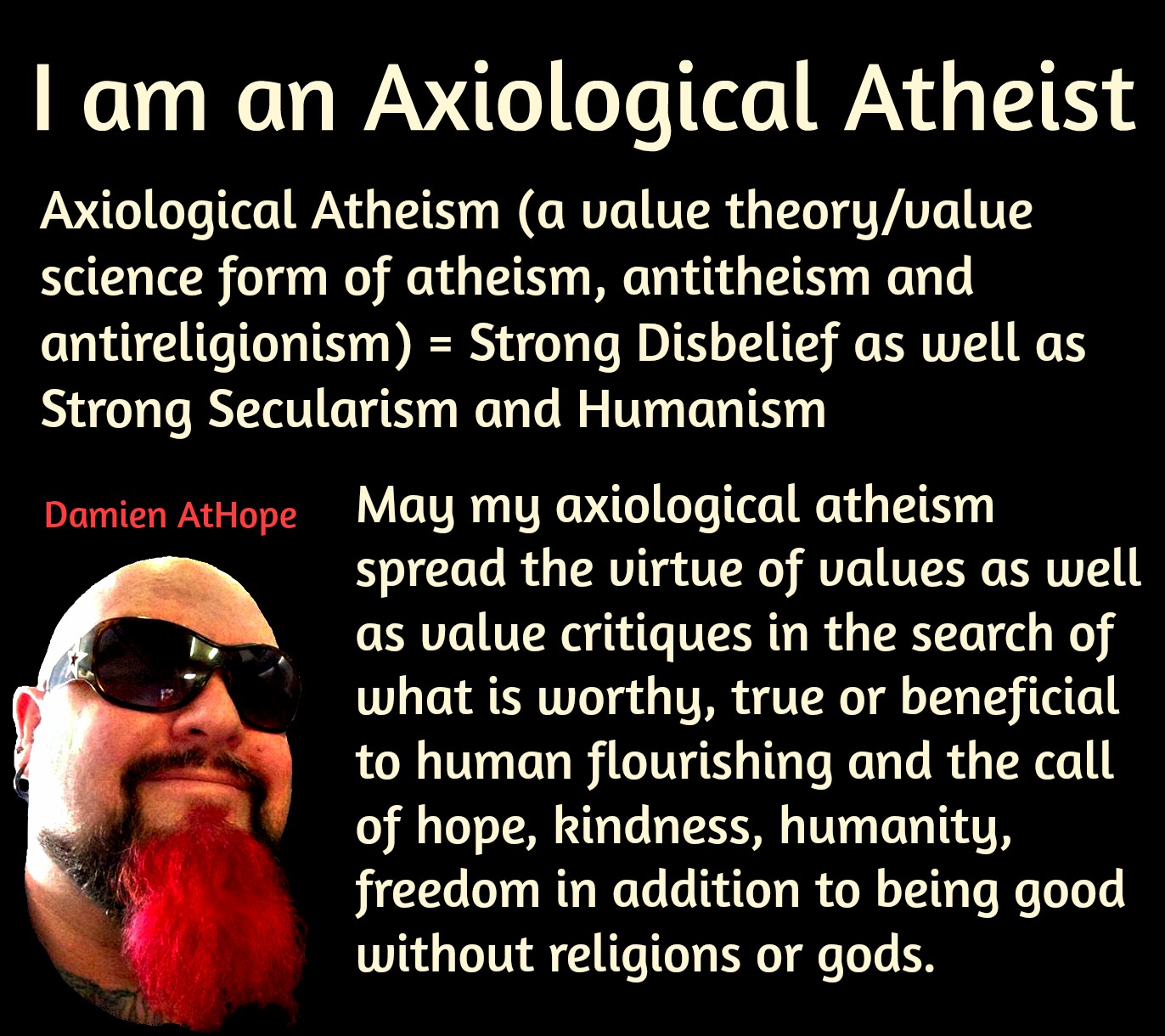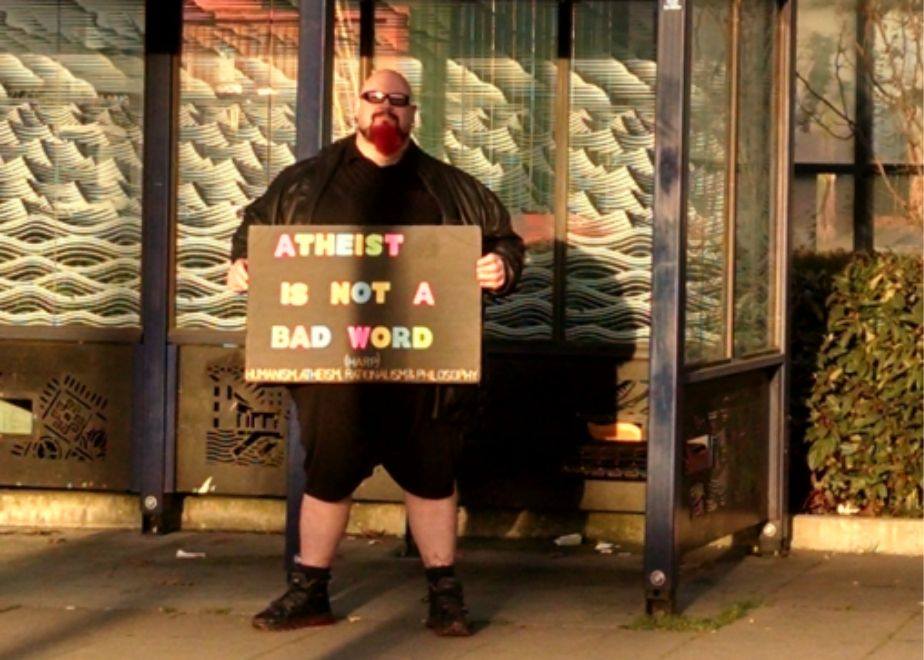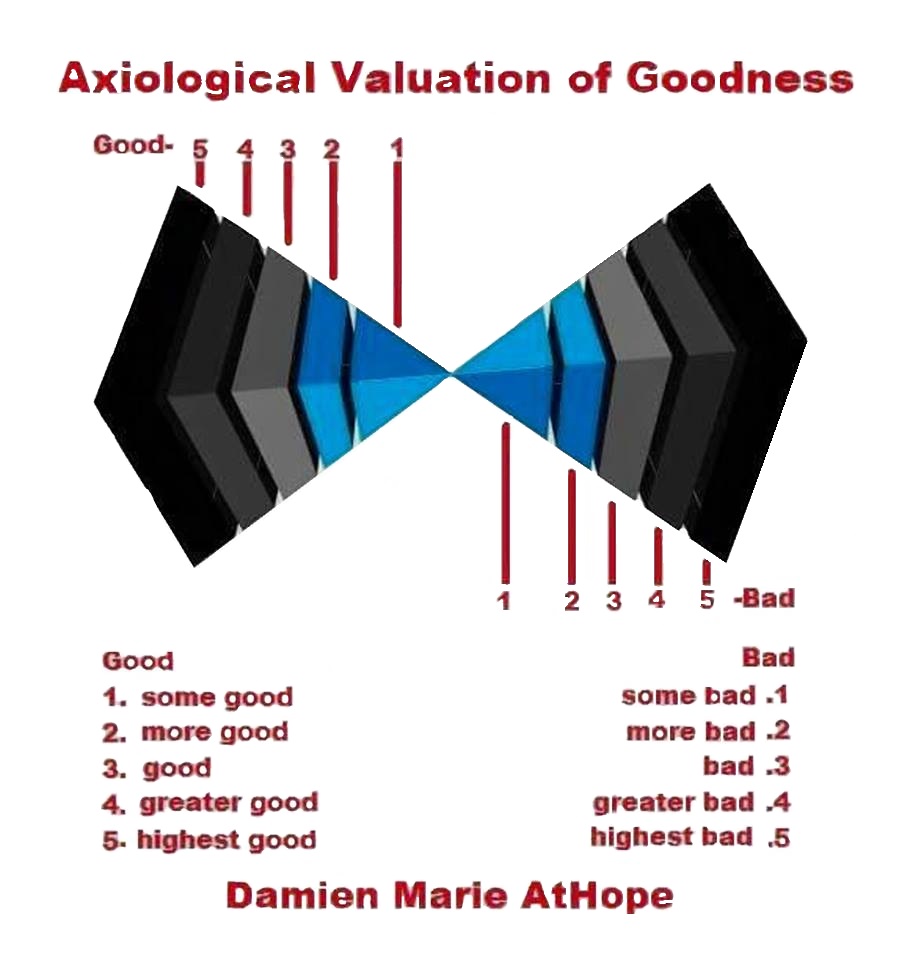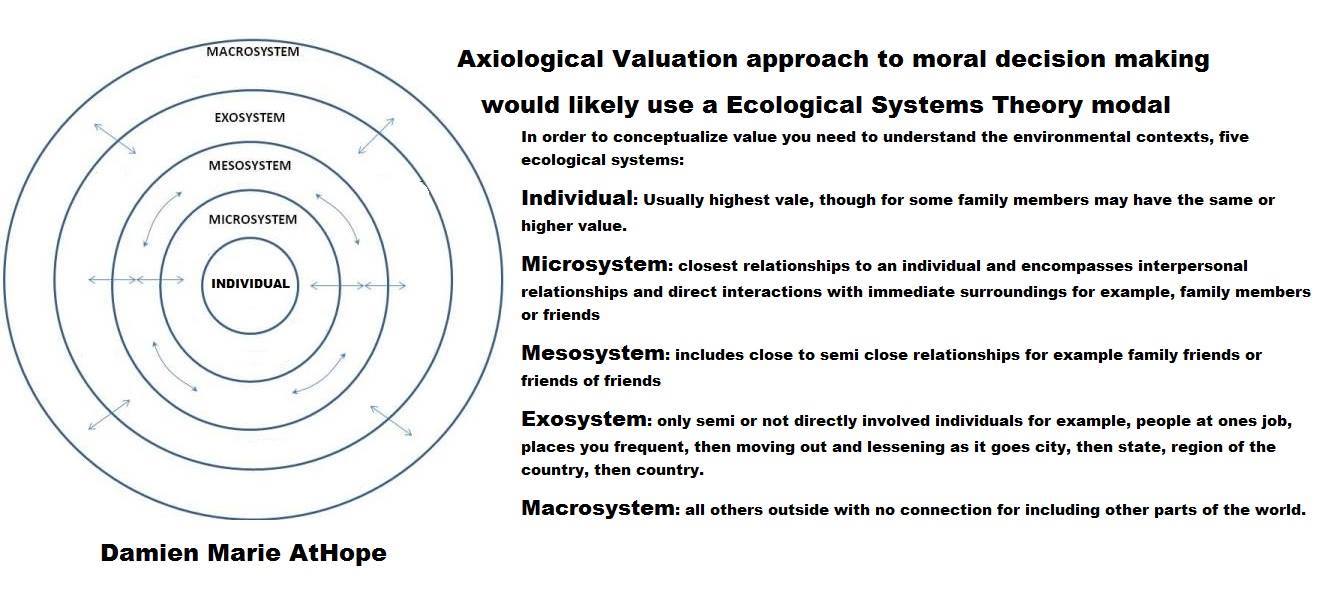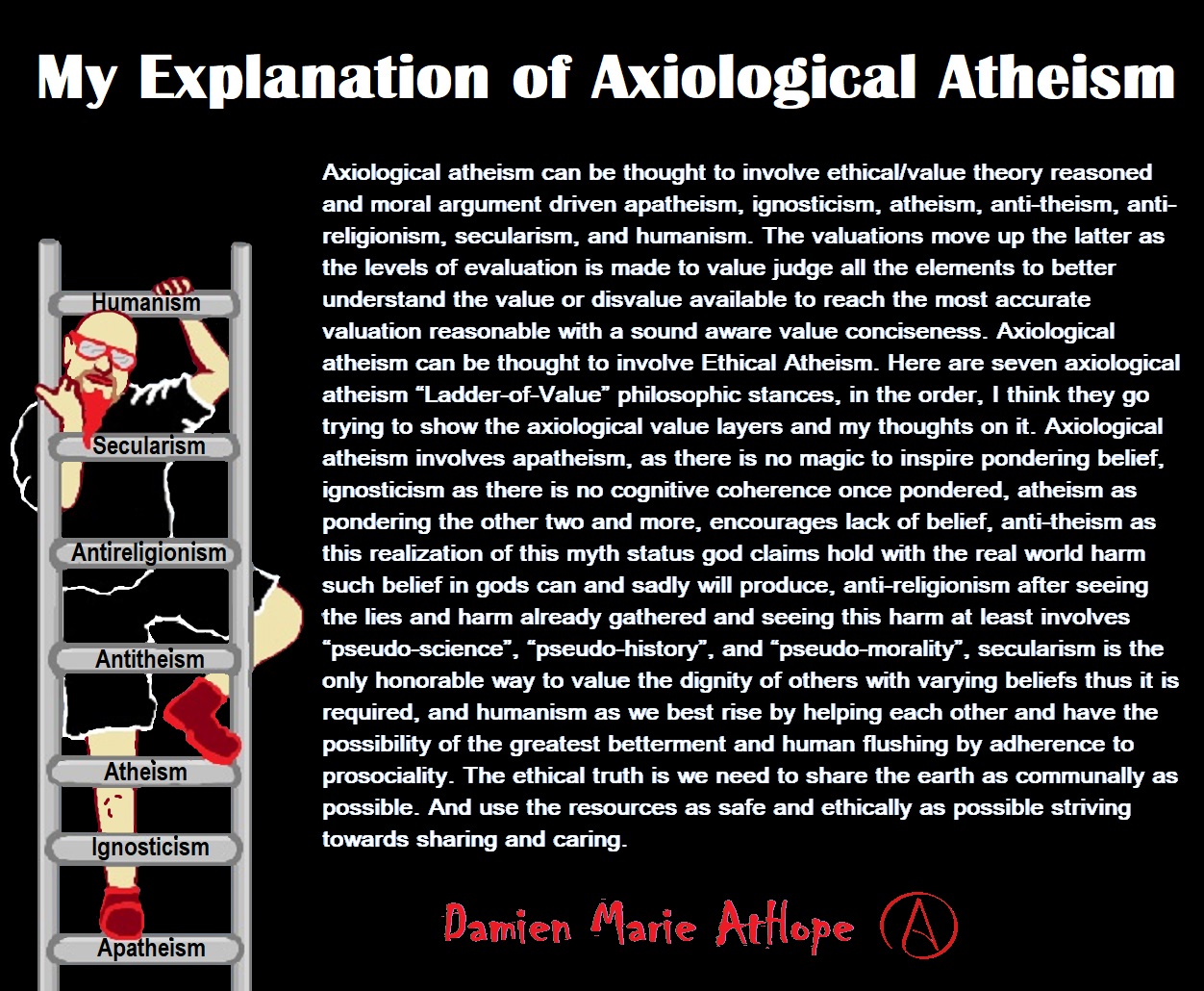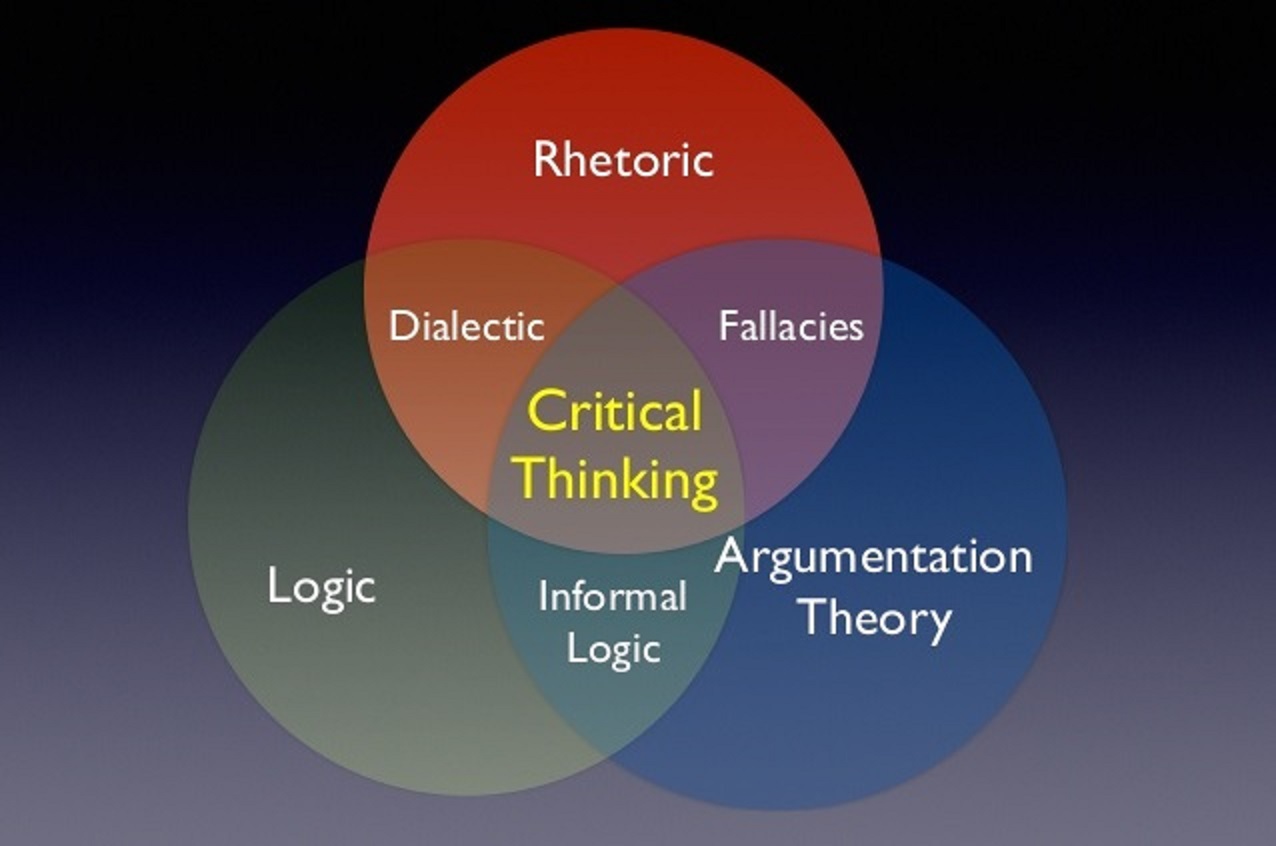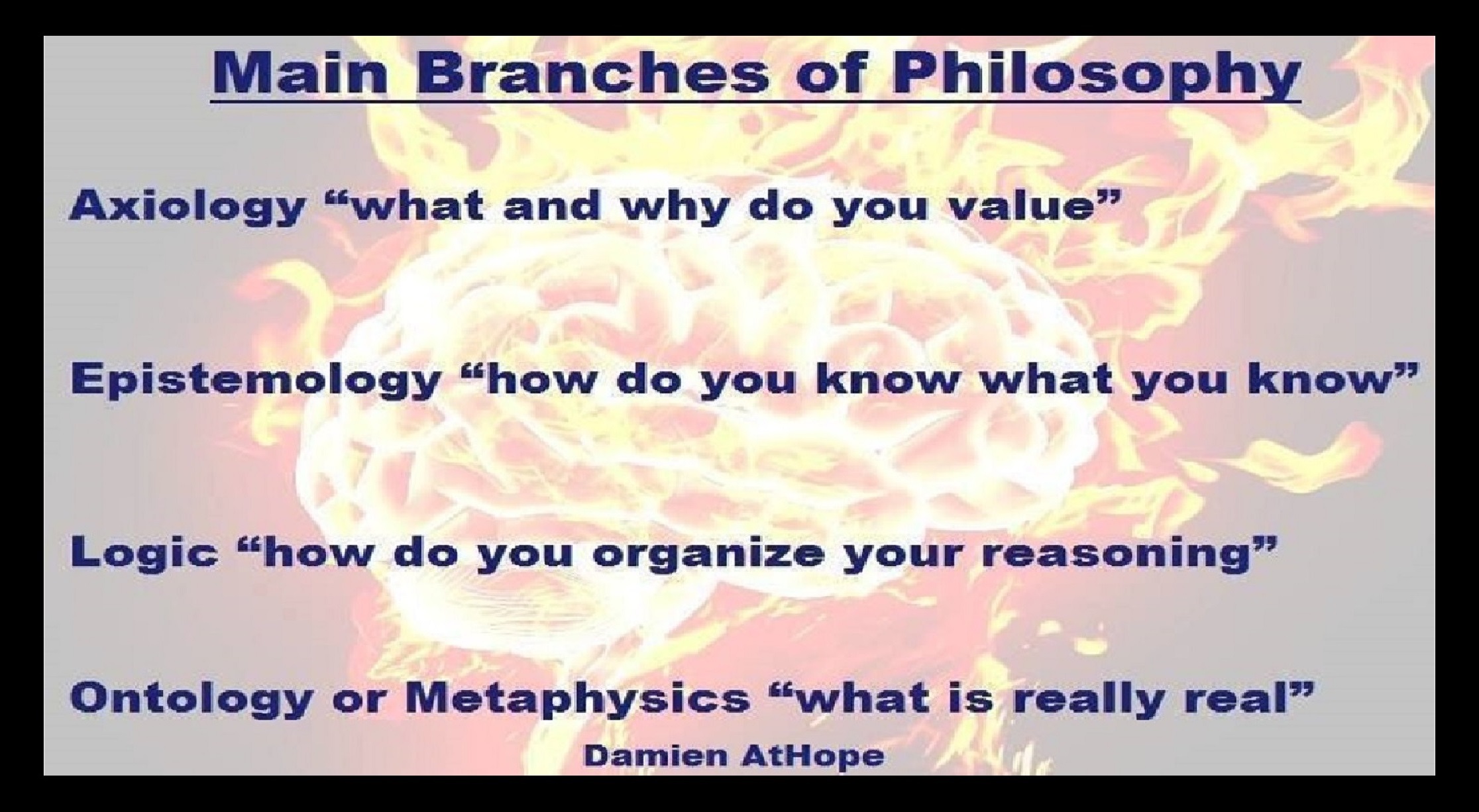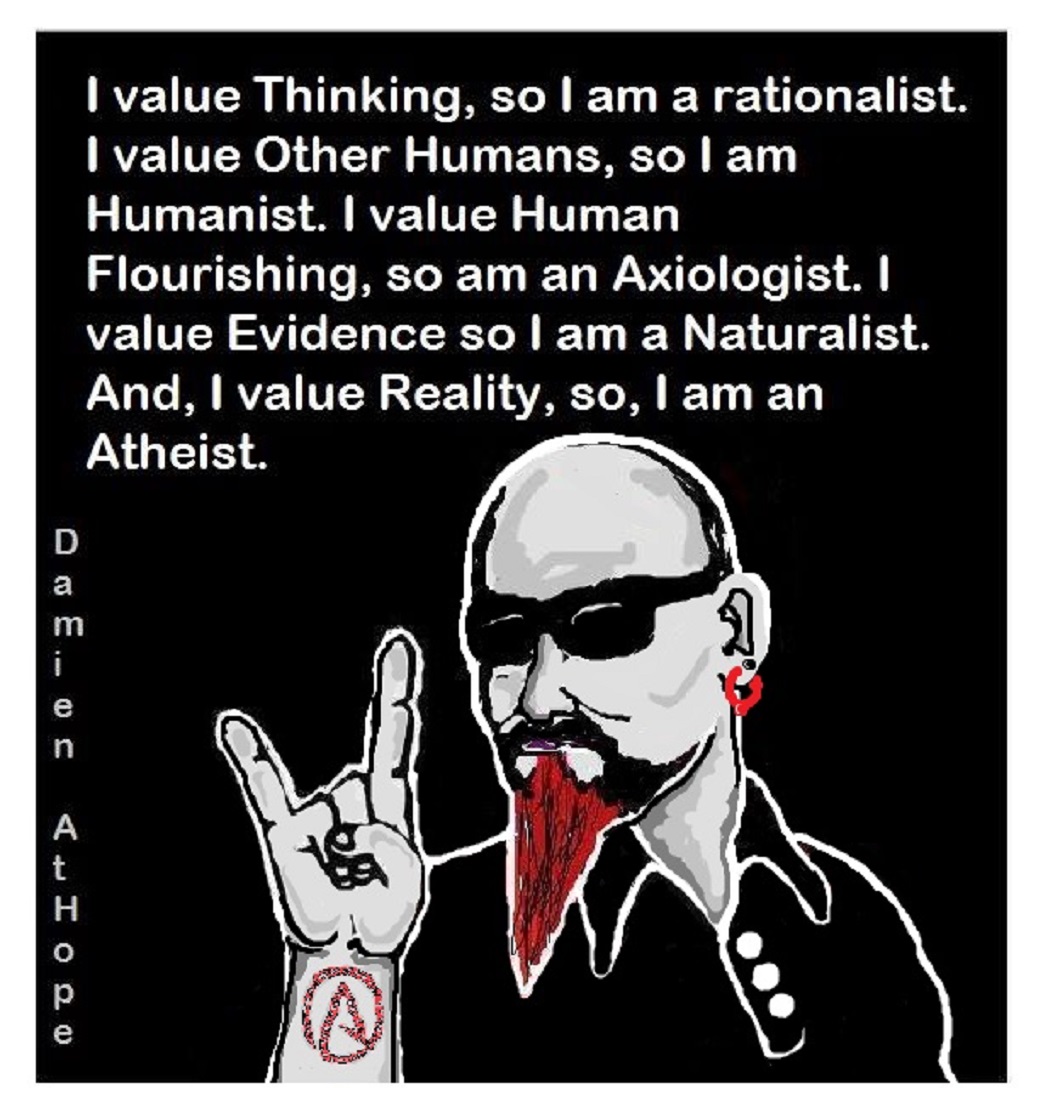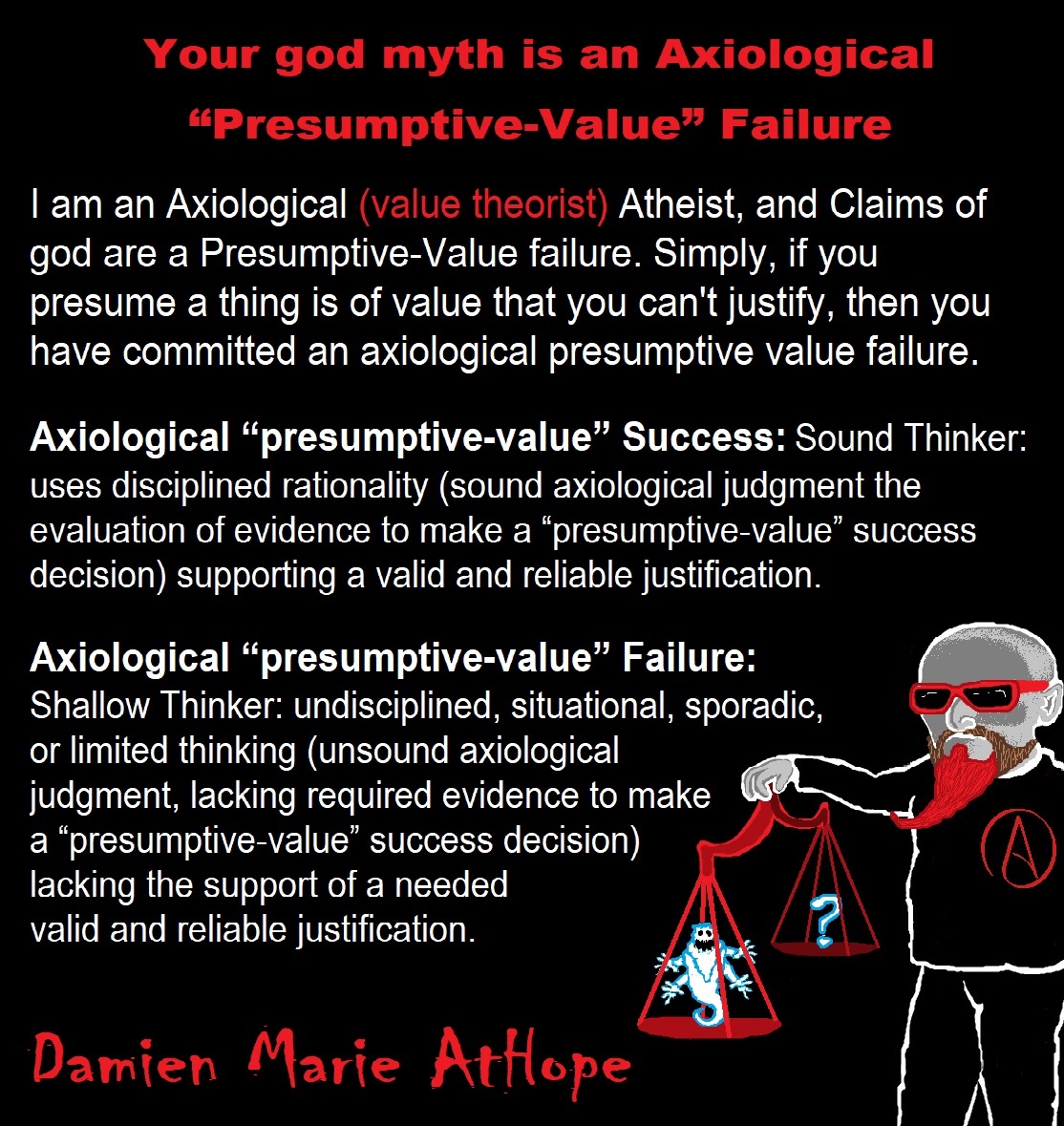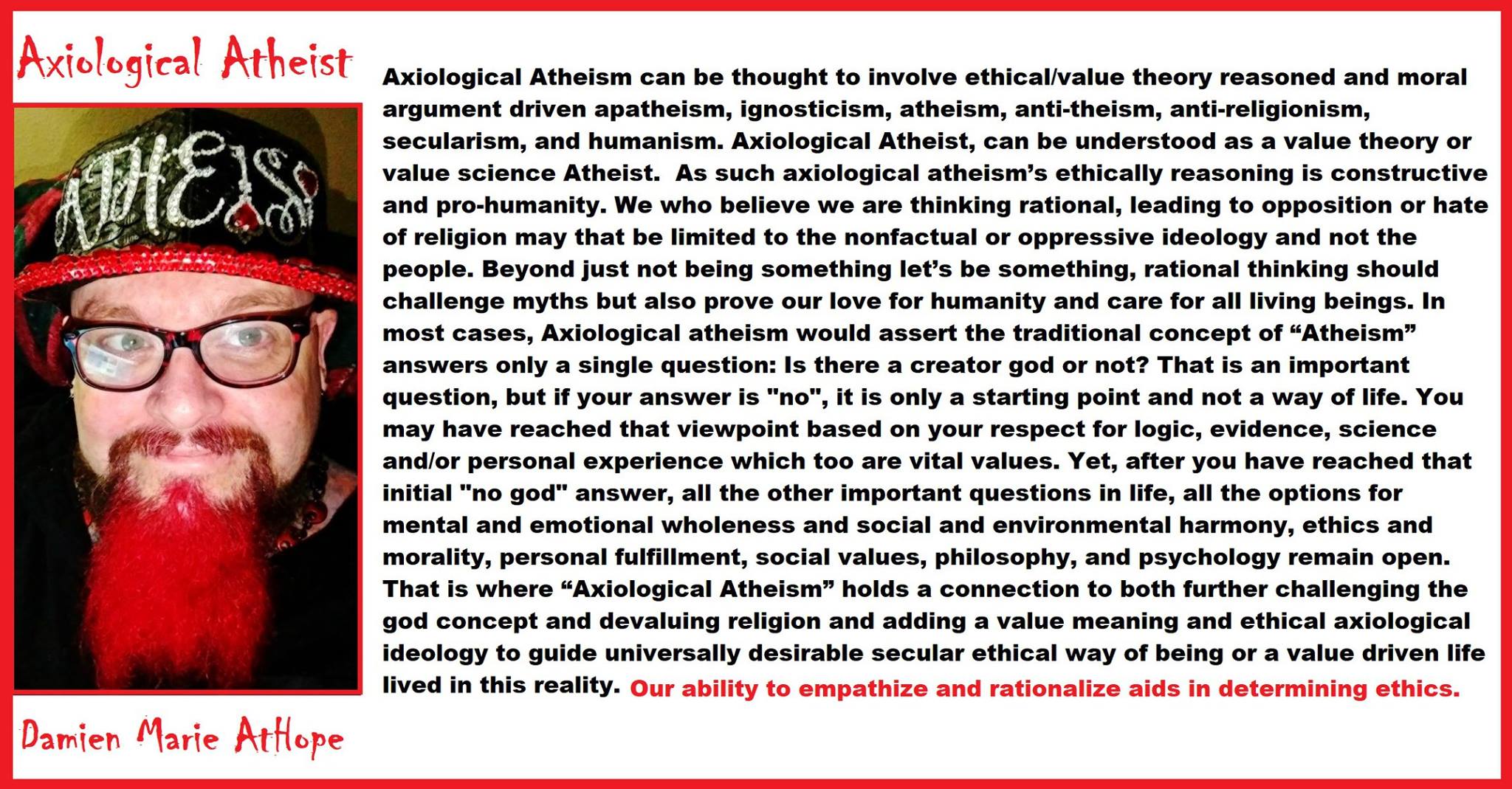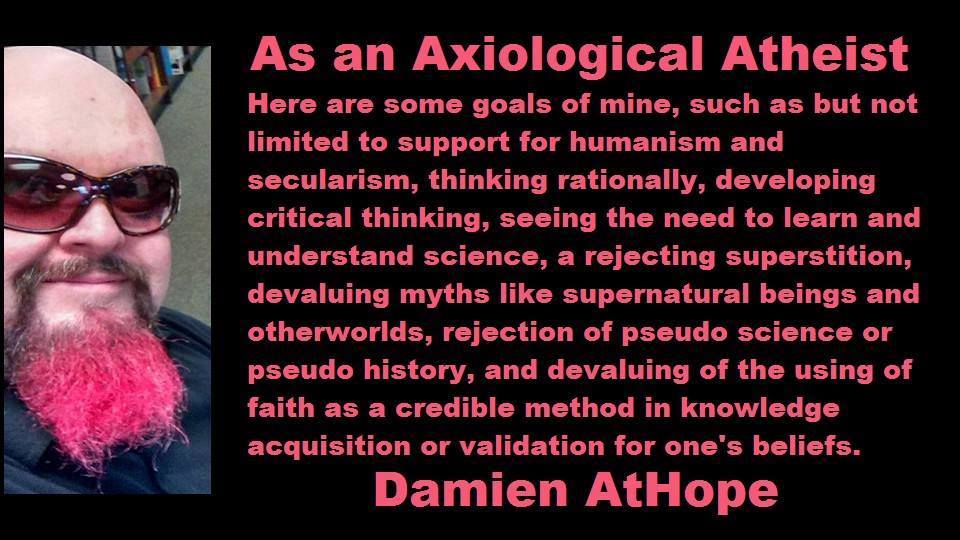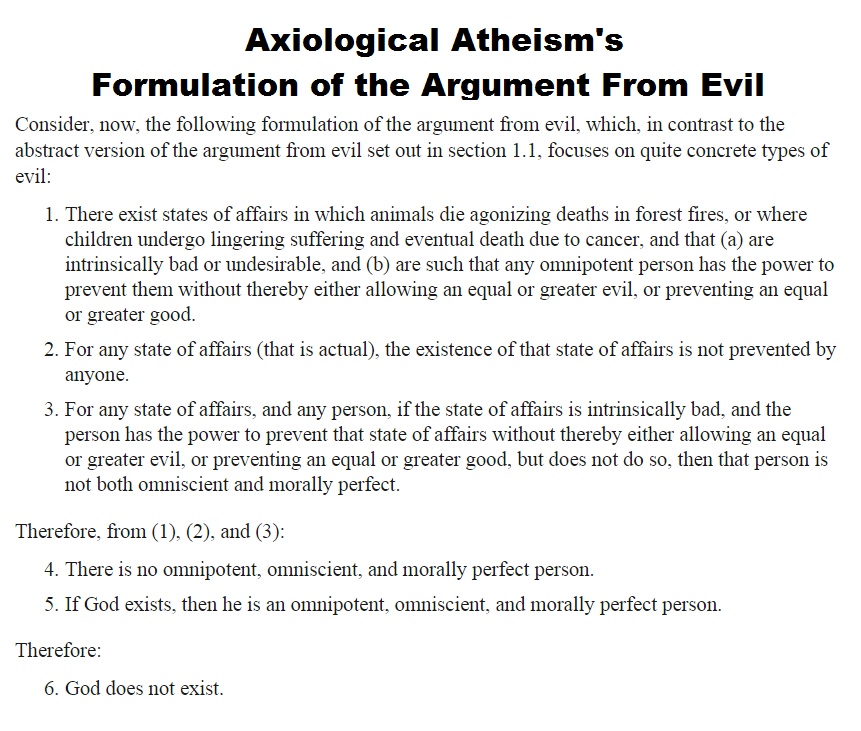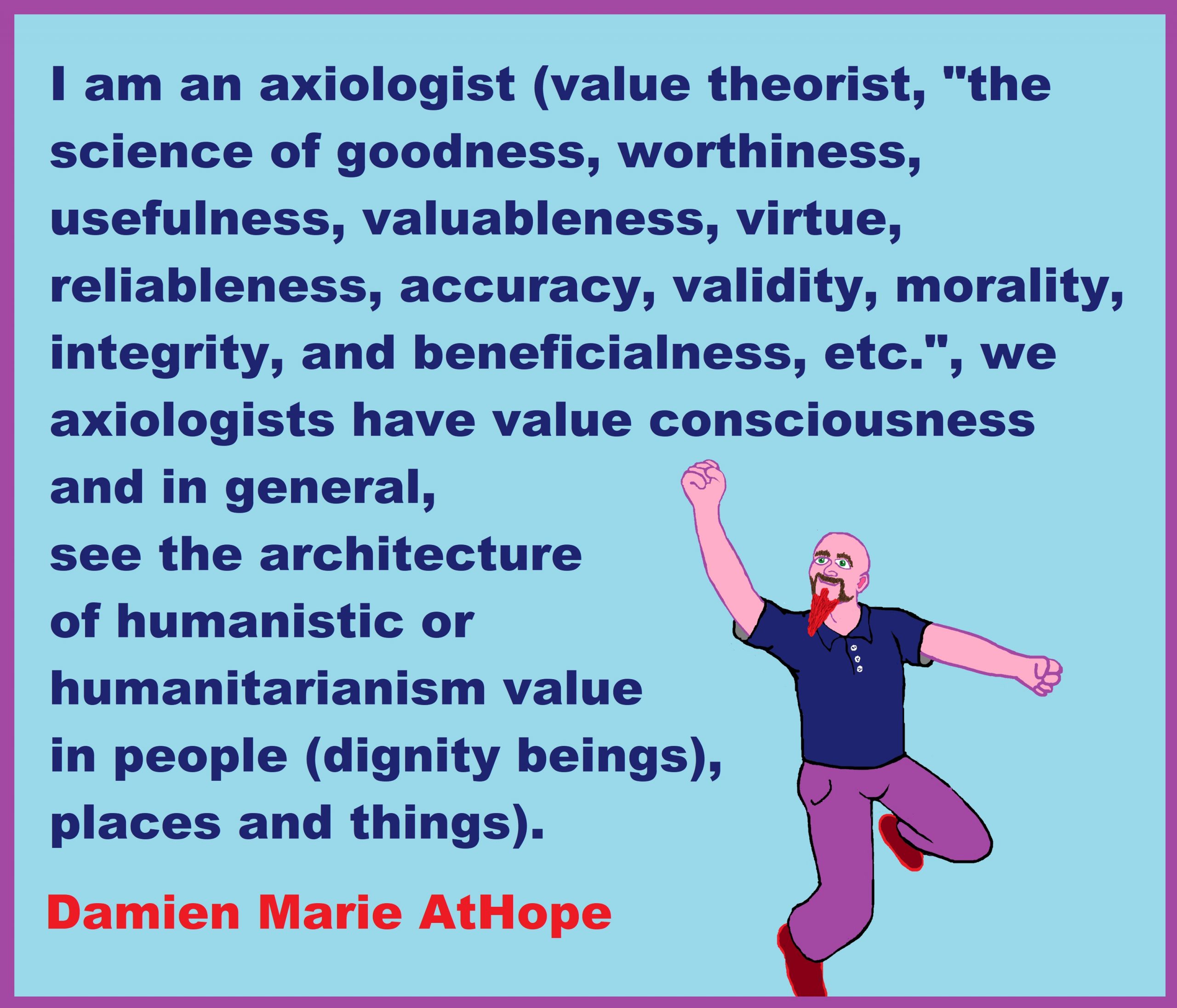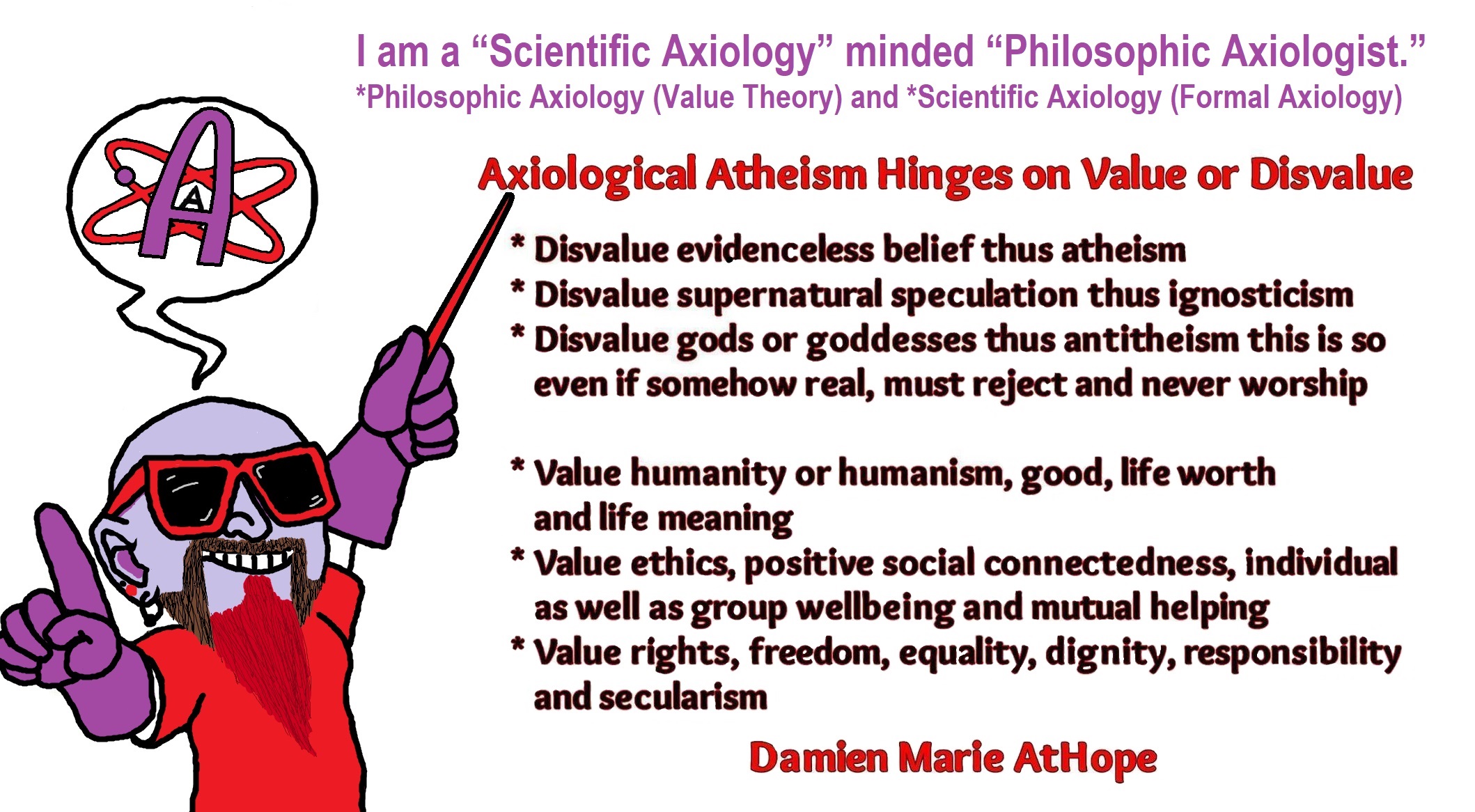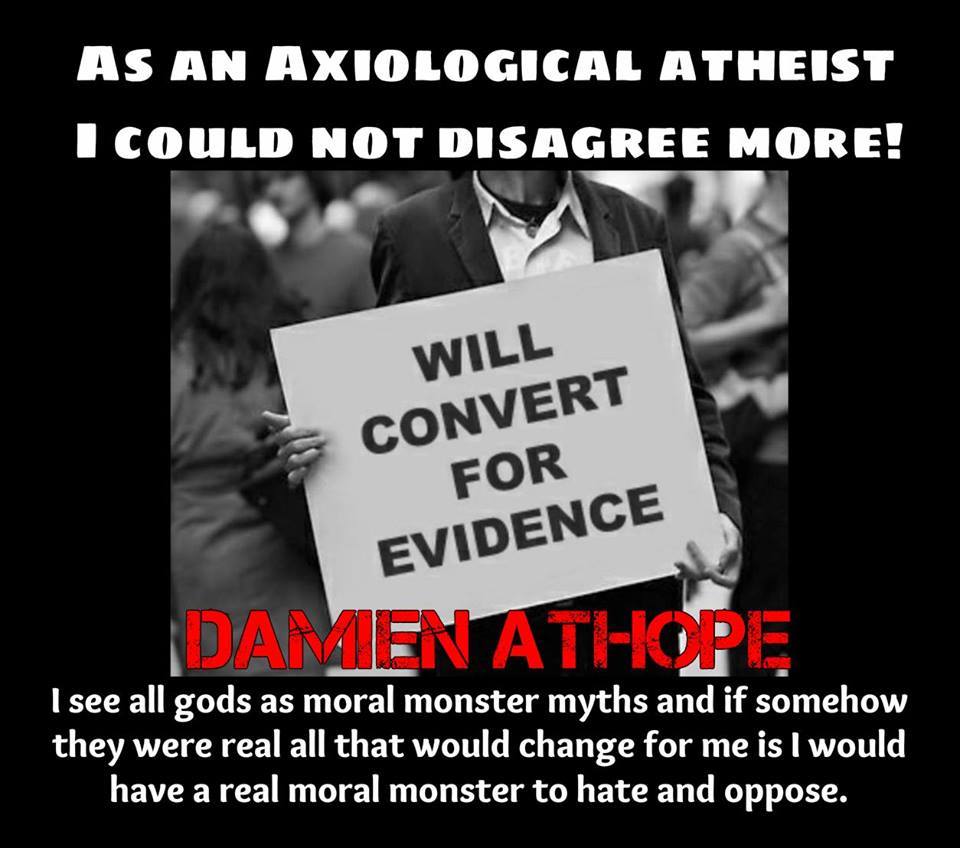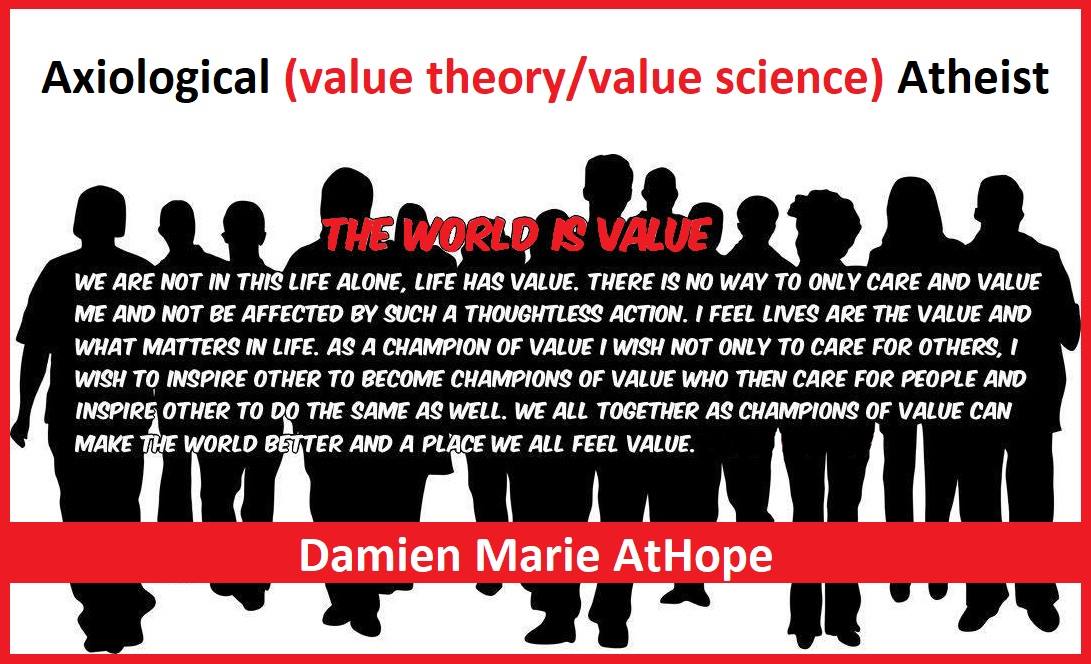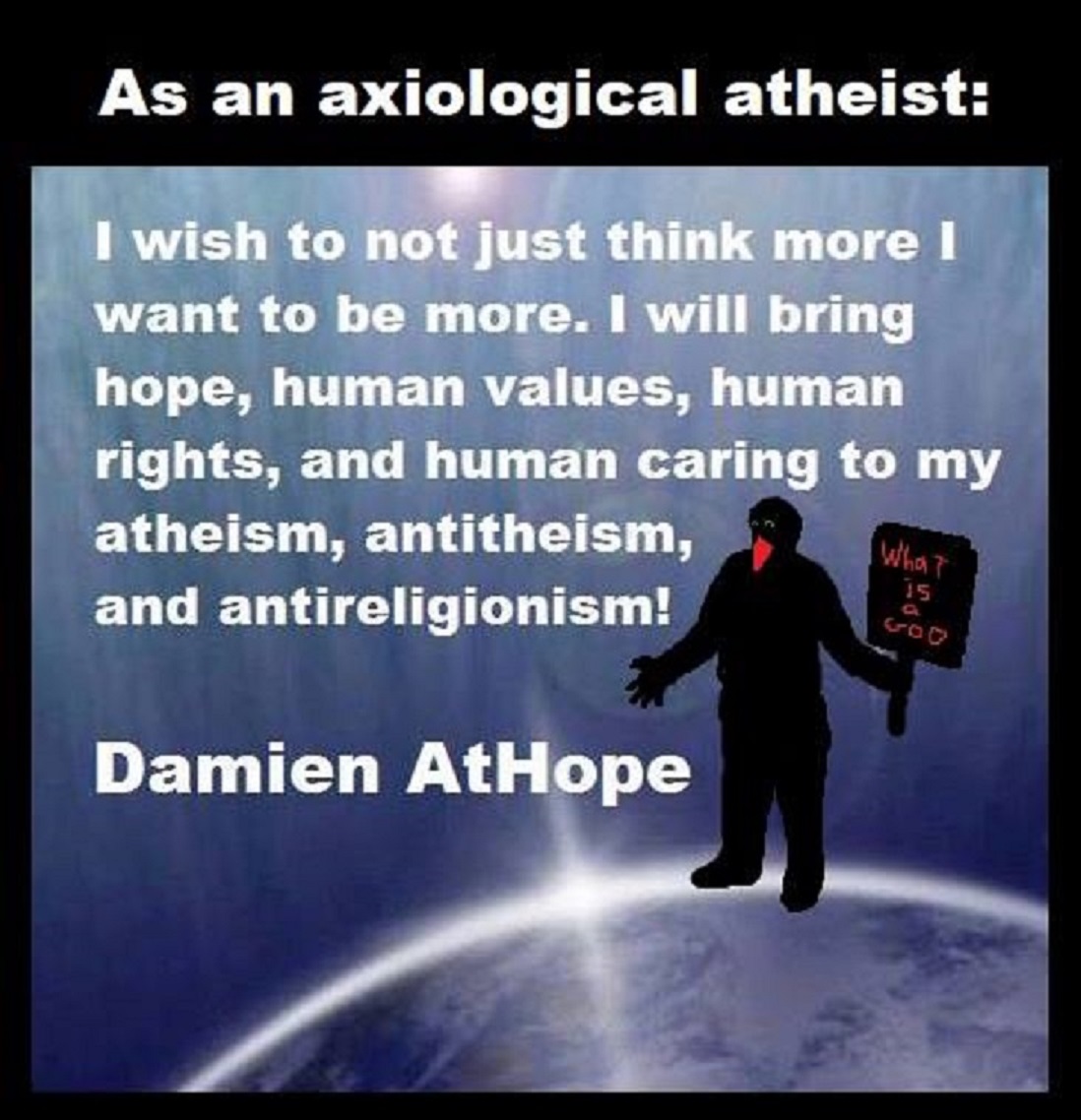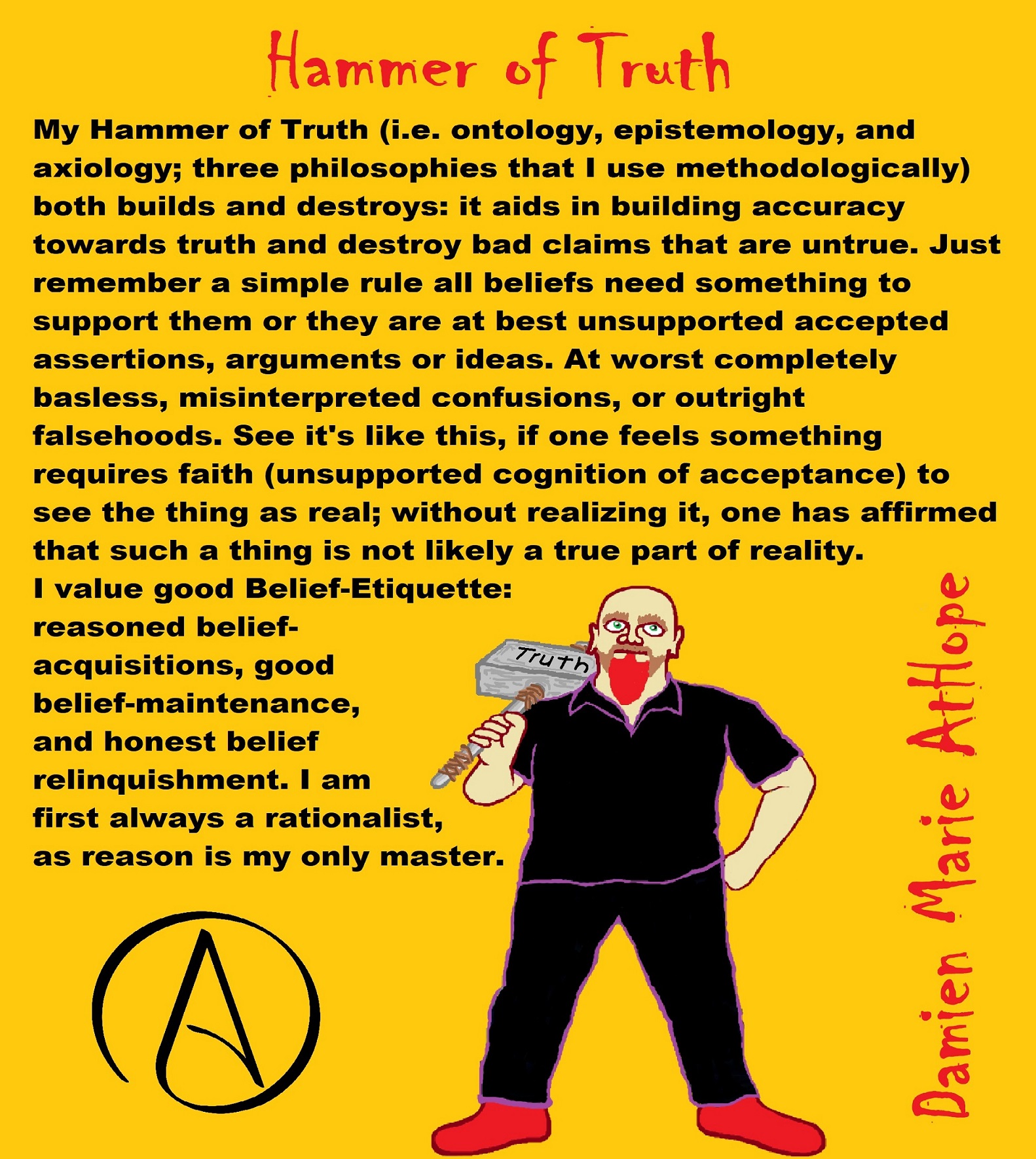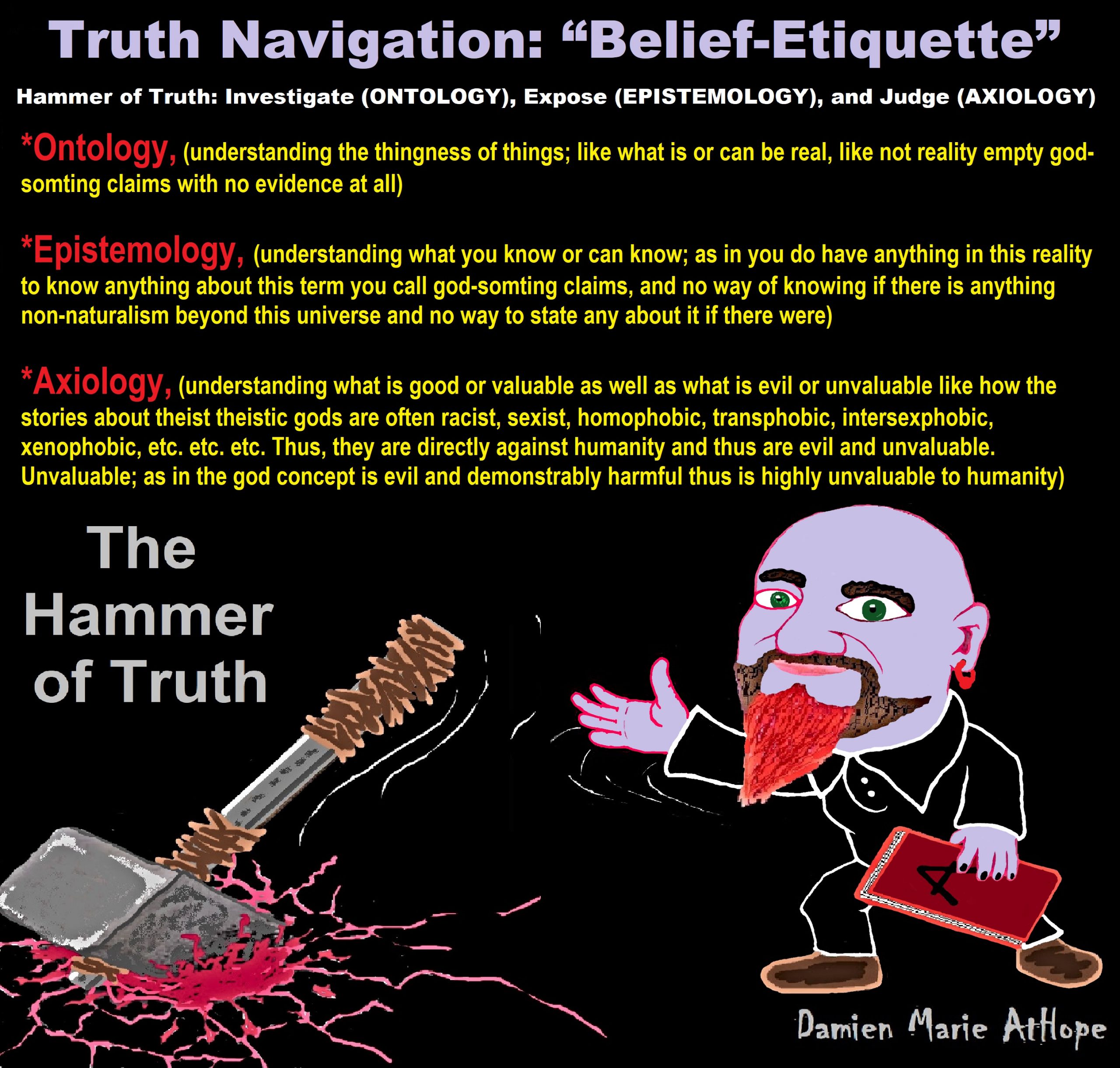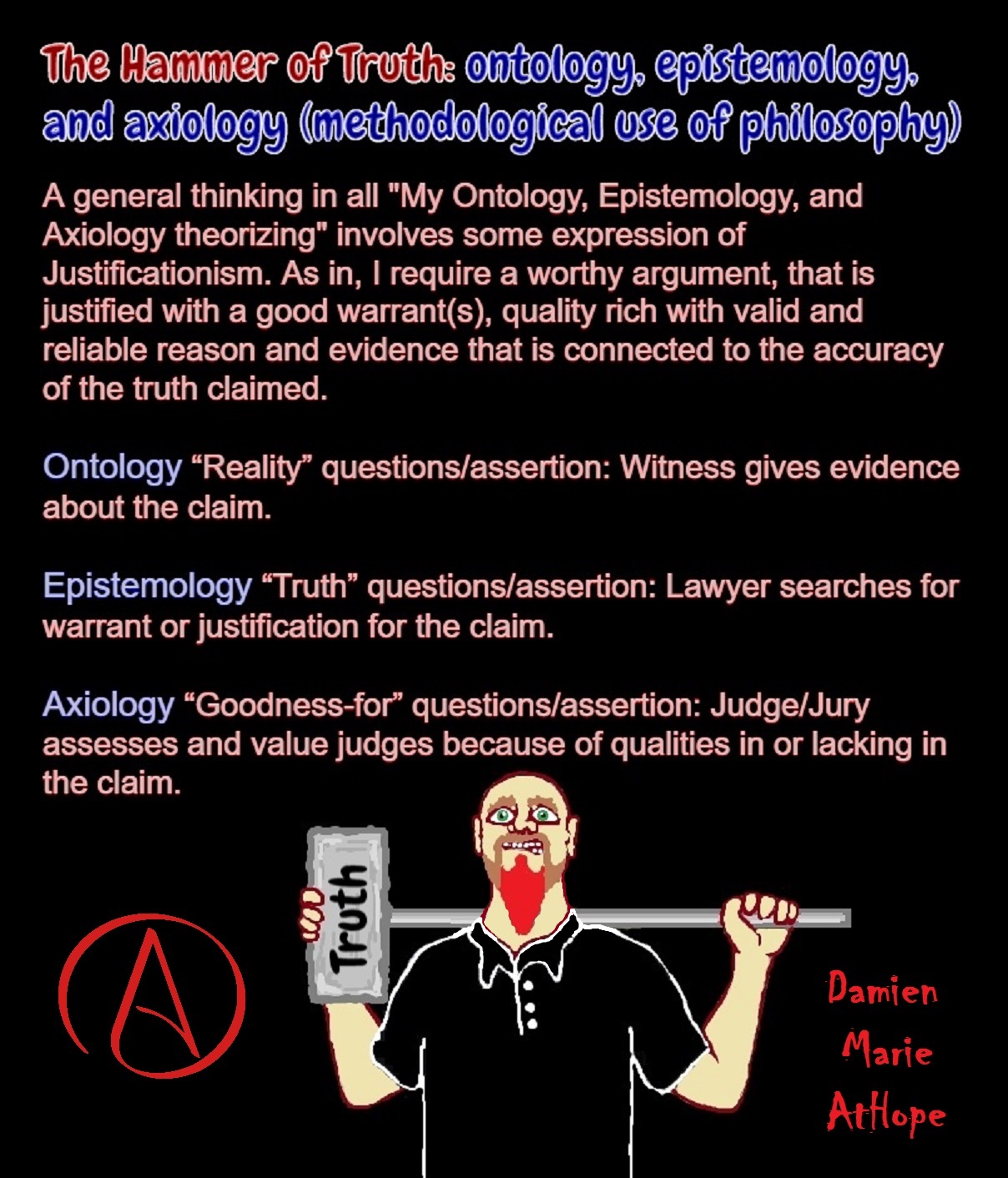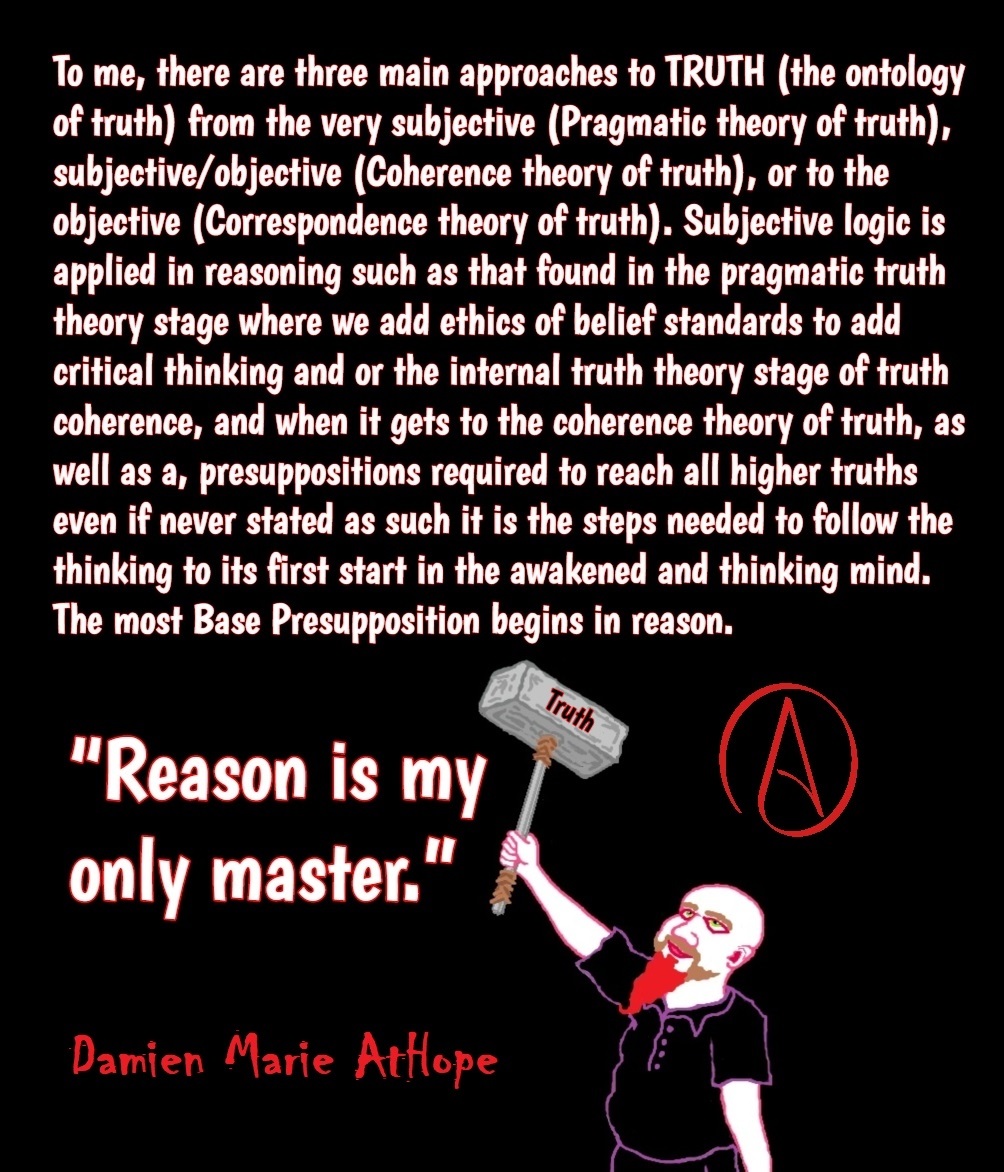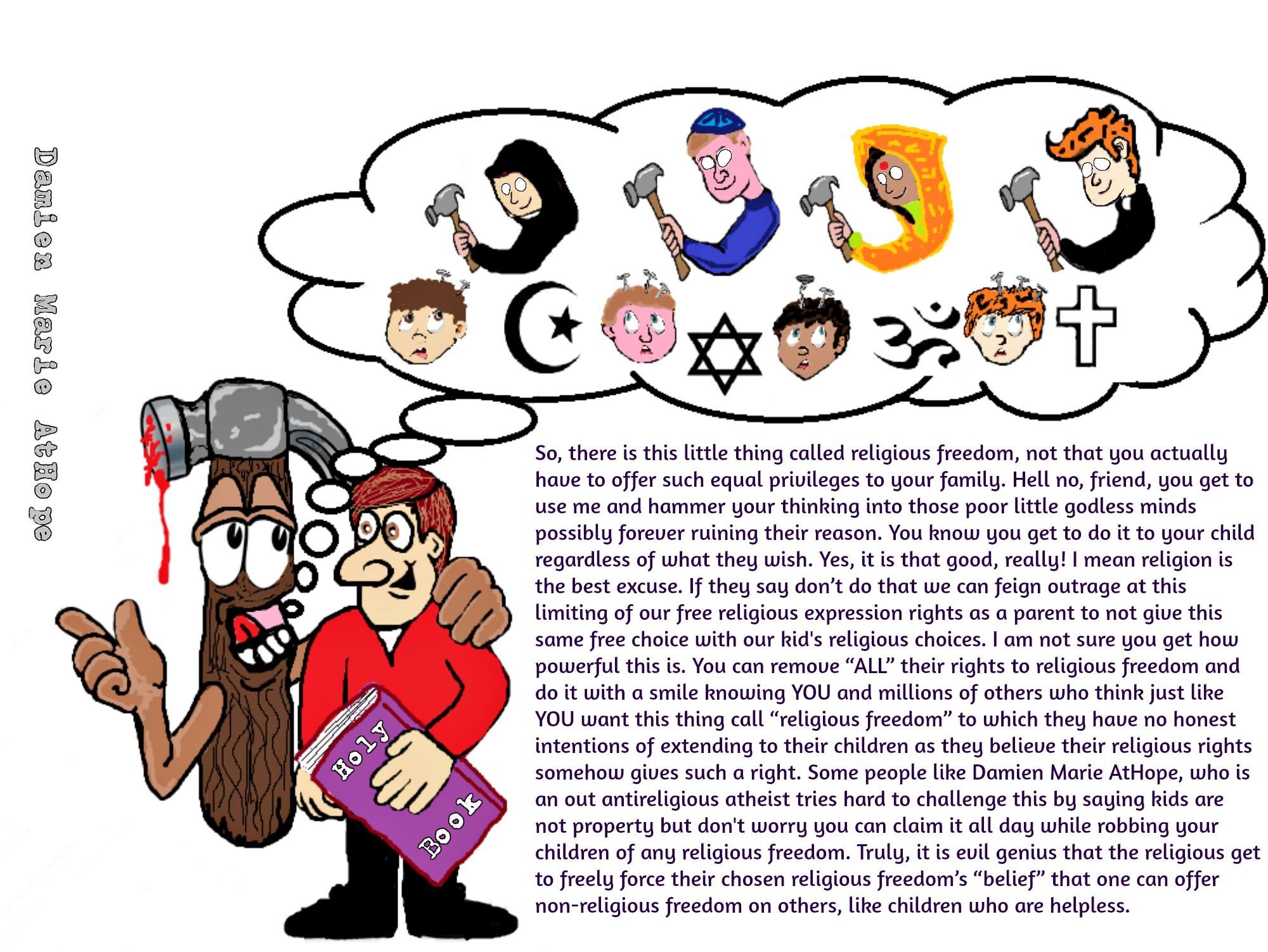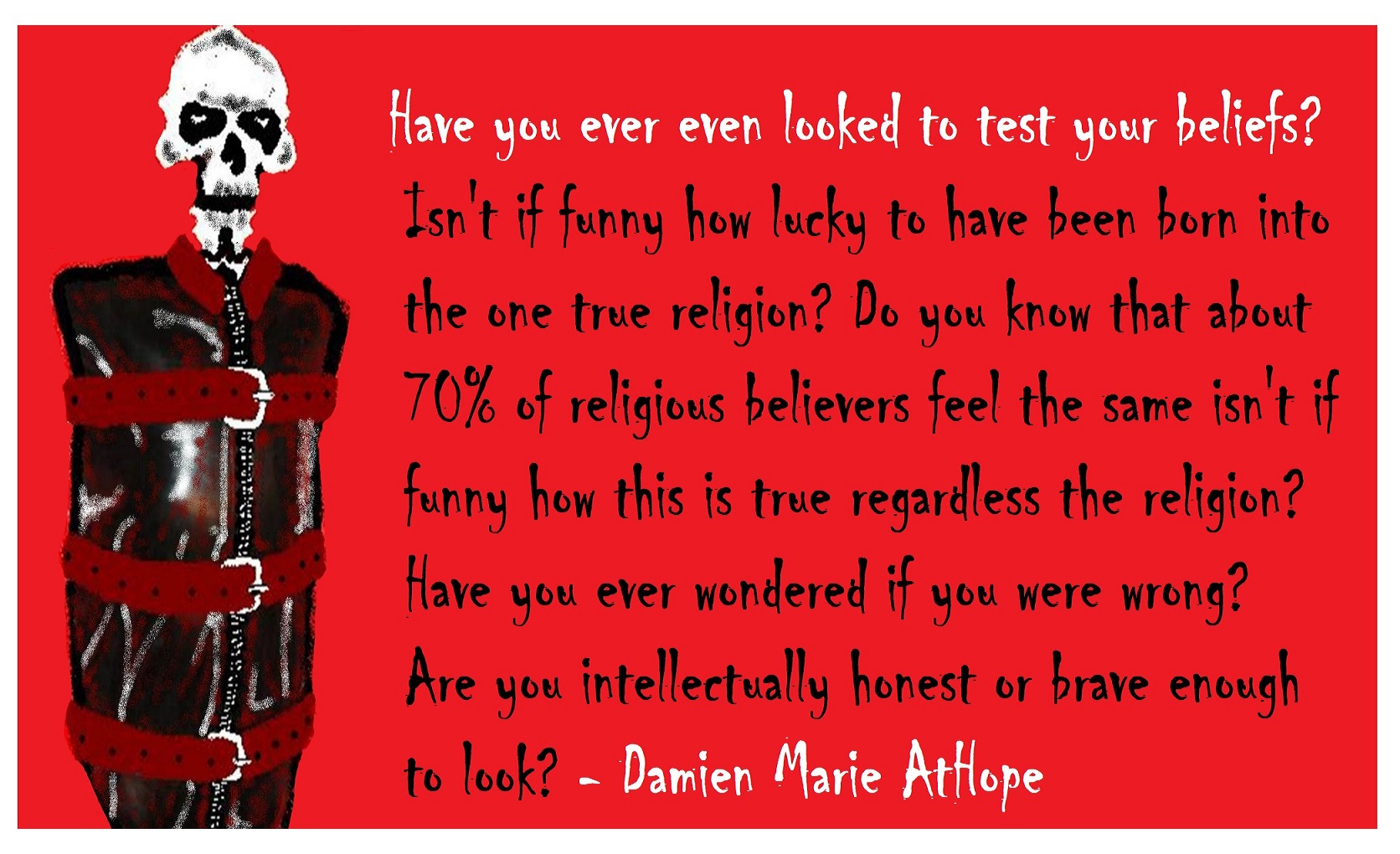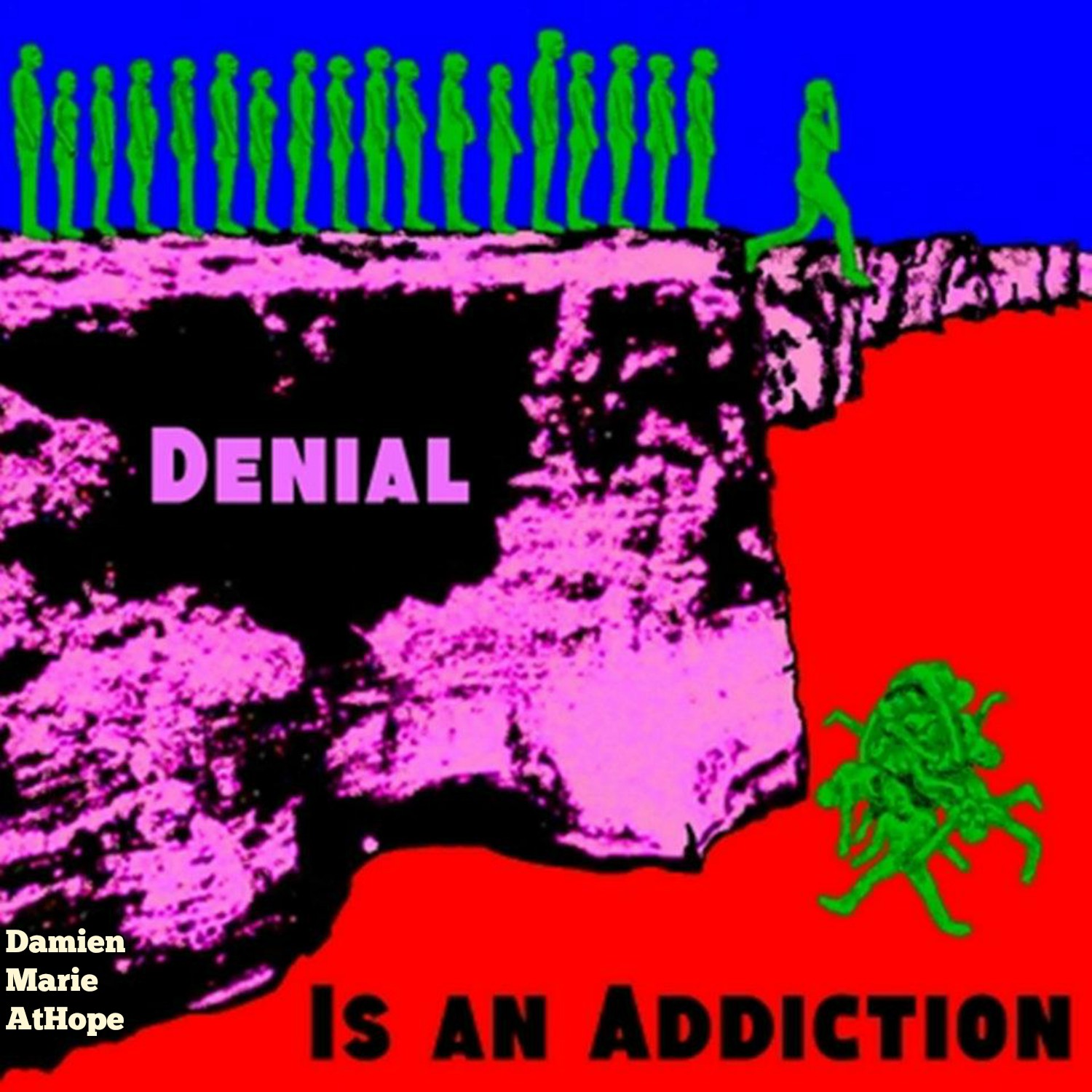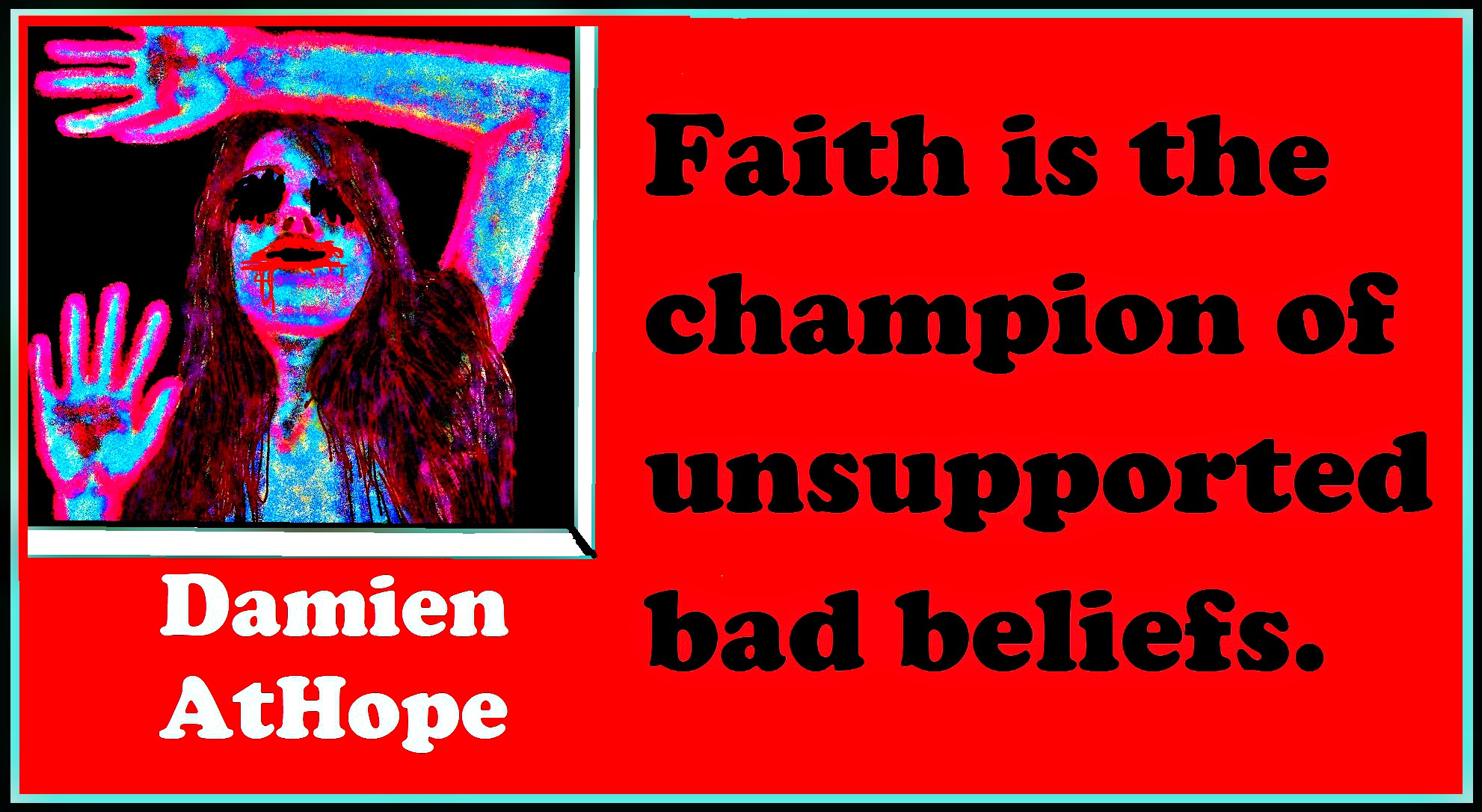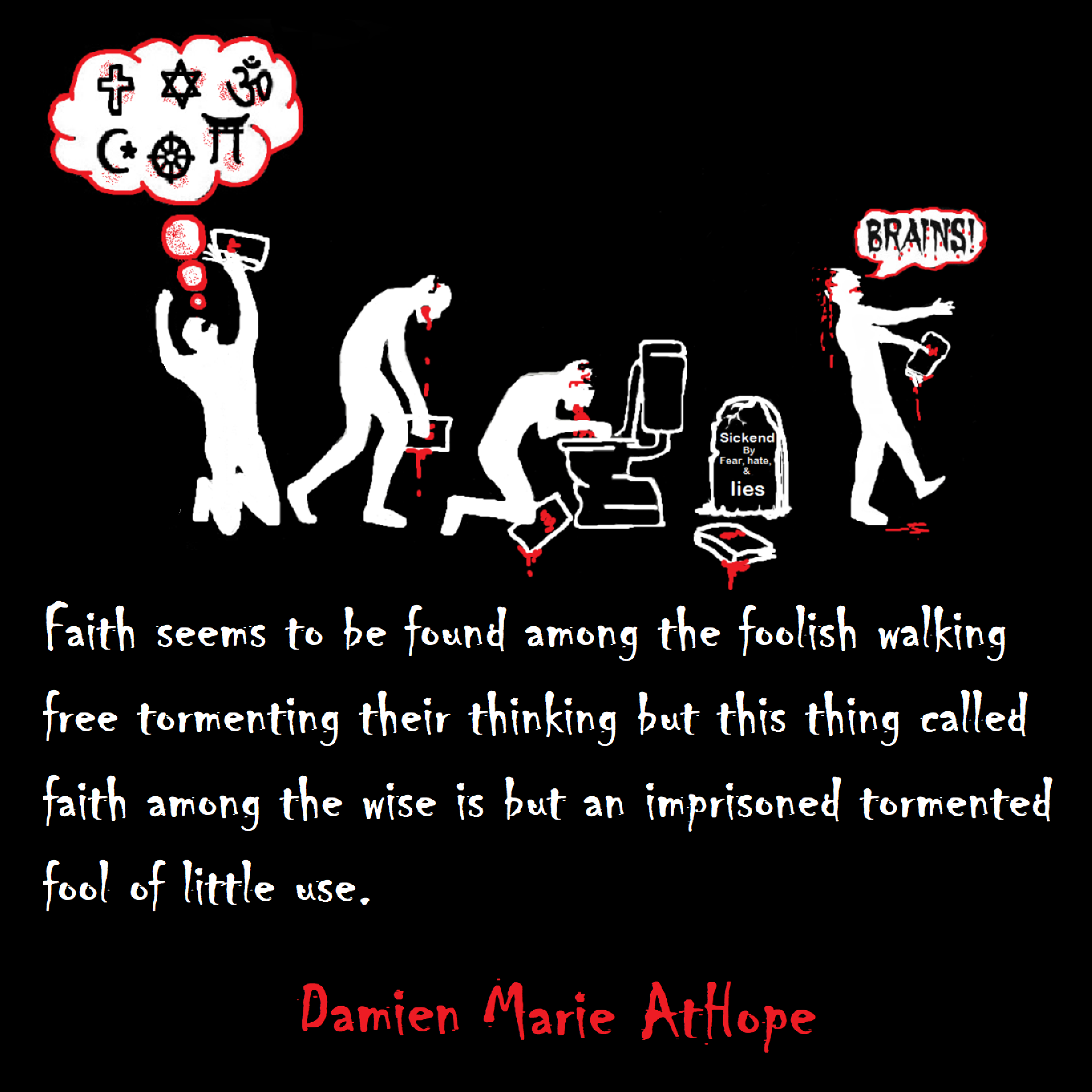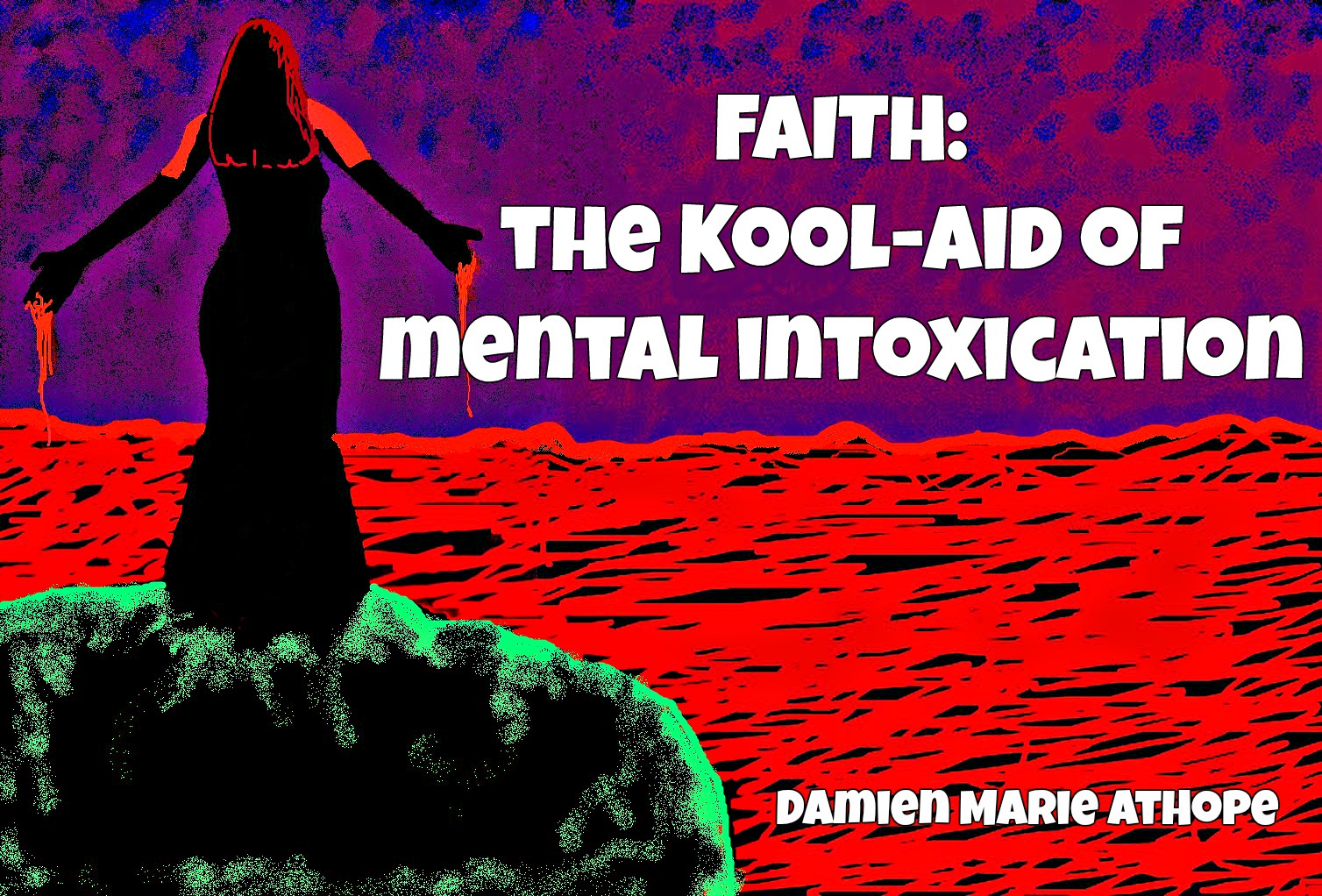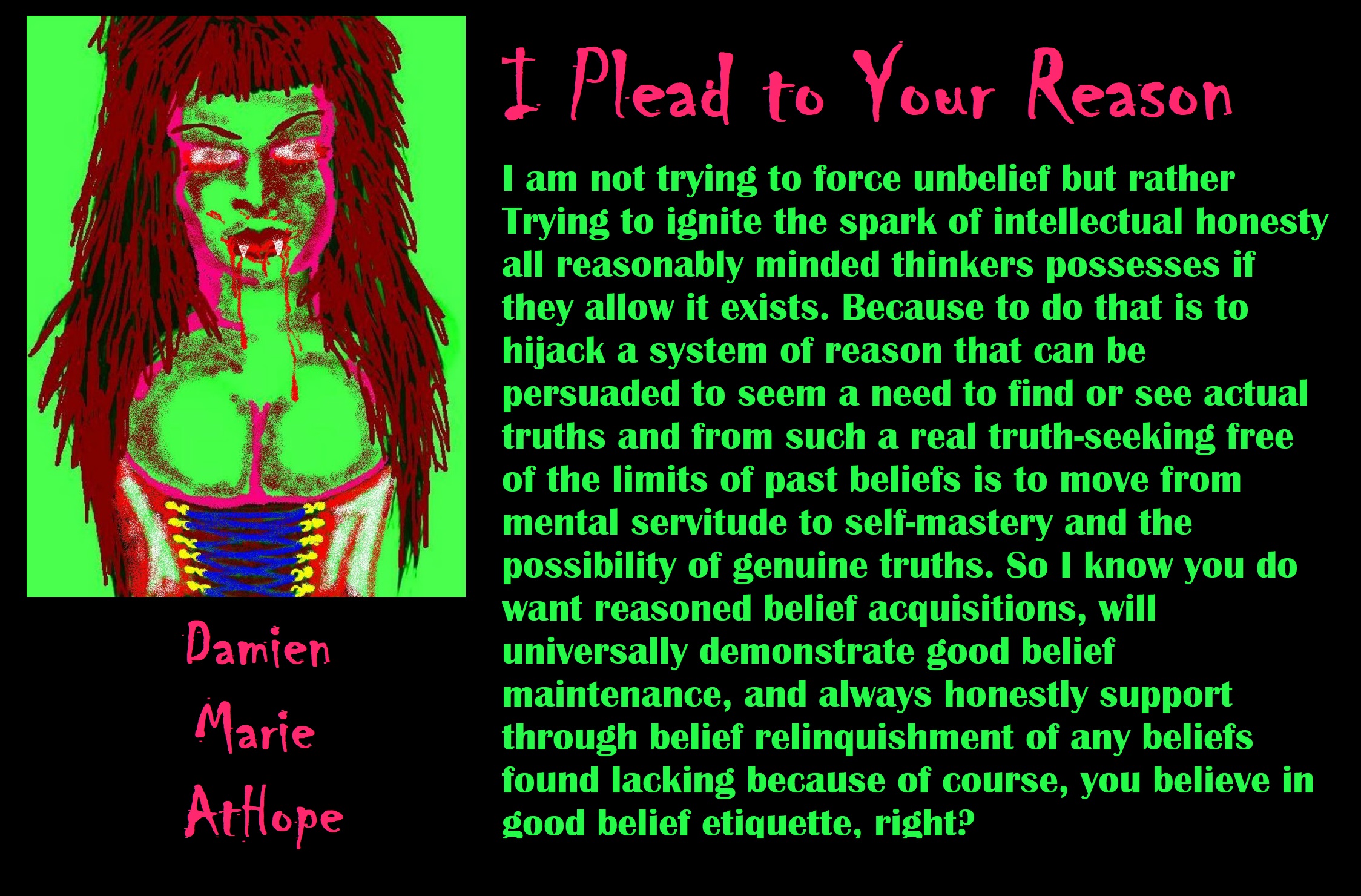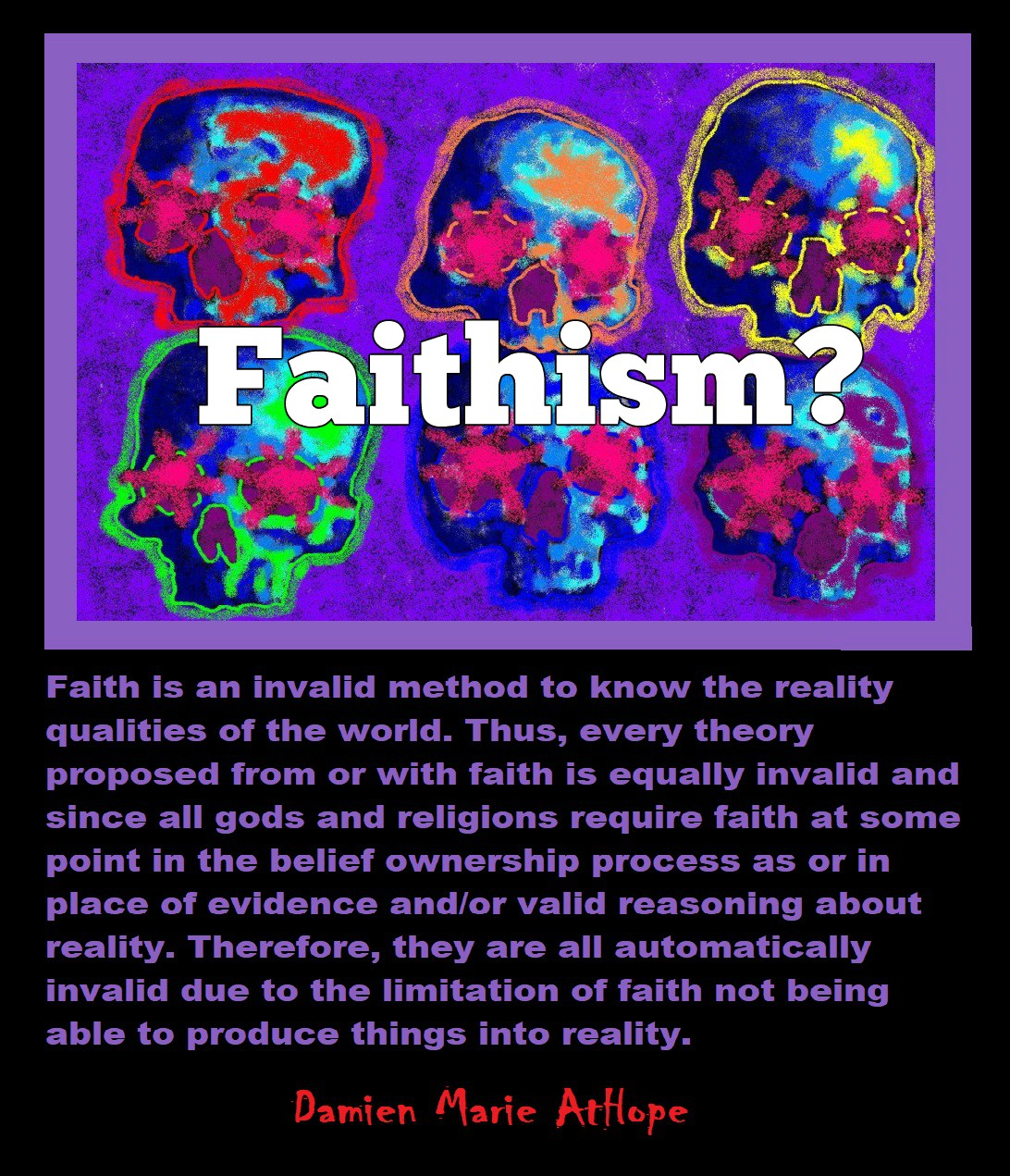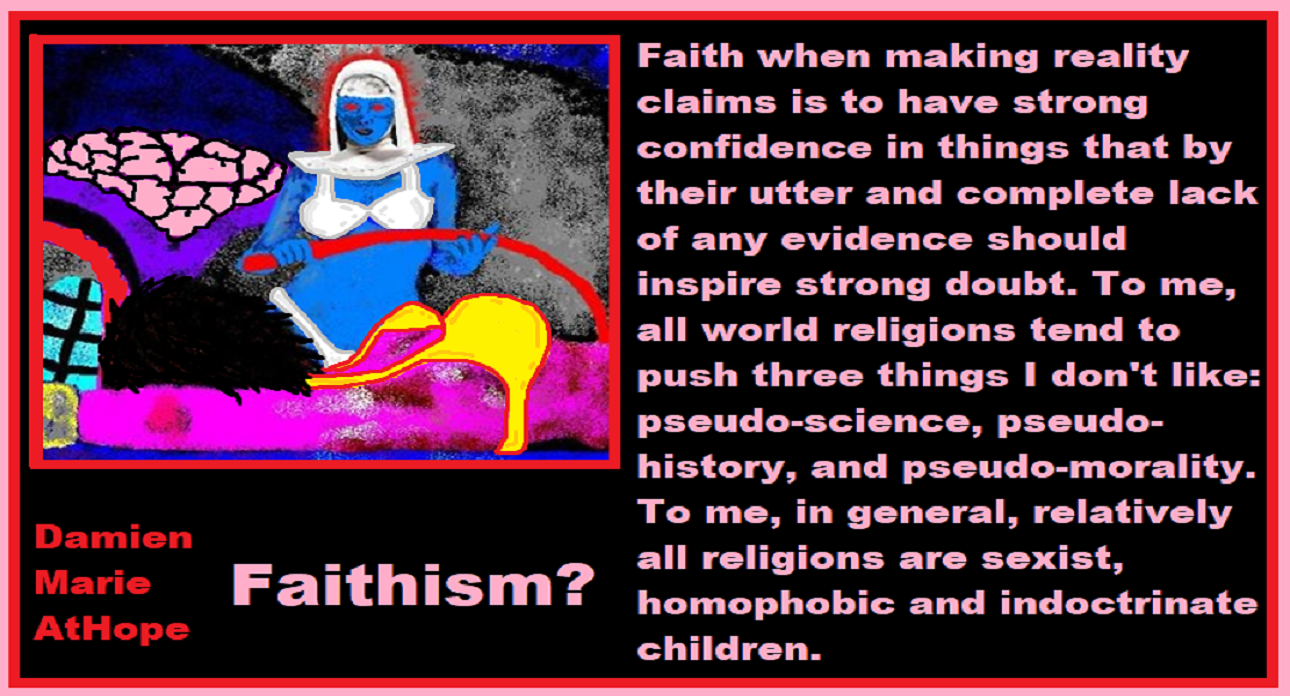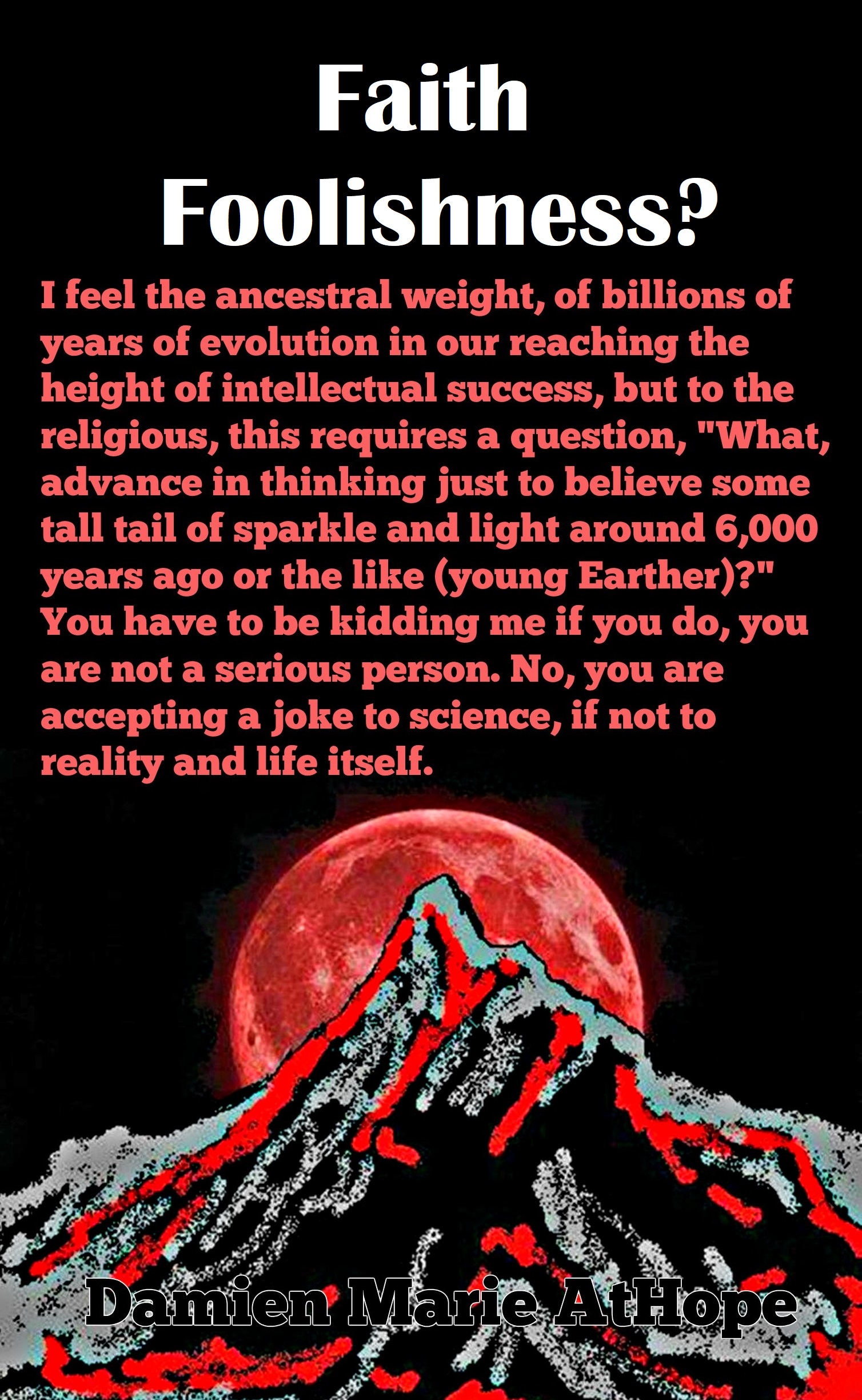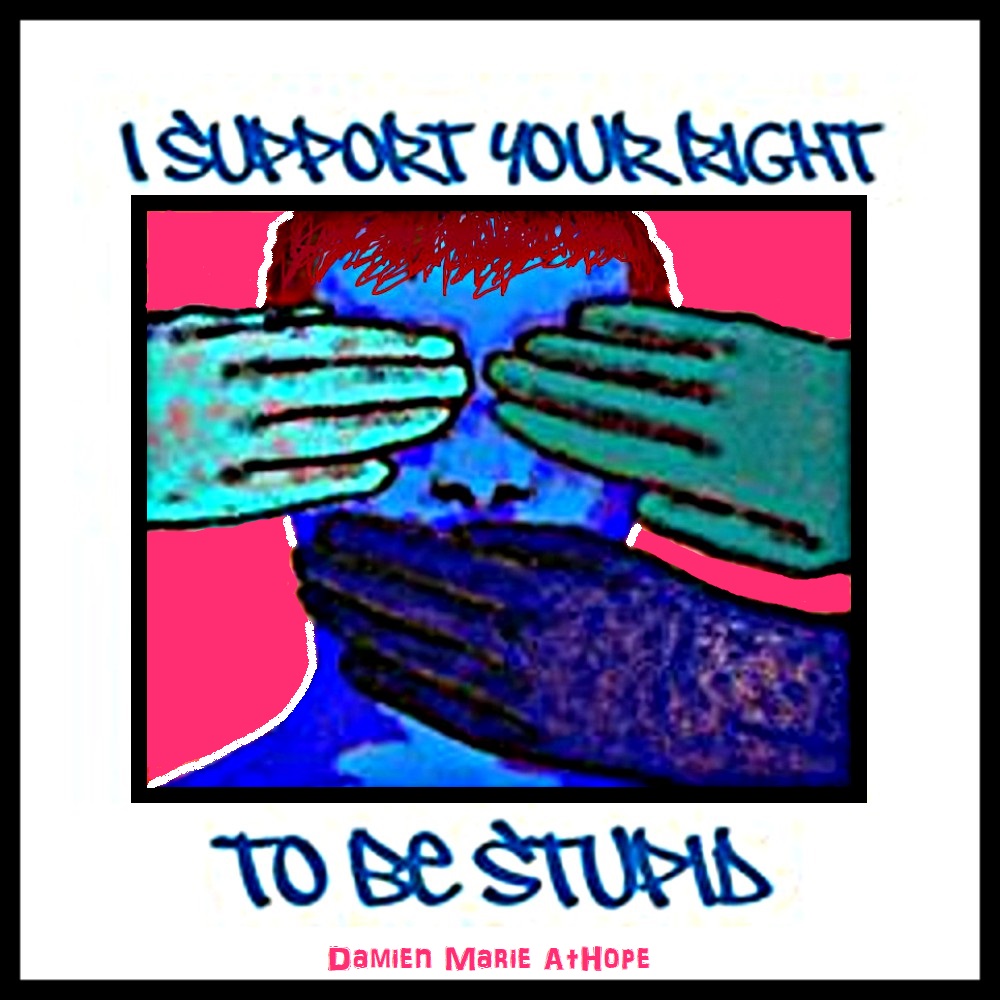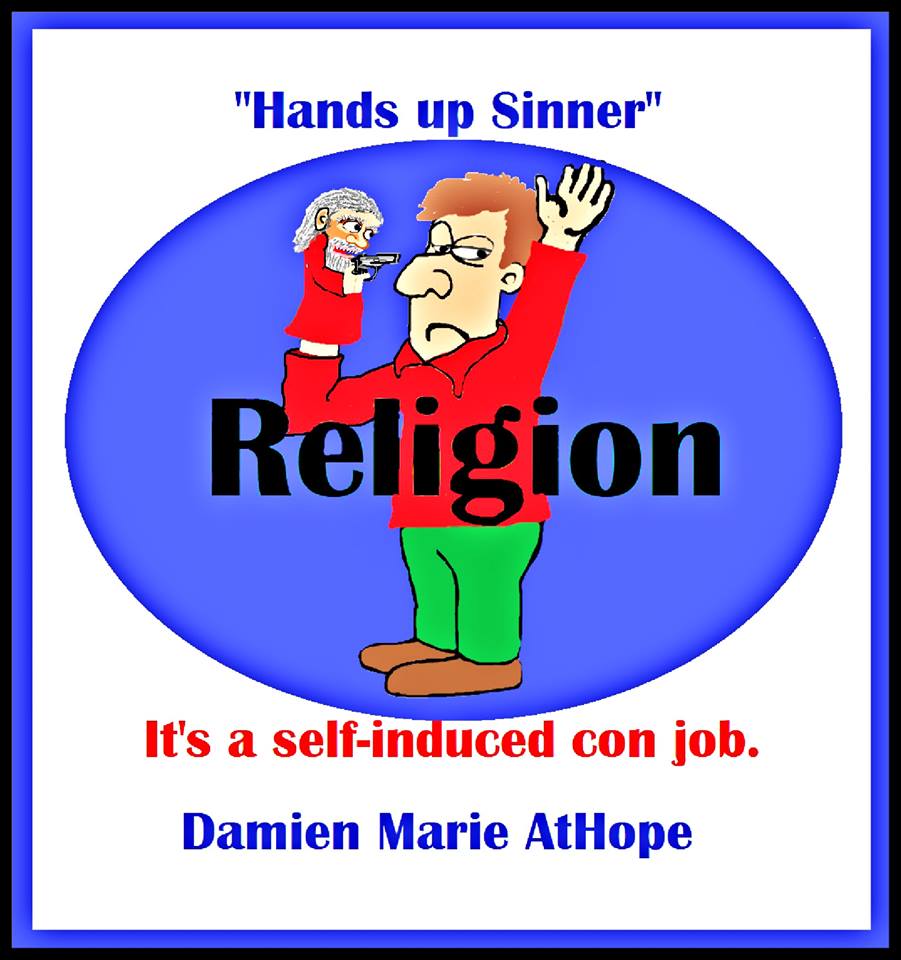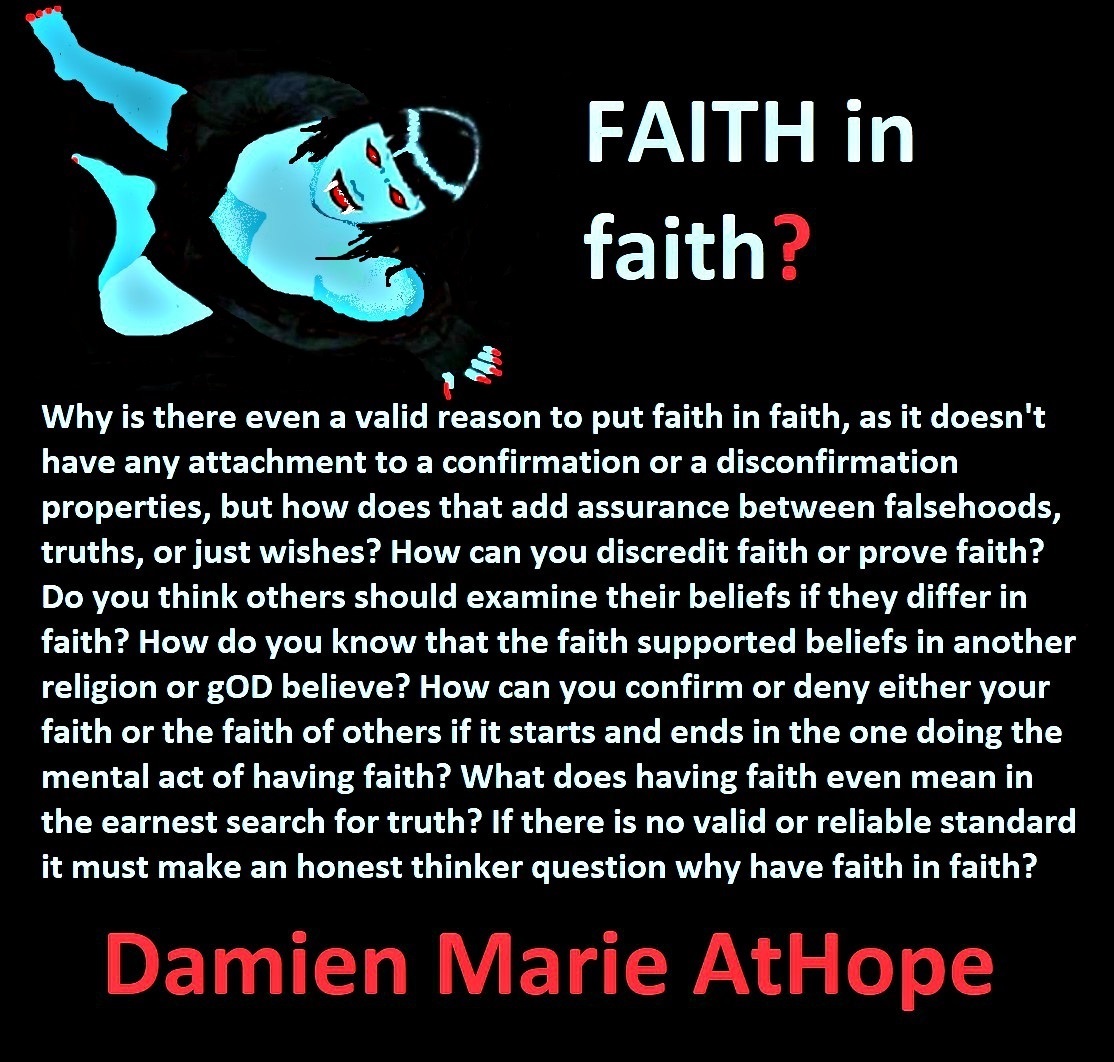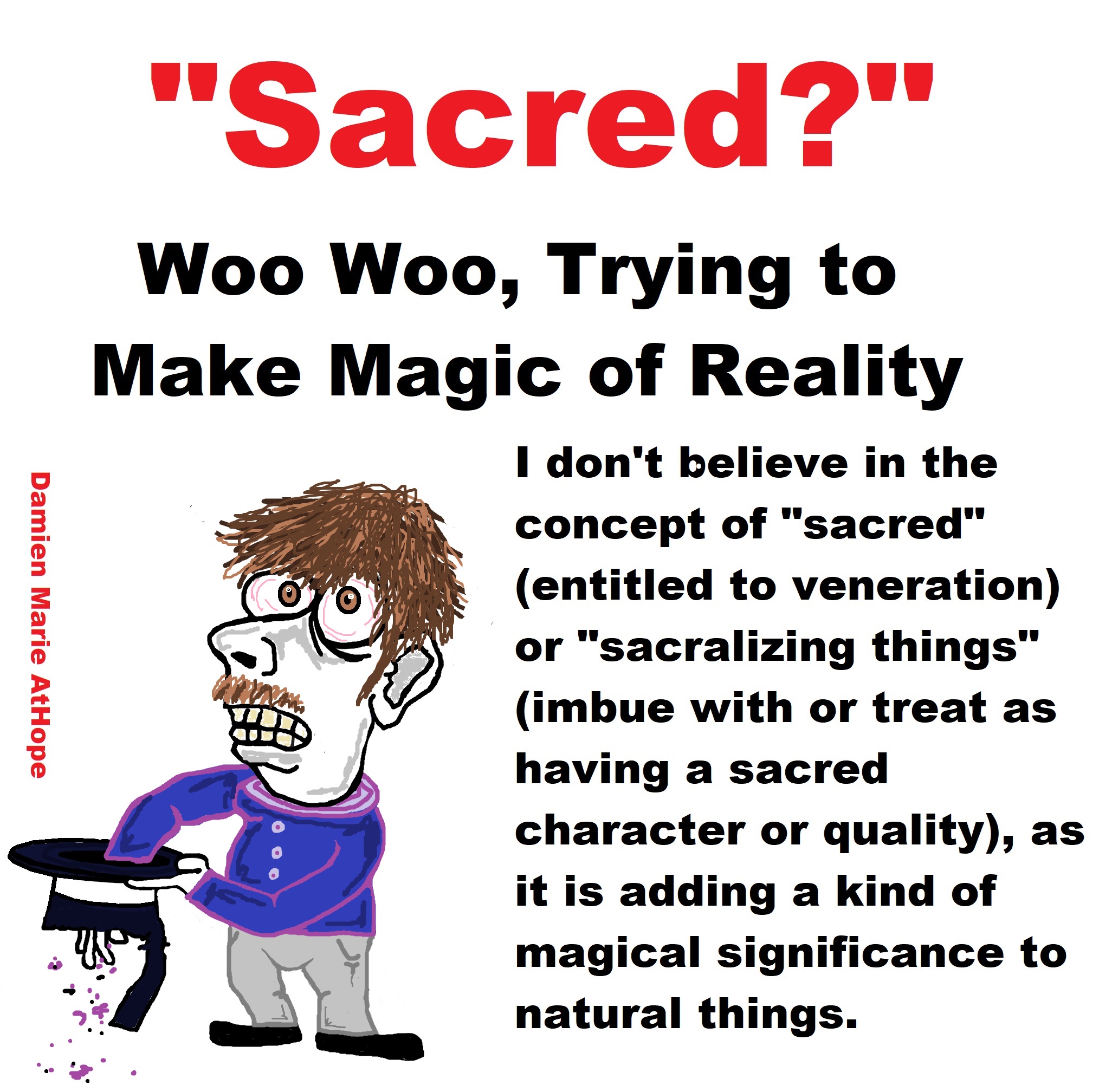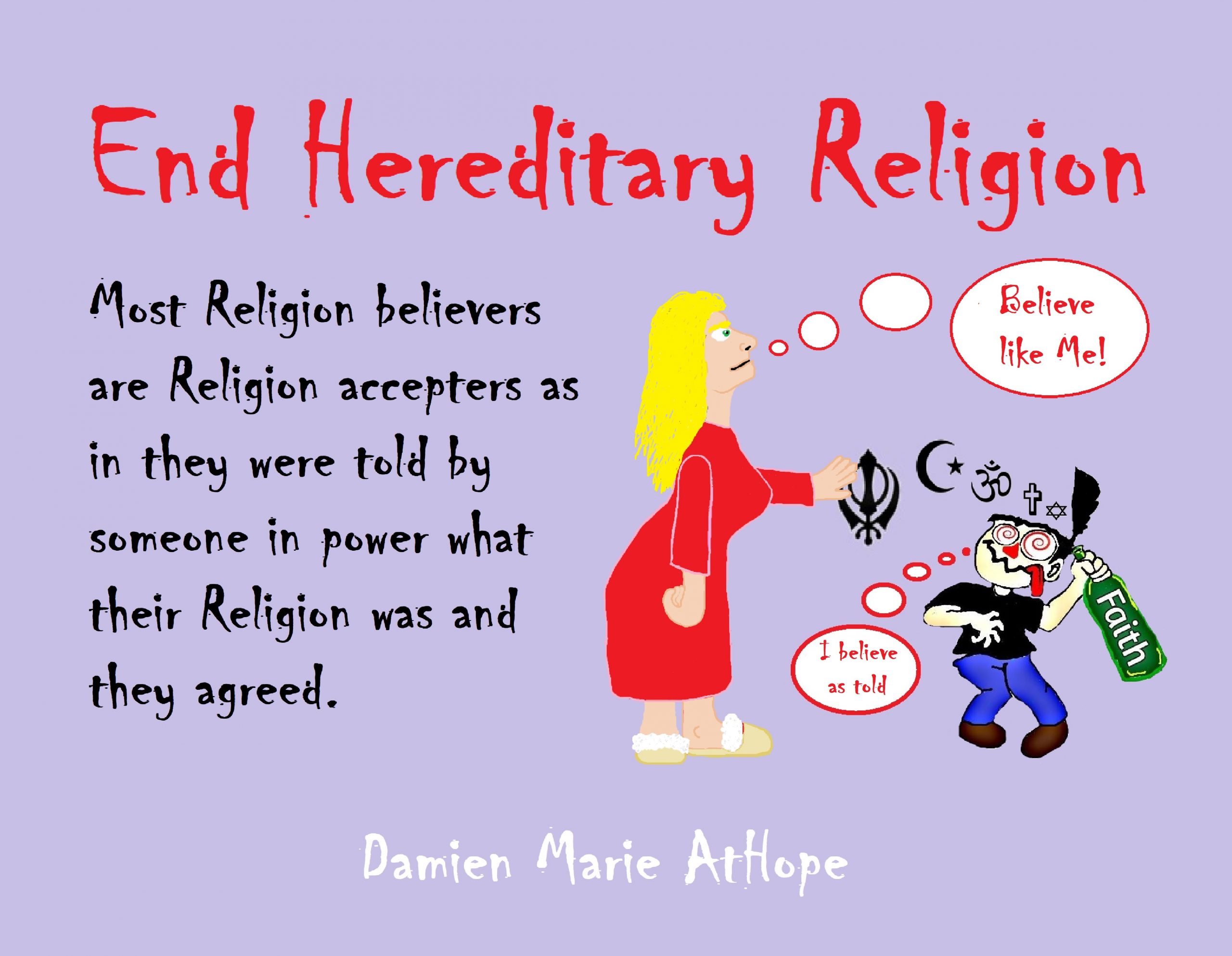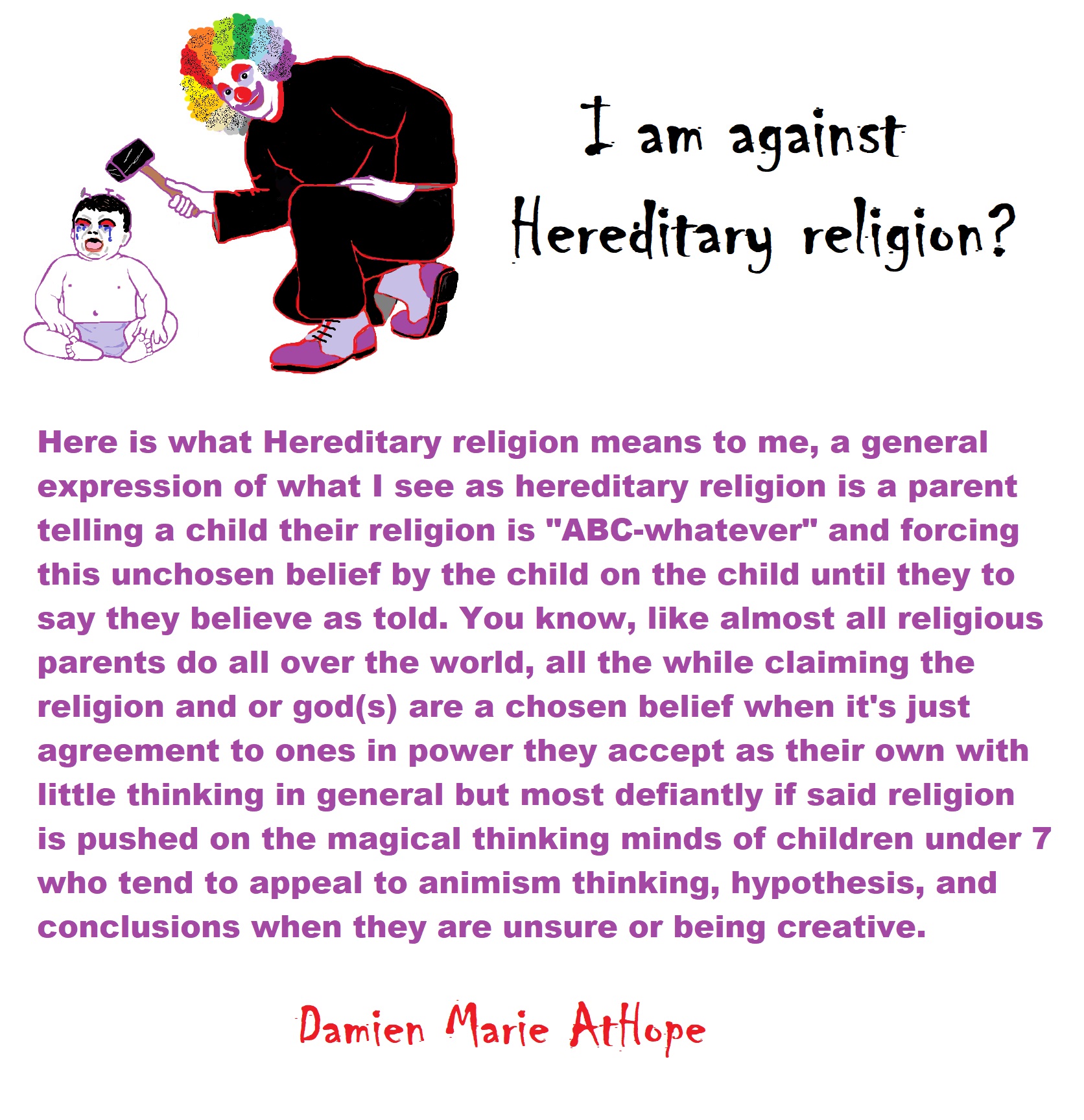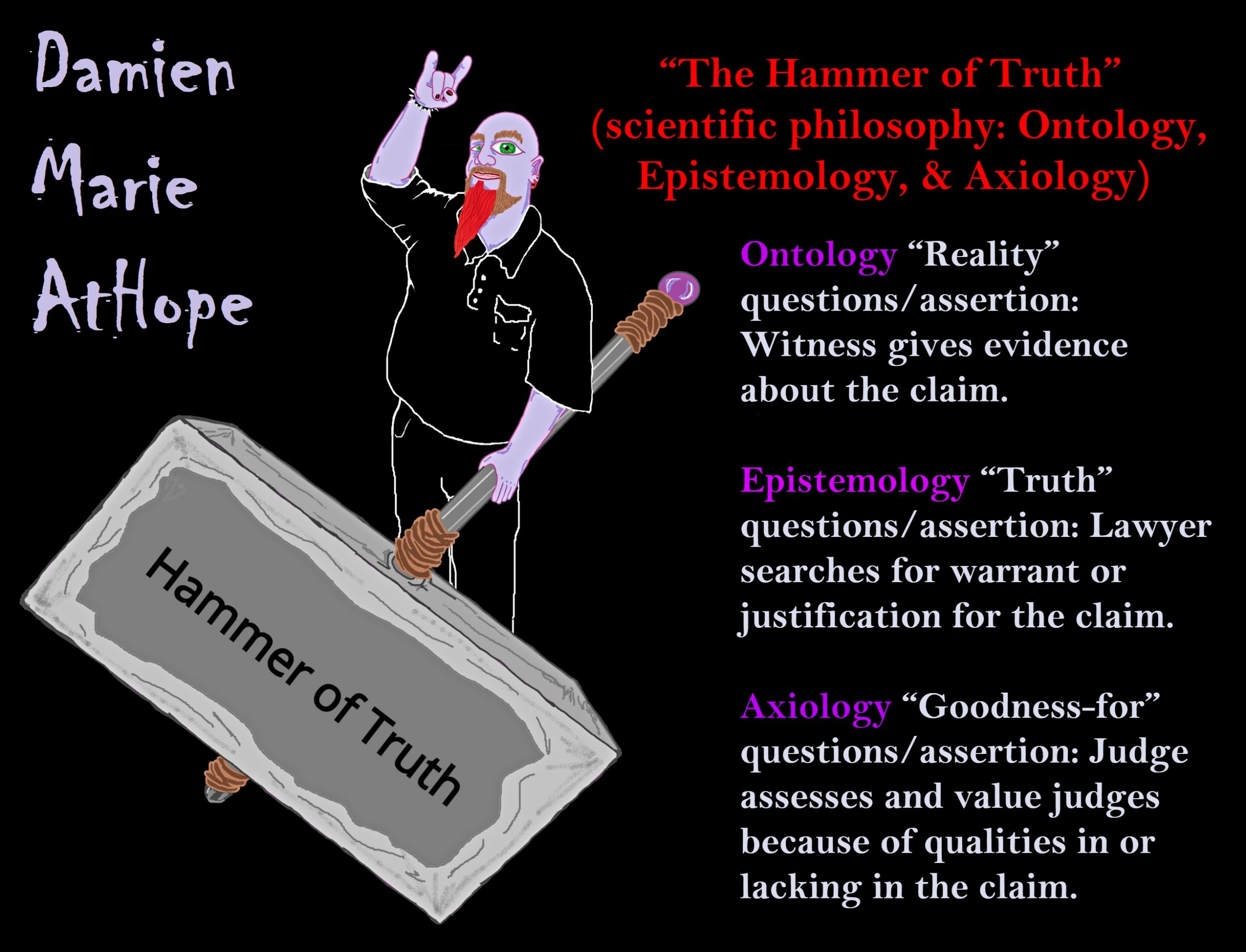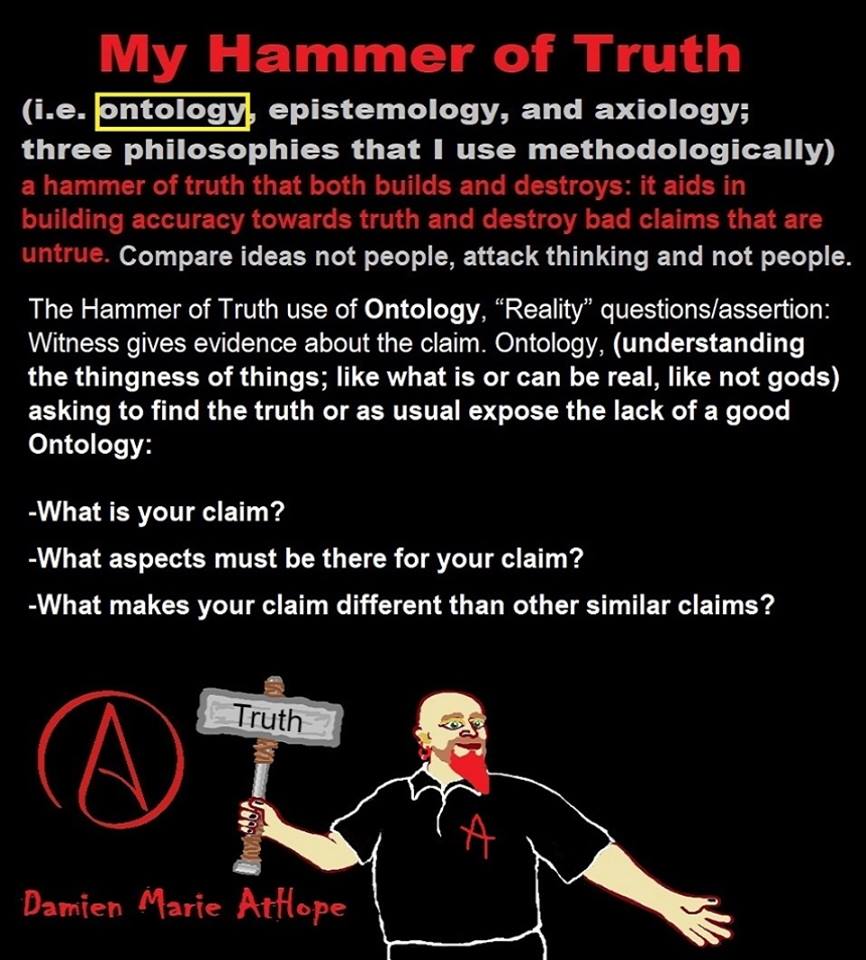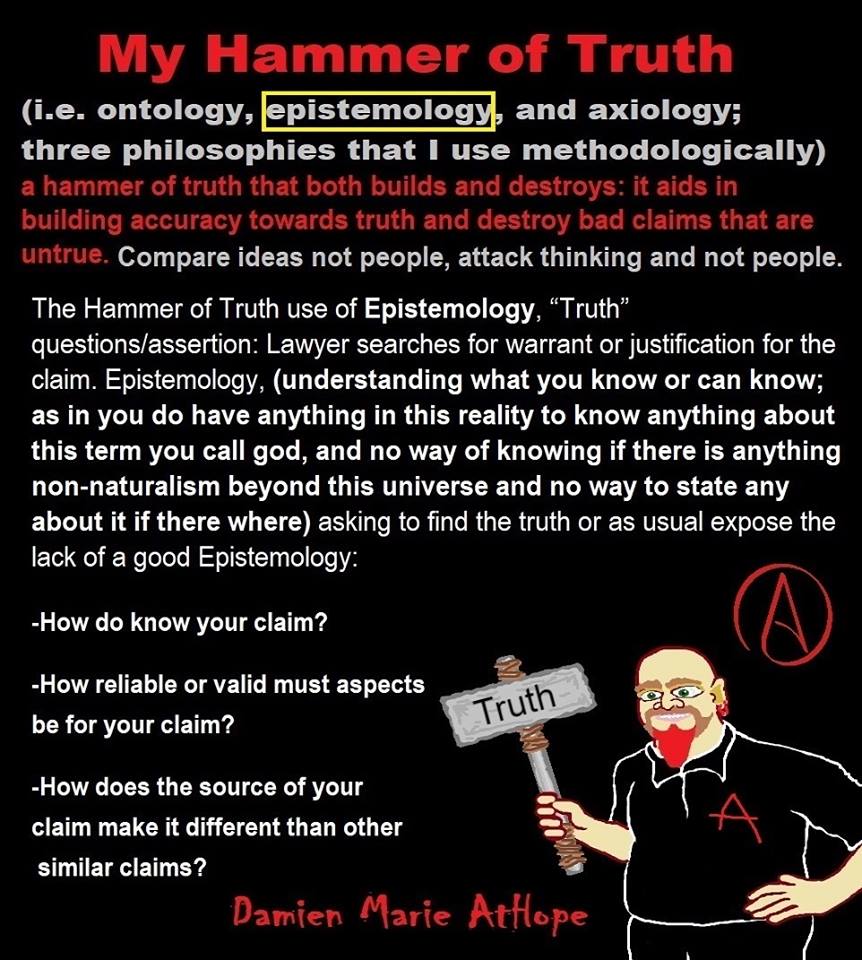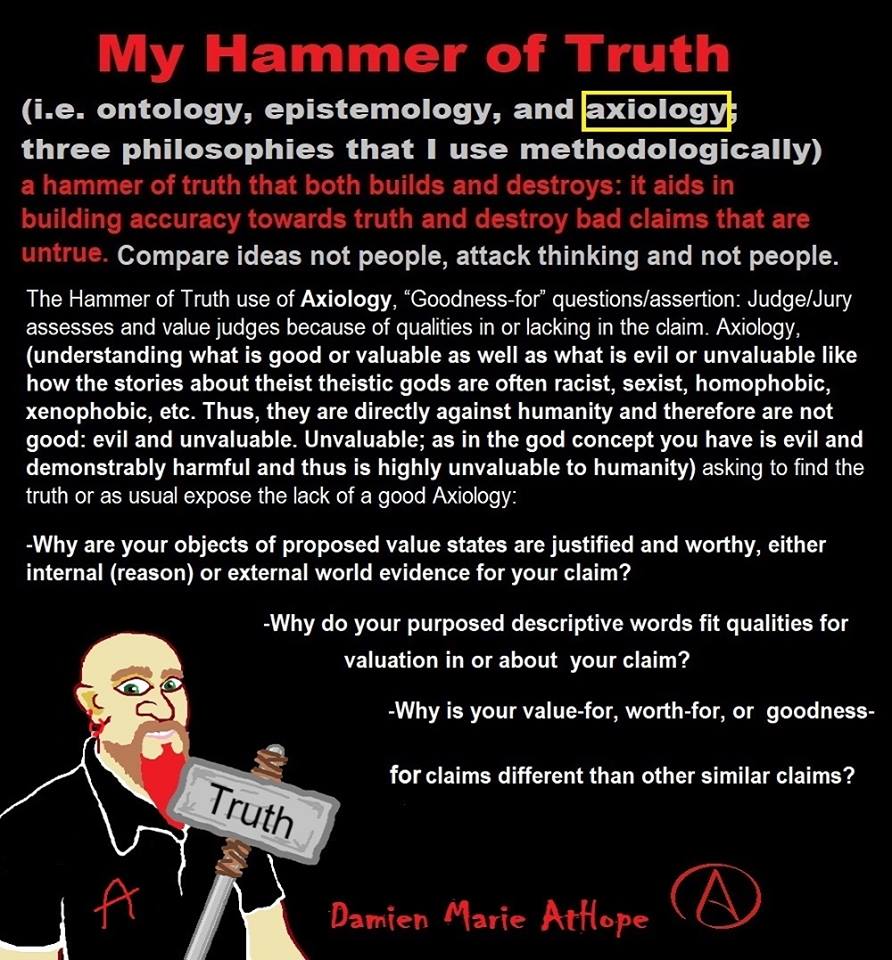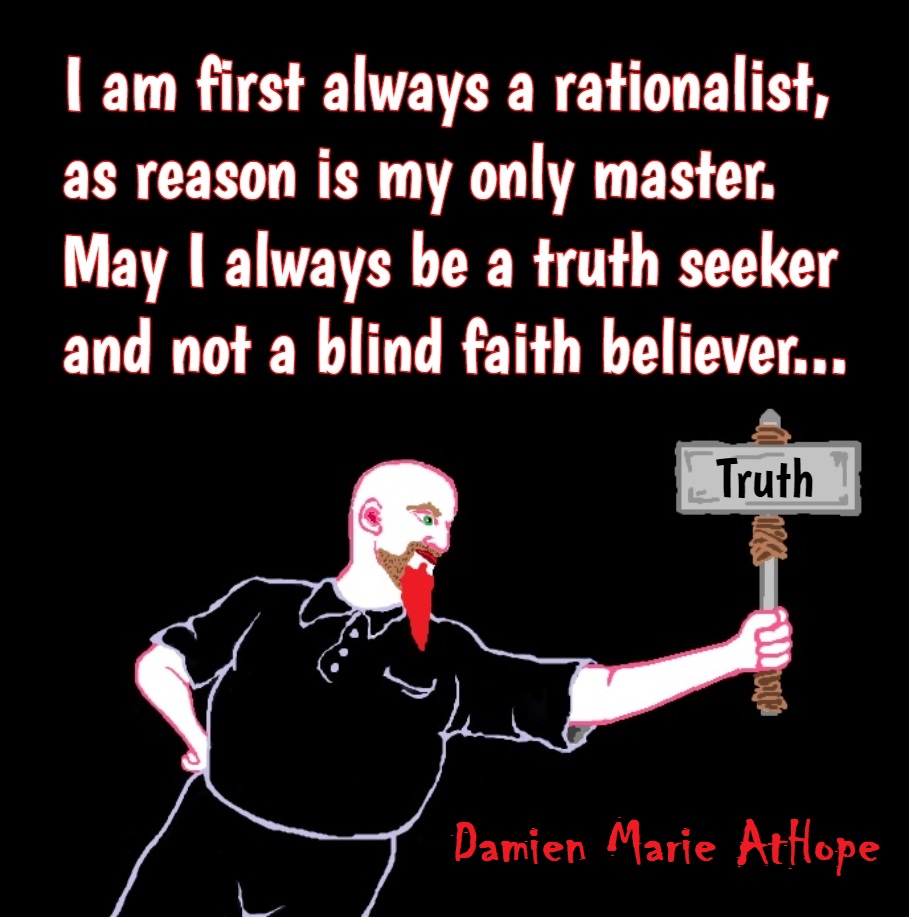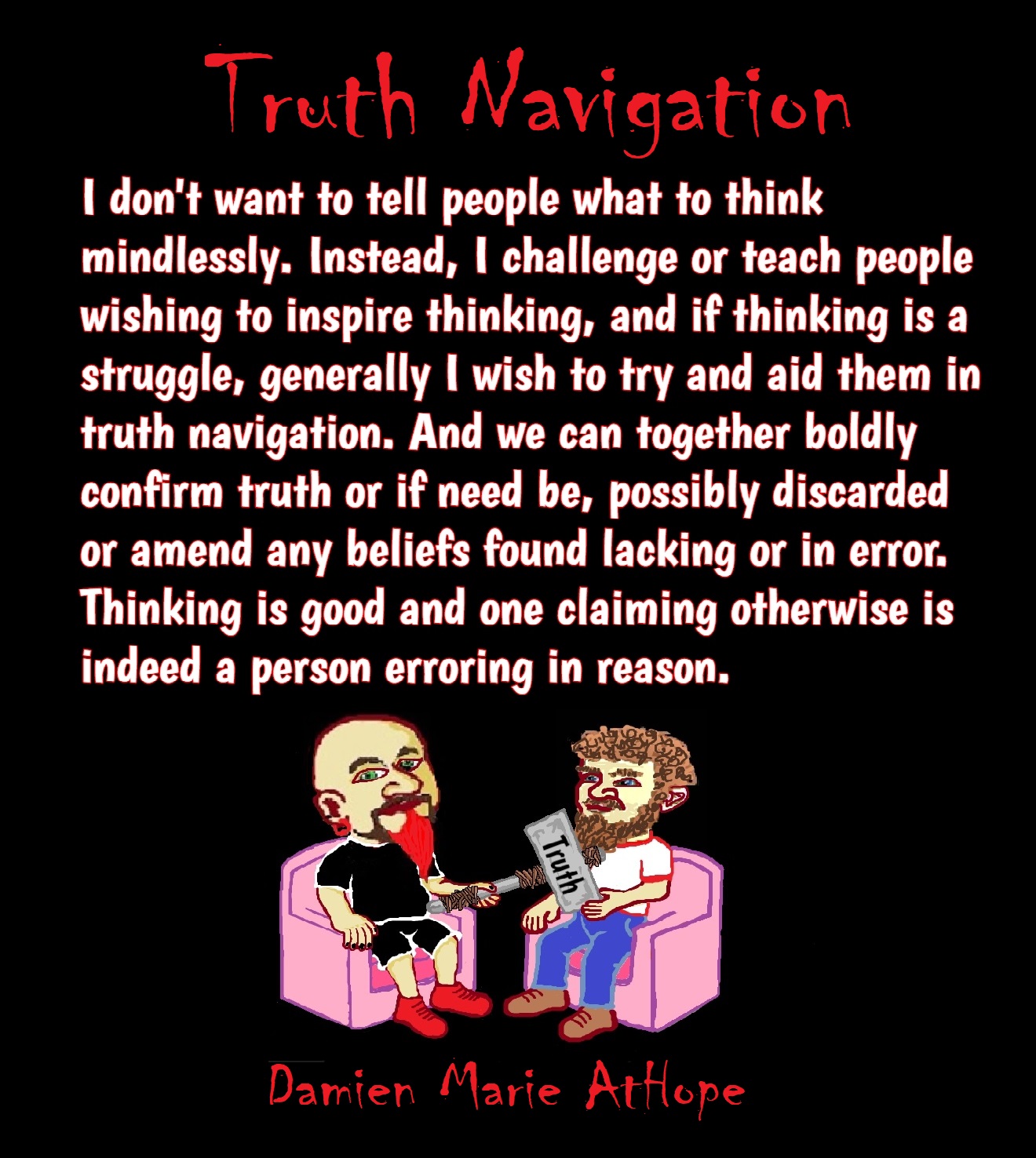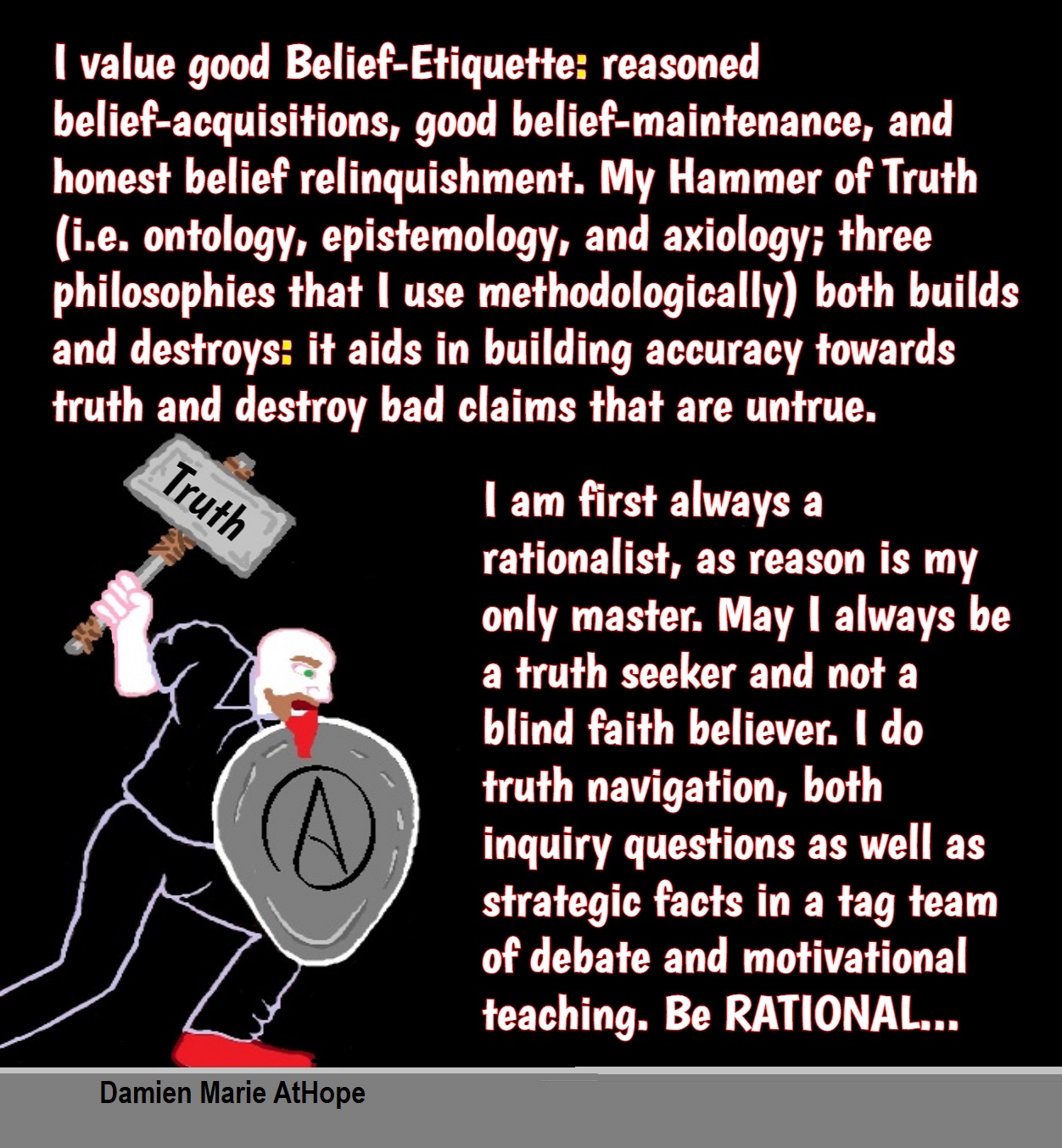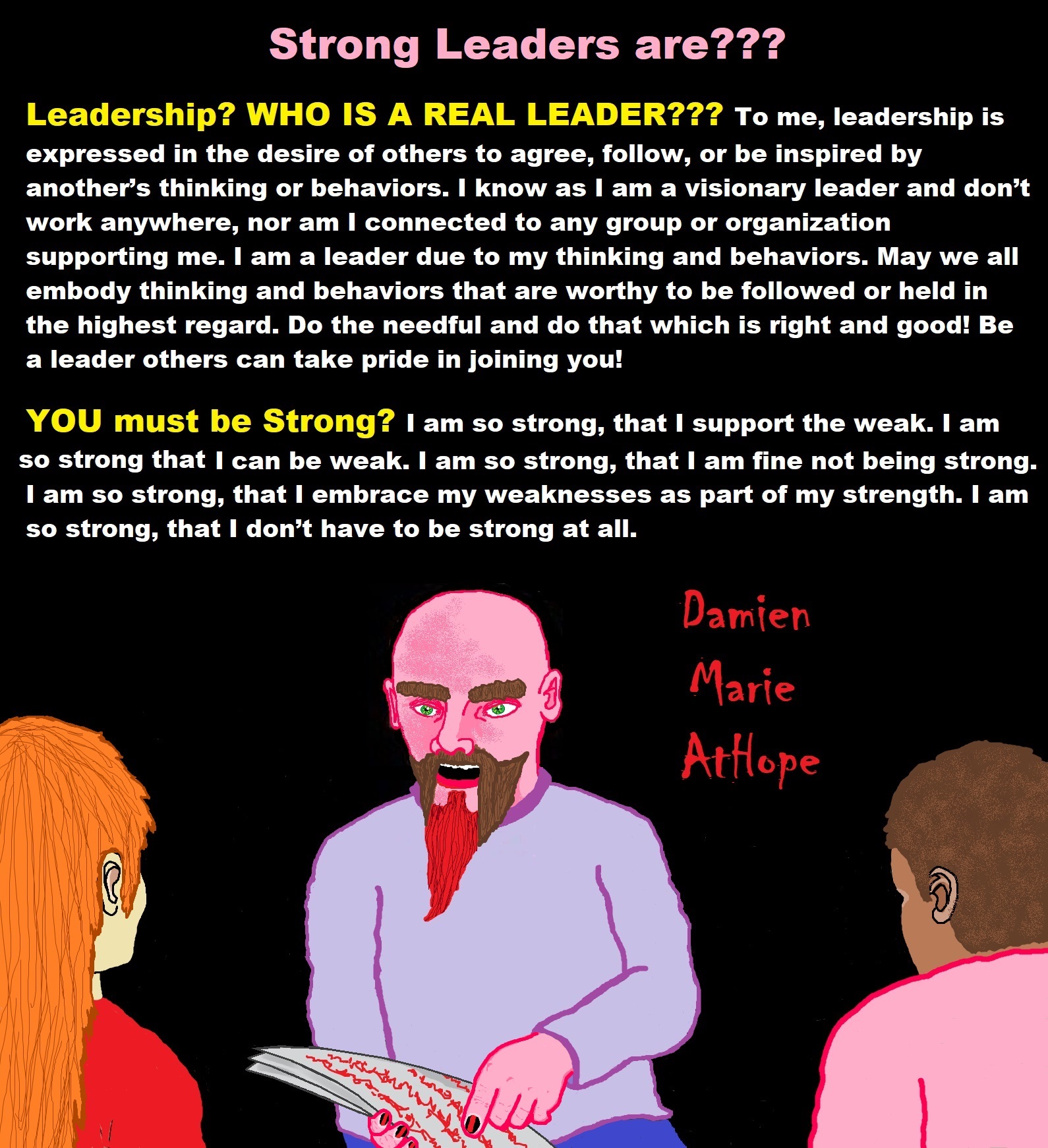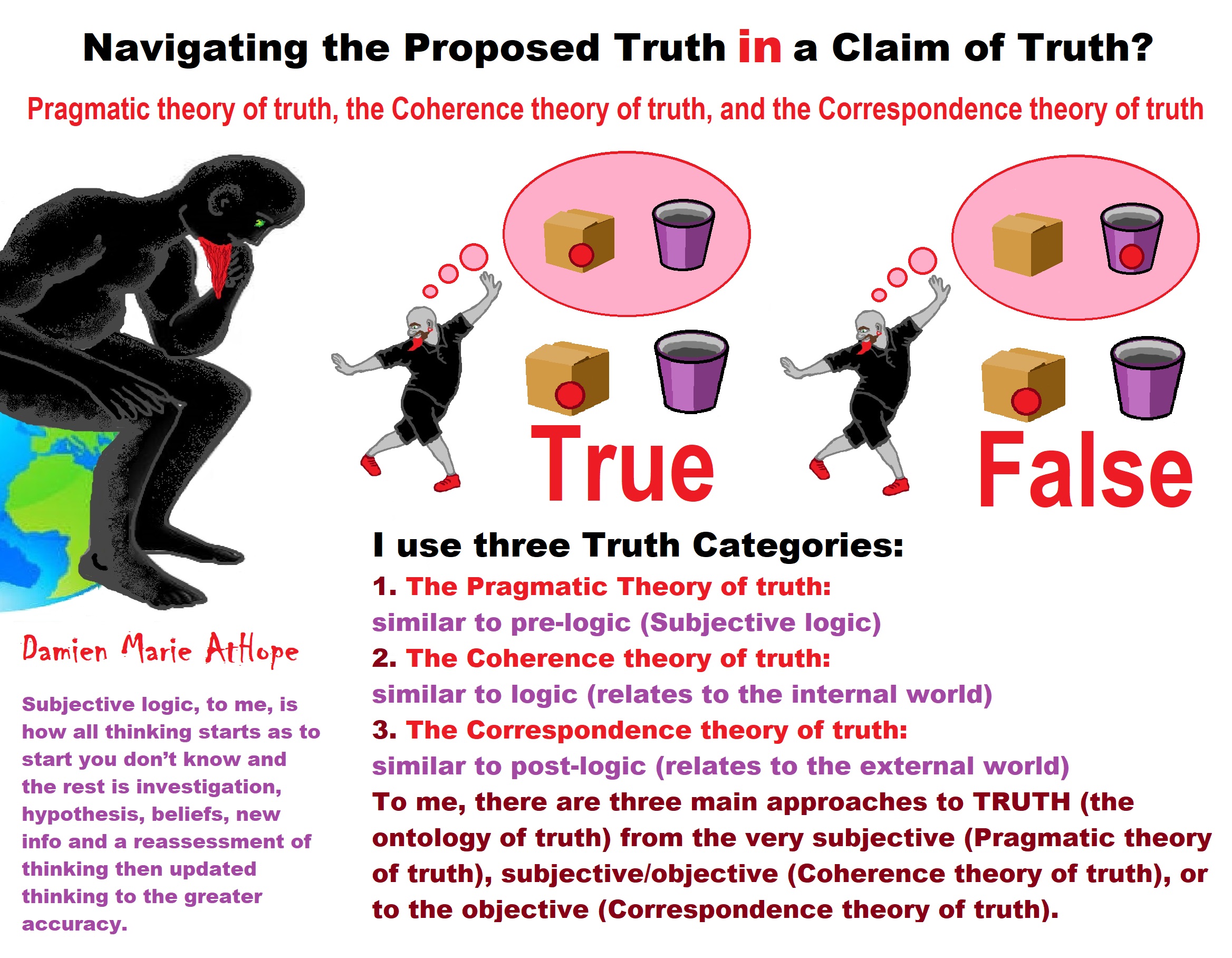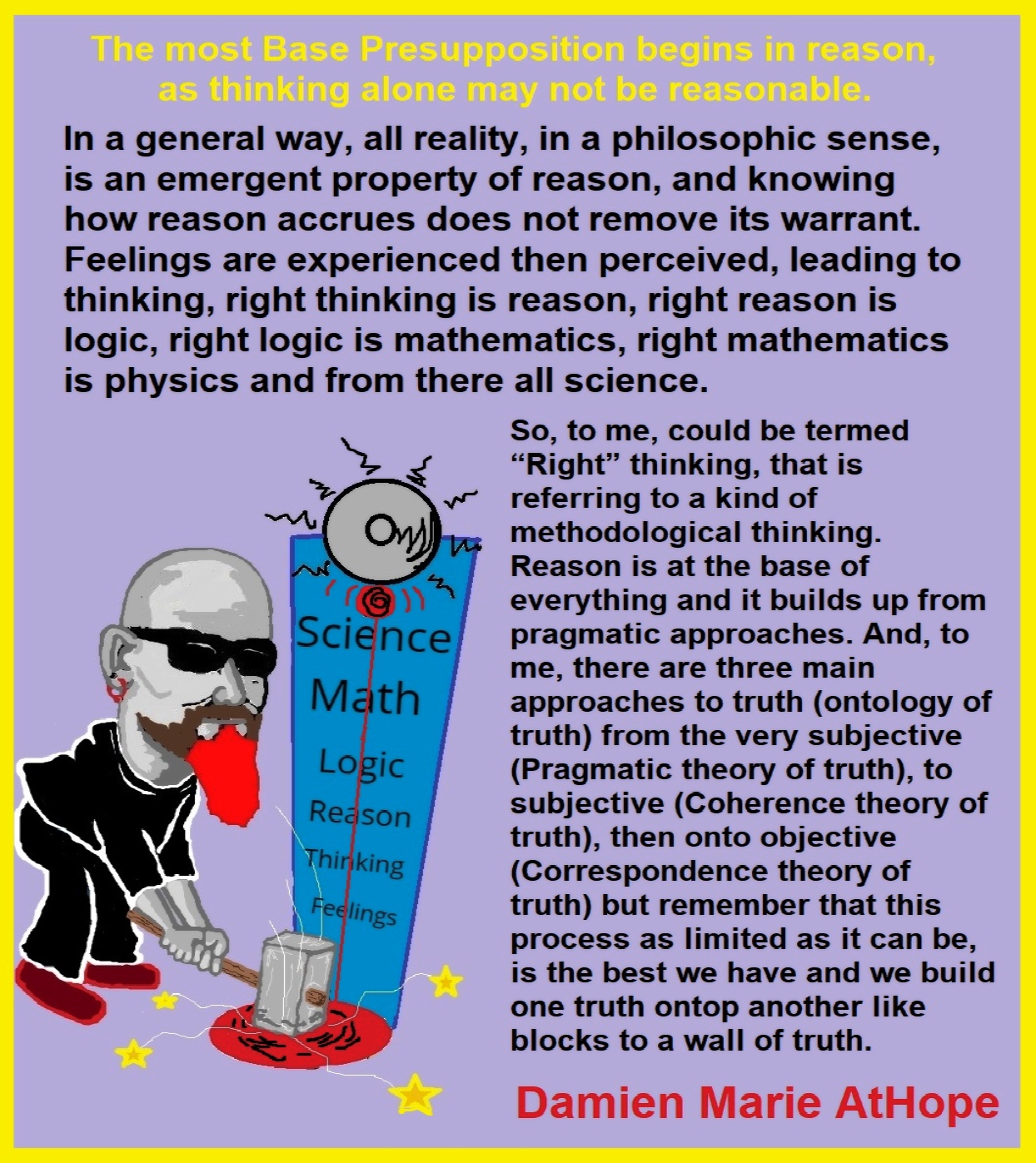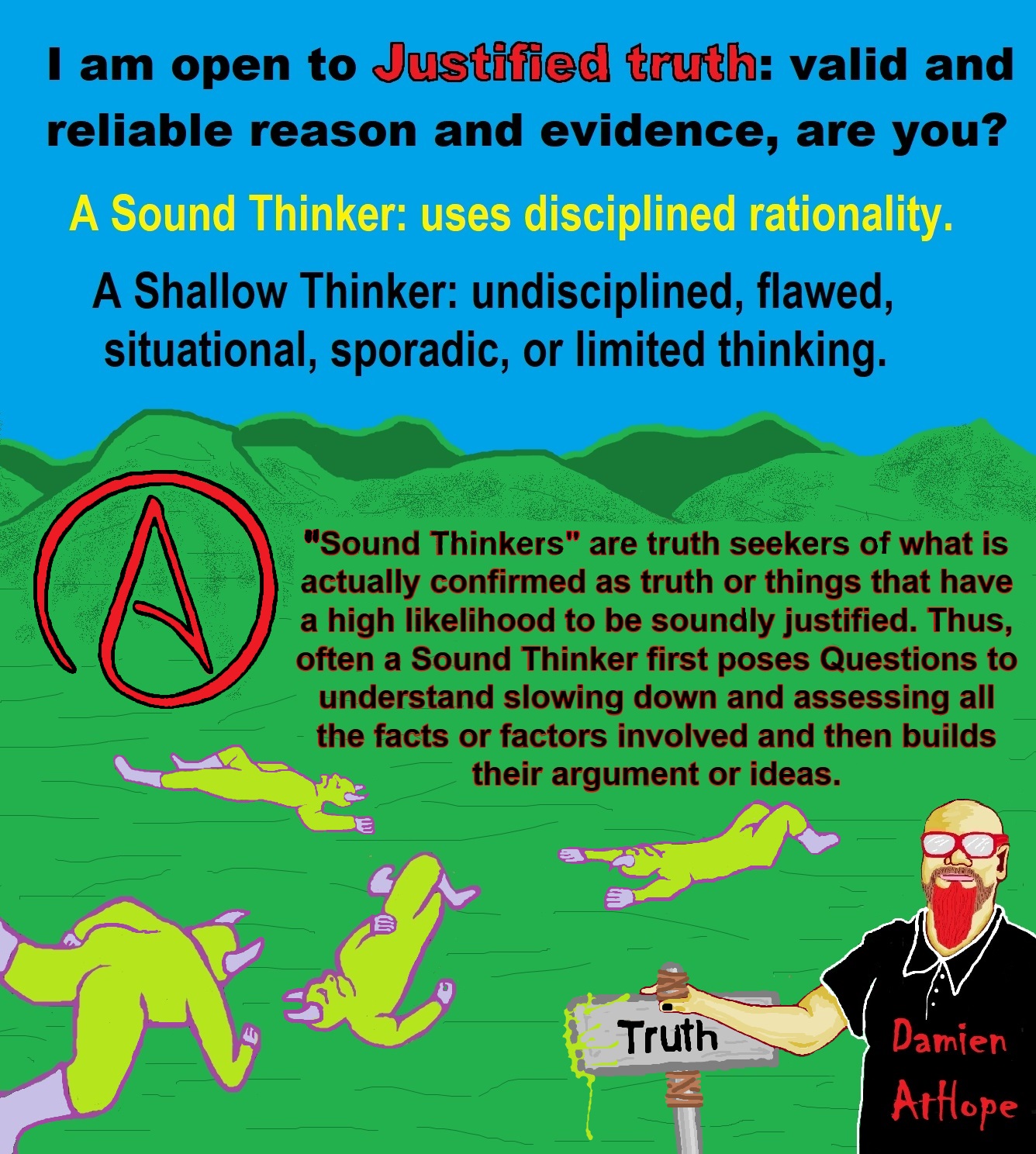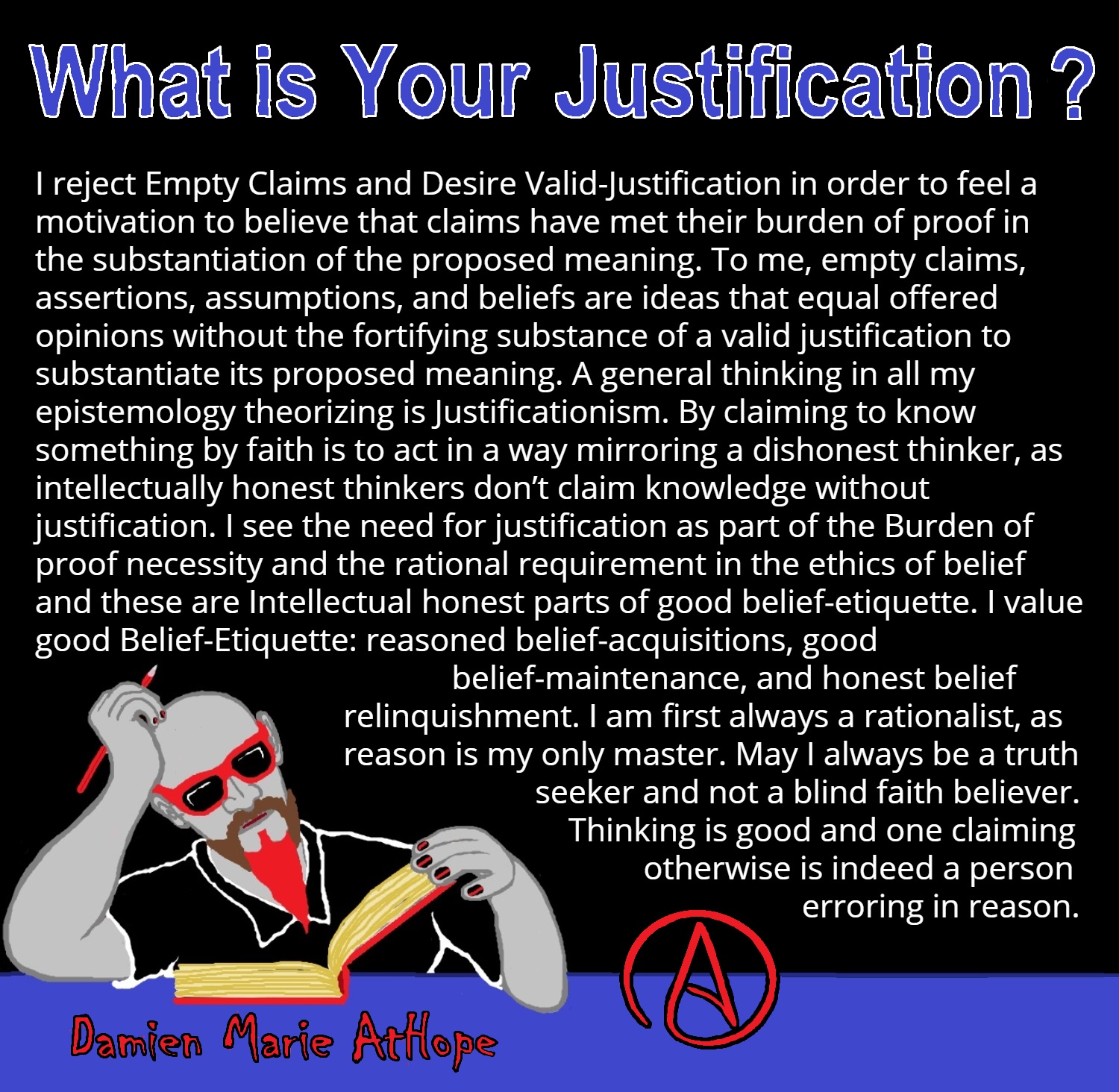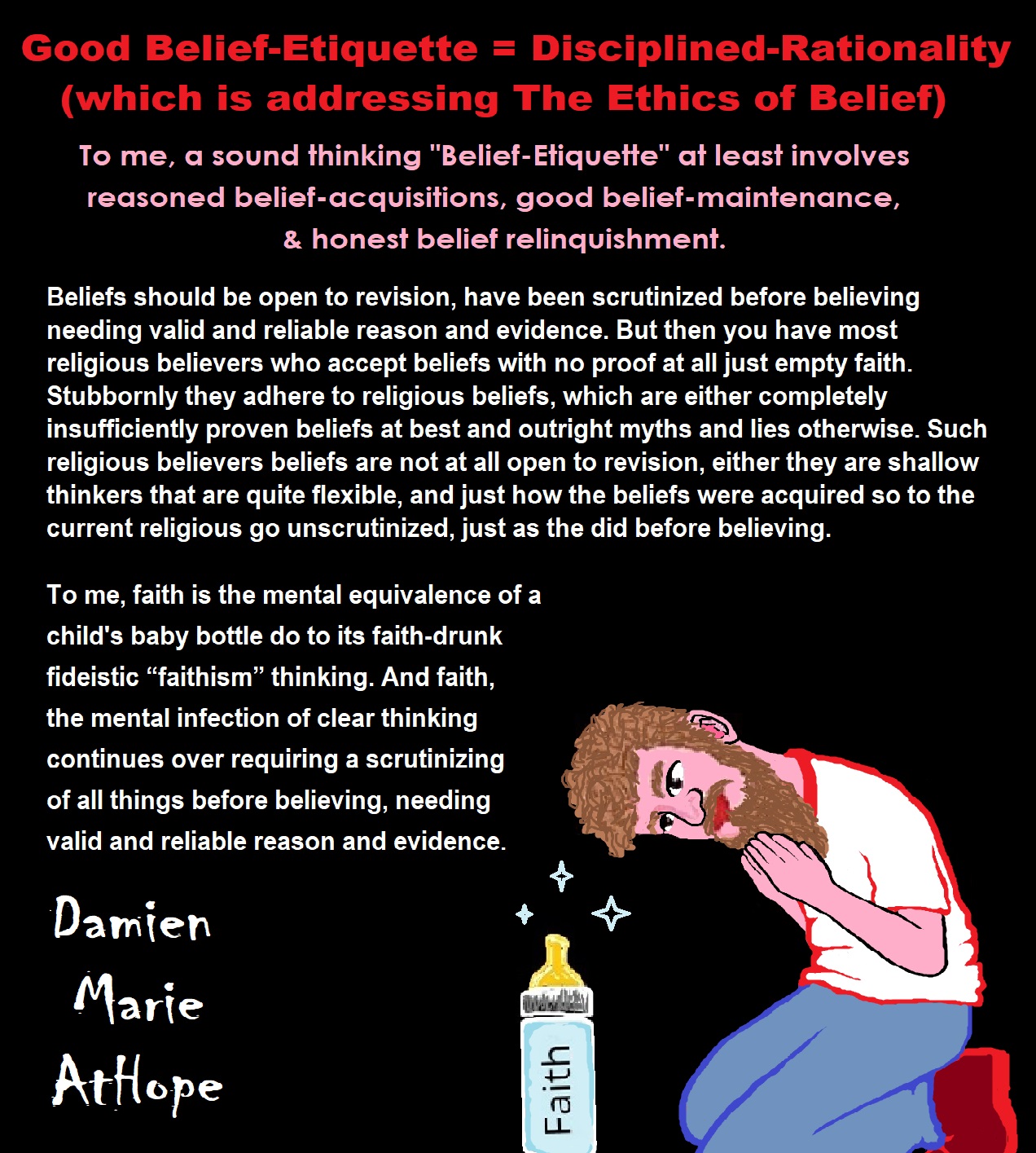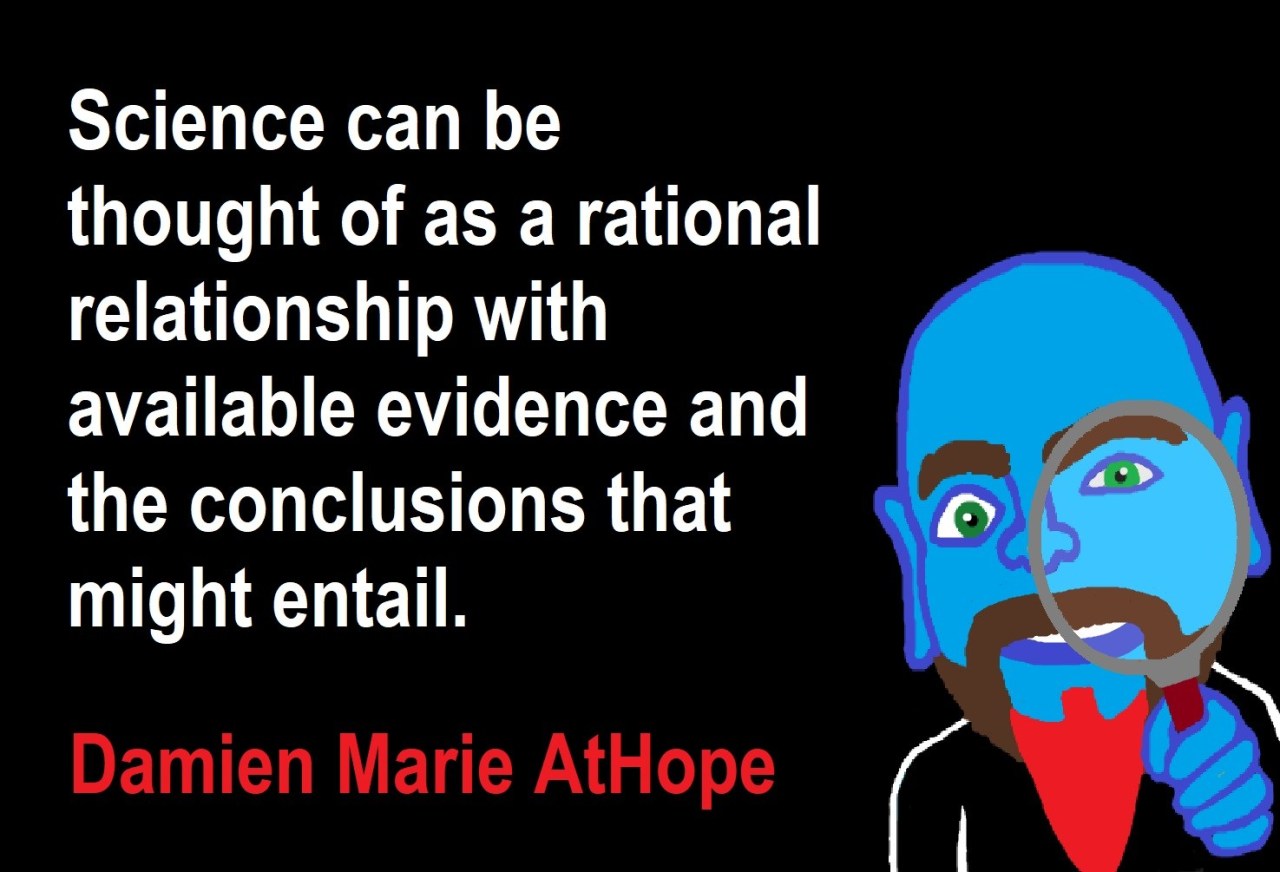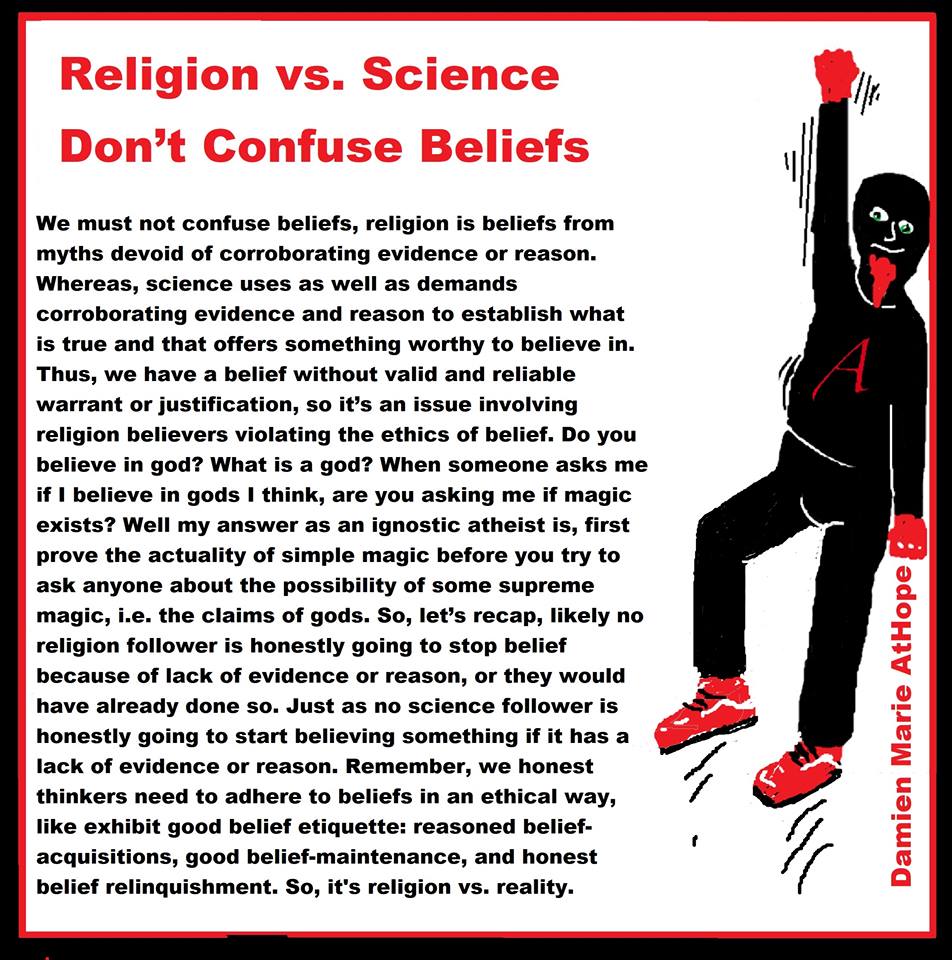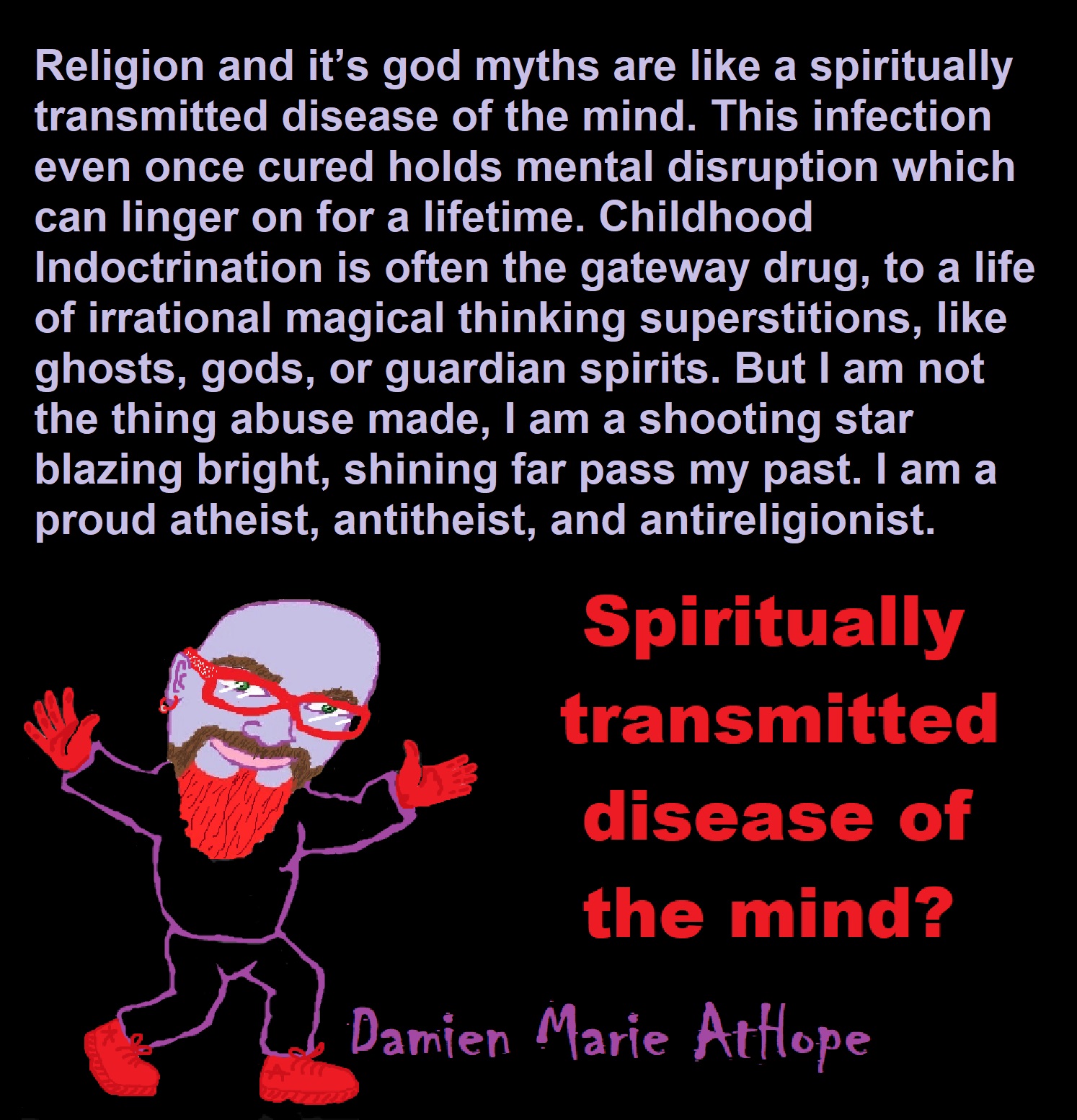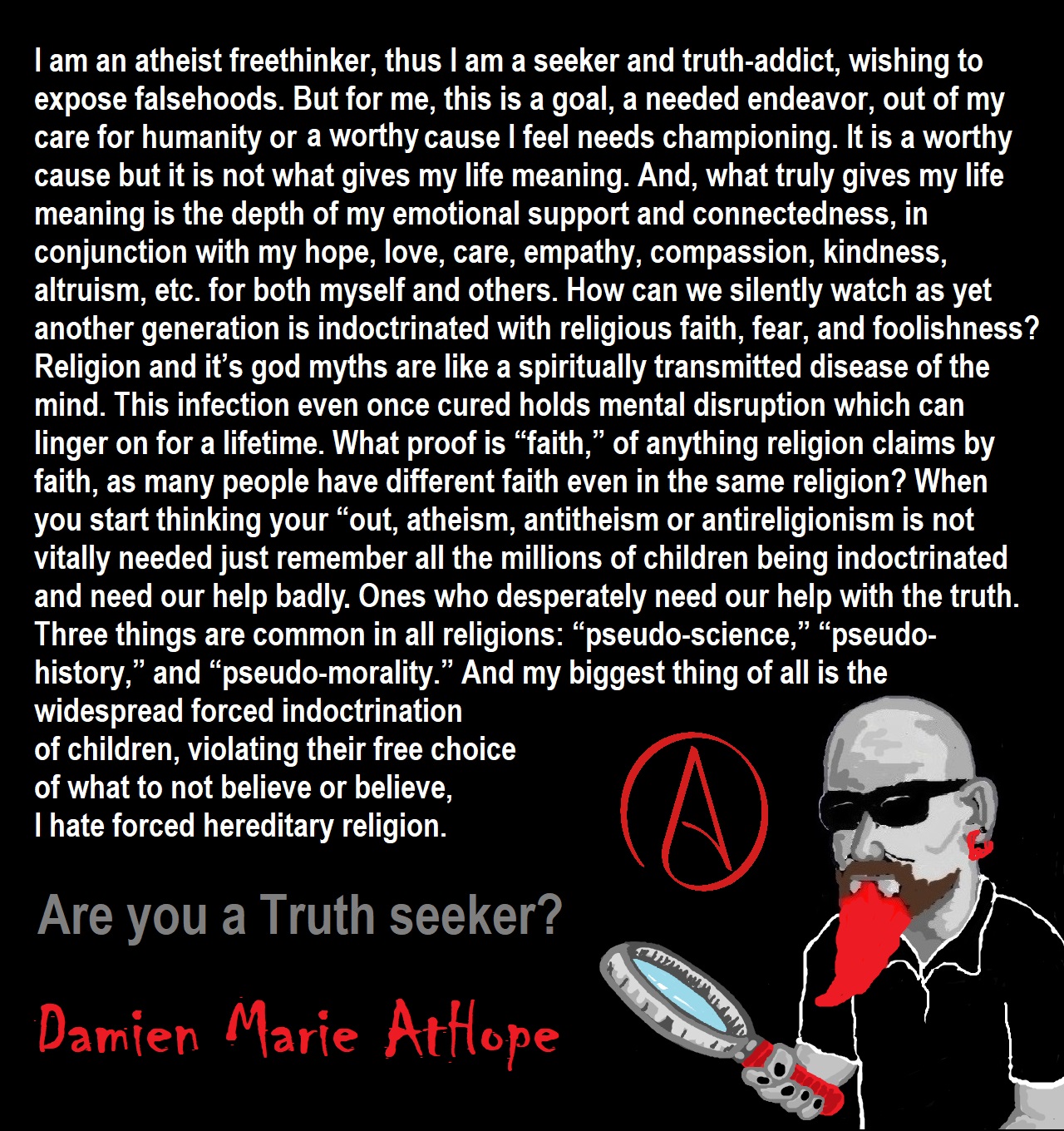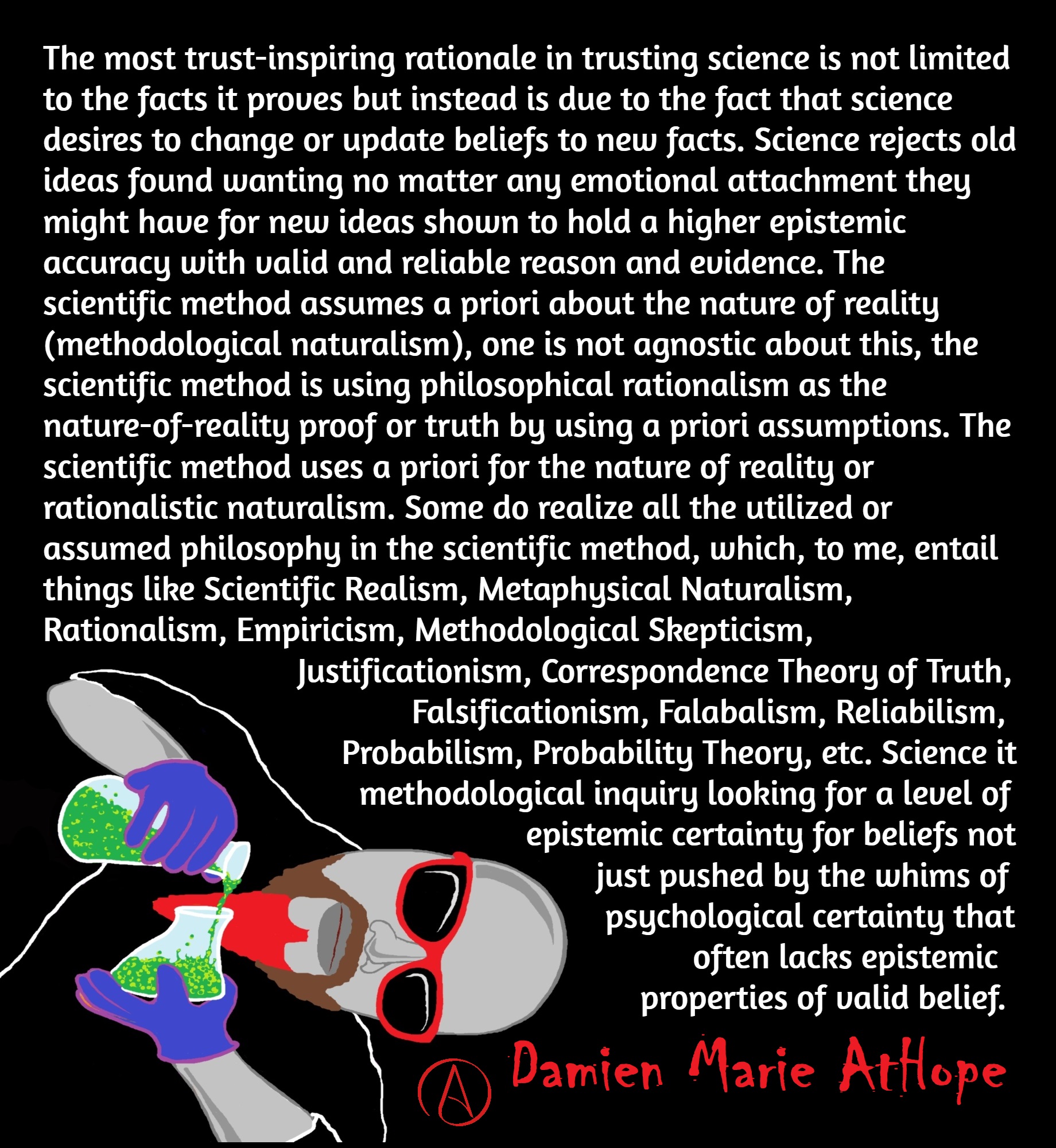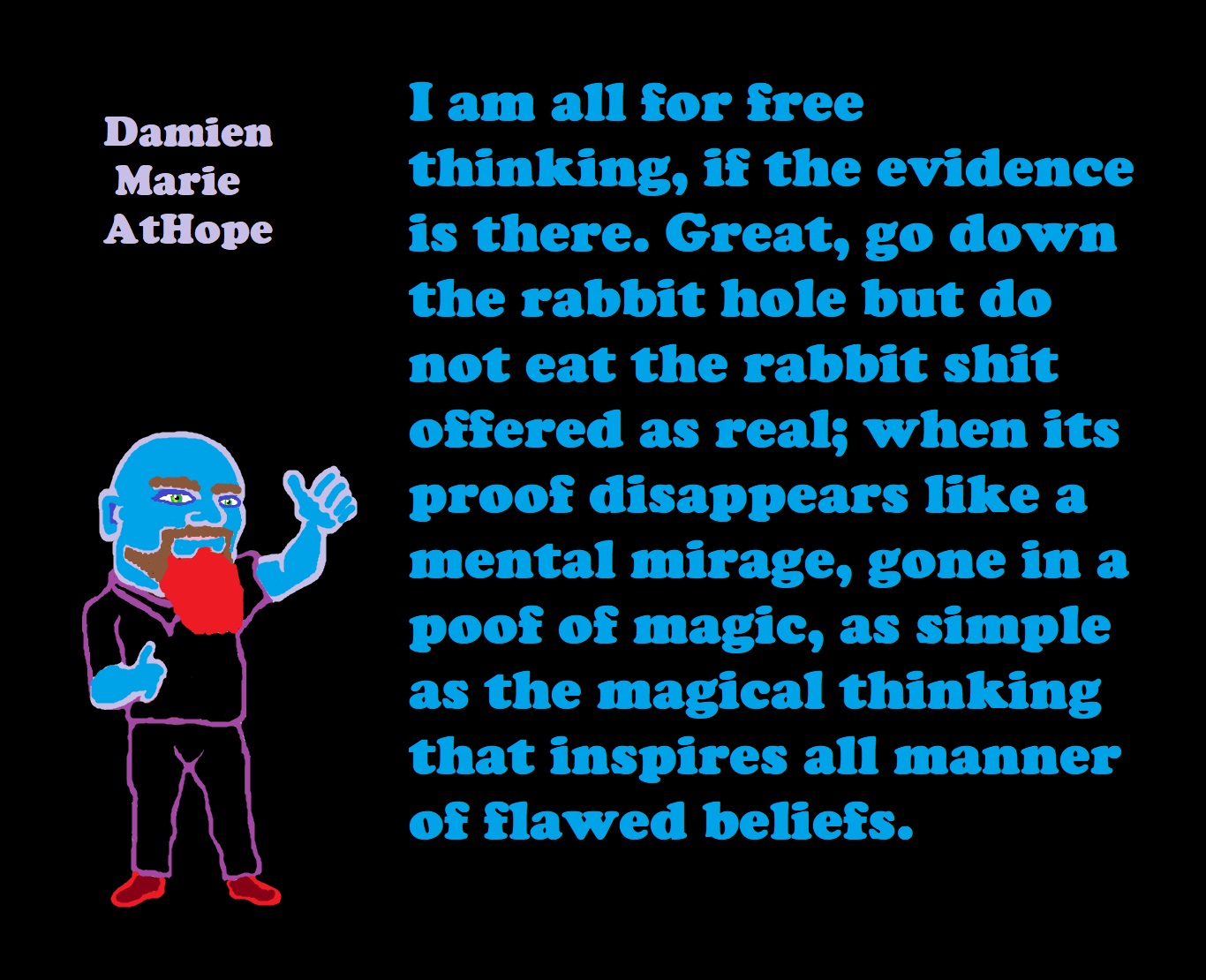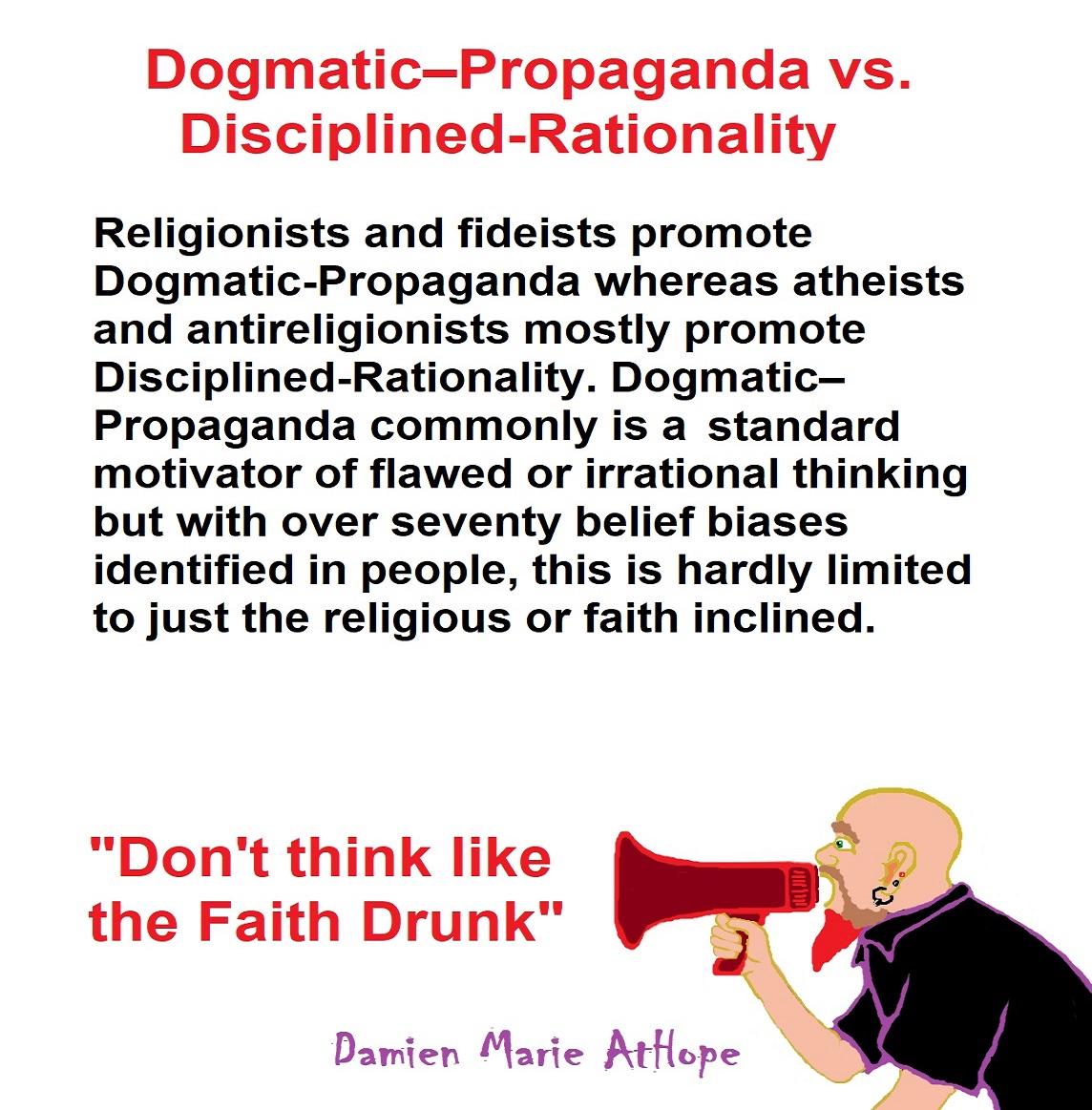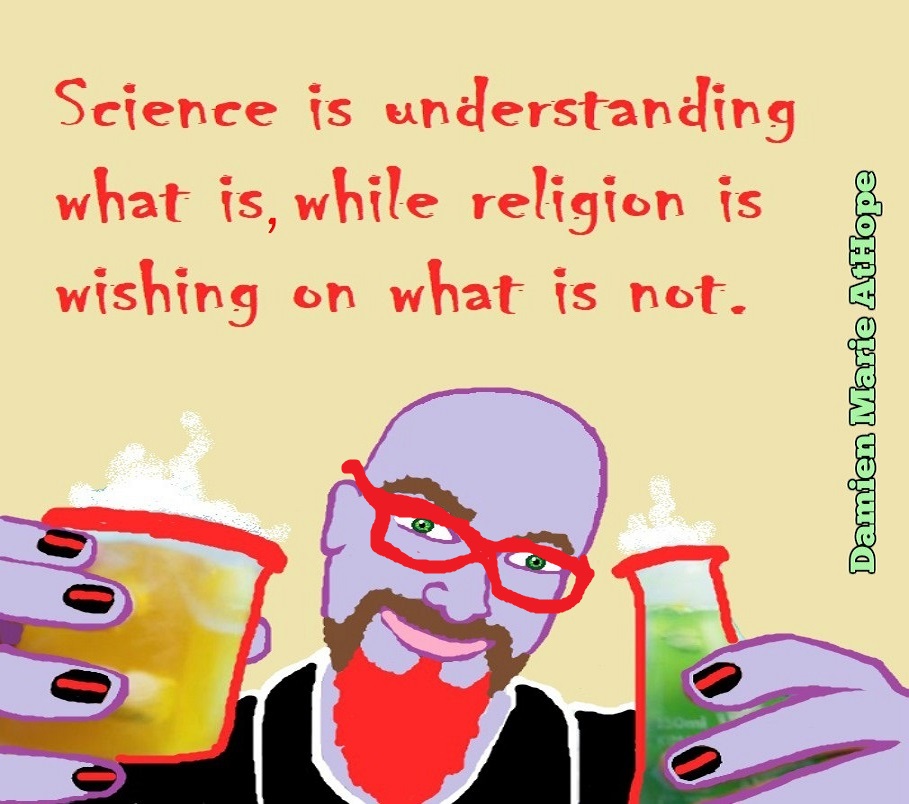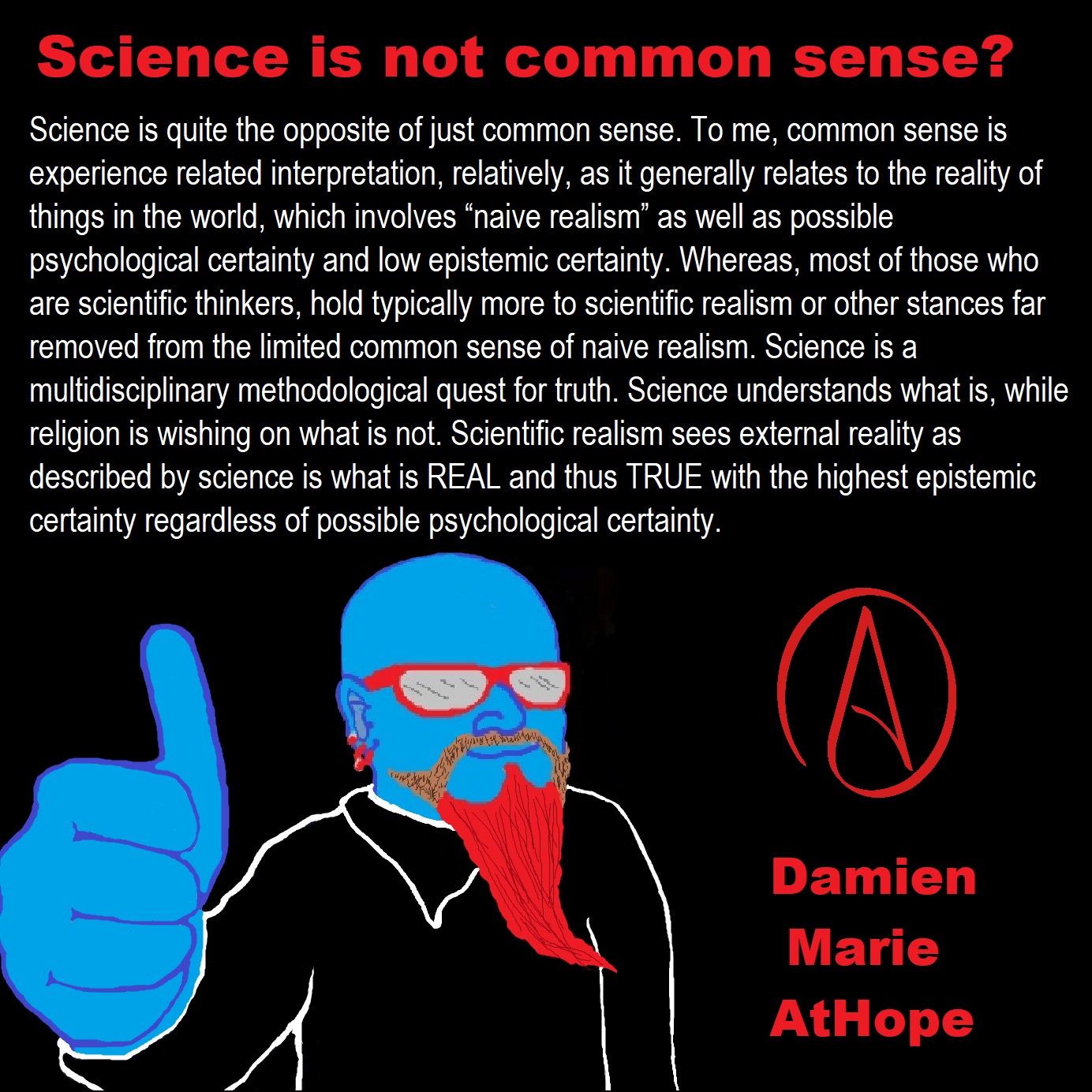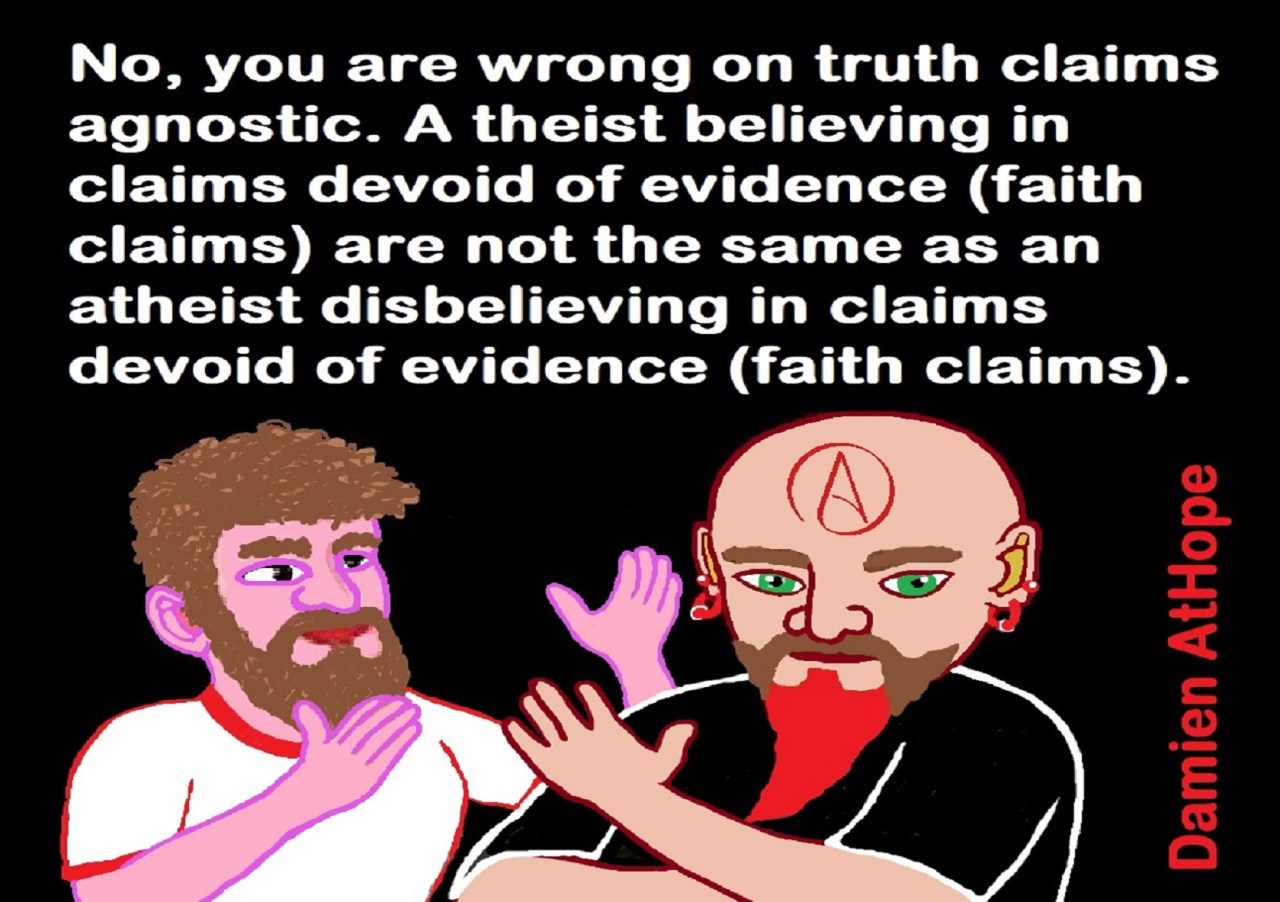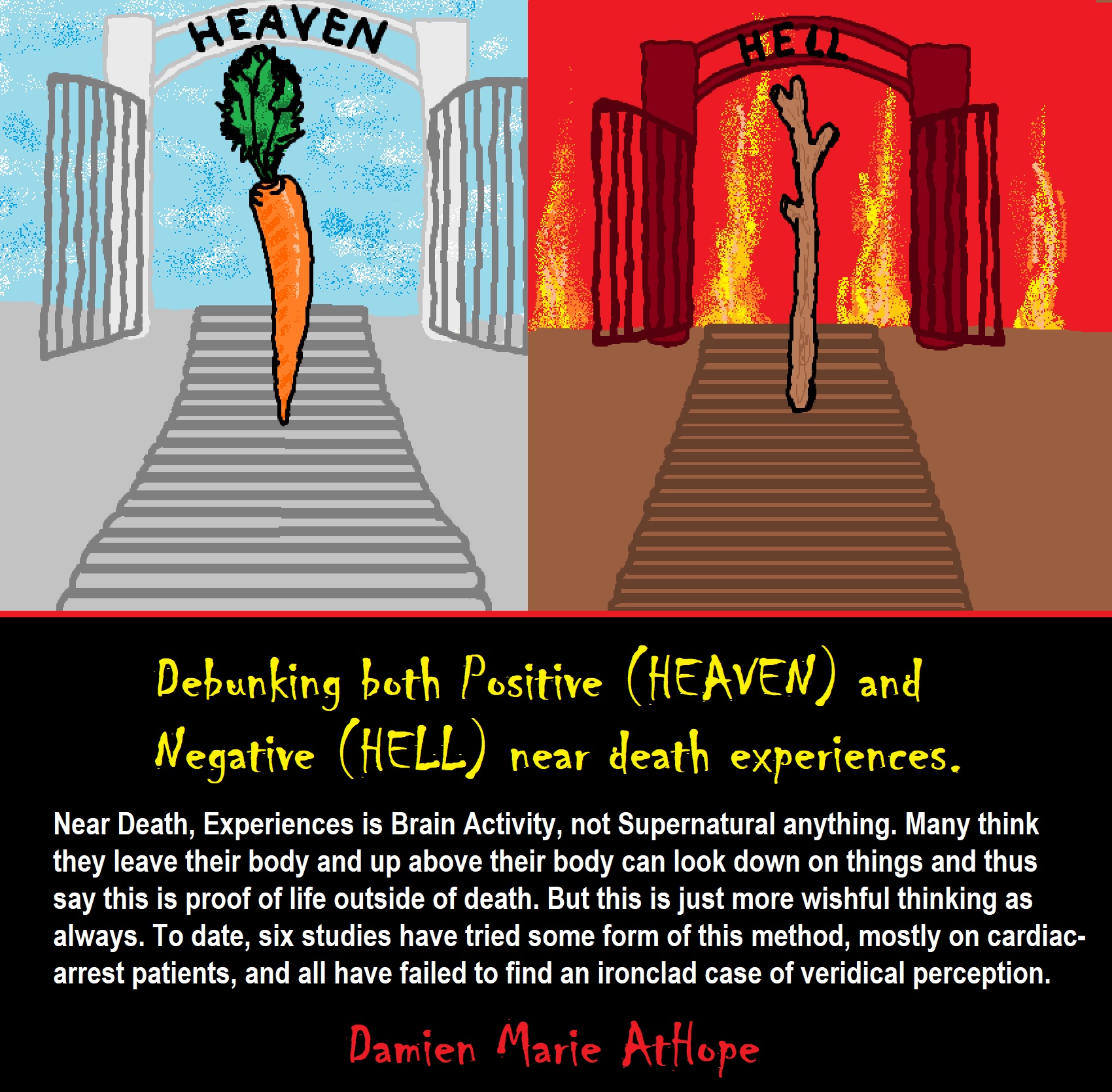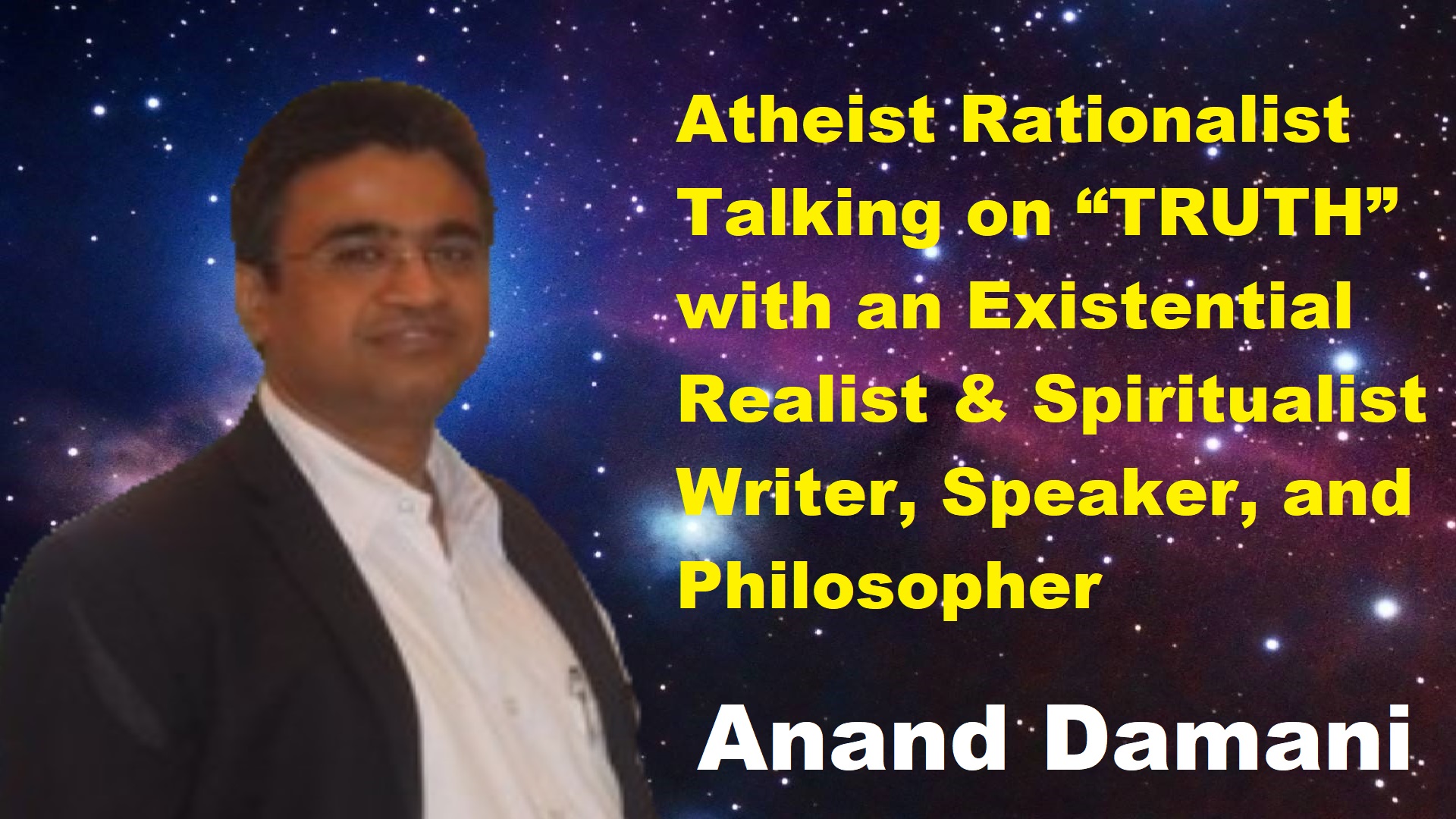
Atheist Rationalist Talking on “TRUTH” with an Existential Realist & Spiritualist Writer, Speaker, and Philosopher: Video
About the Spiritualist Philosopher: “Anand Damani believes his life is a living model of a perfectly happy human being. He claims to be enjoying the present and working in harmony with others for the global happiness. To him, this is possible by knowing the absolute truth as propounded by Nature to Shri A.A Nagarajji. To Anand Damani, Knowledge that is practiced is actually imbibed and rest is academic Jargon. He believes he lives this knowledge every moment in bliss and harmony with himself, with other Human beings, and with Nature.”
“Damien thanks a bunch for the time and a fulfilling discussion.” – Anand Damani 🙂
I enjoyed talking to Anand Damani and think he is a good person. I don’t however believe in his professed animism or the faith-driven belief of why he thinks it reasonable. I feel it is like all magical thinking, wishful thinking thought true when it lacks any credibility to be believed or even considered or taken as epistemically serious. Delusions all! -Damien Marie AtHope

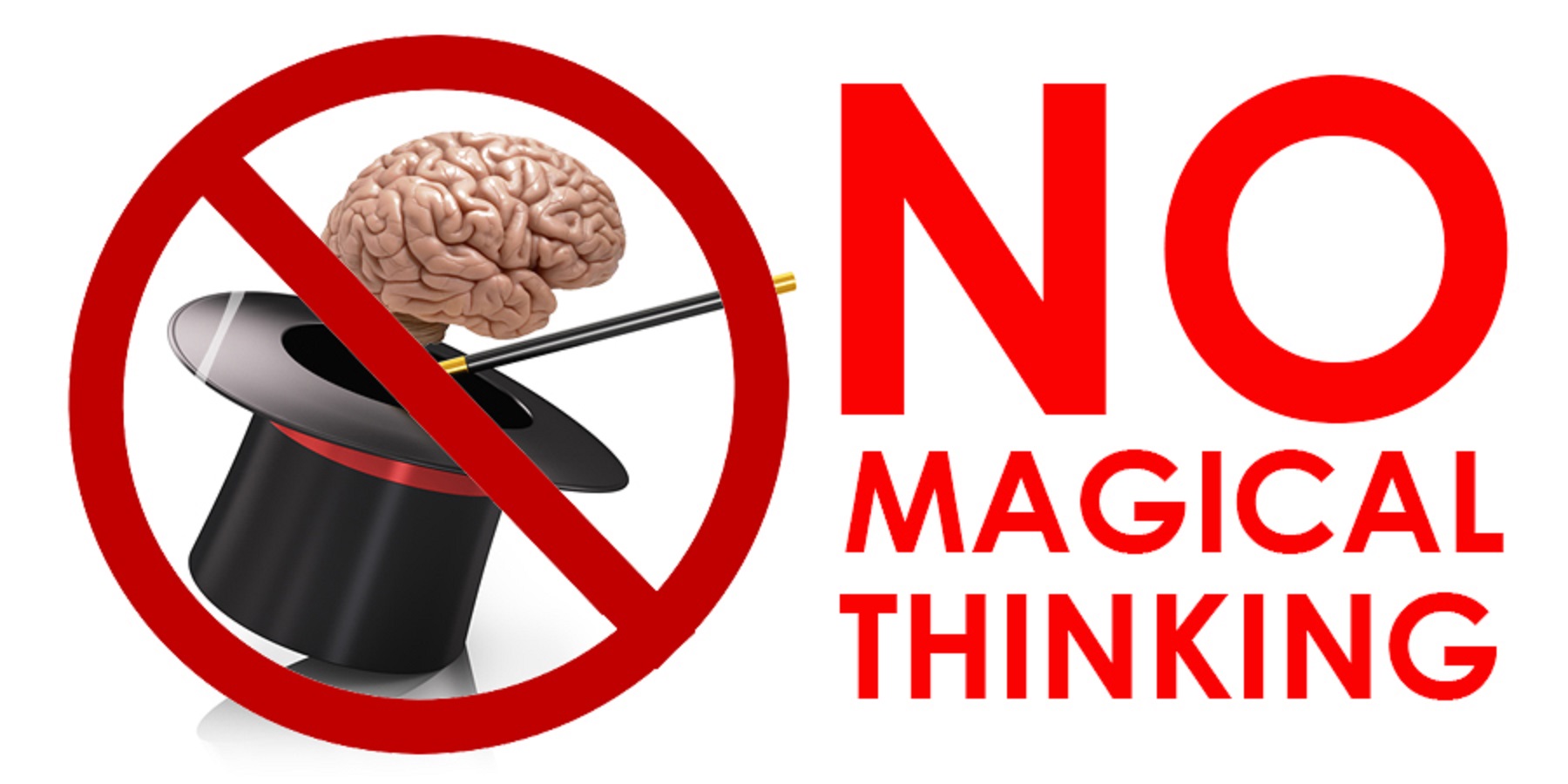
Understanding how children use magical thinking?
Ages & Stages: How Children Use Magical Thinking
By Susan A. Miller Ed.D., Ellen Booth Church, and Carla Poole
Understanding how children use magical thinking to learn about and explore their world.
DEVELOPMENT
0 to 2 “NO! IT GET ME!” by Caria Poole
A young baby’s world revolves around her own experiences. Those experiences are dominated by physical sensations, such as a gas bubble or a soft blanket, with blurred distinctions between herself and the rest of the world. She lives in the moment. For example, 4-month-old Jessica is fascinated by a toy her teacher is holding. She stares at it intently. Yet, when the toy is dropped out of view, Jessica doesn’t look down to find it. She simply looks at another object that is in her direct line of sight. Her behavior implies, “I see the toy, therefore it exists. I don’t see the toy and it doesn’t.” Her worldview is a series of images based on her own experiences rather than a sequence of logical events.
Moments of Magical Thinking
By 12 months, an infant’s thinking becomes more rooted in the reality that objects and people remain the same even when out of sight. This concept of object permanence, along with an expanding memory, makes the baby’s life a bit more predictable. But, she still often misinterprets reality. For instance, 1-year-old Jemima voices displeasure and is frightened when a toy unexpectedly rolls just a few inches toward her. The world is a mystical place, and babies have a fragile understanding of the difference between animate and inanimate objects.
Seeing is Believing
When working with toddlers, it’s important to remember that they will make connections that are illogical and frustrating. No amount of reassurance is going to immediately convince 16-month-old Ashley that she can’t slip down the bathtub drain like the sliver of soap just did. In cases such as this, you can recommend to parents that they temporarily let the toddler bathe standing up-supporting her while she stands on a safety mat fastened to the tub’s surface. They can reassure her that she is too big to go down the drain and that they will keep her safe. It’s important to respect toddlers’ fears and to understand that, for them, it is often the case that seeing is believing. “The soap slipped down the drain, so I can, too.”
Moving Toward Abstract Thinking
At around 18 months, emerging language and long-term memory pull toddlers out of the purely sensory world into more complex, abstract thinking. They begin to grasp concepts such as cause and effect. Difficulties begin because their reasoning, which seems quite logical to them, has little connection with reality. For example, 20-month-old Jason spills a small amount of juice on the table just before a baby in the room lets out a piercing cry. Jason’s expression becomes very sad and serious. We can’t know for sure-that’s the challenge of caring for preverbal children-but Jason may think his accidental action caused the baby to cry.
Developing Theories
A thriving 2-year-old is a busy scientist actively exploring and creating his own theories about how things work. Julian loves to turn lights on and off. Does he think it is his fingertip that magically creates light and dark? Or, is it the blinking of his eyes that he does each time he flicks the switch? Two-year-olds do not have enough information about the world yet to draw reasonable conclusions.
Remember that magical thinking is the very young child’s way of trying to figure out how things work.
What You Can Do
Try to offer continuity of teacher-child relationships to help babies build a healthy sense of self.
Describe events in clear and simple language. This helps toddlers organize their thinking.
Provide plenty of opportunities for pretend play. Toddlers experiment with reality through dramatizations.
3 to 4 “I’M QUEEN! OBEY MY ORDERS!” by Susan A. Miller, Ed.D.
On Friday, 4-year-olds Petra and Hunter carefully balance cardboard boxes on top of one another to create a mighty castle. Uninvited, Brent straightens their castle’s walls and moves some of the girls’ boxes. Very annoyed that he keeps touching their structure, Petra finally shouts at Brent, “We banish you from our kingdom forever. Go away!” On Monday morning, Brent does not show up at school. At first, Petra and Hunter are delighted that Brent is not around to bother them. Then, they become a little worried that Brent is missing because of what they said. This belief that what they wish or expect can affect what really happens is a result of preschoolers’ inclination towards magical thinking. Because the girls were really mad at Brent and they wanted him to leave, when he got a sore throat and did not show up at school the girls were seriously concerned that his disappearance was all their fault.
Magical Explanations
During this magical-thinking stage of development, cause and effect are not necessarily objectively determined, but slanted by the preschoolers’ desires. For example, 4-year-old Lily tells her teacher every day that she really wants a pony. One day, Lily decides if she collects a big pile of grass and leaves it on the playground it will tempt her desired pony to come and eat. Imagine Lily’s excitement the next day when the pile of grass is all gone. Lily is convinced that the pony she wants so badly visited overnight. Her plan worked! It does not matter that it was very windy and the pile of grass really blew away.
Literal Interpretations
Other aspects of preschoolers’ thinking are similarly magical and often quite delightful. Because of their lack of experience, young children often take things quite literally. Sara was astonished when her big sister told her, “I don’t like eggplant. It makes my stomach turn over.” When Sara’s mom said, “Now I’m in hot water. I forgot your permission slip for the field trip,” Sara thought this was pretty silly, because her mom certainly wasn’t standing in any hot water. And when Sara’s teacher said she was “tickled pink” over her birthday card, Sara kept watching her face to see it turn color.
Powerful Wishes
The most amazing part of magical thinking for young children is their belief that they can make life be anything they want it to be. And, of course, wishes and dreams help to make us who we are. Years ago, a little girl named Rachel arrived at my preschool class one morning with her mom’s lacy half-slip gathered under her arms and fastened with a sparkly rhinestone brooch. As she twirled around, Rachel announced she wished to create outfits for fairy princesses. And the wonderful thing of it is, today this former magical thinker is a professional designer!
What You Can Do
Encourage children to discuss their feelings. Let them talk about their fears, anger, sadness, and hopefulness.
Use drawings to communicate. Provide markers, crayons, and paints so young children can illustrate their “magical thinking.”
Read and dramatize stories. Preschoolers need experiences with pretend and real situations to help them be able to make necessary distinctions in their magical thinking.
5 to 6 “I HAVE SPECIAL POWERS!” by Ellen Booth Church
Five-year-old Aaron is excitedly talking about a family camping trip. He is particularly impressed with watching day turn to night. When his kindergarten teacher asks him how he thinks this happens, he says, “This guy makes the nighttime when it gets dark out. He makes it with his magic star and then it gets dark! ”
Learning to distinguish between fantasy and reality is an important developmental step that children make in the kindergarten year. In fact, 5- and 6-year-olds tend to step in and out of reality in their dramatic play as well as their view of the world. Children at this stage can be predictably unpredictable. They can be very clear about what is real and pretend in some situations, but still engage in magical thinking in others. Santa Claus is a perfect example. Many older fives and sixes are beginning to understand that presents actually come from family and friends, not a man in a red-and-white suit. But when they see a particularly good Santa Claus at a department store, they react to him as (or even call him) “the real one.” This is a perfectly normal part of the process of figuring out reality from fantasy. It is better to allow children the time and space to create their own understanding, rather than try to convince them of the “truth.”
Making Magical Dramas
Kindergarten is a time of fairytales and dragons, and the time to wonder if they are real or pretend. Dramatic play is an important way children sort out and differentiate between the two. Dramatic play gives kindergartners the place, license, and means to experiment with fantasy and even inhabit frightening characters or events. It is the process of trying on these magical characters that allows children to gain control over a disturbing situation and begin to develop a sense of independence. Five and 6-year-olds use magical beliefs in dramatic play to help them manage the chaos of their inner and outer lives. For example, becoming a superhero in play can be part of children’s quest for power in a world where they have very little. While we don’t want children to engage in power play exclusively, it is important to recognize that acting out some of these magical powers is natural and essentially harmless.
Noted psychologist Jean Piaget felt that fives and sixes could easily attribute actions and thoughts to an inanimate object. This is a great asset in dramatic play. During the animistic stage, children give inanimate objects life, movement, and even feelings. For example, a child might say, “This car wants to go back to the garage now because it is tired.” What a delightful way to see the world!
Affecting Reality
Kindergartners may be clear about what is real or pretend, but they still use magical thinking to explain what they see as reactions to their own behavior. They might believe that their desires have an effect on others. For example, “My brother fell off the swing set because I was angry.” Or, that actions can actually affect the world in magical ways, as in “Step on a crack, you’ll break your mother’s back.” The danger here is that sometimes children will use magical thinking to blame themselves for things that happen in their family lives. A child at this stage might blame herself for a parent’s illness, thinking that it happened because she was “bad.” And often, a 5-year-old will keep this kind of magical thinking to herself. In cases such as these, it’s important to tell a child that there was nothing anybody “did” that caused this particular event to happen.
Exploring Cause and Effect
Kindergartners can use magical thinking to explain cause and effect. They might offer what seem like illogical explanations of how the natural world works. But often their thinking, while not totally accurate, is based on some experience or observation. It is as if they are putting two and two together and not necessarily getting four, but are still using important thinking skills. When a group of children observed a rainbow outside the classroom window, one little girl said she thought “rainbows are in the sky because the trees blow.” Sure enough, the trees did blow as the wind moved the clouds out of the way to reveal the rainbow! She was using her observational skills to explain what she saw. Another child said he thought rainbows came from people blowing bubbles. “When they blow bubbles, we get more and more rainbows.” This 5-year-old was applying an experience with the “rainbows” in bubbles to the natural events of rainbows in the sky. You don’t have to agree with children’s magical explanations, but it’s important to listen to and accept their ideas.
What You Can Do
Ask children “Why-do-you-think-it-happens?” questions about natural occurrences, such as rain, snow, or the leaves changing colors. Accept all of their ideas equally but listen for the level of magical or real thinking in their answers.
Create the right space and time (such as on the playground) for superhero play, and watch carefully for opportunities for children to work through their fears and let go of the need for power play.
http://www.albion.edu/library/Isaac/
http://www.communityplaythings.com/
http://www.jamesline.com/news/publications/frontiers/?ID=1405&CID=0
Source: Ages & Stages: How Children Use Magical Thinking | Scholastic
Babies and Morality?
Are we born with a moral core? The Baby Lab says ‘yes’ Moreover, Studies have shown babies are good judges of character in fact, Even Babies Think Crime Deserves Punishment thins should make you consider The Case for Objective Morality.
“Quickly Grasping Naturalistic Morality”
To better grasp a naturalistic morality one should see the perspective of how there is a self-regulatory effect on the self-evaluative moral emotions, such as shame and guilt. Broadly conceived, self-regulation distinguishes between two types of motivation: approach/activation and avoidance/inhibition. one should conceptually understand the socialization dimensions (parental restrictiveness versus nurturance), associated emotions (anxiety versus empathy), and forms of morality (proscriptive versus prescriptive) that serve as precursors to each self-evaluative moral emotion.
Think there is no objective morality?
So, if I can show one simple objective morality fact then there is at least the possibility of objective morality right?
Humans/feeling beings/life are to be protected over dirt/garbage/non-life, and to care for the harm of dirt/garbage/non-life over the harm of Humans/feeling beings/life is unethical and of course a possibility of objective morality right?
Are there objective facts about or in the world? Yes, then we indeed can evaluate them objectively. So yes, then we can say what is a better or worse choice objectively in relation to the objective facts. “Morality Confusion” doesn’t start at the dilemma but the value judgments of the parts. Morality is not just the final conclusion reached or offered but all the parts that are involved and the most responsible and reasonable based on the assumption that there are a set of things not just one thing involved and this an assessment of the “value” of what’s involved and thus what would be a “most responsible and reasonable choice. So, are there objective facts? Is there such thing as objective methods? Can we objectively conclude the value of objective facts with objective methods to conclude objective conclusions of value of or in relation to objective facts? To me it is an answer of yes and thus morality is not a special thing it to can involve objective facts and objective methods and thus can involve objectively conclusions about the value of objective facts with the objective methods to conclude objective conclusions of value of or in relation to objective facts. To me, morality is a pro-social behavioral response. Therefore, it is involving the moralizer, saying that somehow means there is no objective is a nonsense skepticism confution, as with such a thinking one can not objectively even say there is anything objective as one is always limited to their mind perceiving what it believes is an outside world. saying we should think beyond ourselves is hard but not at all impossible. I hold that morality is a human invented judgment, but so is reason and that does not mean we can not tell the difference from unreason right?
Is the choice of morality truly all subjective or all objective?
As an axiological thinker, so I don’t see morality as an all or nothing endeavor, i.e. all subjective or all objective but do think we can come to objective truths to some extent, even in a seeming subjective situation. I think in a way morality is both an emergent reasoning expressed in cognitive capacities of highly developed minds. However, morality is also a behavioral and social interaction not always requiring highly developed minds. Why would I say that, is because there is not one moral choice we can make but many different moral behaviors, some simple and some very complex.
But morality is not just limited to what I have already stated either as to me, it’s also better understood in a biopsychosocial thinking view that variable interactions of biological factors, psychological factors (mood, personality, behavior, etc), and social factors (cultural, familial, socioeconomic, medical, etc) affect morally and or ability to engage in or process moral reasoning. To me such absolute propositions as all subjective or all objective are odd as if one universal idea can label all and every moral thought, behavior and moral agent or moral property is all or nothing terms is confusing or applying a too simplistic box to a very complicated often positional shifting riddle, not an unsolvable one but varying in complexity.
I believe in realism, thus that there are real facts about the world as well as that humans can learn or know them or assess and quantify them with a value realism and that human interactions are behavioral actions in the world which can also be learned or known to some extent or another. I think the conception of morality is limited to behavioral actions with others there is not an immoral action we do to ourselves as we cannot violate our own consent.
Can one defend themselves? And is there any choice in this self-defense morality that is truly all subjective or all objective to all situations and all peoples? Is this act of self-defense that harms or attacks another always subjective or always objective in itself? Do you need more facts positional to a given situation to know or make a reasoned moral choice? Do you think there is some fact or facts which can be known that make it always objective to defend oneself? Or do you think self-defense is always subjective and no facts can turn such a moral choice of self-defense into anything else than always a subjective moral choice? Is any of the thousands of choices one could make in any given situation limited to all or nothing morality under the cloak of nothing but always a subjective morality?
To me, I reject an all or nothing endeavor to every moral action or by every moral agent in every situation instead see it often as more a sliding set of factors among a myriad of element or choices not all subjective or all objective in every way, at all times, to every moral agent, in every situation. Think even if I say it’s an objective fact that self-defense is always morally defensible, does that mean any action I or someone else does is morally excusable in such a moral endeavor? As in does it matter the threat and is that always subjective or always objective? Or is the chosen response in the act of self-defense always subjective or always objective?
I.e. if a baby hits an adult, can the adult beat them to death and if you make a moral judgment on this would you say it was always subjective or always objective? If a parent hits a small child can the small child shoot them to death and if you make a moral judgment on this would you say it was always subjective or always objective? If an adult of lesser size, strength, or power and means hits an adult of greater size, strength, or power and means, can the greater size adult beat them to death and if you make a moral judgment on this would you say it was always subjective or always objective? If an adult of greater size, strength, or power and means hits an adult of lesser size, strength, or power and means, can the lesser size adult shoot them to death and if you make a moral judgment on this would you say it was always subjective or always objective?
I as an axiological (value theory or value science) thinker I don’t see morality as an all or nothing endeavor, i.e. all subjective or all objective but do think we can come to objective truths to some extent even in a seeming subjective situation. I think it is in a way morality is an emergent cognitive capacities of highly developed minds but is also a behavioral and social interaction not always requiring highly developed minds.
To me, true morality is not starting with an “us or me” focused morality as morality is a social interaction exchange thus it must be other focused. “treating others as they should be treated” To me, I see everyone as owning themselves all equal in this right as humans. Moreover, to me morality is behavioral and a social property, there is no immoral thing one can do to themselves as one cannot violate themselves or their own consent as they choose their own actions. Thus, to me, all morality is about others and our interactions with them and them with us. So, morality arises in a social context with all things not that all things have the same moral weight. Therefore, moral relationships with life outside humans has a different moral weight or value. Such as killing 100 humans is not the same as killing 100 dogs, killing 100 fish, killing 100 flies, etc. Of course, the method of killing used should inflict the least amount of suffering to the animal or plant. And to not do that could make it immoral. Such as torturing them to death is immoral even if the killing was not. And this understanding can be applied to theism. Every child born with horrific deformities shows that those who believe in a loving god who is in control and values every life is not just holding a ridicules belief it is an offensive belief to the compassion for life and a loving morality.
I am a Realist in Many ways.
I have a positive epistemic attitude (belief) towards or in philosophical realism that there is a real external world and that is can be know or substantially approximated by humans objectively. I have a positive epistemic attitude towards or in scientific realism that the content of the best scientific theories, models, and aspects of the world described by the sciences can be know or substantially approximated by humans objectively. I have a positive epistemic attitude towards or in logical realism such as that logic is the means of discovering the structure of facts and its projection in the language such as the Law of Non-Contradiction or logical fallacies which represent logical truths pertaining to aspects of the world and can be know or substantially approximated by humans objectively. I have a positive epistemic attitude towards or in mathematical realism such as that 2 + 2 equals 4 even if there are no intelligences or minds. Because math is in a sense a method of communication or description of and or about aspects of the world quantifying what can be know or substantially approximated by humans objectively. I have a positive epistemic attitude towards or in value realism roughly speaking “axiological realism,” is that value claims (such as, nurturing a baby is good and abusing a baby is bad) can be literally true or false; that some such claims are indeed true; that their truth can be know or substantially approximated by humans objectively. I have a positive epistemic attitude towards or in epistemological realism roughly speaking, is that what you know about an object exists independently of your mind. Relating directly to the correspondence theory of truth, which claims that the world exists independently and innately to our perceptions of it. Our sensory data then reflect or correspond to the innate world and that such truths can be know or substantially approximated by humans objectively. I have a positive epistemic attitude towards or in moral realism roughly speaking, is that some moral claims do purport to report facts and are true if they get the facts right. Moreover, wile not all at least some moral claims actually are true or have connection to additional commitments which the truth can be reached, and those facts in some specified way can be know or substantially approximated by humans objectively.
(Rachels, James. Ethical Theory) a moral theory must be able to solve:
The ontological problem: an adequate theory must account for ethics without assuming the existence of anything that does not actually exist.
The epistemological problem: if we have knowledge of right and wrong, an adequate theory must explain how we acquire such knowledge.
The experience problem: An adequate theory about ethics must account for the phenomenology of moral experience.
The supervenience problem: An adequate theory must be consistent with the supervenient character of evaluative concepts.
The motivation problem: an adequate theory must account for the internal connection between moral belief and motivation (or if there is no such connection, it must offer an alternative account of how morality guides action).
The reason problem: An adequate theory must account for the place of reason in ethics.
The disagreement problem: An adequate theory must explain the nature of ethical disagreement. http://enlightenedworldview.com/main-concepts/morality
Sociological and Psychological Ontology of Morality in Relation to the Objective and Subjective Correspondence to Reality.
To me morality (relatively involves moral actors, moral reasoning, moral capital, moral concerns and moral compulsions) is a thinking in relation of behavior to or with “other” and is involved in a cognitive aware (psychological development of, pertaining to, or affecting the mind, especially as a function of awareness, feeling, or motivation) interaction (most commonly social interaction) by humans and thus is both a subjective aspect in the world as it is only positioned to cognitive aware interaction of humans and objective to impacts on the moral actors, moral reasoning, moral capital, moral concerns and moral compulsions choices positioned to cognitive aware interactions of humans.
Nonhuman animals are not doing or held accountable for this thing/things we label morality, though this does not remove all moral capital they hold or moral weight in our relations to them, because what happens to nonhuman animals can be attach to moral relevant interactions with them or some indirect secondary connections to other factors (i.e. someone’s pet). I feel that morality and the moral relevant choices only relates to occurrences linked to thinking in the relation of behavior involved in relation to or with “other” in cognitive aware interaction of humans.
I thus feel with no interaction relation to or with “other” then there is no such thing as morality occurring. In a sense to me when nothing of interaction is happening to an external “other” even if, the internal self in question is a cognitive aware human. Such as, if one is by them self and only do things to themselves there is no morality involved. I feel morality in a sense cannot happen to you by you, it is you’re interacting with others, other things, or their relation to “other” but to me, this is likely an unavoidable reality that corresponds to morality.
Axiology, Realism, and the Problem of Evil (THOMAS L. CARSON)
Although moral realism is the subject of lively debate in contemporary philosophy, it would seem almost all standard discussions of the problem of evil presuppose the truth of moral realism. So, if nonrealism is true, then it would seem we need to rethink and/or re-frame the entire discussion about the problem of evil. http://onlinelibrary.wiley.com/doi/10.1111/j.1933-1592.2007.00079.x/abstract
Evolutionary Morality?
If evolutionary critics of morality seek to critique by revealing the unreliability of evolutionary origins by showing that they have generated moral beliefs we know to be false. Indeed, this sort of critique would be self-defeating, for if we were able to sort true moral beliefs from false ones, then we could rely on that knowledge to correct for any epistemically harmful effect, especially in a gradual or subtle way evolutionary influence on the formation of our moral beliefs.
Moral disagreement (Geoff Sayre-McCord)
The mere fact of disagreement does not raise a challenge for moral realism. Disagreement is to be found in virtually any area, even where no one doubts that the claims at stake purport to report facts and everyone grants that some claims are true. But disagreements differ and many believe that the sort of disagreements one finds when it comes to morality are best explained by supposing one of two things: (i) that moral claims are not actually in the business of reporting facts, but are rather our way of expressing emotions, or of controlling others’ behavior, or, at least, of taking a stand for and against certain things or (ii) that moral claims are in the business of reporting facts, but the required facts just are not to be found. Taking the first line, many note that people differ in their emotions, attitudes and interests and then argue that moral disagreements simply reflect the fact that the moral claims people embrace are (despite appearances) really devices for expressing or serving their different emotions, attitudes, and interests. Taking the second line, others note that claims can genuinely purport to report facts and yet utterly fail (consider claims about phlogiston or astrological forces or some mythical figure that others believed existed) and then argue that moral disagreements take the form they do because the facts that would be required to give them some order and direction are not to be found. On either view, the distinctive nature of moral disagreement is seen as well explained by the supposition that moral realism is false, either because cognitivism is false or because an error theory is true. Interestingly, the two lines of argument are not really compatible. If one thinks that moral claims do not even purport to report facts, one cannot intelligibly hold that the facts such claims purport to report do not exist. Nonetheless, in important ways, the considerations each mobilizes might be used to support the other. For instance, someone defending an error theory might point to the ways in which moral claims are used to express or serve peoples’ emotions, attitudes, and interests, to explain why people keep arguing as they do despite there being no moral facts. And someone defending noncognitivism might point to the practical utility of talking as if there were moral facts to explain why moral claims seem to purport to report facts even though they do not. Moreover, almost surely each of these views is getting at something that is importantly right about some people and their use of what appear to be moral claims. No one doubts that often peoples’ moral claims do express their emotions, attitudes, and do serve their interests and it is reasonable to suspect that at least some people have in mind as moral facts a kind of fact we have reason to think does not exist.
I am a Moral realist?
Moral realists are committed to holding, though, that to whatever extent moral claims might have other uses and might be made by people with indefensible accounts of moral facts, some moral claims, properly understood, are actually true. To counter the arguments that appeal to the nature of moral disagreement, moral realists need to show that the disagreements are actually compatible with their commitments. An attractive first step is to note, as was done above, that mere disagreement is no indictment. Indeed, to see the differences among people as disagreements—rather than as mere differences—it seems as if one needs to hold that they are making claims that contradict one another and this seems to require that each side see the other as making a false claim. To the extent there is moral disagreement and not merely difference, moral realists argue, we need at least to reject noncognitivism (even as we acknowledge that the views people embrace might be heavily influenced by their emotions, attitudes, and interests). While this is plausible, noncognitivists can and have replied by distinguishing cognitive disagreement from other sorts of disagreement and arguing that moral disagreements are of a sort that does not require cognitivism. Realists cannot simply dismiss this possibility, though they can legitimately challenge noncognitivists to make good sense of how moral arguments and disagreements are carried on without surreptitiously appealing to the participants seeing their claims as purporting to report facts. In any case, even if the nature of disagreements lends some plausibility to cognitivism, moral realists need also to respond to the error theorist’s contention that the arguments and disagreements all rest on some false supposition to the effect that there are actually facts of the sort there would have to be for some of the claims to be true. And, however moral realists respond, they need to avoid doing so in a way that then makes a mystery of the widespread moral disagreement (or at least difference) that all acknowledge. Some moral realists argue that the disagreements, widespread as they are, do not go very deep—that to a significant degree moral disagreements play out against the background of shared fundamental principles with the differences of opinion regularly being traceable to disagreements about the nonmoral facts that matter in light of the moral principles. On their view, the explanation of moral disagreements will be of a piece with whatever turns out to be a good explanation of the various nonmoral disagreements people find themselves in. Other moral realists, though, see the disagreements as sometimes fundamental. On their view, while moral disagreements might in some cases be traceable to disagreements about nonmoral matters of fact, this will not always be true. Still, they deny the anti-realist’s contention that the disagreements that remain are well explained by noncognitivism or by an error theory Instead, they regularly offer some other explanation of the disagreements. They point out, for example, that many of the disagreements can be traced to the distorting effects of the emotions, attitudes, and interests that are inevitably bound up with moral issues. Or they argue that what appear to be disagreements are really cases in which the people are talking past each other, each making claims that might well be true once the claims are properly understood (Harman 1975, Wong 1984). And they often combine these explanatory strategies holding that the full range of moral disagreements are well explained by some balanced appeal to all of the considerations just mentioned, treating some disagreements as not fundamentally moral, others as a reflection of the distorting effects of emotion and interest, and still others as being due to insufficiently subtle understandings of what people are actually claiming. If some combination of these explanations works, then the moral realist is on firm ground in holding that the existence of moral disagreements, such as they are, is not an argument against moral realism. Of course, if no such explanation works, then an appeal either to noncognitivism or an error theory (i.e. to some form of anti-realism) may be the best alternative. http://plato.stanford.edu/entries/moral-realism/
Benefit of Seeing Morality as a Matter of Objective Facts
(Liane Young & A.J. Durwin) getting people to think about morality as a matter of objective facts rather than subjective preferences may lead to improved moral behavior, Boston College researchers report in the Journal of Experimental Social Psychology. http://www.sciencedirect.com/science/article/pii/S0022103112002375
Wish to Reject Moral Realism?
(Geoff Sayre-McCord) those who reject moral realism are usefully divided into (i) those who think moral claims do not purport to report facts in light of which they are true or false (noncognitivists) and (ii) those who think that moral claims do carry this purport but deny that any moral claims are actually true (error theorists). It is worth noting that, while moral realists are united in their cognitivism and in their rejection of error theories, they disagree among themselves not only about which moral claims are actually true but about what it is about the world that makes those claims true. Moral realism is not a particular substantive moral view nor does it carry a distinctive metaphysical commitment over and above the commitment that comes with thinking moral claims can be true or false and some are true. Still, much of the debate about moral realism revolves around either what it takes for claims to be true or false at all (with some arguing that moral claims do not have what it takes) or what it would take specifically for moral claims to be true (with some arguing that moral claims would require something the world does not provide). The debate between moral realists and anti-realists assumes, though, that there is a shared object of inquiry—in this case, a range of claims all involved are willing to recognize as moral claims—about which two questions can be raised and answered: Do these claims purport to report facts in light of which they are true or false? Are some of them true? Moral realists answer ‘yes’ to both, non-cognitivists answer ‘no’ to the first (and, by default, ‘no’ to the second) while error theorists answer ‘yes’ to the first and ‘no’ to the second. (With the introduction of “minimalism” about truth and facts, things become a bit more complicated. See the section on semantics, below.) To note that some other, non-moral, claims do not (or do) purport to report facts or that none (or some) of them are true, is to change the subject. That said, it is strikingly hard to nail down with any accuracy just which claims count as moral and so are at issue in the debate. For the most part, those concerned with whether moral realism is true are forced to work back and forth between an intuitive grasp of which claims are at issue and an articulate but controversial account of what they have in common such that realism either is, or is not, defensible about them. By all accounts, moral realism can fairly claim to have common sense and initial appearances on its side. That advantage, however, might easily outweighed, however; there are a number of powerful arguments for holding that it is a mistake to think of moral claims as true. http://plato.stanford.edu/entries/moral-realism
Moral Judgments?
(Shin Kim) the cognitivist understanding of moral judgments is at the center of moral realism. For the cognitivist, moral judgments are mental states; moral judgments are of the same kind as ordinary beliefs, that is, cognitive states. But how are we to know this? One manageable way is to focus on what we intend to do when we make moral judgments, and also on how we express them. Moral judgments are intended to be accurate descriptions of the world, and statements express moral judgments (as opposed to command or prescription) just as statements express ordinary beliefs. That is, statements express moral language. The statements that express moral judgments are either true or false just as the statements that express ordinary beliefs are. Moral truths occur when our signs match the world. Language allows us to communicate with one another, typically using sentences and utterances. A large part of language involves, among many other things, influencing others and us. Normative language, in contrast with descriptive language, includes moral language (that is, moral language is part of evaluative or normative language). It is even more important not to be swayed by moral language because moral reality grips us. It is bad that others try to deceive us, but it is worse that we deceive ourselves into accepting moral facts simply because of the language that we use. That is, moral language — if it is not to describe the world —must not be mistaken as descriptive. Moral language binds us in a certain manner, and the manner in which it binds us is important. If it is noncognitivism that provides the antirealist a way of rejecting moral truth, moral knowledge, and moral objectivity, the denial of noncognitivism (that is, cognitivism) must be necessary for the realist to properly claim them. Cognitivism is the view that moral judgments are cognitive states just like ordinary beliefs. It is part of their function to describe the world accurately. The realist argument that stems from cognitivism — as we saw from the above argument— is oftentimes guided by the apparent difficulties that the noncognitivist analysis of moral judgments faces. For instance, there is the famous Frege-Geach problem, namely, the noncognitivist difficulty of rendering emotive, prescriptive or projective meaning for embedded moral judgments. Geach (1965) uses the “the Frege point,” according to which “a proposition may occur in discourse now asserted, now unasserted, and yet be recognizably the same proposition,” to establish that no noncognitivist (“the anti-descriptive theorist”) analysis of moral sentences and utterances can be adequate. Consider a simple moral sentence: “Setting a kitten on fire is wrong.” Suppose that the simple sentence means, “Boo to setting a kitten on fire!” The Frege point dictates that the antecedent of “if setting a kitten on fire is wrong, then getting one’s friends to help setting a kitten on fire is also wrong” must mean the same as the simple sentence. But this cannot be because the antecedent of the conditional makes no such assertions while the simple moral sentence does. In other words, the noncognitivist analysis of moral sentences cannot be given to the conditional sentences with the embedded simple moral sentence. The problem can be generally applied to cases of other compound sentences such as “It is wrong to set a kitten on fire, or it is not.” Even if the noncognitivist analysis of the simple sentence were correct, compound sentences within which a simple moral sentence is embedded should be given an analysis independently of the noncognitivist analysis of it. This seems unacceptable to many. For the following argument is valid: “It is wrong to set a kitten on fire, or it is not; it is not ‘not wrong’; hence, it is wrong to set a kitten on fire.” If the argument is valid, then the conclusion must mean the same as one of the disjuncts of its first premise. The argument would be otherwise invalid because of an equivocation, and the noncognitivist seems to be forced to say that the argument is invalid. The Frege-Geach problem demonstrates the noncognitivists’ requirement of adequately rendering emotive, prescriptive, expressive, or projective meaning of those moral sentences that are embedded within compound moral sentences. (For more on the Frege-Geach problem, see Non-Cognitivism in Ethics. See also Darwall, Gibbard, and Railton 1992: 151-52.) http://www.iep.utm.edu/moralrea/
Religions Promote Pseudo-Morality
All religions have some form of self-shaming institution such as “sin” or its equivalent such as karma or something else often used to describe actions that create negative self or other outlook where truly there is none. This idea of sin points out how religions promote pseudo-morality. The easiest aspect to grasp about pseudo-morality is when it is claimed that you can do something immoral to yourself that is pseudo-morality. True morality is how one conducts themselves with others. There is no ethical violation of self. To understand this concept considers how consent violations are unethical and how one does not need to get consent from oneself. Thus, there cannot be a consent violation against self and the aspect of sin is pseudo-morality, which promotes that there can be a violation of the self. Some will try to say that the violation is of a god but this is wrong because this is saying that someone else has control over what ethical things you do to yourself and what you do to yourself under your own consent. Likewise, another aspect of pseudo-morality is how religions seem to take the position that those people over there are different. Once you separate yourself from others, it is a short step from that to dehumanizing them. Once you do that, you open the door to hate people and dehumanizing hate tends to lead to violence. Imagine you are god with all the normal powers claimed by religions: What would you do, to (for) the world, if you were god for a day? What wrongs would you right? What diseases would you wipe out? Whom would you help? What peoples would you bless such that they were able to turn themselves around and really prosper? Now ask yourself: why does the religionist’s claimed god(s) not DO these things? Answer: because most humans just like you are more moral and caring than god(s) that is why.
True Morality Not the Golden Rule…
Real Morality vs. Pseudo Morality
Morality: all subjective or all objective?
Believe in Good, Humanist Morality?
Morality at the Forefront in all I do.
I hope I am always strong enough to put my morality at the forefront in all I do, so much so, that it is obvious in the ways I think and behave. The issue of concern for me connects to beliefs about hard science being, the only source to conceive the “human entity” is “its” over mechanicalization, logical positivism, empiricism and overgeneralization materialism seemingly limited to a single way of existence of logical than illogical or emotionally removed than emotionally connected or more masculine than feminine. The emotionally removed than emotionally connected are not either or, they are states of existential experience in one’s holistic science of being. Holistic science or being soft science philosophy, psychology, and sociology is not at odds rational hard science thinking it merges with it adding emotional and social intelligences within over mechanicalization positivism or materialism connecting to the shared spirit of rational discourse, thus, both skeptics and humanistic freethinking Holistic science should encourage people to welcome constructive criticism as all rationalists like me should and not become emotionally bound nor emotionally void to whether or not something is true or false. Holistic science and reduction science both together can encourage atheistic rational discourse effectively challenging superstition, myths and dogma reducing all forms of group-thinking. Ideally, having this cultural value would mean that skeptics and Holistic science would be both open-minded and well-informed to science and fully conceive the “human entity” in all experiential levels. Skeptics may feel that a necessary prerequisite to rational thinking is cultivating intellectual honesty and removing personal bias which cannot also mean removing or devaluing the soft science because one loses Holistic science actualizations needed to fully conceive the “human entity” outside of mechanicalization only thinking. What I am trying to say is not that science is not facts or cannot represent a way to consciousness or subconsciousness but its experience of activation to sensation as the reality seem to not likewise experience variation to the representativeness of realities. An example if we let a Narcissist, Sociopath, Psychopath be the only ones to define the reality of human existence it would be completely contradictory to that of a highly empathetic pro-socially sensitive person define the reality of human existence. It thus is not earthier or but both in a union that express full diminutions of the “human entity”.
Sociological and Psychological Ontology of Morality
In relation to the objective and subjective correspondence to reality, we will consider the sociological and psychological ontology of morality. To me morality (relatively involves moral actors, moral reasoning, moral capital, moral concerns and moral compulsions) is a thinking in relation of behavior to or with “other” and is involved in a cognitive aware (psychological development of, pertaining to, or affecting the mind, especially as a function of awareness, feeling, or motivation) interaction (most commonly social interaction) by humans and thus is both a subjective aspect in the world as it is only positioned to cognitive aware interaction of humans and objective to impacts on the moral actors, moral reasoning, moral capital, moral concerns and moral compulsions choices positioned to cognitive aware interactions of humans. Nonhuman animals are not doing or held accountable for this thing(s) we label morality, though this does not remove all moral capital they hold or moral weight in our relations to them, because what happens to nonhuman animals can be attach to moral relevant interactions with them or some indirect secondary connections to other factors (i.e. someone’s pet). I feel that morality and the moral relevant choices only relates to occurrences linked to thinking in relation of behavior involved in relation to or with “other” in cognitive aware interaction of humans. I thus feel with no interaction relation to or with “other” then there is no such thing as morality occurring. In a sense to me when nothing of interaction is happening to an external “other” even if, the internal self in question is a cognitive aware human. Such as, if one is by them self and only do things to themselves there is no morality involved. I feel morality in a sense cannot happen to you by you, it is your interacting with others, other things, or their relation to “other” but to me this is likely an unavoidable reality that corresponds to morality. Bodily moral disgust: what it is, how it is different from anger, and why it is an unreasoned emotion. With the recent upswing in research interest on the moral implications of disgust, there has been uncertainty about what kind of situations elicit moral disgust and whether disgust is a rational or irrational player in moral decision making. We first outline the benefits of distinguishing between bodily violations (e.g., sexual taboos, such as pedophilia and incest) and nonbodily violations (e.g., deception or betrayal) when examining moral disgust. We review findings from our lab and others’ showing that, although many existing studies do not control for anger when studying disgust, disgust at nonbodily violations is often associated with anger and hard to separate from it, while bodily violations more consistently predict disgust independently of anger. Building on this distinction, we present further empirical evidence that moral disgust, in the context of bodily violations, is a relatively primitively appraised moral emotion compared to others such as anger, and also that it is less flexible and less prone to external justifications. Our review and results underscore the need to distinguish between the different consequences of moral emotions. https://www.ncbi.nlm.nih.gov/pubmed/23458436
On Disgust and Moral Judgments: A Review by Cristina-Elena Ivan
While there is a continuing debate on whether cognitive or emotional mechanisms underlie moral judgments, recent studies have illustrated that emotions—particularly disgust—play a prominent role in moral reasoning. This review explores the role of disgust in moral judgments. I distinguish between three relevant claims regarding its involvement in moral cognition and argue that the least appealing (i.e., disgust is just anger in disguise) is also the one with the least empirical support. http://jeps.efpsa.org/articles/10.5334/jeps.cq/
Self-conscious” (or “Moral”) Emotions Shape Our Social Behavior?
Name the four “self-conscious” (or “moral”) emotions and explain how these emotions shape our social behavior in a way that ultimately benefits the whole group. Similarly, be able to provide a personal example for each of when you’ve experienced that emotion These are the emotions that an organism can only feel if it has a highly developed sense of self-reflection. Usually, the “self-conscious” emotions are listed as these four: guilt shame, embarrassment, and pride. Two requirements for feeling a “self-conscious” emotion. One: The person needs to be capable of “position-taking,” of knowing how her behaviors would affect or be perceived by others. Two: She needs the ability to imagine how the reception of her behavior would reflect back on her character. https://www.coursehero.com/file/p2a7bl9/Name-the-four-self-conscious-or-moral-emotions-and-explain-how-these-emotions/
A New Role for Emotions in Epistemology?
Georg Brun & Dominique Kuenzle
There are some real key issues in epistemology and the theory of emotions that inform various assessments of emotions’ potential significance in epistemology. One could then distinguish five epistemic functions that have been claimed for emotions: motivational force, salience and relevance, access to facts and beliefs, nonpropositional contributions to knowledge and understanding, and epistemic efficiency. We identify two core issues in the discussions about such epistemic functions of emotions: First, even though it is plausible that emotions are involved in epistemic processes, it may be doubted whether they really matter for the normative question of what counts as knowledge or justified belief. Second, some of the epistemic functions claimed for emotions in general may only be attributed to some specifically epistemic emotions, which have been present all along in traditional epistemology, albeit under different labels such as ‘intuitions’. http://www.georgbrun.ch/publications/Brun-Kuenzle-EE-Intro.pdf
The role of emotion in moral psychology
Bryce Huebner, Susan Dwyer, and Marc Hauser
Recent work in the cognitive and neurobiological sciences indicates an important relationship between emotion and moral judgment. Based on this evidence, several researchers have argued that emotions are the source of our intuitive moral judgments. However, despite the richness of the correlational data between emotion and morality, we argue that the current neurological, behavioral, developmental and evolutionary evidence is insufficient to demonstrate that emotion is necessary for making moral judgments. We suggest instead, that the source of moral judgments lies in our causal-intentional psychology; emotion often follows from these judgments, serving a primary role in motivating morally relevant action. http://faculty.georgetown.edu/lbh24/EmAndMoPsy.pdf
The Four Moral Emotions
Ilana Simons Ph.D.
The four moral emotions are Guilt, Shame, Embarrassment, and Pride Make Societies Work. Recent research on emotion has shifted the traditional focus away from the “basic” emotions to another set of emotions which are thought to be more distinctly human. Focus has turned to the “self-conscious” emotions, which are sometimes also referred to as “moral,” “social,” or “higher-order” emotions. These are the emotions that an organism can only feel if it has a highly developed sense of self-reflection. Usually, the “self-conscious” emotions are listed as these four: guilt, shame, embarrassment, and pride. Researchers (great writers here include Mark Leary, Jeffrey Stuewig and Debra Mashek) tend to cite two requirements for feeling a “self-conscious” emotion. One: The person needs to be capable of “position-taking,” of knowing how her behaviors would affect or be perceived by others. Two: She needs the ability to imagine how the reception of her behavior would reflect back on her character. For example, the fear you can feel in an interview (heart beating fast, voice constricting, palms sweating) is a basic emotion. But the shame that might set in as you leave (“Why do I interview so poorly?!”) is a self-conscious emotion. The self-conscious emotion is the one that arises from understanding how others see us. It influences future behavior. If you are ashamed after an interview, you might take a class in public speaking or ask for input from your friends (“what kind of person do I seem like to you?”). The self-conscious emotion binds us back to others–to their expectations and ideas. For another example, consider anger. The anger I might feel at having my wallet snatched is a basic emotion. But if I write a letter to the editor arguing for new laws addressing local crime, that’s pride, a self-conscious emotion. I want to establish my morals in relation to the thief. Self-conscious emotions are emotions in which we imagine our conformity or nonconformity to society’s norms. All our emotions work with amazing coordination really–like a symphony. One emotion can trigger another, to keep us in balance with the group. For instance, a heavy tendency for joy, anger, and pride might tilt a woman toward a career in business. She might feel strongest when finding investment deals and making money on the back of others. In this, she scores big points for individual preservation. She gets rich. But in time–if she’s screwed some clients–the feelings of guilt and shame might also set in. That would be a good thing for the Social Contract. Influenced by guilt, she might shift her behavior–giving to charity, mentoring some kid, working to protect the society for a bit. Some might say she’s acting altruistically “for the wrong reasons,” but guilt is undoubtedly “right” when we think of the social contract it serves. In this way, our emotions serve both to propel the individual and to protect the larger group that affords every individual safety. Emotions are our rubber bands for propelling individual (and group) gain while protecting the society in which gain happens. All this is just one small way of thinking of emotion–specifically, with a heavy evolutionary lens. There are other ways to approach the phenomenon of emotion. https://www.psychologytoday.com/blog/the-literary-mind/200911/the-four-moral-emotions
Emotional intelligence?
“Emotional intelligence is the capacity of individuals to recognize their own, and other people’s emotions, to discriminate between different feelings and label them appropriately, to use emotional information to guide thinking and behavior, and to manage and/or adjust emotions to adapt environments or achieve one’s goal(s) Although the term first appeared in a 1964 paper by Michael Beldoch, it gained popularity in the 1995 book by that title, written by the author, psychologist, and science journalist Daniel Goleman. Since this time Goleman’s 1995 theory has been criticized within the scientific community. There are currently several models of EI. Goleman’s original model may now be considered a mixed model that combines what have subsequently been modeled separately as ability EI and trait EI. Goleman defined EI as the array of skills and characteristics that drive leadership performance. The trait model was developed by Konstantin Vasily Petrides in 2001. It “encompasses behavioral dispositions and self-perceived abilities and is measured through self-report”. The ability model, developed by Peter Salovey and John Mayer in 2004, focuses on the individual’s ability to process emotional information and use it to navigate the social environment. Studies have shown that people with high EI have greater mental health, job performance, and leadership skills although no causal relationships have been shown and such findings are likely to be attributable to general intelligence and specific personality traits rather than emotional intelligence as a construct. For example, Goleman indicated that EI accounted for 67% of the abilities deemed necessary for superior performance in leaders, and mattered twice as much as technical expertise or IQ. Other research finds that the effect of EI on leadership and managerial performance is non-significant when ability and personality are controlled for, and that general intelligence correlates very closely with leadership. Markers of EI and methods of developing it have become more widely coveted in the past decade. In addition, studies have begun to provide evidence to help characterize the neural mechanisms of emotional intelligence. Criticisms have centered on whether EI is a real intelligence and whether it has incremental validity over IQ and the Big Five personality traits. Review finds that, in most studies, poor research methodology has exaggerated the significance of EI.” https://en.m.wikipedia.org/wiki/Emotional_intelligence
Critical Analysis of Emotional Intelligence
Linda Elder
Daniel Goleman’s book, Emotional Intelligence. My overview of the book is that it provides a useful reminder of the importance of emotions in human life and of the fact that our emotions are intimately connected with cognitive matters, with thinking, in short. However, it is also my view that in his rush to make sense of the results of the data of brain research, Goleman inadvertently often becomes the unwitting perpetrator of social stereotypes about the relationship between emotion and reason. If we are concerned with developing our rationality in order to improve our lives, we must understand the powerful role that both emotions and thoughts play in our minds. We must understand the ways in which affect and cognition influence one another in determining both our outlook on life and our behavior. Most importantly, we must come to terms with those truths about the human mind that enable us to begin the process of taking charge of our minds: that thoughts and emotions are inextricably bound, that we have both egocentric and rational tendencies, that our inner conflicts are never best understood as a simple matter between emotion and reason, that self-command of mind takes both extended education and self-discipline, that our fullest rational development is dependent on the development of rational affect, that to bring intelligence to bear upon emotions we must take charge of the thinking underlying those emotions. These important insights are more obscured than illuminated by analyses of the mind such as that offered by Goleman. To develop our awareness of the nature of the human mind and how it functions we must be careful not to over-emphasize the importance of “brain” research. Our most important knowledge of the human mind will always be, ultimately, knowledge drawn from the multiple constructs of the mind. Any theory which we develop of the human mind must make intelligible how it is that minds could create such multiply complex phenomena as poems, novels, plays, dances, paintings, religions, social systems, families, cultures, traditions–and do such diverse things as interpret, experience, plan, question, formulate agendas, laugh, argue, guess, assess, assume, clarify, make inferences, judge, project, model, dramatize, fantasize, and theorize. All of these creations and all of these activities of minds are closely inter-involved with our emotional lives. We are far, very far, from accounting for these products, or their “emotional” connections, by the use of the data of brain research. I doubt we ever will. http://www.criticalthinking.org/pages/cognition-and-affect-critical-thinking-and-emotional-intelligence/485
Emotional intelligence and Moral Reasoning
A study results present strong support for the hypotheses that Emotional Intelligence was found to significantly predict 4 of the Big 5 personality traits (Extraversion, Agreeableness, Neuroticism, and Openness). Three of the Big 5 personality traits (Agreeableness, Neuroticism and Openness) were found to significantly, uniquely predict Moral Reasoning. Parametric bootstrapping was used to test the hypothesis that Emotional Intelligence indirectly predicts Moral Reasoning via personality. Consistent with this hypothesis the indirect effect of Emotional Intelligence on Moral Reasoning was significant (Beta = 0.23, p = 0.002). This indicates that individuals with high levels of Emotional Intelligence tend to have high levels of Moral Reasoning. http://researchonline.nd.edu.au/cgi/viewcontent.cgi?article=1000&context=sci_chapters
Moral Judgment and Emotional Intelligence Level
Eren Can Aybek, Duygu Çavdar, & Tansu Mutlu Nilüfer Özabacı
Our findings suggest that a significant difference between the level of moral judgment and gender was not found.. This finding was consistent with the previous research results both in Turkey and abroad (Al-Ansari, 2002; Aydın, 2011; Çileli 1981; Koyuncu 1983; Kurt, 1996; Seydooğulları, 2008). In contrast to the studies finding, no significant between the level of moral judgment and gender, some studies found significant differences between these variables (Çiftci, 2001; Kaya, 1993; White and Richard, 1999). These different results could stem from measure of the quality of Defining Issues Test (DIT) and same scales. The Defining Issues Test was developed based on Kohlberg’s theory. This theory is criticized by some other researchers, because Kohlberg often conducted his study sample of males and ignored females’ moral development. Therefore, a significant difference between gender and moral judgment may not find like this study that used The Defining Issues Test and same scales. Gilligan, who brings important contributions to the theory of moral development, criticized Kohlberg’s theory. She indicates that on moral issues females are in tendency to consider the care and protection of others compared to males in her theory. In the literature, theoretical approaches in the context of the traditional Kohlberg, conducted among females and male very small number of studies showed that moral judgment pointed to the difference in gender (Çam, Çavdar, Seydooğulları and Çok, 2012). The results of this study indicated that a significant difference was found between moral judgment and level of parent education. According to this result, students who their mothers have under elementary education, the level of moral judgment of these students is higher than others. Also, students, whom their fathers have elementary and high school educations have higher level of moral judgment of these students than others who have fathers graduate from university, When the literature is examined, level of moral judgment is differentiated according to the level of education of the mother and father in many studies (Seydooğulları, 2008; Walker 1986). However, these studies indicate that students who their parents have higher education, the level of moral judgment of these students is higher than others who have level of low education. In many other studies, the level of moral judgment there is no significant relation between the levels of higher education (Şengün, 2003; White and Richard, 1999). These different conclusions may be reached due to the moral judgment is affected by many variables regarding parents like education statute. Therefore, different variables related to mothers and fathers should also be considered in other studies. Foremost among these, level of mother and father’s moral judgment is the most significant variable. Because, mothers and fathers, who have a high level of moral judgment, take responsibility for their children and show better parenting to them (Richardson, Faster and McAdams, 1998). Besides, adherence, compliance and communication which in family process have been predicted the adolescents’ external morality significantly in another study (White and Matawie, 2004). As for that White (2000) indicated a strong bond between family of socialization processes and the content of adolescent moral considerations. Likewise, the adolescents’ levels of moral judgment are differentiated with the attitudes of their parents in other research findings (Minner, 2000). According to the literature, environment, family, school, peers, religion, mass media, economy, culture and many other factors are also effective for moral judgment. So, social and cultural foundations Eren Can Aybek et al. / Procedia – Social and Behavioral Sciences 191 ( 2015 ) 2740 – 2746 2745 are very important for moral development. For these reasons, many other variables should be used regarding parents in other studies for understanding the impact of level of parent’s education on moral judgment.
According to Internet Encyclopedia of Philosophy and its Authors asks us to consider the judgment,
“Suffering from lack of food is bad.” The judgment is usually expressed with the statement “suffering from lack of food is bad.” Call it a “B-statement.” Sometimes, we find it necessary to express it with “it is true that suffering from lack of food is bad.” Call it a “T-statement.” (To complete it, there are “F-statements” like “it is false that suffering from lack of food is bad.”) We use T-statements to emphasize partiality toward “being true to the world.” However, regardless of what motivates us to use T-statements, the explicit ascription of truth in T-statements commands our attention. Does the T-statement add anything extra to the B-statement? If so, what is it that the T-statement says over and above the B-statement? There are two broad ways to answer the question: deflationism and various forms of substantial theory (or what we called above “inflationist theory”). Substantial theorists deny that the B-statement and the T-statement are exactly the same while the deflationist maintains that the difference is merely stylistic. If the deflationist has her way, then it is obvious that antirealists could have truth in moral judgments. (David Brink argues against the coherentist theory of truth with respect to moral constructivism. See Brink 1989, 106-7 and 114; see Tenenbaum, 1996, for the deflationist approach.) Antirealist moral truths would seem irrelevant in marking the realist territory. If some form of substantial theory is true, then the T-statement adds something to what the B-statements say. Here are two alternatives. Letting a coherence theory of truth stand in for the range of “modified theories” (namely, the inflationist theories of truth that are different from the correspondence theory of truth), and the “B-proposition” for what the B-statement describes about the world, the T-statement adds that: (1) The B-proposition corresponds to an actual state of affairs. (2) The B-proposition belongs to a maximally coherent system of belief. It is worth noting also that even the non-descriptivist may say that the T-statement adds to the B-statement, insofar as the B-statement expresses something other than the B-proposition. The non-descriptivist has two alternatives as well. The T-statement adds that (letting a coherence theory of truth stand in for the range of “modified theories,” and the “B-feeling-proposition” stand in for the range of non-descriptivism, for example, the speaker dislikes suffering from lack of food): (3) The B-feeling-proposition corresponds to an actual state of affairs. (4) The B-feeling-proposition belongs to a maximally coherent system of belief. We may say that the T-statement specifies truth conditions for the B-proposition or for the B-feeling-proposition. It could be objected that the non-descriptivist must deny that there are truth-conditions for moral language. Nonetheless, she need not object to moral language describing something about the world figuratively. If option (1) were true, then there would have to be an actual state of affairs that makes the B-statement true. That is, there must be a truth-maker for the statement, “suffering from lack of food is bad,” and the truth-maker is the fact that suffering from lack of food is bad. But no other alternatives require the existence of the fact for them to be true. If one ignores deflationism, truth in moral judgments gives rise to exactly four alternative theories of truth. Realists cannot embrace options (3) and (4) because, as we saw, non-descriptivism is sufficient for moral antirealism. The remaining option (2), although it is a viable option for the realist, falls short of guaranteeing that there are moral facts. In other words, moral realists must find other ways to establish the existence of moral facts, even if option (2) allows a way of maintaining moral truths for the realists. Modified theories, for example, the coherence theory of truth are simply silent about whether there are B-facts. That is, option (2) could be maintained even if there were no B-facts such as suffering from lack of food is bad. Thus, the most direct option for realists in marking her territory from the above list of alternatives is (1). It appears then that the correspondence truth in moral judgments properly marks the realist territory. This is captured in C2: (C2) S is a moral realist if and only if S is a descriptivist; S believes that moral judgments express truth, and S believes that the moral judgments are true when they correspond to the world. Is C2 true? No, it is not. For the antirealist may choose to deny that moral judgments literally describe the world. http://www.iep.utm.edu/moralrea/
Moral Emotions and Moral Behavior?
Moral emotions represent a key element of our human moral apparatus, influencing the link between moral standards and moral behavior. This chapter reviews current theory and research on moral emotions. We first focus on a triad of negatively valenced “self-conscious” emotions—shame, guilt, and embarrassment. As in previous decades, much research remains focused on shame and guilt. We review current thinking on the distinction between shame and guilt, and the relative advantages and disadvantages of these two moral emotions. Several new areas of research are highlighted: research on the domain-specific phenomenon of body shame, styles of coping with shame, psychobiological aspects of shame, the link between childhood abuse and later proneness to shame, and the phenomena of vicarious or “collective” experiences of shame and guilt. In recent years, the concept of moral emotions has been expanded to include several positive emotions—elevation, gratitude, and the sometimes morally relevant experience of pride. Finally, we discuss briefly a morally relevant emotional process—other-oriented empathy. https://www.ncbi.nlm.nih.gov/pmc/articles/PMC3083636/
I am an axiological thinker believing in axiological realism so that is always striving to takes a realistic, or fact-based, view of the world when assessing or understanding value/good/worth. Holding a goal of understands that people have and act upon values. Axiologists thinkers, like me will usually seek to understand what those values are, and to analyze their structure. That empirical orientation to such rationalistic thinking is why axiological realism/scientific realism axiology can serve as the diligent methodological theorizing guide developed my scientific value theorist awareness and analyze, and accommodate the understanding of the term dignity beings . To illustrate this value realism, suppose a theist states they love god(s). Since the science of value has an empirical orientation, a value scientist would see the theistic belief in god(s) not as some actual existing being, instead understand it as a conception in the mind of theist not anything realistic or fact-based. My dignity beings theory as the foundation point to an axiological “dignity being” intrinsic theory of value (also called theory of objective value) is any theory of value which holds that the value of an object, good or service, is intrinsicor contained in the item itself. Most such theories look to the process of producing an item, and the costs involved in that process, as a measure of the item’s intrinsic value. I hold a biopsychosocial model of conception to my axiological dignity being theory which is a broad way to methodologically view human attributes dignity being outcome to variable interaction of biological factors (genetic, biochemical,etc), psychological factors (mood, personality, behavior, etc.), and social factors(cultural, familial, socioeconomic, medical, etc.).
Efficiency of Good?
According to Robert S. Hartman, “I thought to myself, if evil can be organized so efficiently [by the Nazis] why cannot good? Is there any reason for efficiency to be monopolized by the forces for evil in the world? Why have good people in history never seemed to have had as much power as bad people? I decided I would try to find out why and devote my life to doing something about it.” Formal Axiology, is a specific branch of the science of Axiology. The late Dr. Robert S. Hartman developed this science between 1930 and 1973. It is a unique social science because it is the only social science that has a one to one relationship between a field of mathematics (transfinite set calculus) and its dimensions. The Dimensions of Value by Dr. Hartman identified three dimensions of reality, which he called the Dimensions of Value. We value everything in one of these three ways or in a combination of these dimensions. The Dimensions of Value are Systemic, Extrinsic, and Intrinsic. http://www.hartmaninstitute.org/re…/journal-formal-axiology/
More About The Dimensions of Value: http://www.cleardirection.com/docs/dimensions.asp
More About Formal Axiology: http://www.cleardirection.com/docs/formalaxiology.asp
More About Dr. Robert S. Hartman: http://www.cleardirection.com/docs/articles/drhartman.asp
According to Jeff Malpas & Norelle Lickiss in the book, “Perspectives on Human Dignity: A Conversation”
The axiological argument for Human Dignity: first in general axiology used in such an endeavor would most likely distinguish between intrinsic and instrumental values with a subclass distinction in this case axiology is also highlighting the difference between intrinsic values and attributed values as well. Intrinsic value is the value something has of itself- the value it has by virtue of its being the kind of thing that it is. It is valuable independent of any valuer’s purposes, beliefs, desires, interests. or expectations. Truly intrinsic values, per environmental ethicist Holmes Rolston are objectively there—discovered not generated by the valuer, attributed values arc those conveyed by a valuer. Attributed values depend completely upon the purposes, beliefs, desires, interests, or exceptions of a valuer or group of valuers. Instrumental values arc a class of attributed values that is attributed to some entity because it serves a purpose for a valuer. The instrumental value of the entity consists in its serving as a means by which the valuer achieves some purpose, though there can be non-instrumental attributed values as well. for example, the value of humor may serve no clear instrumental purpose. The next step in the argument is that if there are intrinsic values in the world. the recognition of the intrinsic value depends upon one’s ability to discern what kind of thing it is. This brings me to the notion of natural kinds, a relatively new concept in analytic philosophy. The fundamental idea behind natural kinds are picking something out from the rest of the universe, one must pick it out as a something, this leads to what its proponents call a ‘modest essentialism’-that the essence of something is that why which one picks it out from the rest of reality as anything at all – it’s being a member of a kind, the alternative seems inconceivable. Essentialism is the view that for any specific entity there is a set of attributes which are necessary to its identity and function. The fundamental idea behind natural kinds is relating to how reality is actually completely undifferentiated and that human beings carve up this amorphous stuff for their own purposes, It seems bizarre to suggest that there really are no actual kinds of things in the world independent of human classification- no such things, as stars, slugs, or human beings, Thus, the intrinsic value of a natural entity- the value it has by virtue of being the kind of thing that it is-depends upon one’s ability to pick that entity out as a member of a natural kind, such a value theorizer would then define intrinsic dignity as the intrinsic value of entities that are members of a natural kind that is, as a kind, capable of language, value/moral/ethical rationality, love, free will, value/moral/ethical agency, creativity, and value/moral/ethical/aesthetic sensibility. My axiological dignity being theory intrinsic dignity is the foundation of all human rights, human respect rights because we recognize intrinsic dignity, we do not bestow dignity to the extent we bestow rights. Human beings have rights that must be respected because of the value they have by virtue of being the kinds of things that they are, Importantly, the logic of natural kinds suggests that one picks individuals out as members of the kind not because they express all the necessary and sufficient predicates to be classified as a member of the species. but by virtue of their inclusion under the extension of the natural kind that, as a kind of thing, has those capacities. The logic of natural kinds is extensional, not intensional. Intensional definition gives the meaning of a term by specifying necessary and sufficient conditions for when the term should be used. The opposite approach to the extensional definition, which defines by listing everything that falls under that definition – an extensional definition of bachelor would be a listing of all the unmarried men in the world. As becomes clear, intensional definitions are best used when something has a clearly defined set of properties, and they work well for terms that have too many referents to list in an extensional definition. It is impossible to give an extensional definition for a term with an infinite set of referents, but an intensional one can often be stated concisely – there are infinitely many even numbers, impossible to list, but the term “even numbers” can be defined easily by saying that even numbers are integer multiples of two. It is not the expression of rationality that makes us human, but OUT belonging to a kind that is capable of rationality that makes us human a high value dignity being. When a human dignity being is comatose or severely mentally ill, we first pick the individual out as a human being, then we note the disparity between the characteristics of the afflicted individual and the paradigmatic features (of the nature of a paradigm or model of or denoting the relationship between a set of linguistic items that form mutually exclusive choices in particular syntactic roles). Furthermore, characteristics of the afflicted individual and typical development and history of members of the human natural kind. This is how we come to the judgement that the individual is sick: and because that individual is a member of the human natural kind, we recognize an intrinsic value that we call dignity. In recognition of that what we have established the healing professions as a moral response to our humans suffering and injury. Thus, my axiological dignity being theory is arguing that intrinsic human dignity is the foundation of moralities, and offers axiological dignity being theory thinking as at least pragmatically useful and as I am projecting an axiological realism to dignity being theorizing the is/ought concern.
http://www.iep.utm.edu/hum-dign/
https://en.wikipedia.org/wiki/Intrinsic_theory_of_value
https://www.academia.edu/4545325/Formal_Axiology_Another_Victim_in_Religions_War_on_Science
https://en.wikipedia.org/wiki/Biopsychosocial_model
https://en.wikipedia.org/wiki/Extensional_and_intensional_definitions#Intensional_definition
According to ethical realist philosopher James Gray,
“The is/ought gap, is a problem in moral philosophy where what is the case and what ought to be the case seem quite different, and it presents itself as the following question to David Hume: How do we know what morally ought to be the case from what is the case? I say we should morally ought to value dignity beings. The is/ought gap doesn’t seem like a problem unless we are dealing with what “morally ought” to be the case. Is what morally ought to be the case a moral fact? Facts are states of affairs—actual things that exist and relations between things that exist. Moral anti-realists (a stated already I am an axiological realism and a scientific realist but I am a moral/ethical realist) think that there are no irreducible moral facts—all moral truths can be reduced to our beliefs, desires, commitments, and so on. How can we know what morally ought to be the case? Hume was an empiricist, so he thought we could only know about reality through observation. The is/ought gap doesn’t seem like a serious problem for moral realism because almost no moral realist philosopher has ever thought that “what you morally ought to do” actually exist as an irreducible moral fact. However, what you morally ought to be could be part of our nature or it could exist in the forms. Additionally, moral realists don’t think that what “morally ought to be the case” needs to be irreducible moral facts at all. Instead, we can rely on intrinsic values as a basis for morality and accept anti-realist beliefs whenever they are sufficiently plausible. The problem with anti-realism (if anything) is that it’s incomplete rather than that it’s entirely false—and we are likely to have assumptions that seem incompatible with anti-realism. Nonetheless, the anti-realist solutions could be more plausible than the realist ones, and that in itself could be a challenge to moral realism.” https://ethicalrealism.wordpress.com/2011/07/19/the-isought-gap-how-do-we-get-ought-from-is/
According to the “Oxford Handbook of Justice in the Workplace” by Russell Cropanzano & Maureen L. Ambrose state,
Scholarship on justice and affect has expanded dramatically in recent years, spanning investigations of the relationships between justice and discrete emotions as well as justice and affective dimensions (e.g ., valence). Exploring how several leading theories of justice can organize and lend insight to research that takes a dimensional approach to affect. Most prominently, a number of scholars have explored moral outrage in association with perceived injustice. However, justice research examining moral outrage does not always distinguish it from related emotions, such as anger, that may be invoked by self- interest (rather than social concern s) and may motivate actions that are not prosocial. Inattention to this distinction may be attributed to a focus solely on discrete emotions and not also on the moral dimension of emotions. For example, recipients of injustice may feel angry simply because they perceive that their outcomes are unfair or unfavorable, and thus selfish concerns rather than concern about the violations of moral codes that govern society may elicit their emotion. Furthermore, the anger they feel may motivate them to reduce their effort or diminish their engagement on the job for instrumental or identity-based reasons (e.g., to conserve personal resources), rather than in response to prosocial motives. Like the valence and certainty dimensions described earlier, the moral dimension of emotion has implications for both reactions to injustice as well as the nature of justice reasoning. According to the “contempt, anger and disgust” (CAD) triad hypothesis, contempt, anger and are three moral emotions triggered across cultures by different violations of moral codes. Although injustice has long been known to elicit anger as indicated earlier, recent evidence suggests that it also elicits disgust and contempt. For example, three experiments that interactional injustice not only triggers an anger response but also elicits moral disgust both for those experiencing the injustice and for third parties. Moreover, they found that experiencing or observing injustice alters both taste and smell consistent with, and indeed mediated by, a disgust response. Recent evidence also suggests that distributive injustice experienced in the context of an ultimatum bargaining game triggers contempt even when controlling for other (not prototypically moral) emotions such as happiness. Moral emotion may also be integral to deontic justice reasoning in that such emotions are recruited to arouse moral motives and thus “moralize” issues, events, and objects. It is argued that moral emotions are used to convert preferences in to values. By extension, moral emotions such as disgust may imbue events with apparent moral relevance, triggering deontic justice reasoning about those events. For example, manipulated whether subjects experienced more or less prototypically moral negative emotions (i.e., disgust vs. sadness) or neutral emotion. Then, all subjects were given an unfair offer from a partner in an ultimatum bargaining game, which they could accept or reject. Rejecting the offer conflicts with their rational self-interest because neither partner is paid when offers are rejected. Subjects who experienced disgust were more likely to reject offers than those experiencing sadness or neutral emotion, suggesting that the experience of disgust imbued the injustice event with moral implications. A dimensional approach to the moral emotions may offer new insight into research regarding the deonance model by emphasizing the underlying motives that drive responses to injustice (i.e., the desire to maintain moral codes and prosocial action orientation). According to the deonance model of justice, observing or experiencing an act of injustice triggers a dconic state. Deonance is a motivational state that arises within a person when an observed individual violates (willingly or not) a moral norm or interpersonal conduct held by the perceiver. This state creates a desire to see that people are held accountable for their moral injunctions. These motives suggest very different subsequent reactions to the experience of injustice than we might otherwise expect. We may be able to distinguish deontic from instrumental or relational reactions to injustice not only with respect to the primacy of the emotional response or the nature of the emotions triggered, but also with respect to the extent to which the behavioral reactions triggered are prosocial versus self-interested. The same anion may have different motivations: for example, recipients of injustice may take resources from those that behave unfairly toward them in order to enrich themselves (instrumental concern) or to punish and discourage perpetrators (deontic concerns). Alternatively, different responses may be triggered by moral versus non-moral emotion (such as effects on taste and smell has been demonstrated in research). To the extent that moral emotions are triggered by justice violations, recipients and observers may be motivated to engage in proactive and constructive efforts to change the system and insure justice rather than more: destructive efforts to merely retaliate. Moral emotions in response to injustice may elicit productive: engagement rather than the withdrawal and disengagement suggested by equity theory. This discussion demo narrates how raking a moral dimension approach may offer novel insight into the possible consequences of injustice. Moral emotions may influence our expectations of agents as well as recipients and third parties. Agents’ moral emotions, such as guilt and remorse, play a crucial role in restorative justice, serving as the basis for repairing injustice. Research on restorative justice is explicitly focused on the interdependent roles of agents, recipients, and third parties in producing justice. Although the deontic model has primarily focused on the immediate experience of and reactions to injustice. restorative justice rakes a long-term focus, emphasizing how injustices may be addressed and relationships repaired. Moral emotions. such as agents’ feeling of guilt and recipients’ empathy for agents of injustice, serve as a bridge linking deontic justice perspectives to restorative justice, and thus broadening the temporal scope of scholarship from before and during justice events to long afterward, when reparation is made. Moreover, although deontic perspectives assume that justice violations trigger emotional reactions, a dimensional approach to the moral emotions raises the possibility that justice (in addition to injustice) may elicit socially beneficial emotions. Specifically, research on the moral emotions highlights a host of other praising oral emotions elicited by moral behavior, such as awe, elevation, and gratitude. Thus, the moral dimension highlights a wider and more diverse spectrum of discrete emotions that may be implicated in justice events, providing scholars with a vocabulary and theoretical basis for exploring the emotional responses to justice as a complement to emotional responses to injustice. Research might consider which parties are more likely to experience other-praising emotions such as gratitude in response to justice. For example, those who experience fairness when they did not expect it and third parties who are highly identified with the group might feel moral emotions such as gratitude in response to justice, perhaps motivating them to strengthen their engagement and effort. Likewise, work on moral emotions suggests that people’s tendencies toward norm enforcement or norm obedience may interact with their justice experiences to shape the emotions they experience. For example, those oriented toward norm enforcement may experience other condemning emotions such as disgust and anger in response to injustice, whereas those oriented toward norm obedience may experience guilt. Orientation toward norm enforcement or norm obedience may vary by role- for example; agents may be particularly aware of their failure to obey norms and thus may experience guilt. Guilt has been relatively neglected in the deontic justice literature to dare, although it has important implications for whether prior deontic violations will reduce or increase the likelihood of future violations (because guilt has been shown to elicit prosocial subsequent behaviors when opportunities for reparation are present. https://books.google.com/books?id=tZOFCgAAQBAJ&pg=PA429&lpg=PA429&dq=moral+disgust+and+justice&source=bl&ots=0c3bYWqV-X&sig=ZUowg4shV7sLxb8wgQWOoKXxGxY&hl=en&sa=X&ved=0CF8Q6AEwB2oVChMIjNKs9qm7yAIVwaSICh29fATm#v=onepage&q=moral%20disgust%20and%20justice&f=false
Moral Reasoning & Crime?
Moral reasoning is a thinking process with the objective of determining whether an idea is right or wrong. To know whether something is “right” or “wrong” one must first know what that something is intended to accomplish. Thus, to know if something (an idea, an action, a behavior) is “right” one has to know both what one intends to accomplish and the environment that exists between “here” and “there. Therefore, moral reasoning can not be correctly performed until what is sought and the surrounding world-wide environment is fully understood. An example: is it “right” to use fetal stem cells? Only by first deciding “what” the use is intended to accomplish and if the way of accomplishing this is understood could such a question be answered. People who commit crimes are if they are also dignty, but what happens is, in the moment, that information about costs and consequences can’t get into their decision-making. Research shows that brain biology governs not just our choices but also our moral judgments about what is right and wrong. Using new technology, brain researchers are beginning to tease apart the biology that underlies our decisions to behave badly or do good deeds. They’re even experimenting with ways to alter our judgments of what is right and wrong, and our deep gut feelings of moral conviction. One thing is certain: We may think in simple terms of “good” and “evil,” but that’s not how it looks in the brain at all. In past years, as neuroscientists and psychologists began to delve into morality, “Many of us were after a moral center of the brain, or a particular system or circuit that was responsible for all of morality,” says assistant professor Liane Young, who runs The Morality Lab at Boston College. But “it turns out that morality can’t be located in any one area, or even set of areas — that it’s all over, that it colors all aspects of our life, and that’s why it takes up so much space in the brain.” So there’s no “root of all evil.” Rather, says Buckholtz, “When we do brain studies of moral decision-making, what we are led into is an understanding that there are many different paths to antisocial behavior.” If we wanted to build antisocial offenders, he says, brain science knows some of the recipe: They’d be hyper-responsive to rewards like drugs, sex and status — and the more immediate, the better. “Another thing we would build in is an inability to maintain representations of consequences and costs,” he says. “We would certainly short-circuit their empathetic response to other people. We would absolutely limit their ability to regulate their emotions, particularly negative emotions like anger and fear.” If it’s all just biology at work, are we still to blame if we commit a crime? And the correlate: Can we still take credit when we do good? Daniel Dennett a professor of philosophy at Tufts University who incorporates neuroscience into his thinking and is a seasoned veteran of the debates around free will. He says it’s not news that our morality is based in our brains, and he doesn’t have much patience for excuses like, “My brain made me do it.” “Of course my brain made me do it!” he says. “What would you want, your stomach to make you do it!?” The age-old debate around free willis still raging on in philosophical circles, with new brain science in the mix. But Dennett argues that science doesn’t change the basic facts: “If you do something on purpose and you know what you’re doing, and you did it for reasons good, bad or indifferent, then your brain made you do it,” he says. “Of course. And it doesn’t follow that you were not the author of that deed. Why? Because you are your embodied brain.” According to the American psychologist, Lawrence Kohlberg, people develop through three levels of moral reasoning as needed by situations they encounter. The lowest level of development involves making decisions of morality based on the prospect of punishment – in other words, by trying to avoid getting punished. At the second level a person perceives an absolute right and wrong and believes the law is the judge of morality. A person has reached the highest level when they make moral choices based on social contracts, or unspoken agreements to behave a certain way, and when they can generalize ethical principals beyond their own interests. This is a more abstract type of reasoning and not one based on simple ideas such as trying to avoid punishment.
http://commonhealth.wbur.org/2014/08/brain-matters-morality
https://en.wikibooks.org/wiki/Introduction_to_Moral_Reasoning/What_is_Moral_Reasoning%3F
http://www.alleydog.com/glossary/definition.php?term=Moral%20Reasoning#ixzz4MqfSUd6Q
What are the philosophical views of 1,972 contemporary professional philosophers?
*No God: atheism 72.8%; theism 14.6%; other 12.6%.
*Meta-ethics: moral realism 56.4%; moral anti-realism 27.7%; other 15.9%.
*Moral judgment: cognitivism 65.7%; non-cognitivism 17.0%; other 17.3%.
*Moral motivation: internalism 34.9%; externalism 29.8%; other 35.3%
*Science: scientific realism 75.1%; scientific anti-realism 11.6%; other 13.3%.
*Truth: correspondence 50.8%; deflationary 24.8%; epistemic 6.9%; other 17.5%.
It should be acknowledged that this target group has a strong (although not exclusive) bias toward analytic or Anglocentric philosophy. As a consequence, the results of the survey are a much better guide to what analytic/Anglocentric philosophers (or at least philosophers in strong analytic/Anglocentric departments) believe than to what philosophers from other traditions believe. http://philpapers.org/archive/BOUWDP
For more reading check out the following links:
Ethical Thinking or Moral Reasoning Should be Rational AND Emotional: https://damienmarieathope.com/2016/09/28/ethical-thinking-or-moral-reasoning-should-be-rational-and-emotional/
Being Epistemically Rational: https://damienmarieathope.com/2016/08/23/being-epistemically-rational/
The Need for Consent and the value of Body Ownership: Healthy Sex Talk with Kids: https://damienmarieathope.com/2016/07/14/the-need-for-consent-and-the-value-of-body-ownership-healthy-sex-talk-with-kids/
Self-ownership: Abortion, Genital Mutilation, Prostitution, Drugs, and the Right to Die: https://damienmarieathope.com/2016/02/28/self-ownership-abortion-genital-mutilation-prostitution-drugs-and-the-right-to-die/
Axiological Atheism Morality Critique: of the bible god: https://damienmarieathope.com/2016/10/01/axiological-atheism-morality-critique-of-the-bible-god/
Creationism (pseudoscience): https://damienmarieathope.com/2016/09/08/creationism-pseudoscience/
Axiological Realism: The Human Desire to Lead, Follow, and Rebel (Robert L. Oprisko)
Articulates a novel approach to international relations (IR) theory byreestablishing foundational tenets of realism using critical axiology. The unit of analysis is theindividual and human nature is essentialized into 1) man thinks 2) man acts and 3) man is social.By defining human nature in this way, it is possible to trace the development of individualpersonality through values to the creation of groups, including the foundation of states andgovernments. Individual interests are not produced by a singular anxiety, but rather a plurality of will. Actors‟ individual and situational defense of the status quo and drive for its revision provides both the uncertainty of others‟ intentions and the certainty of plausible resistance to norms – anarchy. Change comes from the margins and the outliers in a system, those statistically insignificant bits of data that foul up large-N quantitative studies. https://www.academia.edu/1665888/Axiological_Realism_The_Human_Desire_to_Lead_Follow_and_Rebel
Axiological Realism (Joel J. Kupperman)
Many would consider the lengthening debate between moral realists and anti-realists to be draw-ish. Plainly new approaches are needed. Or might the issue, which most broadly concerns realism in relation to normative judgments, be broken down into parts or sectors? Physicists have been saying, in relation to a similarly longstanding debate, that light in some respects behaves like waves and in some respects like particles. Might realism be more plausible in relation to some kinds of normative judgments than others? http://www.jstor.org/stable/3751179?seq=1#page_scan_tab_contents
Again as before don’t forget about Babies and Morality
Are we born with a moral core? The Baby Lab says ‘yes’ Moreover, Studies have shown babies are good judges of character in fact, Even Babies Think Crime Deserves Punishment thins should make you consider The Case for Objective Morality.
Animals and Morality?
5 Animals With a Moral Compass Moreover, Animals can tell right from wrong: Scientists studying animal behaviour believe they have growing evidence that species ranging from mice to primates are governed by moral codes of conduct in the same way as humans. Likewise, in the book: Wild Justice: The Moral Lives of Animals: Scientists have long counseled against interpreting animal behavior in terms of human emotions, warning that such anthropomorphizing limits our ability to understand animals as they really are. Yet what are we to make of a female gorilla in a German zoo who spent days mourning the death of her baby? Or a wild female elephant who cared for a younger one after she was injured by a rambunctious teenage male? Or a rat who refused to push a lever for food when he saw that doing so caused another rat to be shocked? Aren’t these clear signs that animals have recognizable emotions and moral intelligence? With Wild Justice Marc Bekoff and Jessica Pierce unequivocally answer yes. Marrying years of behavioral and cognitive research with compelling and moving anecdotes, Bekoff and Pierce reveal that animals exhibit a broad repertoire of moral behaviors, including fairness, empathy, trust, and reciprocity. Underlying these behaviors is a complex and nuanced range of emotions, backed by a high degree of intelligence and surprising behavioral flexibility. Animals, in short, are incredibly adept social beings, relying on rules of conduct to navigate intricate social networks that are essential to their survival. Ultimately, Bekoff and Pierce draw the astonishing conclusion that there is no moral gap between humans and other species: morality is an evolved trait that we unquestionably share with other social mammals.
Moral Naturalism (James Lenman)
While “moral naturalism” is sometimes used to refer to any approach to metaethics intended to cohere with naturalism in metaphysics more generally, the label is more usually reserved for naturalistic forms of moral realism according to which there are objective moral facts and properties and these moral facts and properties are natural facts and properties. Views of this kind appeal to many as combining the advantages of naturalism and realism. http://plato.stanford.edu/entries/naturalism-moral/
Realism, Naturalism, and Moral Semantics (David O. Brink)
he prospects for moral realism and ethical naturalism have been important parts of recent debates within metaethics. As a first approximation, moral realism is the claim that there are facts or truths about moral matters that are objective in the sense that they obtain independently of the moral beliefs or attitudes of appraisers. Ethical naturalism is the claim that moral properties of people, actions, and institutions are natural, rather than occult or supernatural, features of the world. Though these metaethical debates remain unsettled, several people, myself included, have tried to defend the plausibility of both moral realism and ethical naturalism. I, among others, have appealed to recent work in the philosophy of language—in particular, to so-called theories of “direct reference” —to defend ethical naturalism against a variety of semantic worries, including G. E. Moore’s “open question argument.” In response to these arguments, critics have expressed doubts about the compatibility of moral realism and direct reference. In this essay, I explain these doubts, and then sketch the beginnings of an answer—but understanding both the doubts and my answer requires some intellectual background. http://journals.cambridge.org/action/displayAbstract?fromPage=online&aid=3117452
Formal Axiology: Efficiency of good?
“I thought to myself, if evil can be organized so efficiently [by the Nazis] why cannot good? Is there any reason for efficiency to be monopolized by the forces for evil in the world? Why have good people in history never seemed to have had as much power as bad people? I decided I would try to find out why and devote my life to doing something about it.” – Robert S. Hartman http://www.hartmaninstitute.org/resources/journal-formal-axiology/
The Dimensions of Value
Dr. Hartman identified three dimensions of reality, which he called the Dimensions of Value. We value everything in one of these three ways or in a combination of these dimensions. The Dimensions of Value are Systemic, Extrinsic, and Intrinsic. More About The Dimensions of Value: http://www.cleardirection.com/docs/dimensions.asp
Formal Axiology – Another Victim in Religion’s War on Science (William J. Kelleher)
Formal Axiology is R.S. Hartman’s foundation for the development of value science. In order to properly discuss Rem’s book we will first summarize Hartman’s understanding of Formal Axiology and his hopes for a science of values. What are “values”? “Values” are the ideas and feelings of people about such matters as likes/dislikes, right/wrong, good/bad, beautiful/ugly, and other preferences. Clearly, it is a fact that people have values. But a science which can raise our knowledge of values above that of ideas, feelings, and opinion has yet to be developed. Robert S. Hartman was a philosopher of science who believed he had found a way to place the study of values on a footing that is every bit as precise and above mere opinion as are physics, chemistry, and the other natural sciences. Indeed, he presented his “Formal Axiology” as the foundation upon which a “Second Scientific Revolution” would be launched. This foundation consists primarily of three parts. These are his Value Axiom, the three dimensions of value, and his Value Calculus. While it may seem difficult to understand at first, due to its unfamiliarity, upon sufficient reflection, the reader will come to see that Hartman’s system truly can make researching and analyzing values as precise and illuminating of value reality as any natural science is about its subject matter. Just as the chemical formula for “water” is H2O, so Formal Axiology has the capacity to make the structure of values and of valuing equally as precise. Let us consider the three elements of Formal Axiology before turning to Rem’s treatment of the subject.
The Three Elements of Formal Axiology
The first part of Formal Axiology is the Value Axiom, or the definition of “good. ”Hartman defines “good” as conceptual fulfillment. That is, a thing is a good such thing if it fulfills the definition of its concept, or classification. For example, suppose we define a “chair” as an object with a back, a seat, and four legs. Then we look around the room and find just such an object. By matching the thing with our conception of it, we know at once that it is a chair. Beyond the initial identification of the object, we can also formulate a judgment as to how good of a chair the thing is. We can add to our specifications for the goodness of a chair by requiring that it has padding, or can rock, or can be folded and stored away. One chair can be compared to others. Then, using our conception of a good chair, we can make assessment about which chairs are “better,” or “worse,” or “average,” and “best,” etc.
We can assign a numbered scale to the predicates in our definition, and measure exactly how much better or worse one chair is compared to another. Suppose we say that on a scale from 1 to 10, a three foot high seat is worth 5 points. A tilted back is worth 6 points, while a straight back is only worth 2, etc. To illustrate, suppose that newly weds, Mary and John, go shopping at a furniture store, using the criteria we have discussed. They compare several sets of chairs, adding up the points for each set. Then Mary spots a set of chairs that not only measure up, but that she just loves, and must have. As to the second element of Formal Axiology, this Mary and John scenario illustrates what Hartman calls the three dimensions of value. These are the extrinsic, systemic, and intrinsic.
In the extrinsic dimension, object and conception are matched together. As we have seen, this process can result in measurable degrees of goodness.
In the systemic dimension of value, only identity is considered. An object is a “chair” or it isn’t. Beds and tables weren’t on John and Mary’s shopping list today. The systemic entails the process of classification, or taxonomy. Identifying a thing is the first step taken before the more elaborate measurement of degrees can be undertaken.
The intrinsic dimension of values is in the realm of feeling rather than in the more rational realm of measuring degrees or of making either/or judgments. Mary’s love of the set of chairs she and John bought can’t be quantified or even fully explained. The chairs just fit her aesthetic sensibility, and the vision of how she wanted to decorate her living room. They also remind her of her happy childhood, and her holiday visits to Aunt Jane’s house. The third element of Formal Axiology is the more formal part, the Value Calculus. Here is the computational aspect that makes precise value sciences possible. Hartman developed a system of notation using the letters S (systemic),E (extrinsic), and I (intrinsic) to represent the three dimensions of value as categories, and using the same letters as ways of notating how the object in the categories is being valued. To illustrate this computational system, let us continue to follow John and Mary as they shop. When Mary was shopping she first scanned the store’s inventory to identify which objects are chairs or not. Since chairs are things, they are in the extrinsic value category. Her classifying of things as chairs or non-chairs is a systemic valuation of them. In the Value Calculus, this would be notated as E S. This is read as “E power S,” or the systemic valuation of an extrinsic value.
Mary’s love of the chairs she and John bought can be notated as E I; or, E power I. That is, the intrinsic valuation of an extrinsic value. Most of the chairs she saw, she felt indifferent to; hence, there was no valuation beyond the quick systemic valuations she made to identify the objects as chairs or not. Some of the chairs were so ugly, in her estimation, that she just hated them. This valuation would be notated as E I; or, E sub I – the intrinsic disvaluation of an extrinsic value.
Value Calculus Realism
Hartman’s Value Calculus takes a realistic, or fact-based, view of the world. People have and act upon values. Value scientists will seek to understand what those values are, and to analyze their structure. That empirical orientation is why the Value Calculus can serve as the formal side of the yet to be developed value sciences. To illustrate this realism, suppose that after church on Sunday Mary comments to her friend, Jane, that there are three things she loves most in the world. These are God, her new husband John, and her old dog Fido (no kids yet).How would a value scientist notate these value situations, or instances of valuing? Since the science of value has an empirical orientation, God is seen as a conception in Mary’s mind; hence, notated as S. Since she loves God, the valuation is intrinsic, or I. The Value Calculus formula for this is S I – read as S power I; or, as the intrinsic valuation of a systemic value. As to Mary’s valuation of John, the Value Calculus has a special rule: persons, and only persons, are always notated as I in the initial position of the Value Calculus formula. So her love of John is notated as I I – I power I; or, the intrinsic valuation of an intrinsic value. Since Fido is a non-human organism, or a thing in the world, his initial value category is E, an extrinsic value. Hence, E I – read as E power I; or, as the intrinsic valuation of an extrinsic value. Comparing value structures and trying to account for the similarities and differences will one day be a regular part of practicing value science. Instances of valuing can be far more complex than this illustration of Mary’s feelings. So, the Value Calculus uses “nesting” to notate further permutations of value. For example, notice that the formula for Mary’s love of Fido has the same value structure as her love of her new chairs: E I.
But suppose Mary protests that she loves Fido even more than her chairs because he is a living thing, and the chairs are inanimate objects. So Mary’s love of Fido as a living organism requires a different value structure than her love of the chairs. Since “life” is a principle, or conception, which adds value to Fido, a different formula can be used: [E S] I; or, the intrinsic valuation of the systemic valuation of an extrinsic value. Take another example: Mary has surgery to remove the mole on her nose, and is delighted with the results. From the value scientist’s point of view, the value structure of this situation is, [I E] I. The doctor operating on Mary to improve her looks is marked as I power E, because Mary is an intrinsic value being acted upon, and action is an extrinsic value. Mary’s delight with the results is an intrinsic valuation of the doctor’s extrinsic valuation of her. So, this more complex formula is read as I power E power I; or, the intrinsic valuation of the extrinsic valuation of an intrinsic value. In the future, computers will be able to workout extremely complex value structures. In the Value Calculus, superscripts represent what Hartman calls “compositions”(positives) while subscripts are for “transpositions” (negatives) of value. For example, Mary hated that mole on her nose. The mole is an extrinsic value, and her hate for it an intrinsic disvaluation. The formula: E I; read as E sub I, or an intrinsic disvaluation of an extrinsic value. This is the same value structure as her distain of the ugly chairs in the furniture store.
The Threat to Religion-based Morality
In a nutshell, then, this is Hartman’s Formal Axiology. It is the foundation, or computational framework, for the development of value sciences, but it is not value science in itself. Particular value sciences will have to be founded by pioneering thinkers. Hartman wrote that a new science of “ethics” will be developed unlike any of the existing ethical theories that philosophers and religious partisans have been arguing over for centuries. Value science, he hoped, would “secularize ethics,” and displace religion, superstition, and the current variety of ethical philosophies with an empirically based scientific method of thinking about ethical values. Hartman was fully aware of the threat Formal Axiology is to religion as a moral authority in the world today. He wrote that just as Galileo’s use of a formal system brought “revolutionary changes … in [pre-scientific] natural philosophy… the transition to moral science [will bring] radical changes in moral philosophy.”
Hartman envisioned a scientific ethics that would eventually displace religion as an authoritative, but not authoritarian, source of moral advice. He was aware, as we all are, of the shameful wars that dogmatic and fanatical religions some times engage in against one another. Each side believes itself in possession of The One Truth, and therefore Morally Superior to apostates, infidels, and the heretics in the opposed religions. In the value structure of such deadly conflicts, ideas and doctrines are regarded as more important than the real human beings who are murdered in the name of such “Truths.” Indeed, such murder is often considered “morally good” by the Believers. But the Value Calculus can expose this hypocrisy. Killing a person in the name of a religion is formulated as [I E] S; or, the systemic valuation of the extrinsic disvaluation of an intrinsic value. The religious warriors think it is “good,” or morally honorable, to kill folks with different views. But the formal structure shows that no matter how good one sees such killing, the disvaluation of a person is contained in the self-delusion that the act was a purely positive act. Thus are religious warriors confronted with the Real Truth, the Truth of Formal Axiology. Using the Value Calculus, ideas are never more important than people. Hartman wrote that Formal Axiology “thus helps expose the real evils – the disvalues posing as values – of our civilization … which are chronic diseases of the so-called Christian world and which arise from its inverted hierarchy of values.”
Hartman predicted that among the coming value sciences would be a new form of political science which could become an authoritative, but not authoritarian, source of political wisdom. It would analyze the value structures of laws, policies, and government practices.
Indeed, he outlined 18 different branches of the value sciences. Among these are a new form of aesthetics, economics, psychology, sociology, epistemology, jurisprudence, and literary criticism – all yet to be developed. Formal Axiology is intended to provide the formal system for the value sciences like mathematics provides the formal system for the natural sciences, such as astronomy, biology, chemistry, and physics. Hartman predicted that just as the natural sciences have produced amazing and revolutionary benefits for humanity, when the value sciences develop and mature, so they will enrich the quality of human life beyond what is currently thought achievable. Hartman introduced his Formal Axiology, and discussed his hopes for it, in his1967 book,
The Structure of Value
Unfortunately, the book was slow to catch on, and tragically, Hartman died in 1973. A group calling itself “The Hartman Institute,” headquartered in Knoxville, Tennessee was given possession of Hartman’s voluminous unpublished writings, by his grieving widow, Rita, and in exchange they pledged to make his work known to the world. Rem Edwards was one of the founding members of that group, and the book we are reviewing here’s hows how they have gone about fulfilling their pledge to Rita Hartman (who is now deceased.)
The Augustinian Plot
Rem’s book presents itself as an explanation of R.S. Hartman’s Formal Axiology. But it is not that at all. Unhappily, it is a rambling, repetitious, screed bent upon so mutilating and misrepresenting Hartman’s work that no one will be interested in learning more about it. It is, in short, not a difference of opinion, but an act of sabotage. A little history will put this poison pill in its proper context.
In the Fifth Century, Saint Augustine formulated Church doctrine with such books as The City of God, which, among other things, disparaged Pagan beliefs and the study of nature. Philosopher Michael Polanyi notes that Augustine “denied the value of a natural science which contributed nothing to the pursuit of salvation. His ban destroyed interest in science all over Europe for a thousand years.”
As interest in science began to re-emerge with the Renaissance, one of the major challenges to Christian beliefs was brought by Copernicus. He claimed that the universe did not revolve around Earth, as Church officials taught, but that Earth revolved around the sun. Galileo used a telescope to gather evidence which, among other things, supported Copernicus. In the 1630s the blessed Bishops of the Catholic Church threatened Galileo with torture and prison if he didn’t recant some of his more offensive findings. Mindful of what happened to Giordano Bruno, Galileo complied. The astronomer Bruno went even further than Copernicus, and asserted that our sun was just one among many in the universe. In 1600 he was burned at the stake after the Inquisition declared him guilty of heresy. Over the years, many other scientists, as well as witches, heretics, Pagans, and suspected or known nonbelievers suffered imprisonment, torture, and death for their independence of mind. But religion’s war on science didn’t stop in ancient Europe. It has continued wellin to modern times. For example, Christian Fundamentalists had a law passed in Tennessee prohibiting the teaching of Darwin’s theory of evolution in public schools, because they said such teachings contradicted the Bible. The Scopes Trial was conducted in that Bible Belt state in 1925, and high school teacher John Scopes was convicted and fined $100 for “teaching Darwin.” (A new Model T Ford, then, cost around $300.)
Now, if Rem and his group of True Believers in the Scope’s Trial sub-culture have their way, value science will suffer a fate like that of natural science under Augustine, and be neglected for the next 1000 years. They have already let Hartman’s main book, The Structure of Value, go out of print, even as they publish a stream of their own works on “Christian Values.” They have kept Hartman’s papers locked up in Tennessee, not put online, inaccessible to the world for nearly 40 years. Their Augustinian plot is well on its way towards success.
Hartman’s Unitary Vision
As stated above, Hartman’s Formal Axiology consists primarily of three parts. These are his Value Axiom, the three dimensions of value, and his Value Calculus. Hartman presented these conceptions with math-like clarity. However, Rem’s strategy is to save religion by discouraging anyone from seeing the opportunity to build value sciences on the foundation Hartman has provided.Rem does this by misrepresenting the parts of Formal Axiology as the muddled musings of a Perplexed Philosopher, who deserves feint praise for his efforts butwho has not left us with anything useful.For example, Hartman presents his “Value Axiom” as the core insight for FormalAxiology. It not only defines the meaning of “good,” but it enables the valuescientist to see that the value realm consists of three dimensions of value – theextrinsic, the systemic, and the intrinsic. Awareness of these three dimensionsmakes possible the Value Calculus, which uses the letters E, S, and I. But, as wewill see, the unity of Hartman’s vision is deceptively presented by Rem as anamateurish hodge-podge of disconnected nebulous notions.The role of vision in science has been well documented. Thomas Kuhn, thehistorian of science, has written that a field of natural science is defined by a“paradigm,” which is a vision of the field shared by its practitioners. Over time,this paradigm is “articulated” by working scientists.
Hartman understood thiswhen he wrote that the “cumulative process of science is the differentiation of theunitary vision.”
Formal Axiology was his “unitary vision.” This vision captured, for him, “the infinite unity of the whole field … the integrative core of the totality of all the phenomena in question.”
He saw the Value Axiom as “the symbolic form of the core of [the] phenomenal field [of values].” Hartman came to know the Value Axiom through “a direct and immediate intuition.”
Rem refuses to honor Hartman’s presentation of the Axiom of Value as the foundation for a science of values. Instead Rem refers to the Value Axiom throughout his book as “the Form of the Good.” He uses that term scores of times, while Hartman never used it in The Structure of Value.
Rem uses the term in an attempt to characterize Hartman as a ladder day Platonist who has succeeded where Plato failed; that is, at defining the Form of the Good. Rem condescendingly praises this as an achievement that all academic philosopher scan admire, but of no practical use. By associating Hartman with Plato, who pursued “Forms” and had no interest in the mundane studies of science, Rem’s rubric aims to distract his readers from Hartman’s decidedly non-Platonic scientific intentions. While Hartman held a “unitary vision” of Formal Axiology, Rem denounces that as delusional. He argues ad nauseam that the three dimensions of value are neither inclusive of the entire value realm, nor deducible from the Axiom of Value, but are mere constructs and “attachments.” Rem challenges Hartman’s discussion of the three dimensions of value by asking, “How do we know that there are only three?” Without skipping a beat, Rem answered his own question by proclaiming, as if speaking for all humanity, “We don’t.” But he pats Hartman on the head for at least making a “great start” on thinking about values.
Actually, Rem’s claim that the three dimensions of value “cannot be deduced or inferred from” the Value Axiom is true from a hyper literal-minded point of view. The three dimensions of value cannot, literally, be deduced from the words “goodness is conceptual fulfillment.” But Rem’s failure to see the unity of parts does not mean that no unity exists. Hartman often referred to “Gestalts;” that is, the vision of relations within a whole, as opposed to picking at words about the vision. A landscape painting might feature a tree, but there is also the sky, clouds, birds, the ground in which the tree is rooted, grass, flowers, and a blanket upon which picnickers are enjoying themselves. When a viewer says “the focus of this painting is a tree,” the rest of the picture “cannot be deduced or inferred from” the literal words about the painting. But all the parts are there when the picture itself is looked at, as a whole. Hartman wanted people to know that when contemplating the Value Axiom, which he primarily illustrated with examples of extrinsic value, the other two dimensions come into view as completing the Gestalt of the value realm. For the holistic thinker, the three dimensions cover the field, but not for Rem, who insists that the three dimensions were pulled from a hat. Indeed, Rem’s insistence that Hartman’s three dimensions can’t be “inferred or derived from it [the Value Axiom], despite his claim to the contrary, ” actually attributes a claim to Hartman that he never made.
For Hartman, the three dimensions of value constitute the entire value realm of the human mind, and are neither “inferred” nor “derived” from anything. At best, Rem is simply reifying his own value blindness.
The Moral Fallacy
Rem’s main strategy is to undermine Hartman’s claim that Formal Axiology is a “science,” and make it appear to be just another moral philosophy. Although Hartman uses such words as “good” and “goodness,” and even “bad” on occasion, he intends Formal Axiology to be a method for describing and analyzing actual value situations, and not at all a philosophy about prescribing what kinds of thoughts or actions are right or wrong, good or bad. For Hartman, Formal Axiology is no more a moral system than is chemistry. But if Rem can effectively muddle this distinction in the minds of his readers, and make Formal Axiology appear to be morally prescriptive, then scientific minded folks will turn away from it rather than use it to develop the value sciences that Hartman hoped would follow. Early in his book, Rem sets the stage for the “faith based” line of attack he will take against Hartman’s efforts to establish a foundation for the science of values. After expounding on what he mislabels “the Form of the Good,” Rem criticizes both Hartman and Plato for failing to see that there could also be “a Form of the Bad.”
Rem tries to give Hartman’s use of the word “goodness” a moral gloss by contrasting it with the term “badness.” Rem writes that, “badness, evil, or ‘sin,’ as the theologians would say, has real power and reality in itself; and, despite Hartman, it is not mere privation of goodness.” Human vices, for Rem, “are real and powerful inner forces or manifestations of evil that actually exist.” Rem believes in “morally bad people. Hitler, for example, was not a bad man simply because he lacked [good qualities]. No, he was a bad man because he possessed demonic power, hatred, malice, viciousness, cruelty, etc.” Here Rem seeks to undermine the very possibility of a science of value, independent of religion, by associating Hartman’s Value Axiom not only with the speculative philosophy of Plato, but with such bizarre theological notions as that “badness, evil, or ‘sin,’” have as much “reality” as wind and rain, or arms and legs.
For Rem, “values” cannot be understood, except through the interpretive framework of religious morality, the only frame of reference he can imagine. As Hartman intended it, when “good” is defined as conceptual fulfillment, then goodness can be measured on a scale from good, to fair, to not good, or bad. A “bad” chair, for example, is one that collapses when you sit on it. Hartman’s use of the words “good” and “bad” are descriptive of measurements based on defined concepts. In Formal Axiology, these words are as completely free of any moralizing connotations as are the degrees measured by a thermometer. Temperature extremes may cause people some discomfort, but few people would call them “evil,” or “morally bad.” But Rem wants to pollute that scientific moral detachment and clarity by baptizing his presentation of “the Form of the Good” with Holy Water. Hartman saw this type of confusion coming, and warned against what he called the “Moral Fallacy.” This is a logical “confusion of different types of frames of reference, such as … the axiological with the moral.” It also occurs in the confusion of “goodness in general with moral goodness.”
For value sciences, “goodness in general” is the Value Axiom – that goodness can be measured as degrees of conceptual fulfillment. “Moral goodness” is a subset of goodness in general. Indeed, there won’t be any single theory of “moral goodness” in the value sciences, as there is in religion. Instead, moral goodness will be divided up as applied elements of the value science “ethics,” the value science “psychology,” “political science,” and other yet to be spelled out value sciences. These fields of pure research will develop applied branches which will then make recommendations about “morals,” that is, how to avoid or reduce value transpositions and enhance value compositions. One analogy is the growth of public health knowledge over the past century.
As an example of Formal Axiology’s non-moralistic perspective, a murder can be “good.” That is, if a “good murder” is defined as “the unlawful killing of another person without leaving any evidence behind,” then one murder can be better than another. A “bad” murder would be one at which the murderer left behind his business card and a video tape of him committing the crime. The value structure of murder is I E; the extrinsic disvaluation of an intrinsic value. In Formal Axiology, killing a person is always the extrinsic disvaluation of an intrinsic value. This is not a moral position, but an axiologic formula. So, a good murder does not make murder good. From the moral point of view, a homicide can be justifiable. The value structure of a “justifiable homicide” would be [I E] S – the systemic valuation of an extrinsic disvaluation of an intrinsic value.
While the same value structure as killing in the name of a religion, a justifiable homicide is free of self-deception because it recognizes the disvaluation of the victim, but excuses the wrongdoer from punishment. The value structure of the moral disapproval of killing a person is [I E] S; the systemic disvaluation of the extrinsic disvaluation of an intrinsic value. This is the same value structure of a conviction for murder under the law. The purpose of the Moral Fallacy, as an axiologic maxim, is to preserve Formal Axiology’s status as a “science,” and to keep it from being misunderstood as amoral philosophy. But, “despite Hartman,” Rem persists in committing the Moral Fallacy on every page of his book, in line with his project of misrepresentation. For Rem, there is no scientific point of view from which to understand values, but only that of his Old Time Religion.
Components of the Value Calculus
As we have seen, there are three primary components of the Value Calculus. These are the initial position, in which the object of valuation is notated, the valuation of that object, and nesting as a way to show successive valuations. For Rem, Hartman’s Value Calculus is an abomination. He seems to find two aspects of it especially repugnant. We noted earlier that because value science is empirically oriented, God is classified as a conception in the minds of people. As such, God is a systemic value (which can be valued intrinsically by believers).Also, placing an individual person, and only an individual person, in the initial position as an I, or intrinsic value, is a rule of operation for the Value Calculus. But Rem wants God to be treated as real, and to be valued as an I-value in the initial position of the Value Calculus. If he cannot have his way, then he will try to destroy the Value Calculus.
Why Only Persons in the I-value Category?
Regarding his first objection, Rem raises a legitimate question; that is, why is the I-value in the initial position of the Value Calculus reserved only for persons? In other words, why did Hartman treat people in the Value Calculus as categorically unique in value compared to any other living creature, or any thing, or any idea? It appears that Hartman has built the seemingly moral principles of honor or respect for the individual person into the Value Calculus. But upon what grounds? One reason seems to be that Hartman took it as a matter of fact that one person’s life has special value in the minds of other persons. In recognition of this fact, persons get a special spot in the Value Calculus. But this value is non-quantifiable. Except for some lawyers and insurance agents, most folks would likely agree that, aside from business and legal affairs, intuitively “you can’t put a price on a human life,” at least not as a universal measure. Since the value of a person’s life cannot reasonably be quantified, and no limit can be put on it, Hartman sometimes used the term “nondenumerable infinity” for a person’s value. In this sense, the term “intrinsic value” refers to the special category of persons, whose value is immeasurable. Thus, he is not saying that all persons “ought” to be valued intrinsically, but only that for the Value Calculus this “is” the most fitting category for persons. This marker for the Value Calculus does not mean that folks cannot, or should not, regard other folks with disrespect, contempt, dislike, or even hatred. But those are valuations about the I-value category. Such valuations do not define the category itself, which is built into the Value Calculus.
While Hartman does not say this, it seems that another weighty reason for giving persons a special category in the Value Calculus is that doing so enables the calculus to work. In other words, it is an intellectual commitment in the same sense that the commitment to “zero” is necessary for mathematics to work. Nobody has ever seen, touched, or measured “zero,” or nothing, but the concept is a necessary a priori condition for a useful mathematics. People might reasonably disagree that persons universally deserve a special and exclusive spot in the Value Calculus, but without it there can be no Value Calculus for Formal Axiology. Hartman wrestled quite a bit with the problem of justifying a special spot for persons. He agreed with Kant, who wrote that respect for other people means that they should be treated “as ends in themselves, and not as means to an end. ”Formally, this maxim compares I E with I E. Kant’s doctrine has been widely accepted intuitively by people for over two centuries, although often violated. Hartman also offered his own speculative argument, or “proof,” of the infinite value of persons, as opposed to the limited value of extrinsic and systemic values. In short, besides agreeing with Kant, he also agreed with Aristotle’s understanding of “man” as “the rational animal,” and made human reason, or thinking power, one of the bases for the special category of persons as intrinsic values.
But Hartman’s intrinsic value category for persons is regarded with horror by Rem, who sees it as heresy. Thus, Rem throws everything he’s got at it, in the hope that something negative will stick with the reader. “Traditional Christian theology,” Rem righteously declares, “was much more inclined to call us human beings infinitely bad than to call us infinitely good, something that Hartman never realized or considered.”
A believer in the First Commandment, Rem invokes the wisdom of those theologians who see granting persons intrinsic value as a form of “heresy and a blasphemous self-deification.” Such a value category for human beings is “definitely not anywhere in the Bible.” A Knight of Faith, defending the doctrine of Original Sin, Rem reminds his readers that “Traditional Christianity clearly did not affirm that we have infinite value because of properties that we inherently possess [such as being born sinners].” Rem goes on at some length “refuting” Hartman’s special value category for the person. Concluding this section, Rem seriously wonders whether the Christian theologian, Reinhold Niebuhr (and perhaps Elvis), would see Hartman as “a devil in disguise, a finite being pretending to be infinite?” If Rem’s first line of attack has not put the fear of Jehovah in his readers and sent them running from the Value Calculus, he has other resources. As another line of attack he simply misstates Hartman’s conception of the category “intrinsic value” so that it will include all “conscious beings.” Then he makes up the term “intrinsic value-objects,” uses it as if it were a part of Formal Axiology’s terminology, and repeatedly states that it includes “people and other conscious beings like animals and God.”
To make Hartman look confused, Rem offers the baseless observation that in deciding what to include in the Value Calculus category of intrinsic value, Hartman’s “position on animals was ambiguous, to say the least.” Rem takes credit for clarifying Hartman’s perplexity by adding animals to the category, “as well as other unique conscious beings like God.”
This misrepresentation reveals one of Rem’s tactics, which is to conflate uses of the word “intrinsic,” like in a shell game, and then attribute the confusion he causes to Hartman to make him appear as a Perplexed Philosopher. After executing this slight of hand, Rem innocently declares, as if speaking for the members of the Hartman Institute, “This leaves us wishing that Hartman would just make up his mind!” But it is Rem who is the obscurantist, not Hartman.
Rem’s Attack on the Forms of Valuation
Having demolished the clarity of the I-value category, or hoping he did so, Rem goes to work on the three forms of valuation. Rem knows that if the S, E, I forms of valuation are not as clear and distinct as the numbers 1, 2, and 3, the Value Calculus will seem to his readers to be a useless hodge-podge of blurry notions. Then Hartman’s foundation for the science of values will appear to be about as solid ground as a mud puddle, and no one will want to try to build on that. To that end, Rem shamelessly states the sheer fabrication that a “continuum of feelings runs throughout the three dimensions, so no sharp affective lines separate them.”
Why not say this? Since Hartman’s book has been out of print for at least a couple of decades, who’ll know the better? In case the reader missed the point, he repeats that S, E, or I valuation “typically differs significantly by degrees,” and that “all valuations are on a continuum of feelings; the lines between them are never drawn with exactitude.” Also, “The lines between the three are not absolutely sharp.” Let us then re-examine the differences between the three forms of valuation to test the veracity of Rem’s remarks.
S Value
A systemic valuation is a linear assessment of whether or not a thing fits in a certain category. Suppose Joe spots a coin in the street. He picks it up and assesses its proper category in an instant. Clearly, a penny is not a nickel, nor a dime a dollar – no matter how wishfully he feels that it were otherwise. The notation for Joe’s act of classification is E S; an extrinsic value, the coin, valued systemically. No feeling involved here, just a classification. But suppose Joe is a member of the Anti-Penny League, a group that demands Congress abolish the penny. He might view the coin with the feelings of anger and disgust. Then the value situation would be E I; an intrinsic disvaluation of an extrinsic value. If he goes to church and drops the penny in the poor box to make a contribution, he values it extrinsically; E E. If he then praises himself for his unbounded generosity; [E E] I. This is how feeling is accounted for in the Value Calculus. There isn’t any S or E feeling, but only I represents feeling as either superscript or subscript. If all valuations are a muddle on a continuum, as Rem has presented them, then of course lines cannot be drawn. But that is not how the Value Calculus works. Rem’s mendacious explanation of S, E, I valuations would make the Value Calculus untenable – a result he and his ilk value intrinsically.
I Value Intensity
An intrinsic valuation is a positive or negative feeling about something. Anything imaginable can be valued or disvalued intrinsically. A house, a car, an idea, a philosophical system, a TV program, a fairy tale, a star, the moon, a Martian, another person. It can be a slight feeling or a strong feeling. Indifference is no feeling about something, and thus not an intrinsic valuation. But the tiniest step, positive or negative, beyond indifference is an intrinsic valuation. Mary’s interest in the TV show, “Days in Our Lives,” is a positive feeling, and her disgust with “The Friday Night Fights” a negative feeling. John’s feelings are the reverse. But these are not intense feelings, so neither wants to murder the other for their different preferences. Rem, however, writes as though the “I” in intrinsic value stands for “intense.” For example, he characterizes the intrinsic valuation of systemic values, such as ideas, or philosophies, as involving “Intense curiosity or wonder,” “intense concentration,” or otherwise being “intensely involved” with an idea, etc.
Rem earnestly assures us that “If we love anything with all our heart … we evaluate it intrinsically, we are one with it.” From there, Rem’s continuum moves to dimensions with less intense valuations. “Extrinsic evaluation is liking but not loving.”
Rem further mutilates the lines that distinguish valuations by telling his readers that when negative emotions are “in their extreme forms they manifest intrinsic disvaluation. They may also be quite tame, mild, ordinary, and less extreme, thus extrinsic.” Nonsense!
E Value
Unlike the feelings of intrinsic valuations, and the either/or categorizations of systemic valuations, the extrinsic valuation is made with quantifiable degrees of fulfillment. As we saw in the example of a “chair,” the predicates in the definition of a thing can be numbered and matched with the corresponding properties of the thing. The number of matches between predicate and property can be counted. This count can be used as a measure of goodness. If the thing has 10 properties that match each of the 10 predicates, it is an excellent such thing. Five matches might be average, and one, two, or no matches, “bad.” For example, a “good” toilet bowl would make a “bad” chair. (Of course, in value science a “bad” chair is not a “sinful” chair, except perhaps for Rem and his cohorts.)The measure of a thing’s goodness can be made more precise by taking a closer look at each match of predicate and property. How well, or fully, a property matches up to its corresponding predicate can, for example, be rated on a scale of 1 to 10.
There is no limit on the number of predicates someone can set out as a measure of goodness. Specifying a back, a seat (for one sitter), and four legs only sets up three predicates. But many more could be added. The type of wood, the style of the design, the thickness and length of each part, etc. can be requirements for the measure of goodness. Then each match of these rated 1 to 10. Thus, Hartman notes that for extrinsic valuation the predicates and properties can be numbered into infinity (a “denumerable infinity”). Fortunately, for most practical purposes that will not be necessary! But the point here is that extrinsic valuationsare based on quantifiable matches, and are not vague feelings.As we have said, for the Value Calculus, intrinsic valuations are alwaysexpressions of feeling. They may be positive, and notated as a superscript, or negative, and notated as a subscript. But the intensity of feeling has no formal notation in the Value Calculus. Once the value structure of a value situation is formalized, people can be asked as a separate step to rate their feelings, for example, from 1-10. But such ratings are entirely subjective, both personally and culturally relative, and not amenable to the degree of objectivity required for formal expression in the Value Calculus. While value structures are universal among humans, the personal meanings and experiences of feelings are not. As the various value sciences emerge, they will explore personal meanings and experiences of feelings in greater depth.
Formal Axiology is the general system to which each new value science will connect as a subsystem, like the various natural sciences connect to mathematics.
Math and the Cult of Hartman Fixers
Besides his Ph.D. in philosophy, Hartman also had a law degree and a Ph.D. in math. Given his interest in math, there are some lengthy discussions of that subject in The Structure of Value. For example, in reference to the Calculus of Value, he writes, “There are nine compositions and nine transpositions of the three value categories.”
That is, each of the S, E, I categories of value can be valued with a positive or a negative systemic, extrinsic, or intrinsic valuation. By notating an S, E, I valuation subscript or superscript in connection with a value category, a “secondary value combination” is created. There are, then, 18 (and only 18) possible secondary value combinations, as follows: Compositions: S S, S E, S I; E S, E E, E I; I S, I E, I I
Transpositions: S S, S E, S I; E S, E E, E I; I S, I E, I I
As mentioned earlier, nesting begins with tertiary combinations. There are “108[possible] tertiary value combinations.” Using a double nest, there are “648quaternary combinations, and so on.”
Theoretically, there is no end to the complexity of Value Calculus combinations for illuminating value situations. We also saw above that there is plenty of opportunity for mathematical complexity in the application of extrinsic value. Hartman writes, “like a mathematical formula in the natural sciences, a value formula is capable of infinite interpretation.”
Indeed, Hartman was so taken by the parallels he saw between mathematics and the applications of extrinsic value and the Value Calculus that he frequently digressed into discussions of math throughout his book. Hartman experimentally drew parallels between his concepts of systemic, extrinsic, and intrinsic values, and mathematical theories of “finite numbers,” “denumerable infinities,” and “non-denumerable infinities.” He thought that by making such heuristic comparisons, there would be all kinds of “interesting possibilities for the axiological scientist.”
Although a math lover (thus, S I, the same value structure as the love of God), Hartman was fully aware that it was only incidental to Formal Axiology, and not essential to it. That is one reason why he specified the “Metaphysical Fallacy;” an error of axiologic reasoning that occurs when “the mathematical frame of reference of the natural sciences is confused with the axiological frame of reference of the [yet to be developed] moral sciences.”
Commission of this Fallacy shows a failure to understand that Hartman intended his Value Calculus to be the primary computational system for the value sciences, analogous to the role of math in the various natural sciences but not reliant upon it. Just as math enables natural scientists to articulate formal structures for the phenomena they study, so the Value Calculus will enable value scientists to articulate the formal structures of their phenomena. Unable, or unwilling, to separate the wheat from the chaff, Rem completely misrepresents the role of math in Formal Axiology. Seeing that Hartman took his parallels “from set theory and transfinite math,” Rem leaps to the unwarranted and false conclusion that transfinite mathematics is as essential to Formal Axiology as are the Value Axiom and the three dimensions of value. Although Hartman warned against the confusion of math with the Value Calculus, Rem writes deceptively that “He thought there could be no real science without mathematical formulas.”
Then Rem rejects as “unworkable…Hartman’s own calculus of value, based as it was on applied transfinite mathematics and set theory.” Too bad: “Formal axiology will just have to find another math” Rem declares triumphantly, “We are only halfway there in creating a science of value.” And, “Having a formal calculus of value that is isomorphous with its subject matter still awaits the insights of creative mathematicians.”
Thus Rem hopes to discourage everyone but a few “creative mathematicians” from trying to develop any value sciences based on Hartman’s Formal Axiology. Taking their cue from Rem, the Board of Directors of the Hartman Institute has made one of their five most “important goals … To develop a formal Calculus of Value that really works.”
Oblivious to the meaning of the Metaphysical Fallacy, the Quest for this Holy Grail has inspired a whole crop of Hartman Fixers and other Lilliputians. Their motto seems to be “We must fix Hartman before we understand him!” The Institute publishes a pricey members-only journal full of “Hartman fixes.” Although pledging their dedication to “fixing” Hartman, the honorable Board, as noted above, has let his main book go out of print, and since 1977 has kept his unpublished materials stored in about 60 boxes in Knoxville.
Conclusion
Rem dedicates this book “to the loyal Officers and Board Members of the Robert S. Hartman Institute.” He praises them for toiling selflessly to fulfill the promise they made to Hartman’s widow, so as to obtain legal possession of Hartman’s published and unpublished writings, lectures, and speeches. According to Rem, that promise was “to make Hartman’s work available to the world.” viii This promise is their self-set standard of goodness. Applying this standard to the efforts put forth so far, how would you rate them? Judging by their behavior, one might wonder whether their actual intentions have always been to duplicate the success of St. Augustine. With lots of help from Rem, they are doing “good” at that! – William J. Kelleher, Ph.D.Email:wjkellpro@aol.com Formal_Axiology_Another_Victim_in_Religions_War_on_Science
From this primary value axiom two “fallacies” and two “enhancements” follow.
Value Fallacies: The Ideological Fallacy — to value ideas over persons. The Instrumental Fallacy — to value persons solely for their usefulness.
Value Enhancements: The Ideological Enhancement — using ideas to enhance or enrich the lives of persons. The Instrumental Enhancement — using persons to enhance or enrich their lives. Progressive_Logic_Framing_a_Unified_Theory_of_Values_for_Progressives
Several members have made fortunes as business consultants using the Hartman Value Profile, but these “HVP millionaires” refuse to fund the publication of a free, peer-reviewed open access online journal from which scholars around the world could learn, and to which they could contribute to help in the development of the value sciences.
Axiology: Two Worlds in Three Dimensions of Value Link
“Damien, Just because most people share your opinion doesn’t make it objective” – Challenger
Damien Marie AtHope, are there objective facts about or in the world, yes, then we indeed can evaluate them objectively, so yes, then we can say what is a better or worse choice objectively in relation to the objective facts.
*Challenger, morality isn’t a fact. It’s a human invented judgment.
Damien Marie AtHope, I agree its a human invented judgment, but so is reason and that does not mean we can not tell the difference from unreason right?
*Challenger, that it’s human invented doesn’t mean we can’t tell the opposite it just means that what the opposite is is also a human invention.
Damien Marie AtHope, great we are still on the same page on that it seems but that still involves all human judgments and that means there can be both good and bad judgments of the things involves like all methodological thinking so we can either have reasoned objectivity or we can’t tell objectively what unreason is objectively right?
*Challenger, if the opinion is coming from a human than the human is the subject and it is therefore subjective. This is what subjective means. Of the subject. Humans are the subject.
Damien Marie AtHope, I do appreciate your questions on this. We may not see it the same but I like that your thinking. I do value thinking.�
*Challenger, as do I. Thinking people that I disagree with are far more interesting than thinking people I agree with.
Damien Marie AtHope, so all critical thinking is always coming from a human than the human is the subject and it is therefore subjective? Do you hold that all logical fallacies are nothing but coming from a human than the human is the subject and it is therefore subjective?
ob·jec·tive adjective
1.
(of a person or their judgment) not influenced by personal feelings or opinions in considering and representing facts.
“historians try to be objective and impartial”
synonyms: impartial, unbiased, unprejudiced, nonpartisan, disinterested, neutral, uninvolved, even-handed, equitable, fair, fair-minded, just, open-minded, dispassionate, detached, neutral Ref
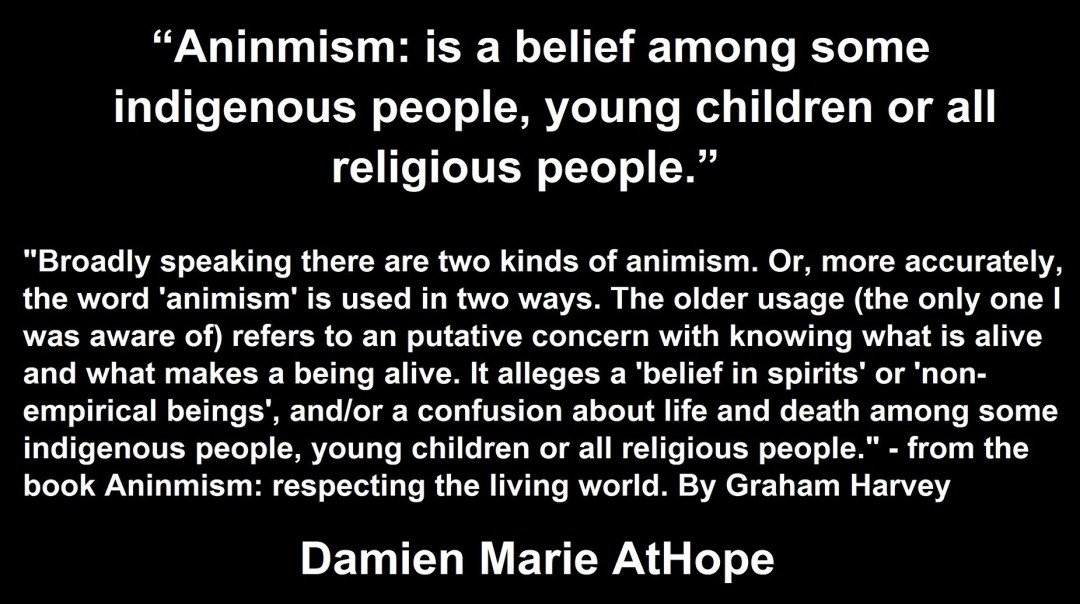
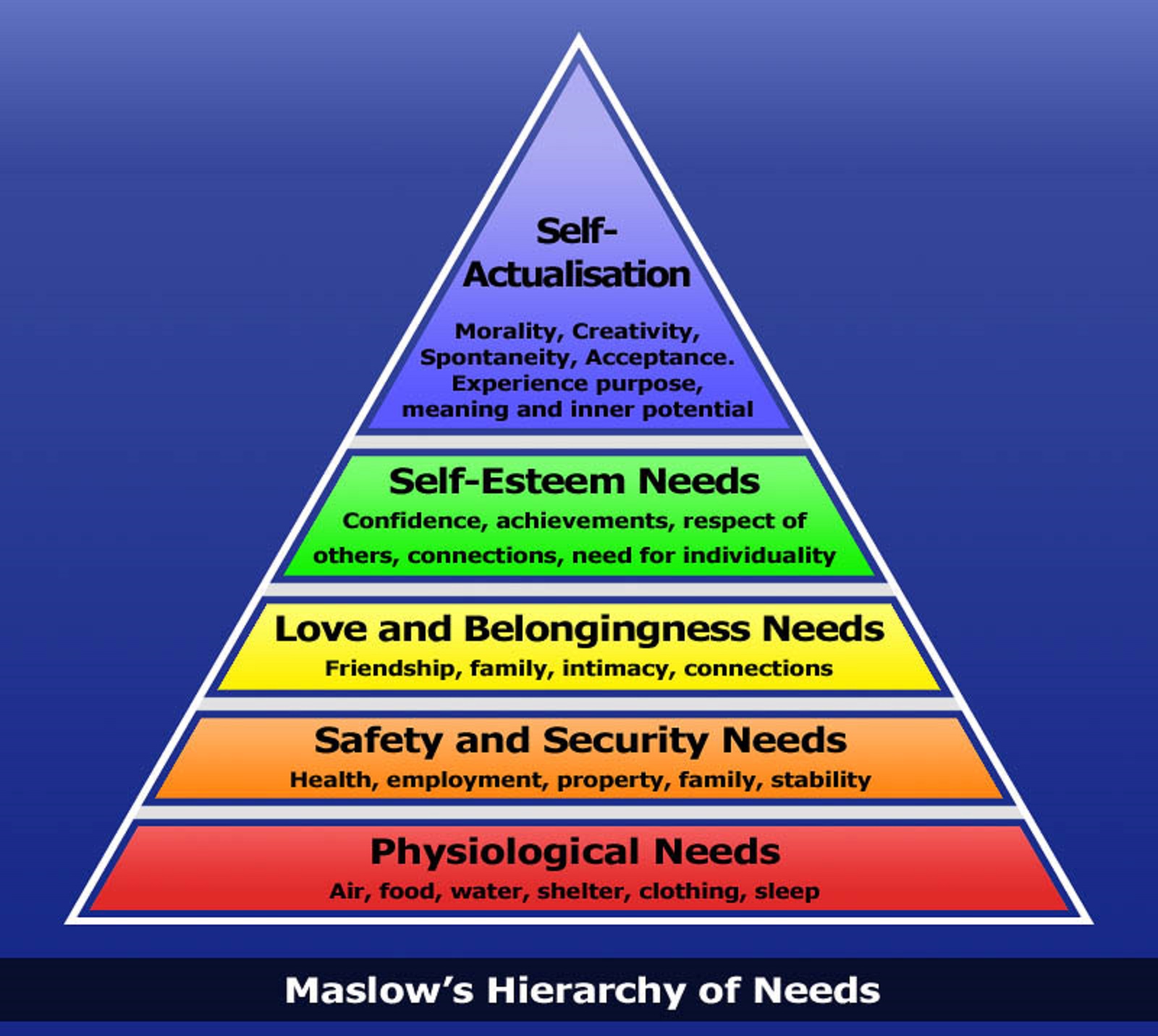
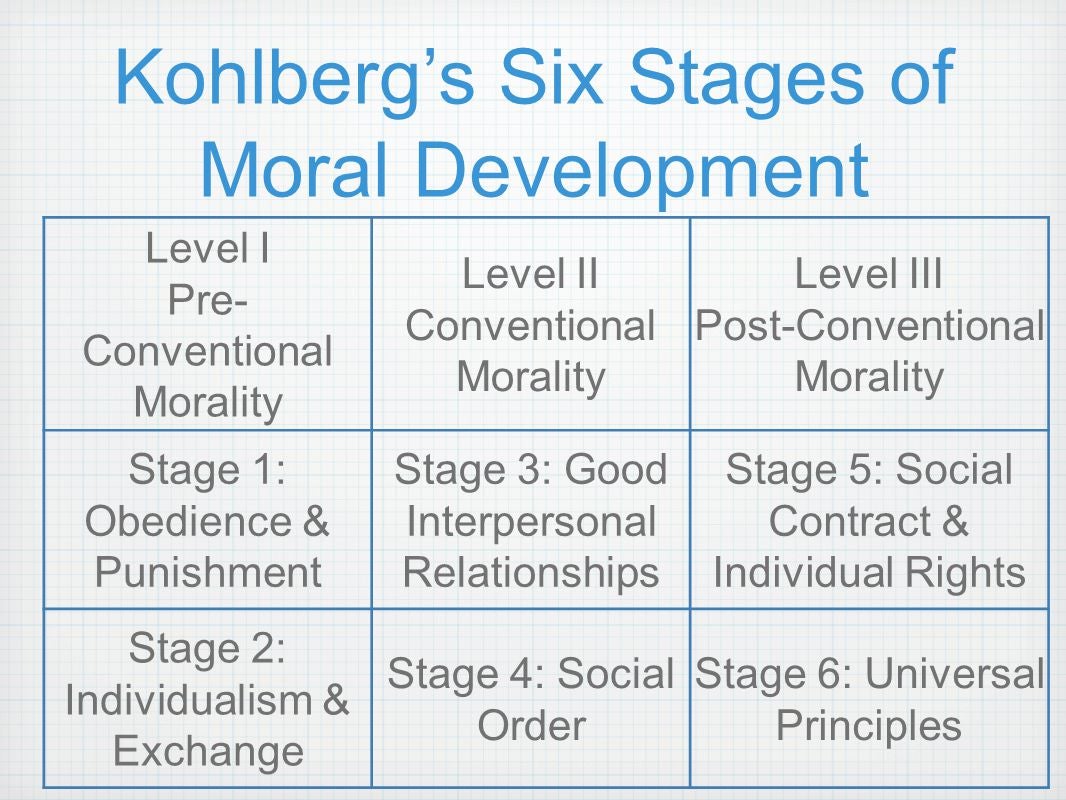
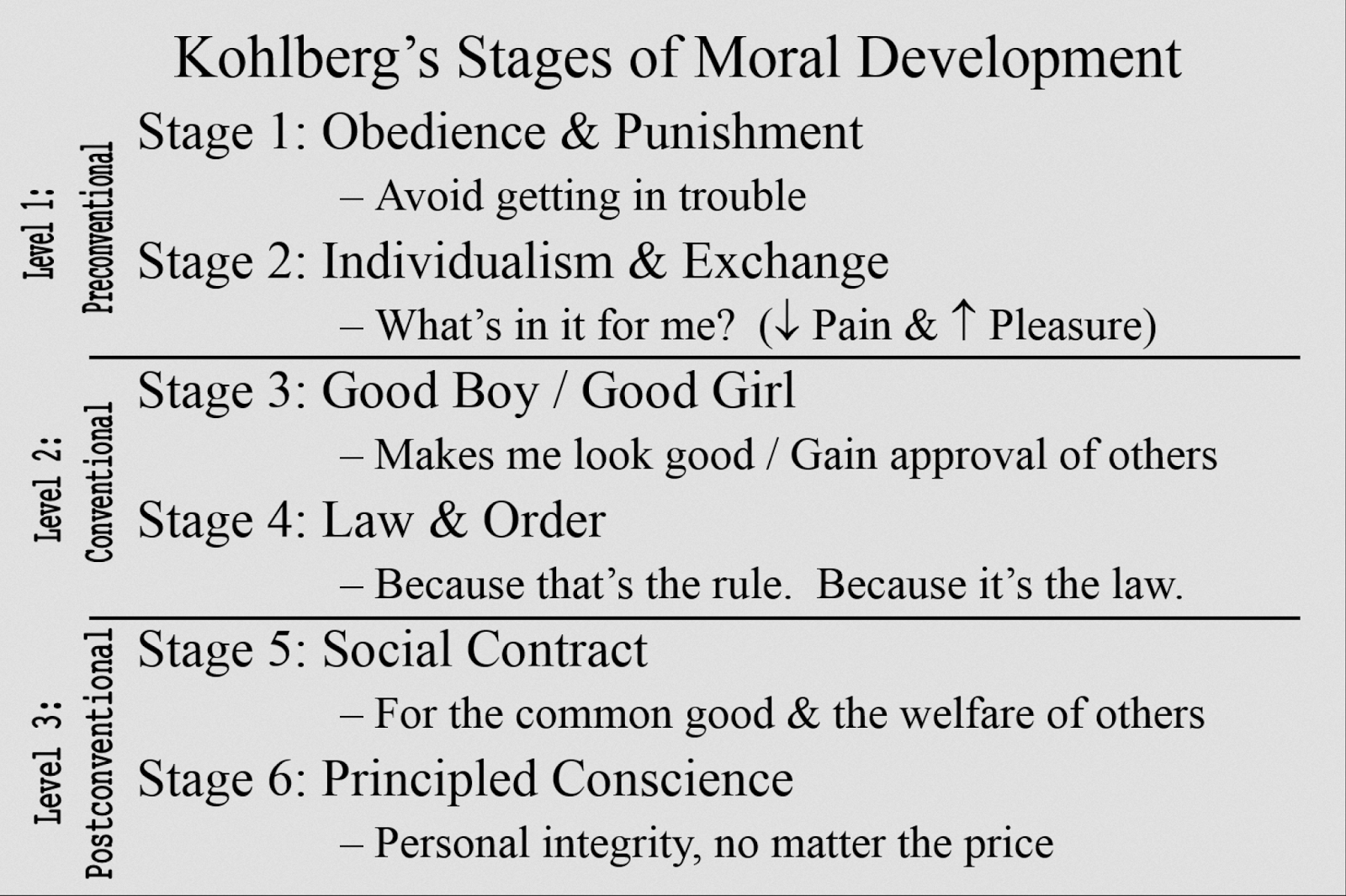


Damien Marie AtHope: Axiological Atheist, Anti-theist, Anti-religionist, Secular Humanist. Rationalist, Writer, Artist, Poet, Philosopher, Advocate, Activist, Psychology, and Armchair Archaeology/Anthropology/Historian. Damien is interested in: Freedom, Liberty, Justice, Equality, Ethics, Humanism, Science, Atheism, Antiteism, Antireligionism, Ignosticism, Left-Libertarianism, Anarchism, Socialism, Mutualism, Axiology, Metaphysics, LGBTQI, Philosophy, Advocacy, Activism, Mental Health, Psychology, Archaeology, Social Work, Sexual Rights, Marriage Rights, Woman’s Rights, Gender Rights, Child Rights, Secular Rights, Race Equality, Ableism/Disability Equality, Etc. And a far-leftist, “Anarcho-Humanist.”
- I am an Axiological Atheist, with a Rationalist Persuasion, who Supports Anarcho-Humanism
- I am a caring firebrand axiological atheist, wishing to be hard on ideas but kind to people.
- Caring Firebrand Axiological Atheist, Antitheist, and Antireligionist as a Valuized Ethical Duty.
- Axiological Atheism Starts in Apatheism?
- Truth is a Value (axiological) Judgment.
- Axiological Atheism is Intellectualism
- Axiological Atheist Damien Marie AtHope interviews BABA BRINKMAN
- “Value Theory/Value Science” atheism: AXIOLOGICAL ATHEISM
- Is bible god ethical? & Would It Be Bad or Good if God Exists? (axiological “value theory” questions)
- Moral fear and Moral love (which together motivate my axiological ethics)?
- Axiological Dignity: “Value Consciousness vs Value-Blindness”
- Axiological/axiology (value theory/value science) Atheism?
- My Atheism: “Axiological Atheism”
- Axiological Atheist Interviews
- Axiological Atheism not Nihilist Atheism
- My quick definition of Axiology and Axiological Atheism?
- Applying Axiological Thinking
Get Behind Me With your Pseudo Religious-Morality
You look down on me without just cause, ranting your religious beliefs as if they have real value. However, your Pseudo Religious-Morals don’t even interest me, as if they have a real universal benefit to humanity, which they do not! So, yes, to you and your pseudo-moralistic thinking, I may express fallen morals. However, in this charge, I am proudly fallen, from such vile mental pollution as your pseudo-morality. And in so doing, I communicate respect and value for real morality indeed. But may I remind you, not only do I not need your fallen Pseudo Religious-Morals, I am demonstrably better off without them as I have TRUE reason uplifted universal-ethics, and that is something you don’t seem to demonstrate with any real accuracy, and for this, I look down on you with just cause. I hope I am always strong enough to put my morality at the forefront in all I do, so much so, that it is obvious in the ways I think and behave.
Axiological Morality Critique of Pseudo-Morality/Pseudomorality?
To me, “Pseudo Morality” is seen when holy books or people “cognitively reconstruct” an inhumane idea or behavior to make it into something different from that it is, to something more moral than what it actually is. Or turn something highly immoral into something highly moral. One way to do that is to cloak the behavior “in moral wrappings” or “in divine authority” such as god hates gays, gays are evil, thus killing gays is doing good by destroying evil. This thinking is obviously pseudomorality as gays are not evil but killing them is evil and inhumane idea or behavior thus very immoral. The god justified immorality into what is then called moral is some of the most common pseudomorality, though political leaders and others in power tend to employ it as well. They all are using “pseudomoral justifications” to describe something immoral as moral. To better grasp, a naturalistic morality, one should see the perspective of how there is a self-regulatory effect on the self-evaluative moral emotions, such as shame and guilt. Broadly conceived, self-regulation distinguishes between two types of motivation: approach/activation and avoidance/inhibition. one should conceptually understand the socialization dimensions (parental restrictiveness versus nurturance), associated emotions (anxiety versus empathy), and forms of morality (proscriptive versus prescriptive) that serve as precursors to each self-evaluative moral emotion. Babies and morality: “They believe babies are in fact born with an innate sense of morality, and while parents and society can help develop a belief system in babies, they don’t create one. A team of researchers at Yale University’s Infant Cognition Center, known as The Baby Lab, showed us just how they came to that conclusion.” Ref As an Axiological Atheist, I wish for Human Flourishing. Eudaimonia (commonly translated as happiness or welfare; however, “human flourishing” is likely more accurate. It is a central concept in Aristotelian ethics and political philosophy, along with the terms “virtue” or “excellence”, and “practical or ethical wisdom”. In Aristotle’s works, eudaimonia was (based on older Greek tradition) used as the term for the highest human good, and so it is the aim of practical philosophy, including ethics and political philosophy, to consider (and also experience) what it really is, and how it can be achieved. One of the central concerns of ancient ethics involved discussion of the links between the virtue of character and happiness (eudaimonia). As with all other ancient ethical thinkers, Socrates thought that all human beings wanted eudaimonia more than anything else. seems to have thought that virtue is both necessary and sufficient for eudaimonia. Socrates is convinced that virtues such as self-control, courage, justice, piety, wisdom and related qualities of mind and soul are absolutely crucial if a person is to lead a good and happy (eudaimon) life. Virtues guarantee a happy life eudaimonia. For example, in the Meno, with respect to wisdom, he says: “everything the soul endeavours or endures under the guidance of wisdom ends in happiness” Ref
Real Morality vs. Pseudo Morality
“Real Morality vs. Pseudo Morality?”
+Morals (Personal Morality relating to a “self” morality): are not held by all in the same way since all are not held to Orthodox faith and though most start with good and bad or right and wrong values, which usually are personally, familially, socially or religiously give or in some way otherworldly defined, thus not universal.
+Ethics (Social Morality relating to a “others” morality): Ethics are not constrained by a given religion’s value systems to motivate its ideas of right and wrong instead it relies on universal truths found in universal principles of just human action. Ethics is set standers uses to personally engage with others and universal truths assist goals of universal ethical standards. Thus, ethics are general prosocial prescription we as morality aware beings in a rather universal way tend to have some awareness of and it is not just an awareness as in one who holds to ethics often get it applies to all peoples. Some may wish to devalue people but to do so is not really unethical, though often it can lead to unethical behavior. So what I am trying to highlight is how in the behavior that the ethics violation could occur as the internal attitude of devaluing others would only be a possible morals violation such as one who valued virtue and not getting it but failing by the persuasion of devaluing the life of other humans. This simple internal devaluing of humans, that they may be doing is vile. But ethics would not be involved until public behaviors with others, as such ethics is not so much a persuasion as an adherence to a standard(s) that should cover all thus it is highly applicable to utilize in environmental decision making.
Real Morality is referring to “ethics” (Social Morality relating to a “others” morality) as opposed to +Morals (Personal Morality relating to a “self” morality) because we use Real Morality or need to to assist in judging the behaviors in a social dynamic behavioral event or interaction and can only accrue in a social dynamic (social behavioral realm) as such all morality propositions removed from a social dynamic and which accrue only in a personal dynamic lack attachment to “Real Morality” referring to the social nature of “ethics.” In other words, if you are by yourself and do something only to yourself, it is neither ethical nor immorality; thus, doing a behavior that is only personal (a believed moral or otherwise) by yourself and only something to yourself, is amorality to everyone but that chosen person doing a behavior that is only personal. One can choose to personally value some moral standard for themselves but because morals (the personal valued behaviors) as opposed to ethics (the interpersonal/social valued behaviors; which there is business never business morals as ethics is about our social-behaviors we can hold others to, whereas, morals are only something we can hold ourselves to). I hold the assumptions that to understand morality more fully we need to understand its synthesis and properties by emphasizing its relations to conceptual tools understanding motivation and behavior such as Biopsychosocial model, Maslow’s hierarchy of needs, Bronfenbrenner’s Ecological Systems Theory, Lawrence Kohlberg’s stages of moral development, Care Ethics, Consequentialism, and Formal Axiology interactions across multiple levels.
Real Morality is an emergent aspect limited to a sphere of social dynamics (social) result in human progress and social evolution understood in mental processes of high cognitively developed beings (biological) with developed psychological quality of awareness (psychological) and the so-called moral facts and the values that support or motivate them is limited to the realm of possible harm psychological or physical (actual external world or experiential internal world).
Pseudo Morality is seen when holy books or people “cognitively reconstruct” an inhumane idea or behavior to make it into something different from that it is, to something more moral than what it actually is. Or turn something highly immoral into something highly moral. One way to do that is to cloak the behavior “in moral wrappings” or “in divine authority” such as god hates gays, gays are evil, thus killing gays is doing good by destroying evil. This thinking is obviously pseudo morality as gays are not evil but killing them is evil and inhumane idea or behavior thus very immoral. The god justified immorality into what is then called moral is some of the most common pseudo-morality, though political leaders and others in power tend to employ it as well. They all are using “pseudo-moral justifications” to describe something immoral as moral. True morality is not as simple as the golden rule…
True Morality Not the Golden Rule
“True morality is not as simple as the golden rule”
True morality is a valued behavior we do that interacts with others; it is not really related to what we do to ourselves. Which is why I do not agree with the so-called golden rule as it is what you don’t want do to others but this fails in that its focused on ourselves which is us focused and true morality needs to be other focused on what valued behavior we do that interacts with others. I say treat others the way they should be treated. People have self-ownership, self-rights, right to dignity, freedom, and equality. True morality is a valued behavior we do that interacts with others starting with the conception that people matter, they have worth and value, It is in this way they should be treated. Real Morality is referring to “ethics” we use in judging the behaviors in a social dynamic behavioral event or interaction and can only accrue in a social dynamic (social behavioral realm) as such all morality propositions removed from a social dynamic and which accrue only in a personal dynamic lack attachment to “Real Morality” referring to the social nature of “ethics.” In other words, if you are by yourself and do something only to yourself, it is neither ethical nor immorality; thus, doing a behavior that is only personal (a believed moral or otherwise) by yourself and only something to yourself, is amorality to everyone but that chosen person doing a behavior that is only personal. I would like to offer my understanding of how I see the layout of morality, values, morals, and ethics as I see them. I see the term “morality” proper as the main moniker to a philosophic group (values, morals, and ethics) or the main heading that involves the subheadings of values, morals, and ethics. Values, morals, and ethics, in a basic observational way, should be understood as falling under branches expressing different but similar thinking and behavioral persuasion. Values are the internal catalyst often motivating our thinking and behaviors. Such as a value of all human life, would tend to motivate you to not wantonly end human lives. Just as a lack of value for all human life, may tend to motivate you do not have an issue with the wanton ending of human lives. Morals to me, are the personal persuasion that you value, such as having a desire for truthfulness. Then we have ethics and we know this is a different branch of the morality tree, as there is business ethics/professional ethics but not really business morals or professional morals; other than one’s self-chosen persuasion which may be adopted from business ethics/professional ethics. Ethics are as I have expressed our social universal prescriptions/persuasions public morality whereas morals to me are personal morality. Therefore, we can hold others to universal ethics standards (public morality) and not our moral proclivities that are not universal on others, as morals are for us (personal morality).
Religions Promote Pseudo-Morality
If you are a religious believer in your religions exclusive brand of confessed morality, may I remind you that faith in the acquisition of knowledge is not a valid method worth believing in. Because, what proof is “faith”, of anything religion claims by faith, as many people have different faith even in the same religion? All religions have some form of self-shaming institution, such as “sin” or its equivalents such as karma or something else often used to describe actions that create negative self-outlook or other-outlook where truly there is none. This idea of sin points out how religions promote pseudo-morality. The easiest aspect to grasp about pseudo-morality is when it is claimed that you can do something immoral to yourself that is pseudo-morality. True morality is how one conducts themselves with others. There is no ethical violation of self. To understand this concept considers how consent violations are unethical and how one does not need to get consent from oneself. Thus, there cannot be a consent violation against self and the aspect of sin is pseudo-morality, which promotes that there can be a violation of the self. Some will try to say that the violation is of a god but this is wrong because this is saying that someone else has control over what ethical things you do to yourself and what you do to yourself under your own consent. Likewise, another aspect of pseudo-morality is how religions seem to take the position that those people over there are different. Once you separate yourself from others, it is a short step from that to dehumanizing them. Once you do that, you open the door to hate people and dehumanizing hate tends to lead to violence. Imagine you are god with all the normal powers claimed by religions: What would you do, to (for) the world, if you were god for a day? What wrongs would you right? What diseases would you wipe out? Who would you help? What peoples would you bless such that they were able to turn themselves around and really prosper? Now ask yourself: why does the religionist’s claimed god(s) not DO these things? Answer: because most humans just like you are more moral and caring than god(s) that is why.
As an axiological atheist, I understand and utilize value or actually “Value Consciousness” to both give a strong moral “axiological” argument (the problem of evil) as well as use it to fortify my humanism and positive ethical persuasion of human helping and care. Value-blindness gives rise to sociopathic evil.
- Axiology, Morality and the Dignity Being: “Human Entity”
- MORALITY: values, morals, and ethics
- Axiological Ethics not Pseudo Morality
- Morality: all subjective or all objective?
- Think there is no objective morality?
- I have questions for someone believing all morality is subjective
- Reason, Morality, and Emotions?
- Real Morality: Emotional Shame?
- Believe in Good, Humanist Morality?
- Natural Morality?
- Atheist Morality = Scientific Morality?
- Bible Morality and a Genocidal god of Watery Death?
- Axiological Atheism Morality Critique: of the bible god
- How Do I Gain a Morality Persuasion or Make a Change to it?
- Justice in the Workplace: morality/ethical dimensions
- No God: No evidence, No intelligence, and No goodness = Valid Atheism Conclusion
No God: No evidence, No intelligence, and No goodness = Valid Atheism Conclusion
- No evidence, to move past the Atheistic Null Hypothesis: There is no God/Gods (in inferential statistics, a Null Hypothesis generally assumed to be true until evidence indicates otherwise. Thus, a Null Hypothesis is a statistical hypothesis that there is no significant difference reached between the claim and the non-claim, as it is relatively provable/demonstratable in reality some way. “The god question” Null Hypothesis is set at as always at the negative standard: Thus, holding that there is no God/Gods, and as god faith is an assumption of the non-evidentiary wishful thinking non-reality of “mystery thing” found in all god talk, until it is demonstratable otherwise to change. Alternative hypothesis: There is a God (offered with no proof: what is a god and how can anyone say they know), therefore, results: Insufficient evidence to overturn the null hypothesis of no God/Gods.
- No intelligence, taking into account the reality of the world we do know with 99 Percent Of The Earth’s Species Are Extinct an intelligent design is ridiculous. Five Mass Extinctions Wiped out 99 Percent of Species that have ever existed on earth. Therefore like a child’s report card having an f they need to retake the class thus, profoundly unintelligent design.
- No goodness, assessed through ethically challenging the good god assumptions as seen in the reality of pain and other harm of which there are many to demonstrates either a god is not sufficiently good, not real or as I would assert, god if responsible for this world, would make it a moral monster ripe for the problem of evil and suffering (Argument from Evil). God would be responsible for all pain as life could easily be less painful and yet there is mass suffering. In fact, to me, every child born with diseases from birth scream out against a caring or loving god with the power to do otherwise. It could be different as there is Congenital insensitivity to pain (CIP), also known as congenital analgesia, in which a person cannot feel (and has never felt) physical pain.[1]
Disproof by logical contradiction
“A Logical Impossibility”
In classical logic, a contradiction consists of a logical incompatibility between two or more propositions. It occurs when the propositions, taken together, yield two conclusions which form the logical, usually opposite inversions of each other. Contradiction by the creation of a paradox, Plato’s Euthydemus dialogue demonstrates the need for the notion of contradiction. In the ensuing dialogue, Dionysodorus denies the existence of “contradiction”, all the while that Socrates is contradicting him: “… I in my astonishment said: What do you mean Dionysodorus? I have often heard, and have been amazed to hear, this thesis of yours, which is maintained and employed by the disciples of Protagoras and others before them, and which to me appears to be quite wonderful, and suicidal as well as destructive, and I think that I am most likely to hear the truth about it from you. The dictum is that there is no such thing as a falsehood; a man must either say what is true or say nothing. Is not that your position?” Indeed, Dionysodorus agrees that “there is no such thing as a false opinion … there is no such thing as ignorance” and demands of Socrates to “Refute me.” Socrates responds “But how can I refute you, if, as you say, to tell a falsehood is impossible?”. – Wikipedia
I am an Axiological (Theoretical and Normative VALUE Theorist philosopher) Atheist
Axiology and Value Theory?
“Value theory is a range of approaches to understanding how, why, and to what degree persons value things; whether the object or subject of valuing is a person, idea, object, or anything else. This investigation began in ancient philosophy, where it is called axiology or ethics.”– Wikipedia
“The term “Value Theory” is used in at least three different ways in philosophy. In its broadest sense, “value theory” is a catch-all label used to encompass all branches of moral philosophy, social and political philosophy, aesthetics, and sometimes feminist philosophy and the philosophy of religion — whatever areas of philosophy are deemed to encompass some “evaluative” aspect. In its narrowest sense, “value theory” is used for a relatively narrow area of normative ethical theory particularly, but not exclusively, of concern to consequentialists. In this narrow sense, “value theory” is roughly synonymous with “axiology”. Axiology can be thought of as primarily concerned with classifying what things are good, and how good they are. For instance, a traditional question of axiology concerns whether the objects of value are subjective psychological states or objective states of the world. But in a more useful sense, “value theory” designates the area of moral philosophy that is concerned with theoretical questions about value and goodness of all varieties — the theory of value. The theory of value, so construed, encompasses axiology, but also includes many other questions about the nature of value and its relation to other moral categories. The division of moral theory into the theory of value, as contrasting with other areas of investigation, cross-cuts the traditional classification of moral theory into normative and metaethical inquiry, but is a worthy distinction in its own right; theoretical questions about value constitute a core domain of interest in moral theory, often cross the boundaries between the normative and the metaethical, and have a distinguished history of investigation.” – (Stanford Encyclopedia of Philosophy)
Normative Philosophy? – Wikipedia
“Normative generally means relating to an evaluative standard. Normativity is the phenomenon in human societies of designating some actions or outcomes as good or desirable or permissible and others as bad or undesirable or impermissible. A norm in this normative sense means a standard for evaluating or making judgments about behavior or outcomes. Normative is sometimes also used, somewhat confusingly, to mean relating to a descriptive standard: doing what is normally done or what most others are expected to do in practice. In this sense a norm is not evaluative, a basis for judging behavior or outcomes; it is simply a fact or observation about behavior or outcomes, without judgment. Many researchers in this field try to restrict the use of the term normative to the evaluative sense and refer to the description of behavior and outcomes as positive, descriptive, predictive, or empirical. In philosophy, normative statements make claims about how things should or ought to be, how to value them, which things are good or bad, and which actions are right or wrong. Normative claims are usually contrasted with positive (i.e. descriptive, explanatory, or constative) claims when describing types of theories, beliefs, or propositions. Positive statements are (purportedly) factual statements that attempt to describe reality. Normative statements and norms, as well as their meanings, are an integral part of human life. They are fundamental for prioritizing goals and organizing and planning. Thought, belief, emotion, and action are the basis of much ethical and political discourse; indeed, normativity is arguably the key feature distinguishing ethical and political discourse from other discourses (such as natural science). Much modern moral/ethical philosophy takes as its starting point the apparent variance between peoples and cultures regarding the ways they define what is considered to be appropriate/desirable/praiseworthy/valuable/good etc. (In other words, variance in how individuals, groups, and societies define what is in accordance with their normative standards.) This has led philosophers such as A.J. Ayer and J.L. Mackie (for different reasons and in different ways) to cast doubt on the meaningfulness of normative statements. Philosophers, such as Christine Korsgaard, have argued for a source of normative value which is independent of individuals’ subjective morality and which consequently attains (a lesser or greater degree of) objectivity. In the social sciences, the term “normative” has broadly the same meaning as its usage in philosophy, but may also relate, in a sociological context, to the role of cultural ‘norms‘; the shared values or institutions that structural functionalists regard as constitutive of the social structure and social cohesion. These values and units of socialization thus act to encourage or enforce social activity and outcomes that ought to (with respect to the norms implicit in those structures) occur, while discouraging or preventing social activity that ought not to occur. That is, they promote social activity that is socially valued. While there are always anomalies in social activity (typically described as “crime” or anti-social behavior, see also normality (behavior)) the normative effects of popularly endorsed beliefs (such as “family values” or “common sense“) push most social activity towards a generally homogeneous set.” – Wikipedia
Theoretical philosophy? – Wikipedia
“The division of philosophy into a practical and a theoretical discipline has its origin in Aristotle‘s moral philosophy and natural philosophy categories. Theoretical philosophy is sometimes confused with Analytic philosophy, but the latter is a philosophical movement, embracing certain ideas and methods but dealing with all philosophical subject matters, while the former is a way of sorting philosophical questions into two different categories in the context of a curriculum. – Wikipedia
Here are examples of theoretical philosophy subjects I delve into:
- Ontology
- Epistemology
- Axiology
- Ignosticism
- Atheism
- Rationalism
- Antitheism
- Antireligion
- Anarchism
- Secularism
- Secular humanism
- Humanism
- Theories of truth
- Questions on knowledge
- Practical philosophy
- Logic
- Questions on Morality
- Feminist philosophy
- Philosophy of science
- Philosophy of language
- Philosophy of mind
- Metaphysics
Noradrenaline and our Presumptions of Reality (regulation of the Brain’s ‘Inner World’)?
Axiological “Presumptive-Value”
Your god myth is an Axiological “Presumptive-Value” Failure
I am an Axiological (value theorist) Atheist, and Claims of god are a Presumptive-Value failure. Simply, if you presume a thing is of value that you can’t justify, then you have committed an axiological presumptive value failure.
Axiological “presumptive-value” Success: Sound Thinker: uses disciplined rationality (sound axiological judgment the evaluation of evidence to make a decision) supporting a valid and reliable justification.
Axiological “presumptive-value” Failure: Shallow Thinker: undisciplined, situational, sporadic, or limited thinking (unsound axiological judgment, lacking required evidence to make a “presumptive-value” success decision) lacking the support of a needed valid and reliable justification.
“Ok, So basically, the difference between reasoning with evidence and without?” – Questioner
My response, Well with or without valid justification because of evidence. As in you can’t claim to know the value of something you can’t demonstrate as having good qualities to attach the value claim too so if you lack evidence of the thing in question then you cannot validate its value. So it’s addressing justificationism (uncountable) Theory of justification, An (philosophy standard) approach that regards the justification of a claim as primary, while the claim itself is secondary; thus, criticism consists of trying to show that a claim cannot be reduced to the authority or criteria that it appeals to. Think of is as a use-matrix. If I say this is of great use for that, can you validate its use or value, and can I use this as a valid method to state a valid justification for my claims without evidence to value judge from? No, thus an axiological presumptive-value failure as a valid anything. Theory of justification is a part of epistemology that attempts to understand the justification of propositions and beliefs. Epistemologists are concerned with various epistemic features of belief, which include the ideas of justification, warrant, rationality, and probability. Loosely speaking, justification is the reason that someone (properly) holds a belief. When a claim is in doubt, justification can be used to support the claim and reduce or remove the doubt. Justification can use empiricism (the evidence of the senses), authoritative testimony (the appeal to criteria and authority), or reason. – Wikipedia
“Presumptions are things that are credited as being true until evidence of their falsity is presented. Presumptions have many forms and value (Axiology) is just one. In ethics, value denotes the degree of importance of something or action, with the aim of determining what actions are best to do or what way is best to live (normative ethics), or to describe the significance of different actions. It may be described as treating actions as abstract objects, putting VALUE to them. It deals with right conduct and living a good life, in the sense that a highly, or at least relatively high valuable action may be regarded as ethically “good” (adjective sense), and that an action of low value, or relatively low in value, may be regarded as “bad”. What makes an action valuable may, in turn, depend on the ethic values of the objects it increases, decreases or alters. An object with “ethic value” may be termed an “ethic or philosophic good” (noun sense). Values can be defined as broad preferences concerning appropriate courses of actions or outcomes. As such, values reflect a person’s sense of right and wrong or what “ought” to be. “Equal rights for all”, “Excellence deserves admiration”, and “People should be treated with respect and dignity” are representatives of values. Values tend to influence attitudes and behavior and these types include ethical/moral values, doctrinal/ideological(religious, political) values, social values, and aesthetic values. It is debated whether some values that are not clearly physiologically determined, such as altruism, are intrinsic, and whether some, such as acquisitiveness, should be classified as vices or virtues.” ref, ref
The Way of a Sound Thinker?
“Sound thinking to me, in a general way, is thinking, reasoning, or belief that tends to make foresight a desire to be as accurate as one can with valid and reliable reason and evidence.”
Sound axiological judgment, to me, a “presumptive-value” success, is value judged opinions expressed as facts with a valid and reliable justification. In an informal and psychological sense, it is used in reference to the quality of cognitive faculties and adjudicational (relating to adjudication) capabilities of particular individuals, typically called wisdom or discernment. In a legal sense, – used in the context of a legal trial, to refer to a final finding, statement, or ruling, based on a considered weighing of evidence, called, “adjudication“.
A shallow thinker (i.e. not a Deep Thinker, a person whose thoughts are reasoned, methodological, logical, empirical, profound; an intellectual) quickly talks, often with boastful postulations, likely just as often pushed strongly and loudly as if this adds substance, and they do this before fully understanding what’s is really involved. Whereas, a Sound Thinker is reasoned (comparativemore reasoned, superlativemost reasoned) generally based on reasoning; being the result of logical thought. As a first debate process, a Sound Thinker commonly poses Questions to understand slowing down and assessing all the facts or factors involved and then builds their argument or ideas. In classical logic, the law of non-contradiction (LNC) (also known as the law of contradiction, principle of non-contradiction (PNC), or the principle of contradiction) states that contradictory statements cannot both be true in the same sense at the same time, e.g. the two propositions “A is B” and “A is not B” are mutually exclusive. It is the second of the three classic laws of thought.
Sound Thinkers don’t value FAITH
Critical Thinking, What Does it Mean to Be Open to Learn?
A General Thinking in all My Epistemology Theorizing is Justificationism
“Damien, I am an atheist but I have faith in gravity tho, but it isn’t exactly “faith.” – Challenger
My response, “No, I don’t agree, you don’t have faith in gravity or gravitation, as it is “a fundamental force” you have proof or if lacking some direct proof would use inference and if even less evidence you use conjecture, not faith. Do you gauntly thinking you need faith in gravity because you wonder or worry that when walking down a set of stairs that you going to fall back up? You don’t need faith (strong belief without evidence) as there is massive proof, almost to the point that it is easily self-evident. You don’t need faith (strong belief without evidence) for anything, as if its warranted it will or should have evidence or it doesn’t deserve not only strong belief but any amount of belief at all as sound beliefs need something to ground their worthiness in relation to reality; the only place evidence comes.
“Gravity, or gravitation, is a natural phenomenon by which all things with mass are brought toward (or gravitate toward) one another, including planets, stars, and galaxies. Gravity is responsible for various phenomena observed on Earth and throughout the Universe; for example, it causes the Earth and the other planets to orbit the Sun, the Moon to orbit the Earth, the formation of tides, the formation and evolution of the Solar System, stars and galaxies. Since energy and mass are equivalent, all forms of energy, including light, also cause gravitation and are under the influence of it. On Earth, gravity gives weight to physical objects and causes the ocean tides. The gravitational attraction of the original gaseous matter present in the Universe caused it to begin coalescing, forming stars – and the stars to group together into galaxies – so gravity is responsible for many of the large-scale structures in the Universe.” Ref
Understanding how children use magical thinking
Sound thinking to me, in a general way, is thinking, reasoning, or belief
that tends to make foresight a desire to be as accurate as one can
with valid and reliable reason and evidence.
Dogmatic–Propaganda vs. Disciplined-Rationality
Religionists and fideists, promote Dogmatic-Propaganda whereas atheists and antireligionists mostly promote Disciplined-Rationality. Dogmatic–Propaganda commonly is a common motivator of flawed or irrational thinking but with over seventy belief biases identified in people, this is hardly limited to just the religious or faith inclined. Let me illustrate what I am saying, to me all theists are believing lies or irrationally in that aspect of their lives relating to god belief. So the fact of any other common intellectual indexers where there may be right reason in beliefs cannot remove the flawed god belief corruption being committed. What I am saying is like this if you kill one person you are a killer. If you believe in one “god” I know you are a follower of Dogmatic-Propaganda and can not completely be a follower of Disciplined-Rationality. However, I am not proclaiming all atheists are always rational as irrationally is revolving door many people believe or otherwise seem to stumble through. It’s just that god belief does this with intentionally.
Disciplined-Rationality is motivated by principles of correct reasoning with emphasis on valid and reliable methods or theories leading to a range of rational standpoints or conclusions understanding that concepts and beliefs often have consequences thus hold an imperative for truth or at least as close to truth as can be acquired rejecting untruth. Disciplined-Rationality can be seen as an aid in understanding the fundamentals for knowledge, sound evidence, justified true belief and involves things like decision theory and the concern with identifying the value(s), reasonableness, verification, certainties, uncertainties and other relevant issues resulting in the most clear optimal decision/conclusion and/or belief/disbelief. Disciplined-Rationality attempts to understand the justification or lack thereof in propositions and beliefs concerning its self with various epistemic features of belief, truth, and/or knowledge, which include the ideas of justification, warrant, rationality, reliability, validity, and probability.
ps. “Sound Thinker”, “Shallow Thinker”, “Dogmatic–Propaganda” & “Disciplined-Rationality” are concepts/terms I created*
Axiological atheism can be thought to involve ethical/value theory reasoned and moral argument driven apatheism, ignosticism, atheism, anti-theism, anti-religionism, secularism, and humanism. The valuations move up the latter as the levels of evaluation is made to value judge all the elements to better understand the value or disvalue available to reach the most accurate valuation reasonable with a sound aware value conciseness. Axiological atheism can be thought to involve Ethical Atheism.
Below shows the 7 axiological atheism argument flow to show the value layers and my thoughts on it:
1. Apatheism: we are born and by the fact reality is devoid of magic removes theological desires to understand the obvious naturalistic world, until we learn otherwise. (a “presumptive-value” failure, thus no motivation to adequately start the evaluation needed to understand if there is real value for an Axiology assessment to accurately place it in the value hierarchy). = no value
2. Ignosticism: Sees theological arguments and language as equivocation, contradictory, and/or un-cognitively relatable other than emotionalism or the like. I see Ignosticism as using the Theological non-cognitivism arguments of “mind understanding issues” (rationalism challenging) and an evidentialist/verificationist arguments of “lacking evidence issues” (empiricism challenging). As an atheist, I am a person who disbelieves or lacks belief in the existence of god or gods. In my non-belief, I am also ignostic feeling that every theological position assumes too much about the concept of god(s). As an ignostic, I am a person who rational no idea of anything from reality whatever to label as “a concept of god” thus I can say I have no idea of anything that can connect to the term god and no reason to think anyone else can either. (again a “presumptive-value” failure, no good Ontology of the thing for Identifying values that could influence belief but without what is needed to understand if there is real value for an axiology assessment to accurately place it in the value hierarchy). = no value
3. Atheism: How can we not reject the concept of gods, aka: supposed supreme magical beings, when not even some simple magic is supported in reality. So how then is it not even more ridiculous to claim some supreme magic aka: gods which are even further from reality. May I remind you that faith in the acquisition of knowledge is not a valid method worth believing in. Because, what proof is “faith”, of anything religion claims by faith, as many people have different faith even in the same religion? As an atheist, I am a person who disbelieves or lacks belief in the existence of god or gods. In my non-belief, I am also ignostic feeling that every theological position assumes too much about the concept of god(s). As an ignostic, I am a person who rational no idea of anything from reality whatever to label as “a concept of god” thus I can say I have no idea of anything that can connect to the term god and no reason to think anyone else can either. Atheists talk about gods and religions for the same reason doctors talk about cancer, they are looking for a cure or a firefighter talking about fires because they burn people and they care to stop them. We atheists too often feel a need to help the victim’s of mental slavery, held in the bondage that is the false beliefs of gods and the conspiracy theories of reality found in religions. If you think you believe in a god, “what do you mean by god,” saying a name tells me not one thing about the thing I am asking to know “its” beingness / thingness / attributes / qualities. Thus, what is the thing “god” to which you are talking about and I want you to explain its beingness /thingness / attributes/ qualities? Religious/theistic people with supernatural beliefs often seem as though they haven’t thought much about and that is something we can help using ontology questions about the beingness / thingness / attributes/ qualities they are trying to refer too. What do you mean by god, when you use the term god? And, I am not asking you for the name you attach to the thing you label as a god. I don’t need to know what the god you believe is known “by.” I am asking, what is the thing you are naming as a god and what that thing is, its qualities in every detail like all things have if they are real. Are you just making stuff up or guessing/hoping or just promoting unjustified ideas you want to believe, what is a god? As an atheist, I feel more wonder than I did as a theist because I thought, “big deal” to any wonder I experienced, thinking god could do anything. So with such an unrealistic mindset, everything lost its wonder but it’s the opposite as an atheist. As a theist, the world was full of superstitions and supernatural magic possibilities and thus utilized thinking that was not in the real world. As an atheist all I have now is the real world, not that all atheists seem to get this, we all are in a real world devoid of magic anything, therefore, everything adds to my feeling of awe. There should be little debate with atheist acknowledging discernable reality compared to theists with non-reality claims. Yes, I have way more awe and wonder as an atheist than I ever had as a theist because as a theist anything was possible with god. Therefore, as a theist things where not that amazing. However, as an atheist grasping what an absolute accidental or how random things are, with a 95 to 99 % of all life ever existing on this planet went extinct. I am thoroughly amazed we are even here the evolved children of ancient exploded stars, likely born in galaxies born in super-massive black holes, it’s all amazing. There is no evidence for Gods. But is their proposition outside of reason? As always start in reality from the evidence we do know, such as never in the history of scientific research or investigation has any supernatural claims shown to be true. So it is completely outside of possibility and is utterly ridiculous. Therefore, belief should be rejected as there are no warrants at all and it is axiologically unworthy to such a preponderance to demand disbelief. (yet again a “presumptive value” failure, no good Ontology of the thing not the cognitively meaningful claims relatable to reality that must be attached to all magic and gods claims for Identifying values that could influence belief but without what is needed to understand if there is real value for an axiology assessment to accurately place it in the value hierarchy).
4. Antitheism: Anti-theism requires more than either merely disbelieving in gods or even denying the existence of gods. Anti-theism requires a couple of specific and additional beliefs: first, that theism is harmful to the believer, harmful to society, harmful to politics, harmful, to culture, etc.; second, that theism can and should be countered in order to reduce the harm it causes. If a person believes these things, then they will likely be an anti-theist who works against theism by arguing that it be abandoned, promoting alternatives, or perhaps even supporting measures to suppress it. It’s worth noting here that, however, unlikely it may be in practice, it’s possible in theory for a theist to be an anti-theist. This may sound bizarre at first, but remember that some people have argued in favor of promoting false beliefs if they are socially useful. To me, I think many may have a misconception of the term. Atheism and anti-theism so often occur together at the same time and in the same person that it’s understandable if many individuals fail to realize that they aren’t the same. Making a note of the difference is important, however, because not every atheist is anti-theistic and even those who are, aren’t anti-theistic all the time. Atheism is simply the absence of belief in gods; anti-theism is a conscious and deliberate opposition to theism. Many atheists are also anti-theists, but not all and not always. To me as an antitheist, I see the concept of gods antihumanistic and wholly harmful to a free humanity and if the so-called gods somehow do end up being real that I will switch to direct opposition as I would any tyrant oppressing humanity. Antitheism (sometimes anti-theism) is a term used to describe an opposition to theism. The term has had a range of applications and definitions. In secular contexts, it typically refers to direct opposition to the validity of theism, but not necessarily to the existence of a deity. As an anti-theist, I am a person who is active in opposition to theism: both the concepts of god(s) as well as the religions that support them. This is because theistic concepts and theistic religions are harmful and that even if theistic beliefs were true, they would be undesirable. (And, again a “presumptive value” failure, of the other value challenges of the lesser evaluations and value judgments addressed in theapatheism, ignosticism, atheism value judgment conclusion and an Axiological Atheism assessment of the god concept that must be attached to all magic and gods claims Identifying a lack of value and/or disvalue that influence harm to real value in an axiology assessment to accurately place its value violations in the value hierarchy).
5. Antireligionism: Not just Atheist, axiological atheists should be antitheists but this generally will involve anti-religionism. it would generally thus hold anti-religionist thinking. Especially, I am an anti-religionist, not just an atheist, and here is why summed up in three ideas I am against. And, in which these three things are common in all religions: “pseudo-science”, “pseudo-history”, and “pseudo-morality”. And my biggest thing of all is the widespread forced indoctrination of children, violating their free choice of what to not believe or believe, I hate forced hereditary religion. And my biggest thing of all is the widespread forced indoctrination of children, violating their free choice of what to not believe or believe, I hate forced hereditary religion. As well as wish to offer strong critiques regarding the pseudo-meaning of the “three letter noise” people call “G.o.d” (group originated delusion)! As an anti-religionist, I am a person who can look at religion on the whole and see it is detrimental to the progress of humanity thus am in opposition to all and every religion, not even just opposition to organized religion. In case you were wondering, I am anti-pseudoscience, anti-supernatural, and anti-superstition as well. May I not be a silent watcher as millions of children are subjugated almost before their birth let alone when they can understand thought and are forcibly coerced, compelled, constrained, and indoctrinated in the mental pollution that religion can be. My main goal against religion is to fully stop as much as possible forced indoctrination, one could ask but then why do I challenge all adults faith? well, who do you think is doing the lying to children in the first place. End Hereditary religion, if its a belief let them the equal right to choose to believe. “Religion is an Evolved Product” and Yes, Religion is Like Fear Given Wings… (And, one last time a “presumptive value” failure, of the other value challenges of the lesser evaluations and value judgments addressed in the apatheism, ignosticism, atheism value judgment conclusion and an Axiological Atheism assessment of the god concept and anti-theism assessment of the god show not just a lack of value but a possibly or likely harm demonstrating bot just a lack of value but a real disvalue and that includes the religions potentially removing value in an axiology assessment to accurately place it in the value hierarchy).
6. Secularism: is the only honorable way to value the dignity of others. If it was not true that there is a large unequal distribution of religion contributing to violence then there would be equal religion and atheist secularism violence. You do not see atheists bombing agnostics the very idea is laughable however even different branches of the same religion do will and have killed one another. So, violence not who we are it’s something we need to be compelled to do. Therefore, please support secularism. We are all one connected human family, proven by DNA showing we should treat each other as fellow dignity beings, supported equally (no gods and no masters). States may often have powers, but only citizens have the glue of morality we call rights. And, as they say, in my “dream society”, lots of things are free (aka. planting free food everywhere, free to everyone); but I wonder what you mean when people say you can’t just let things be free, I think, yeah, how can I take free stuff from a free earth. If one observes the virtues of (T. R. U. E. “The Rational Universal Ethics” or “The Responsible Universal Ethics”) that connect to all things as that of the connectedness equality like those which mirror the rays of the sun, fall down equally with a blind but fair indifference. (what is being expressed is that this sun shining will not favor one over another, no, the same upon everyone offering its light to all plant, animal, human, women, men, single or married, homosexual, bisexual, heterosexual, nonreligious, religious, people of means and those without, able-bodied and those which special needs, people of color, and those who are not, those with access to resources and those which out, young and elderly, etc.) All who wish to follow T. R. U. E. thus embodying a universalize equalitarian standard of ethics should strive to be like a ray of connected light to the world, shining equally and freedom to all of the world. By such efforts a nonbiased unitive ethical approach is possible, one would have an increase in positive feelings to help others understanding equalitarian connectedness. If you don’t think different you will not behave differently, if you have never lived differently it is hard to see things differently and if you do not strive to understand difference one is thus unknowingly or not bound by limited encapsulation. I am for a Free Secular Society. I am not for oppression or abuse of religious believer and want a free secular society with both freedoms of religion and freedom from religion. Even though I wish the end of faith and believing in myths and superstition, I wish this by means of informing the willing and not force of the unwilling. I will openly challenge and rebuff religious falsehoods and misunderstanding as well as rebuke and ridicule harmful or unethical religious ideology or behavior.
7. Humanism:is the philosophic thinking that humans can solve human problems by human means, without feeling a need to appeal to the likes of holy books, mystical anything, nor the belief in gods or religions. But, instead, aspires to a true belief in humanity, viewing it with a persuasion of equality. This caring realist thinking found in humanism utilizes an unstated assumption or aspiration, to do no harm as much as possible and to do good whenever one can. Moreover, we are all one connected human family, proven by DNA showing we should treat each other as fellow dignity beings, supported equally. And, no one really owns the earth, we may make claims to it even draw lines on maps thinking this makes the fantasy borders, illusion supported by force and the potential for threat. Thus the ethical truth is we need to share the earth as communally as possible. And use the resources as safe and ethically as possible striving towards sharing and caring. (do no Harm and do good = Humanism). My core definition of humanism is that humans can solve human problems by human means. I am not saying other things can’t or shouldn’t be added to it but to me, a definition of humanism must always contain something coherent to such a thinking or not contradict such as I have offered. Thus, why it is appropriate to say “good without god” when one is a humanist.
I argue for Atheism on scientific, archaeologically/anthropologically, philosophical, social/humanitarianism and prehistorical/historical grounds.
Archaeological, Scientific, & Philosophic grounds: Link
Prehistorical/historical grounds: Link
Social/humanitarianism grounds: Link
My life; the good, the bad, and the ugly on the road to the Mental Freedom of Atheism
- I Believe Archaeology, not Myths & Why Not, as the Religious Myths Already Violate Reason!
- Archaeological, Scientific, & Philosophic evidence shows the god myth is man-made nonsense.
- Interview of Formal Axiological Atheist Dr. William Kelleher
- “Value Theory/Value Science” atheism: AXIOLOGICAL ATHEISM
- Explaining Axiological theism, Axiological agnosticism, and Axiological atheism
- Axiological Atheism Supports Humanism & Secularism
- Psychological certainty and Epistemic certainty?
- Losing My Religion and MY Faith Addiction
- Ignostic Atheist: Do you Have a Coherent Definition of god?
- god Claims are a Non-Reality Commodity
- My Blogs on the Evolution of RELIGION
- Explaining My thoughts on the Evolution of Religion
- My Blogs Somewhat Relating to Science
- I am against Hereditary religion?
What is a god?
If you think you believe in a god, “what do you mean by god,” saying a name tells me not one thing about the thing I am asking to know “its” beingness/thingness/attributes/qualities. Thus, what is the thing “god” to which you are talking about and I want you to explain its beingness/thingness/attributes/qualities? Religious/theistic people with supernatural beliefs often seem as though they haven’t thought much about and that is something we can help using ontology questions about the beingness/thingness/attributes/qualities they are trying to refer too. What do you mean by god, when you use the term god? And, I am not asking you for the name you attach to the thing you label as a god. I don’t need to know what the god you believe is known “by.” I am asking, what is the thing you are naming as a god and what that thing is, its qualities in every detail like all things have if they are real. Are you just making stuff up or guessing/hoping or just promoting unjustified ideas you want to believe, what is a god?
Do you want what is true or want what you believe without concern for what may actually be true?
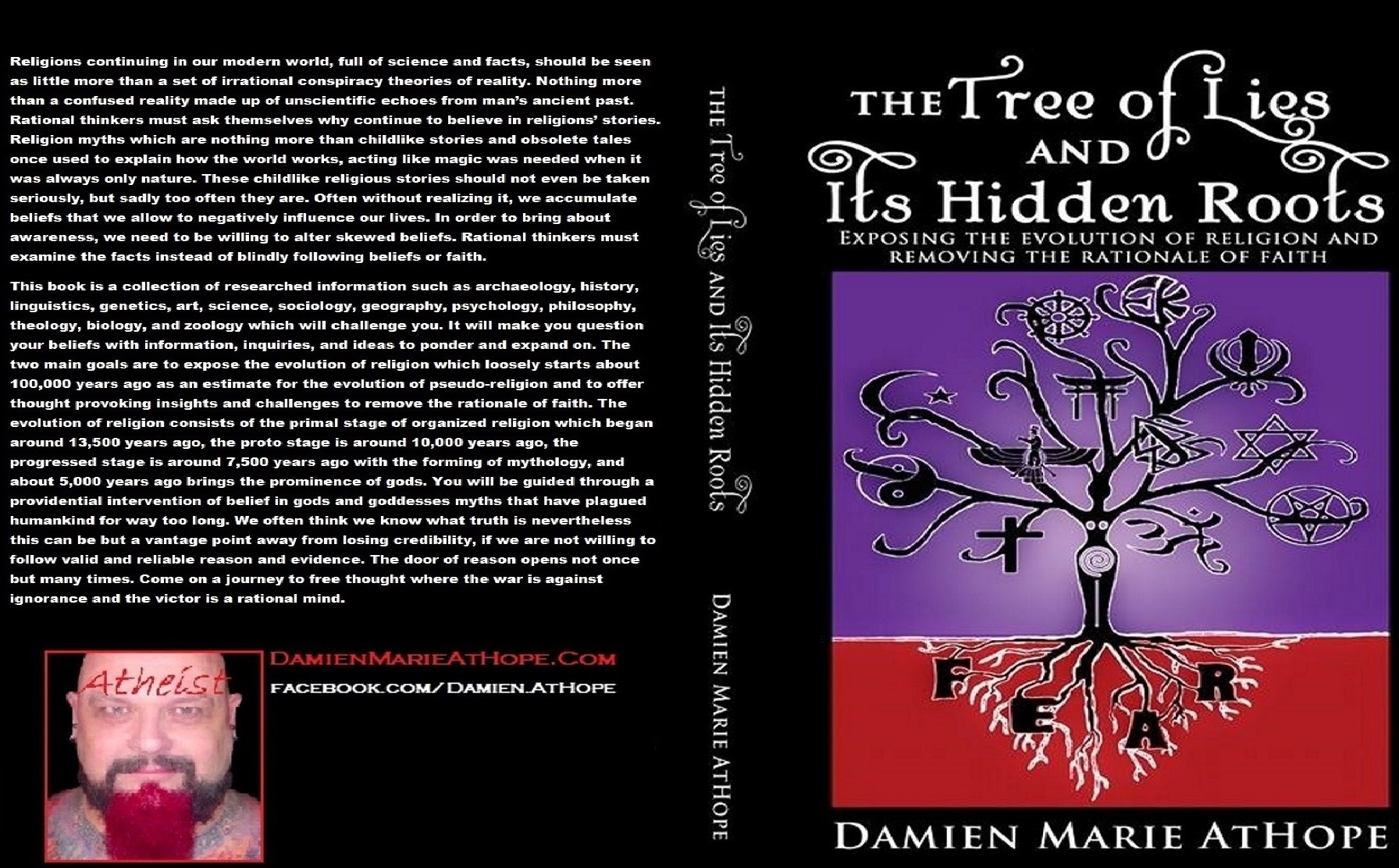
The Tree of Lies and its Hidden Roots back cover writing (not yet published)
Religions continuing in our modern world, full of science and facts, should be seen as little more than a set of irrational conspiracy theories of reality. Nothing more than a confused reality made up of unscientific echoes from man’s ancient past. Rational thinkers must ask themselves why continue to believe in religions’ stories. Religion myths which are nothing more than childlike stories and obsolete tales once used to explain how the world works, acting like magic was needed when it was always only nature. These childlike religious stories should not even be taken seriously, but sadly too often they are. Often without realizing it, we accumulate beliefs that we allow to negatively influence our lives. In order to bring about awareness, we need to be willing to alter skewed beliefs. Rational thinkers must examine the facts instead of blindly following beliefs or faith.
This book is a collection of researched information such as archaeology, history, linguistics, genetics, art, science, sociology, geography, psychology, philosophy, theology, biology, and zoology. It will make you question your beliefs with information, inquiries, and ideas to ponder and expand on. The two main goals are to expose the evolution of religion starting 100,000 years ago, and to offer challenges to remove the rationale of faith. It is like an intervention for belief in myths that have plagued humankind for way too long. We often think we know what truth is but nevertheless this can be but a vantage point away from losing credibility, if we are not willing to follow valid and reliable reason and evidence. The door of reason opens not once but many times. Come on a journey to free thought where the war is against ignorance and the victor is a rational mind.
Overall, I see myself as an Educator working through my resources like my website: damienmarieathope.com, and my atheist investigations often relate to my future book: The Tree of Lies and its Hidden Roots, and atheism as well as my humanism activism also can tend to related to this nonfiction novel as well.
My book is a journey from the first Superstition (at least 300,000 years ago) to Religion (after 4,000 years ago): “The Tree of Lies and its Hidden Roots” (my book I am still rewriting to publish)
My book’s full name: “The Tree of Lies and its Hidden Roots, Exposing The Evolution of Religion and Removing the Rationale of Faith.” (Simply, religions are mythology and it would be helpful if they were finally acknowledged as such)
The Personal Bio of Damien Marie AtHope
The Professional Bio of Damien Marie AtHope
My degree is in psychology and I dropped out of my masters after 7 classes, to do the new desire to research the origins and evolution of religion around the whole Earth and throughout all time, which is an adventure that has taken over 10 years ago to research for my book: “The Tree of Lies and its Hidden Roots”.
- Stefan Milo: “Atheist Archaeologist YouTuber”, Creating Videos on Human Evolution and Prehistory
- Interviewing Dr. David Miano, Historian, and Educational YouTuber
- Atheist Pastor: Historian Christopher Atlee
- Damien AtHope: Pre-Historical Writer/Researcher chats with Lisa For Truth: Origins of Religion and Anthropology of Religion
- Damien AtHope: Pre-Historical Writer/Researcher chats with Legesse Allyn: Writer/Researcher in Ancient Languages and Ancient Scripts
- My Close TV Opportunity Interview
- Bernard Lamborelle: Abrahamic Faith by Means of Deification
May I Help be the Voice of Reason
Heroes often hide among us until they express their act of bravely. May I too be so brave. I aspire to the heights of courage, supporting radical kindness in an unkind world. But I do so valiantly, knowing that we rise by helping each other. May I be a good human and support radical kindness as a positive proactive way to further real change in the world. If good people do nothing then nothing good may be done. Thus, I am responsible. I never wanted to be the one to work as an activist but a good person cannot sit silently by, doing nothing, when the atheist movement is in such need.
I was in college to be a mental health therapist, which I would have enjoyed. Unlike the shit, I have to endure as the out activist, like I am now. In fact, I would likely be financially well off but instead, I chose humanity and possible poverty if needed in order to help change the world as much as I can. It was the work mistake of my life but the proudest thing I have ever done in my life. We rise by helping each other. Pain of the mind is some of the most lasting pain just as freedom of the mind is some of the most lasting freedom. May I be someone who can make anyone feel like someone of value. Human-Kind. Be both…
Here is a comment to this from a Fan and Friend:
“Damien, like a heart surgeon or a singer like George Straight. You are a person that people depend on. It would be sad if you quit. But It would be understandable. It’s a hard life, standing up against the culture of delusion. How much suffering was involved to abolish slavery in this country? How long the fight against prejudice and bigotry been going on. How is it that these things are still around. Why is religion still popular. Because there are people out there that are bad and use other people’s weaknesses to benefit themselves. I call them parasites. We all know how hard it is to get rid of head lice. Or other diseases such as smallpox. It is changing, but how long will it take until religion will go down in history books, what will they call it. Christian and Islamic mythology. That’s why you do what you do. All I can say is, like a soldier who sacrificed his/her life for humanity. Does the word Hero have any meaning to you? Because that’s what people consider you to be. I wish only the best for you. Good luck my friend.”
I am an Out Atheist, Antitheist, and Antireligionist as a Valuized Ethical Duty.
How can we silently watch as yet another generation is indoctrinated with religious faith, fear, and foolishness? Religion and it’s god myths are like a spiritually transmitted disease of the mind. This infection even once cured holds mental disruption which can linger on for a lifetime. What proof is “faith,” of anything religion claims by faith, as many people have different faith even in the same religion?
When you start thinking your “out, atheism, antitheism or antireligionism is not vitally needed just remember all the millions of children being indoctrinated and need our help badly. Ones who desperately need our help with the truth. Three things are common in all religions: “pseudo-science,” “pseudo-history,” and “pseudo-morality.”
And my biggest thing of all is the widespread forced indoctrination of children, violating their free choice of what to not believe or believe, I hate forced hereditary religion.
Here are some of My Written Discussions, Responses and Debates
I tried to do things without help but now I must ask for help to get done what needs to be done. We rise by helping each other. Many fans have wondered how My Book is coming along” (all art represented is my art as well). I have been taking a break from reworking the writing in my book yet to be published, as I am overloaded with all the other things like event planning public as well as video blogging speaking I am doing. It’s a big task I took on, it’s also very complicated, it’s like a story of everything in the evolution of religion. It’s so hard for some people to see the big connections I make as it needs good critical thinking so it needs to be more high school less college. lol
I am trying to make everything a little easier, but I have doctorate level thinking and I get that is a lot for some.
May we all aspiring to the greatness of being strong reasoned thinkers with truly strong hearts of kindness.
More than just atheists I hope my thinking inspires people to be rationalists who strive to use critical thinking putting reason at the forefront thus as their only master even over their ego. As well as from such thoughtfulness may we all see the need for humanism and secularism, respecting all as helpful servant leaders assisting other as often as we can to navigate truth and the beauty of reality. I strive to be and wish for others to be more than just atheists, may we all aspiring to the greatness of being strong reasoned thinkers with truly strong hearts of kindness.
Here are three video Chats With famous atheists:
1. Matt Dillahunty: discussing on atheism and philosophy
2. Aron Ra: discussing using anthropology/archaeology
3. David Silverman: discussing on firebrand atheists uniting
Aron Ra interviewing me on my “Archaeological/Anthropological Understanding of Religion Evolution”
My thinking on the Evolution of Religion
I always like to openly address my thinking, so no one has to guess my thinking. Here is my thinking, on the evolution of religion both a thing or possess that the elements or themes of religion to me most likely were formed, spread, remade, spread and remade some more repeat, and repeat, and so on. But I want to make it clear these are my reasoned speculations of what I believe the evidence and reasonable points of conjecture or inference put together helps explain the formation of religion in human prehistory to history. I also wish to address that somethings I am epistemically certain mean ABC. Others, I think are the most likely of with the best of a few elements or most quality that fits what can be known or reasoned. It could also involve explaining the best thinking relating to what it seems the evidence could be suggesting.
Thus, the best understanding of mine, on some aspect of the evolution of religion, may even involve a few somewhat similar possibilities, then even less. I have things that I only am sure about the evolution of religion but the evidence seems to employ, that to me, I thought just explain it as one loose reference whole of the course of religion total thus looking far above seeing it all played out like a family tree. I am taking on the entire institution of the evolution of religon as a group of human-designed cultural products, all over the world throughout all time so forgive me if I have to shorten it down to one book not bigger than one could hold.
My goal is always the truth. This will not change if later I am shown as wrong in some lines of thinking. I desire it to truly know. And as my goal is not focusing on one religion, nor one country, nor one region, nor any limited expanse of space or time that could relate to the evolution. I looked from before stone tools to Jesus and the bible and beyond. I see the need to impressing on you that all this no matter the religion is interesting as mythology but most hold a deep potential to inspire justify harm as easy as some seem able to use it to help and other love their flawed reality scrip religions which I say believe as you want but beliefs have ethical consequences but the behaviors they are likely to inspire.
I wish to offer what is worth to help others in our fight as reality-revolutionaries as atheists. Someone has to stick up for reality and I proudly accept the job. I am not saying religions can’t be fun as a social event or add people in faking their way through but in our law decisions or altering any humanitarian effort to help all in need. So, while religion, in general, could potentially be fun as movie plots I dislike hearing mythology misclassified as something reasonable as if it is even comparable to today’s science. We as a society should stand strong from such threats to our shared humanity.
I am more informed about religion all over the earth throughout time, than most people in the world. Faith can exist without religion but religion cannot exist fully without some amount of faith, unless done only as socio-culture.
Faith is a way of thinking or believing.
It is often a motivation to strong belief, without the strong proof to establish such proposed belief(s) Faith is often used as the proposed reason or evidence for belief. Faith is attributed in this way as an alternative to good establishing evidence or sound reason. Faith is like hope to cannot be sound as it is a guess that one holds dearly as if proven even though faith cannot be actually offered as any sound support for anything.
Using faith in the acquisition of any truth does not actually mean anything to the proposed truth status in reality ist may not even be true but could be fully believed on faith. Thus, faith is an unjustified method for believing things.
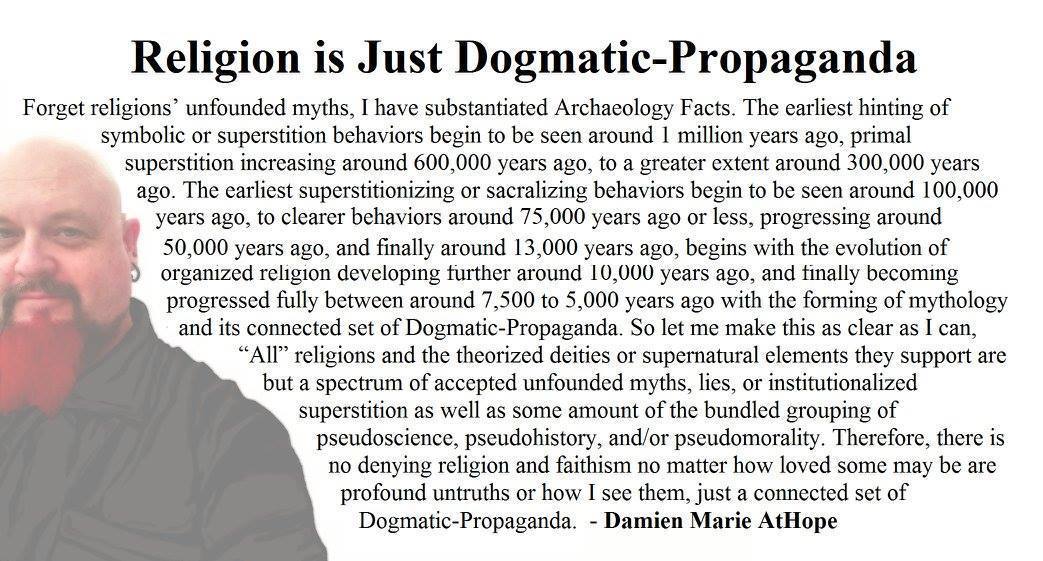

While hallucinogens are associated with shamanism, it is alcohol that is associated with paganism.
The Atheist-Humanist-Leftist Revolutionaries Shows in the prehistory series:
Show two: Pre-animism 300,000 years old and animism 100,000 years old: related to “Anarchism and Socialism”
Show tree: Totemism 50,000 years old: related to “Anarchism and Socialism”
Show four: Shamanism 30,000 years old: related to “Anarchism and Socialism”
Show five: Paganism 12,000 years old: related to “Anarchism and Socialism”
Show six: Emergence of hierarchy, sexism, slavery, and the new male god dominance: Paganism 7,000-5,000 years old: related to “Anarchism and Socialism” (Capitalism) (World War 0) Elite and their slaves!
Prehistory: related to “Anarchism and Socialism” the division of labor, power, rights, and recourses: VIDEO
Pre-animism 300,000 years old and animism 100,000 years old: related to “Anarchism and Socialism”: VIDEO
Totemism 50,000 years old: related to “Anarchism and Socialism”: VIDEO
Shamanism 30,000 years old: related to “Anarchism and Socialism”: VIDEO
Paganism 12,000 years old: related to “Anarchism and Socialism” (Pre-Capitalism): VIDEO
Paganism 7,000-5,000 years old: related to “Anarchism and Socialism” (Capitalism) (World War 0) Elite and their slaves: VIEDO
Paganism 5,000 years old: progressed organized religion and the state: related to “Anarchism and Socialism” (Kings and the Rise of the State): VIEDO
Paganism 4,000 years old: related to “Anarchism and Socialism” (First Moralistic gods, then the Origin time of Monotheism): VIEDO
I do not hate simply because I challenge and expose myths or lies any more than others being thought of as loving simply because of the protection and hiding from challenge their favored myths or lies.
The truth is best championed in the sunlight of challenge.
An archaeologist once said to me “Damien religion and culture are very different”
My response, So are you saying that was always that way, such as would you say Native Americans’ cultures are separate from their religions? And do you think it always was the way you believe?
I had said that religion was a cultural product. That is still how I see it and there are other archaeologists that think close to me as well. Gods too are the myths of cultures that did not understand science or the world around them, seeing magic/supernatural everywhere.
I personally think there is a goddess and not enough evidence to support a male god at Çatalhöyük but if there was both a male and female god and goddess then I know the kind of gods they were like Proto-Indo-European mythology.
This series idea was addressed in, Anarchist Teaching as Free Public Education or Free Education in the Public: VIDEO
Our 12 video series: Organized Oppression: Mesopotamian State Force and the Politics of power (9,000-4,000 years ago), is adapted from: The Complete and Concise History of the Sumerians and Early Bronze Age Mesopotamia (7000-2000 BC): https://www.youtube.com/watch?v=szFjxmY7jQA by “History with Cy“
Show #1: Mesopotamian State Force and the Politics of Power (Samarra, Halaf, Ubaid)
Show #2: Mesopotamian State Force and the Politics of Power
Show #3: Mesopotamian State Force and the Politics of Power (Uruk and the First Cities)
Show #4: Mesopotamian State Force and the Politics of Power (First Kings)
Show #5: Mesopotamian State Force and the Politics of Power (Early Dynastic Period)
Show #6: Mesopotamian State Force and the Politics of Power
Show #7: Mesopotamian State Force and the Politics of Power (Sargon and Akkadian Rule)
Show #9: Mesopotamian State Force and the Politics of Power (Gudea of Lagash and Utu-hegal)
Show #12: Mesopotamian State Force and the Politics of Power (Aftermath and Legacy of Sumer)

The “Atheist-Humanist-Leftist Revolutionaries”
Cory Johnston ☭ Ⓐ Atheist Leftist @Skepticallefty & I (Damien Marie AtHope) @AthopeMarie (my YouTube & related blog) are working jointly in atheist, antitheist, antireligionist, antifascist, anarchist, socialist, and humanist endeavors in our videos together, generally, every other Saturday.
Why Does Power Bring Responsibility?
Think, how often is it the powerless that start wars, oppress others, or commit genocide? So, I guess the question is to us all, to ask, how can power not carry responsibility in a humanity concept? I know I see the deep ethical responsibility that if there is power their must be a humanistic responsibility of ethical and empathic stewardship of that power. Will I be brave enough to be kind? Will I possess enough courage to be compassionate? Will my valor reach its height of empathy? I as everyone, earns our justified respect by our actions, that are good, ethical, just, protecting, and kind. Do I have enough self-respect to put my love for humanity’s flushing, over being brought down by some of its bad actors? May we all be the ones doing good actions in the world, to help human flourishing.
I create the world I want to live in, striving for flourishing. Which is not a place but a positive potential involvement and promotion; a life of humanist goal precision. To master oneself, also means mastering positive prosocial behaviors needed for human flourishing. I may have lost a god myth as an atheist, but I am happy to tell you, my friend, it is exactly because of that, leaving the mental terrorizer, god belief, that I truly regained my connected ethical as well as kind humanity.
Cory and I will talk about prehistory and theism, addressing the relevance to atheism, anarchism, and socialism.
At the same time as the rise of the male god, 7,000 years ago, there was also the very time there was the rise of violence, war, and clans to kingdoms, then empires, then states. It is all connected back to 7,000 years ago, and it moved across the world.
Cory Johnston: https://damienmarieathope.com/2021/04/cory-johnston-mind-of-a-skeptical-leftist/?v=32aec8db952d
The Mind of a Skeptical Leftist (YouTube)
Cory Johnston: Mind of a Skeptical Leftist @Skepticallefty
The Mind of a Skeptical Leftist By Cory Johnston: “Promoting critical thinking, social justice, and left-wing politics by covering current events and talking to a variety of people. Cory Johnston has been thoughtfully talking to people and attempting to promote critical thinking, social justice, and left-wing politics.” http://anchor.fm/skepticalleft
Cory needs our support. We rise by helping each other.
Cory Johnston ☭ Ⓐ @Skepticallefty Evidence-based atheist leftist (he/him) Producer, host, and co-host of 4 podcasts @skeptarchy @skpoliticspod and @AthopeMarie
Damien Marie AtHope (“At Hope”) Axiological Atheist, Anti-theist, Anti-religionist, Secular Humanist. Rationalist, Writer, Artist, Poet, Philosopher, Advocate, Activist, Psychology, and Armchair Archaeology/Anthropology/Historian.
Damien is interested in: Freedom, Liberty, Justice, Equality, Ethics, Humanism, Science, Atheism, Antiteism, Antireligionism, Ignosticism, Left-Libertarianism, Anarchism, Socialism, Mutualism, Axiology, Metaphysics, LGBTQI, Philosophy, Advocacy, Activism, Mental Health, Psychology, Archaeology, Social Work, Sexual Rights, Marriage Rights, Woman’s Rights, Gender Rights, Child Rights, Secular Rights, Race Equality, Ageism/Disability Equality, Etc. And a far-leftist, “Anarcho-Humanist.”
I am not a good fit in the atheist movement that is mostly pro-capitalist, I am anti-capitalist. Mostly pro-skeptic, I am a rationalist not valuing skepticism. Mostly pro-agnostic, I am anti-agnostic. Mostly limited to anti-Abrahamic religions, I am an anti-religionist.
To me, the “male god” seems to have either emerged or become prominent around 7,000 years ago, whereas the now favored monotheism “male god” is more like 4,000 years ago or so. To me, the “female goddess” seems to have either emerged or become prominent around 11,000-10,000 years ago or so, losing the majority of its once prominence around 2,000 years ago due largely to the now favored monotheism “male god” that grow in prominence after 4,000 years ago or so.
My Thought on the Evolution of Gods?
Animal protector deities from old totems/spirit animal beliefs come first to me, 13,000/12,000 years ago, then women as deities 11,000/10,000 years ago, then male gods around 7,000/8,000 years ago. Moralistic gods around 5,000/4,000 years ago, and monotheistic gods around 4,000/3,000 years ago.

Damien Marie AtHope (Said as “At” “Hope”)/(Autodidact Polymath but not good at math):
Axiological Atheist, Anti-theist, Anti-religionist, Secular Humanist, Rationalist, Writer, Artist, Jeweler, Poet, “autodidact” Philosopher, schooled in Psychology, and “autodidact” Armchair Archaeology/Anthropology/Pre-Historian (Knowledgeable in the range of: 1 million to 5,000/4,000 years ago). I am an anarchist socialist politically. Reasons for or Types of Atheism
My Website, My Blog, & Short-writing or Quotes, My YouTube, Twitter: @AthopeMarie, and My Email: damien.marie.athope@gmail.com

